Pregnancy
Pregnancy is the carrying of one or more babies, known as a foetus or embryo, inside the womb (uterus) of a female.
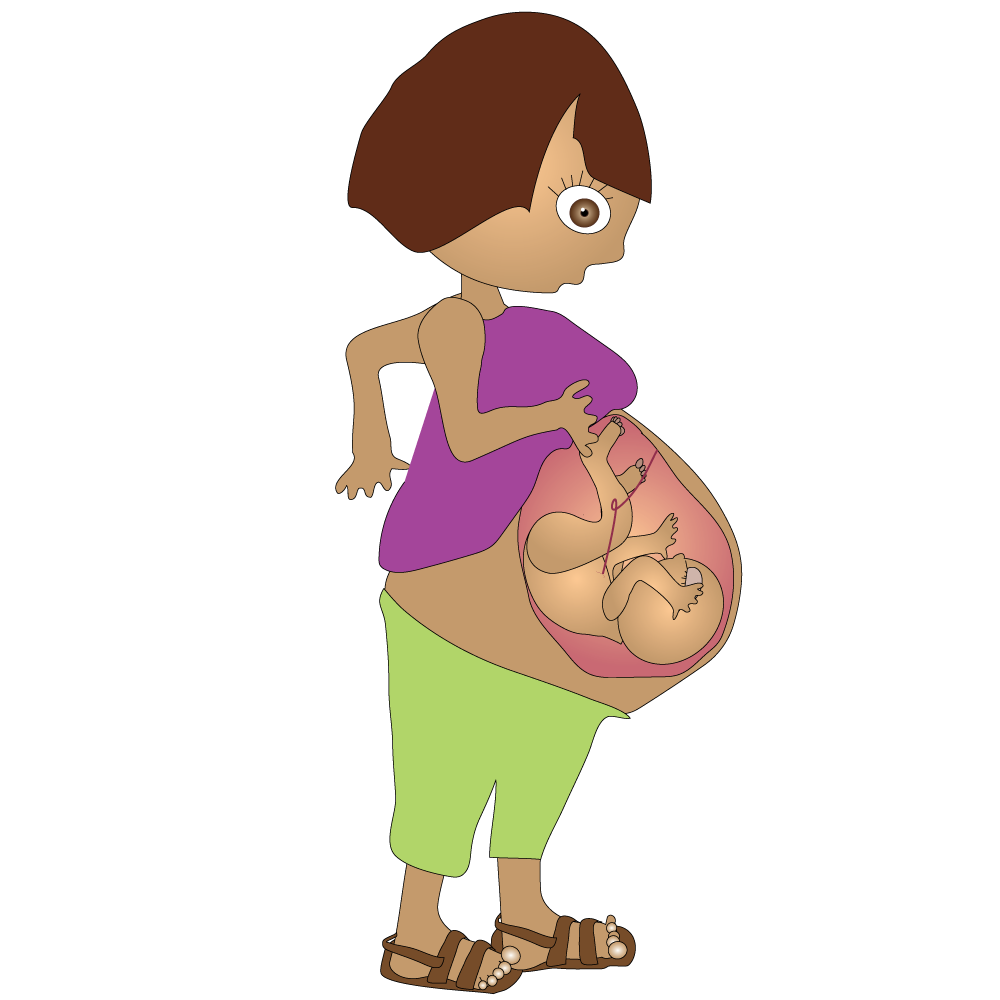
If you are HIV positive the proper use of antiretroviral drugs will help
prevent your baby from being infected with HIV.
There can be more than one baby (foetus), as in the case of twins or triplets.
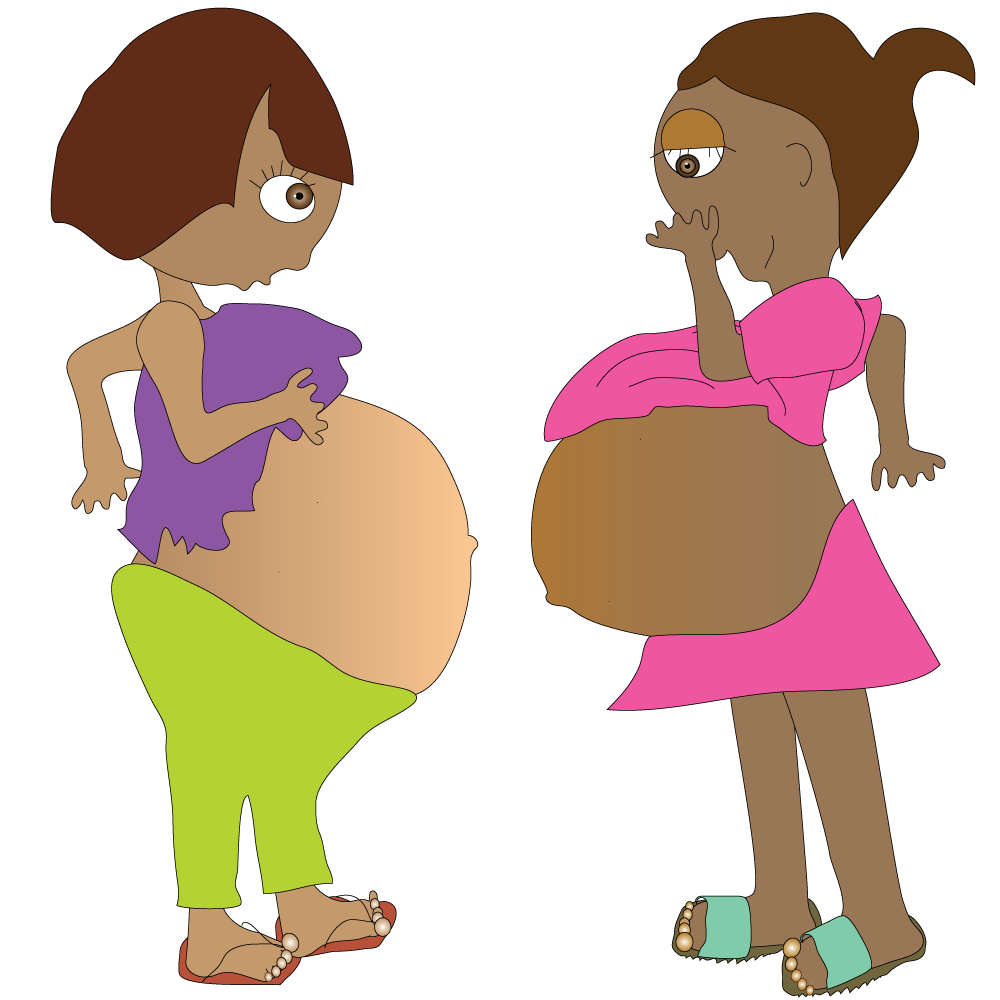
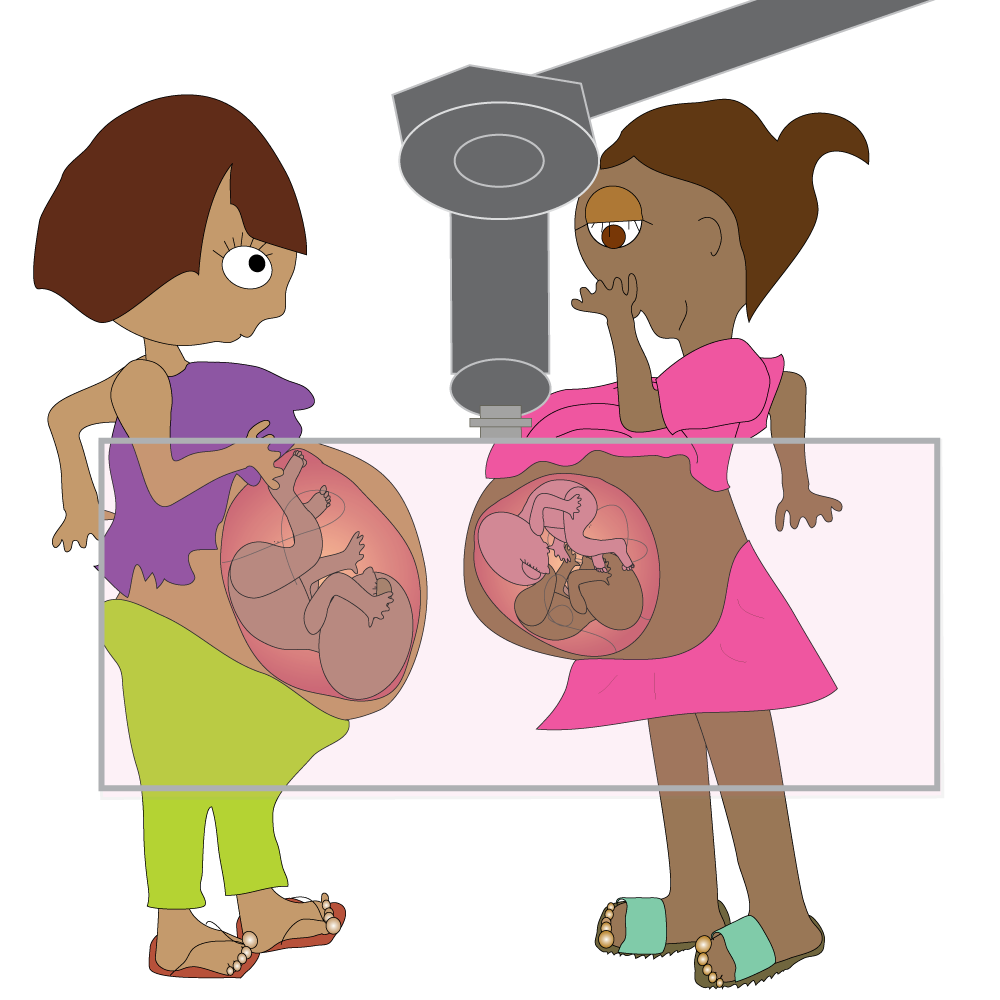
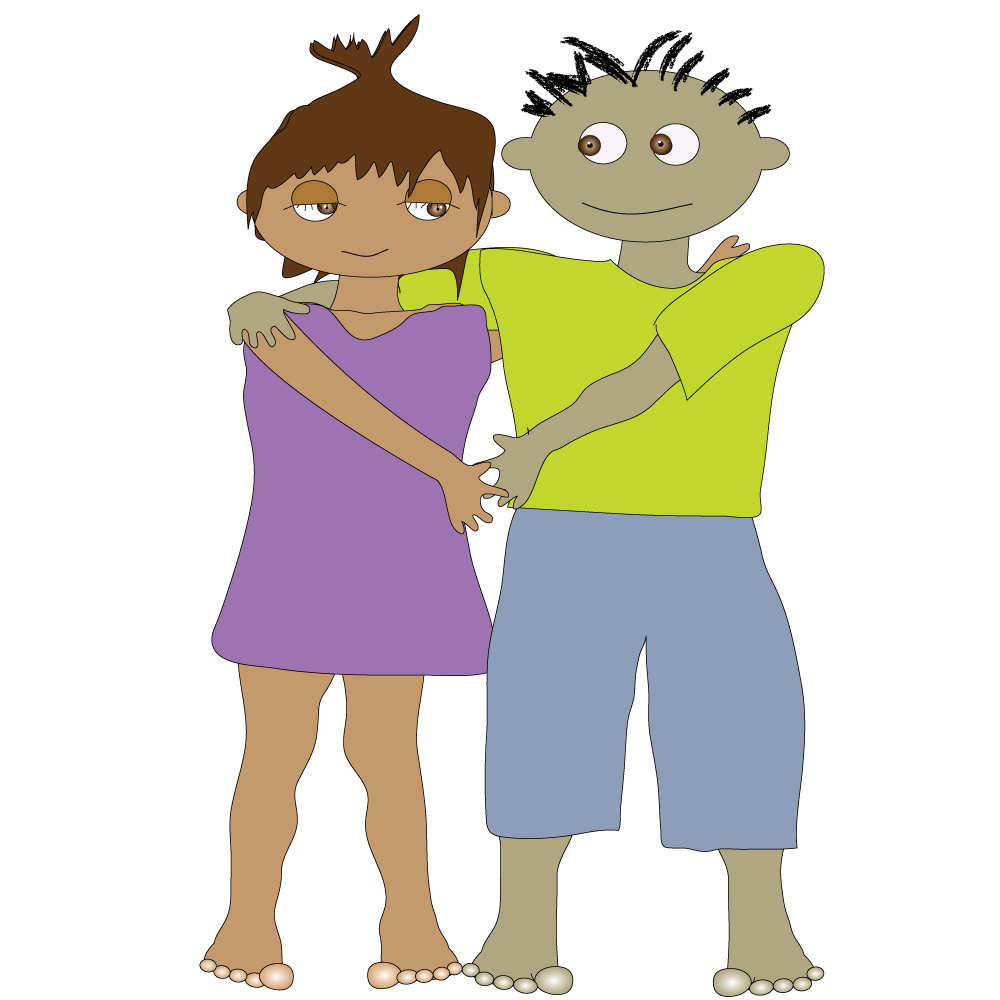
First let’s look at male and female reproductive organs.
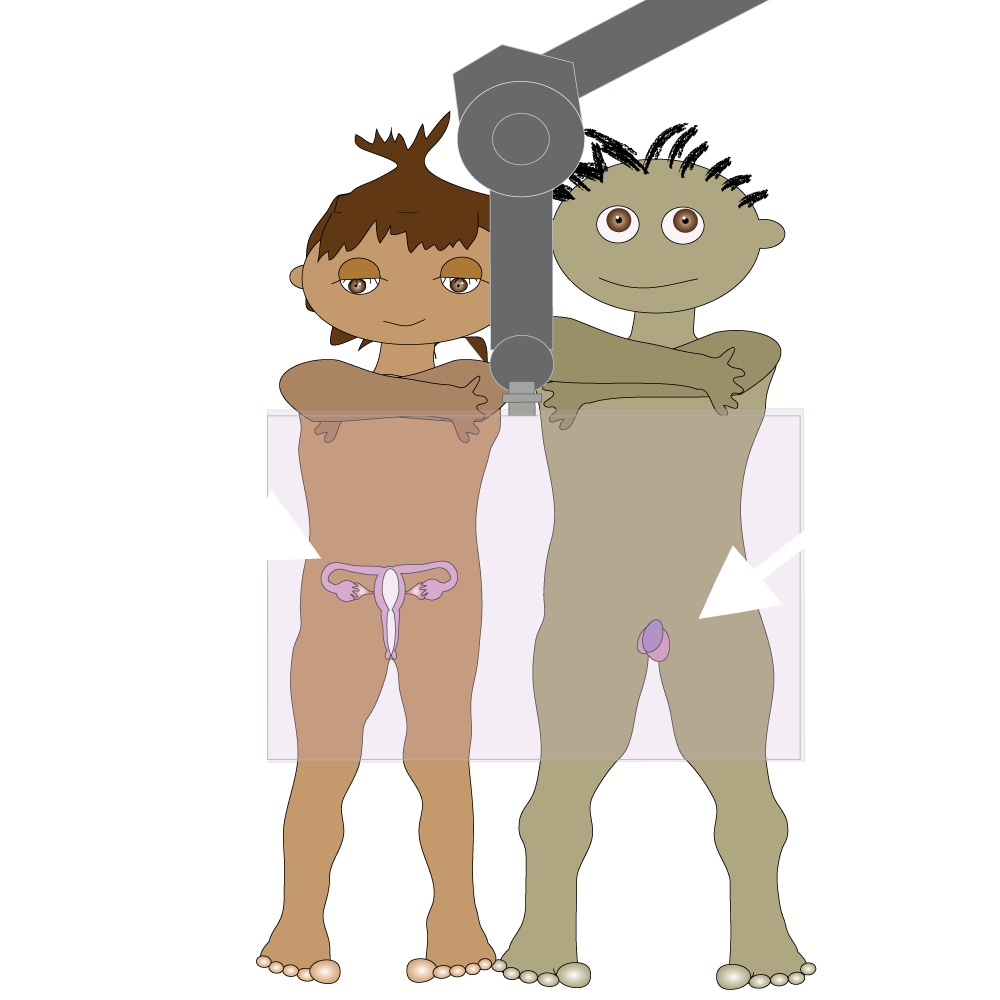

There are thousands of eggs inside the ovaries.
Every month an egg ripens and pops out of the ovary into the fallopian tube and travels towards the uterus.
Sometime two eggs are released. For more information on gender identity, please visit -Twins.
Each egg has all the girl’s information inside it.


During puberty the testicles start producing sperm for the first time.
Sperm are the male seeds (or reproductive cells).
When a sperm joins with a female’s egg, a baby starts growing.
Sperms looks a bit like tadpoles and are very tiny. You need a microscope to see them.
Each sperm has all the boy’s information inside it. Each female egg has all the girls’ information inside it. A baby has both parent’s sets of information.
It only takes one sperm to fertilise an egg.

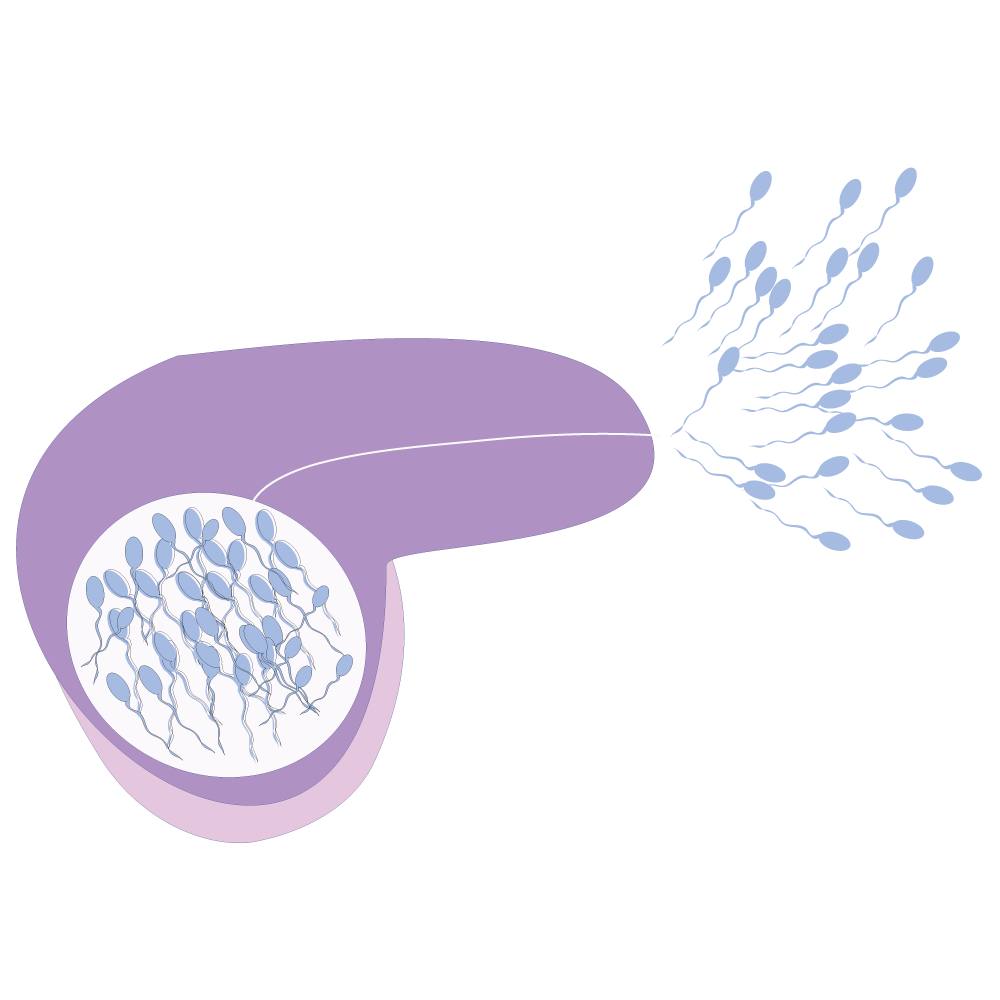
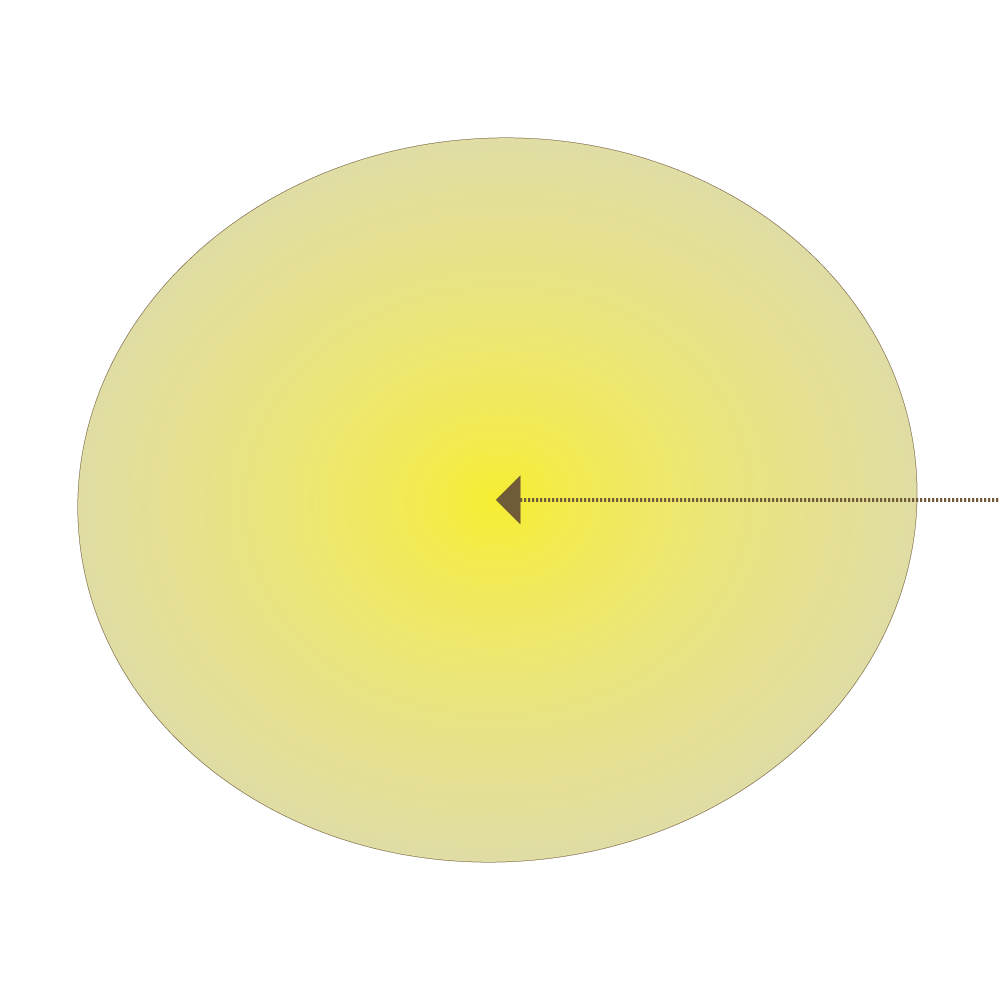
Fertilisation is the joining of the egg of the female and the sperm of the male after ejaculation during sex.
This joining is also known as conception and can happen only when ovulation occurs.
Conception is when someone falls pregnancy after fertilisation.
Every human being begins life as a single cell, formed when father’s sperm fertilises a mother’s egg.
Fertilisation normally takes place in the mother’s Fallopian tube, which connects the uterus (womb) with the ovary.
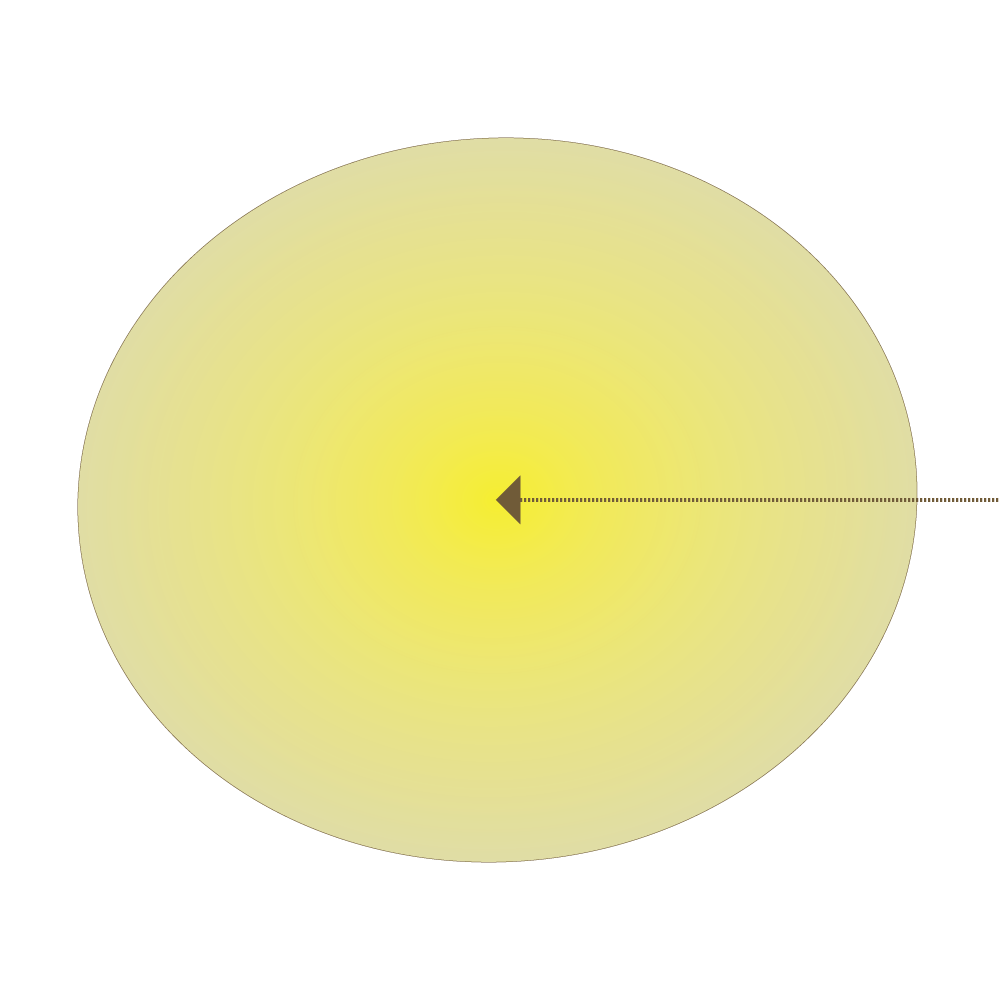
Ovulation is the time when the ovary releases a mature eff and the egg is pushed down the Fallopian tube. The egg is then available to be fertilised by sperm.
The lining of the uterus has thickened to prepare for a fertilised egg.
- Ovulation and pregnancy go hand in hand.
- Generally, in a 28-day cycle, ovulation takes place around day 14, with day 1 being the first day of mensturation.
- On day 14 the ovary releases an egg that lives for 12 – 24 hours after leaving the ovary.
- Normally only one egg is released each month.
- Ovulation can be affected by stress, illness or disruption of normal routines.
- Some girls may experience some light blood spotting during ovulation.
- Implantation of a fertilised egg normally takes place 6 – 12 days after ovulation.
- Every girl has millions of immature eggs that are awaiting ovulation to begin every month.
- A menstrual period can occur even if ovulation has not occurred.
- Ovulation can occur even if a menstrual period has not occurred.
- Some girls can feel a bit of pain or aching near the ovaries (near the hip bones) during ovulation.
- If an egg is not fertilised, it disintegrates (falls to pieces) and is absorbed into the uterine lining.
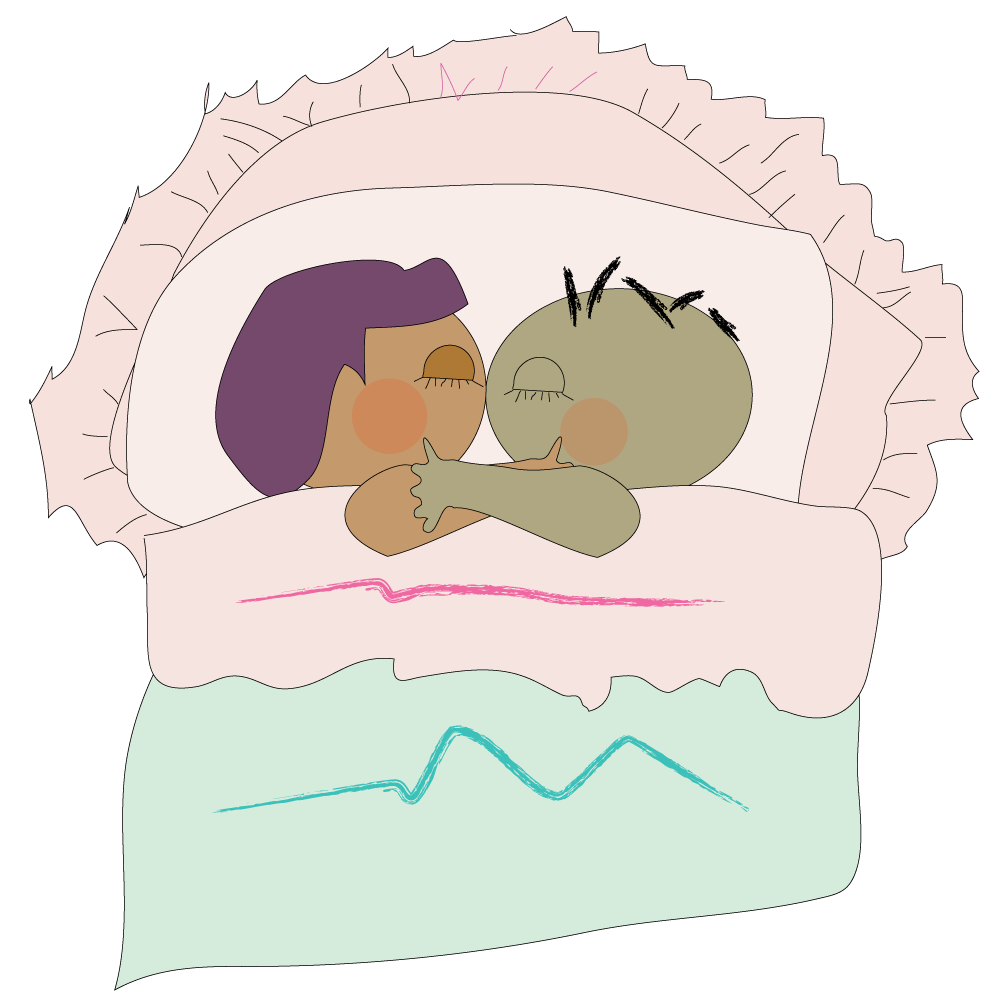

(Penis enters vagina).
Hundreds of thousands of sperm are released from the testicles through the penis and into the vagina after the male ejaculates.
The sperm travel toward the uterus (to the Fallopian tubes) to look for the egg.
If this happens just before, or at the time when the egg has been released from the ovary, the egg can be fertilised.
If not, a menstrual period will occur.
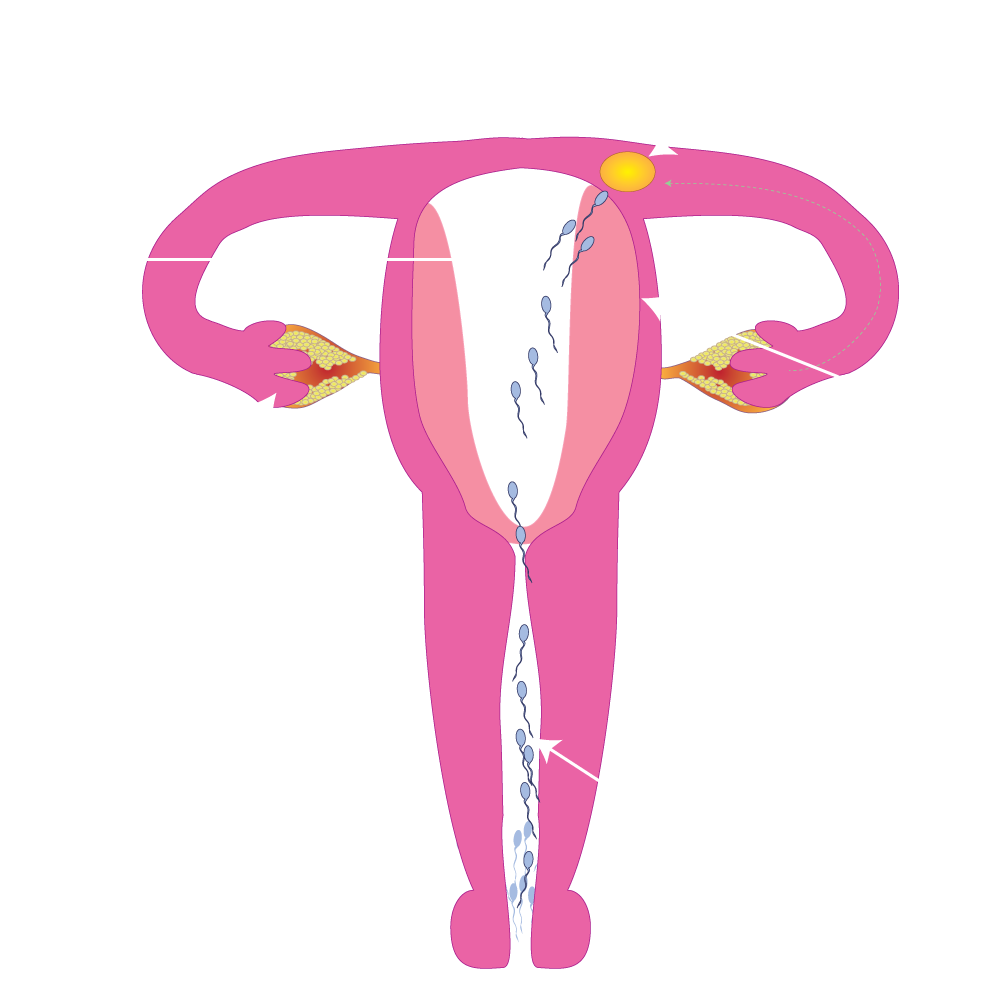
The first days and weeks
All developments of the embryo/foetus in this section are dated from the time of conception/fertilisation. This is the conceptional age (pregnancy counted as 38 weeks)
The gestational age is two weeks more (pregnancy counted as 40 weeks)
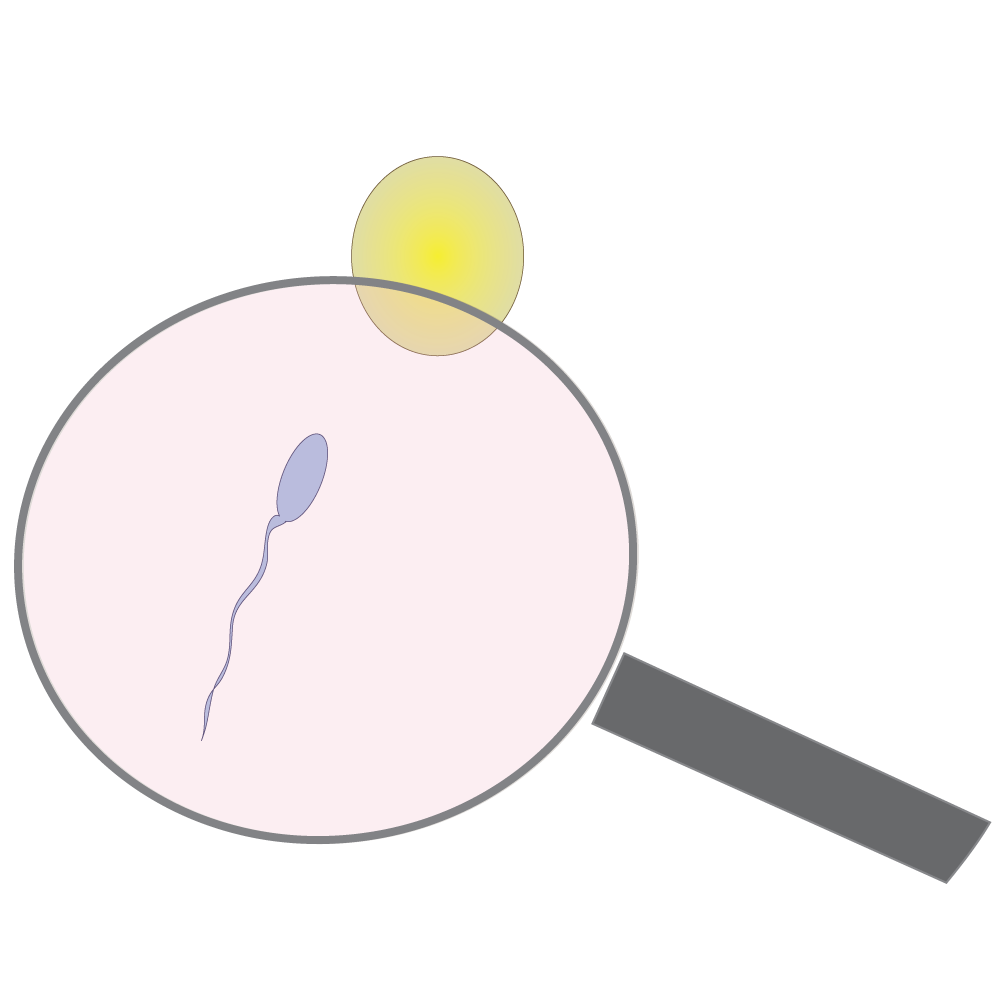
Many sperm try to penetrate the egg.
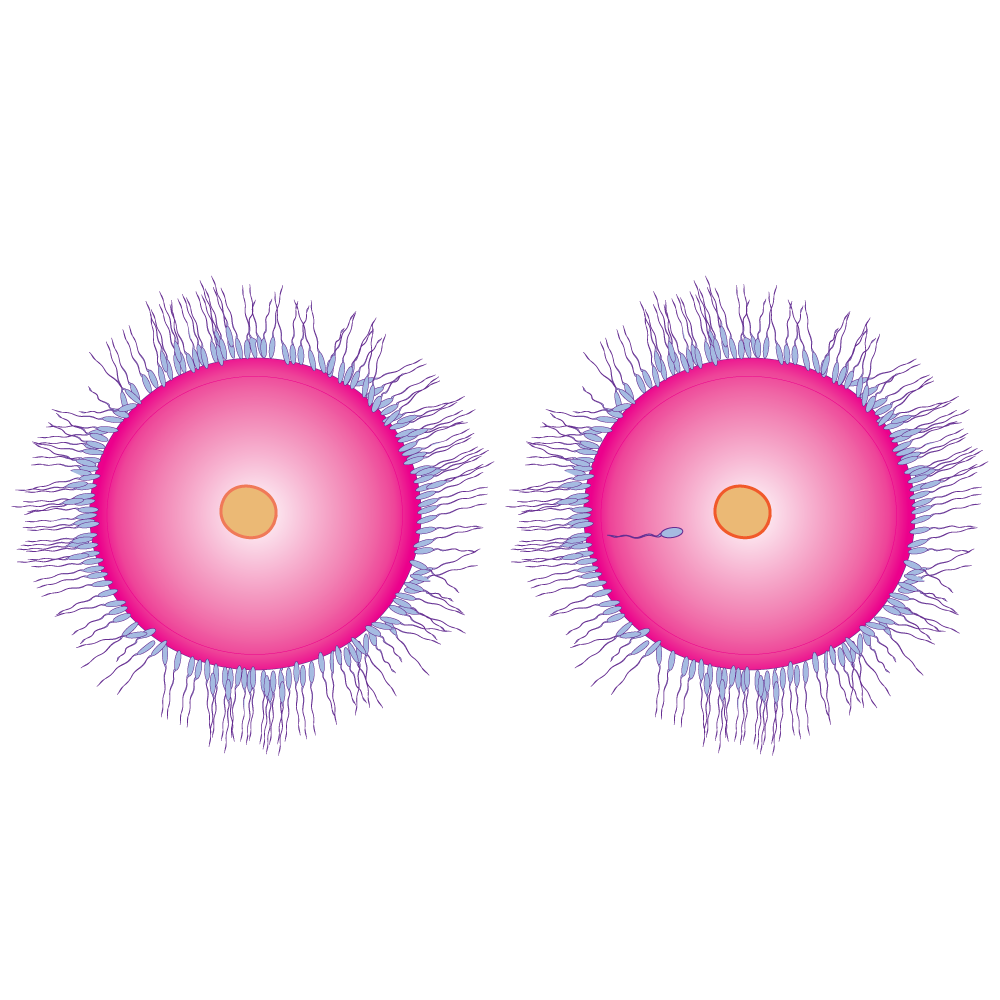
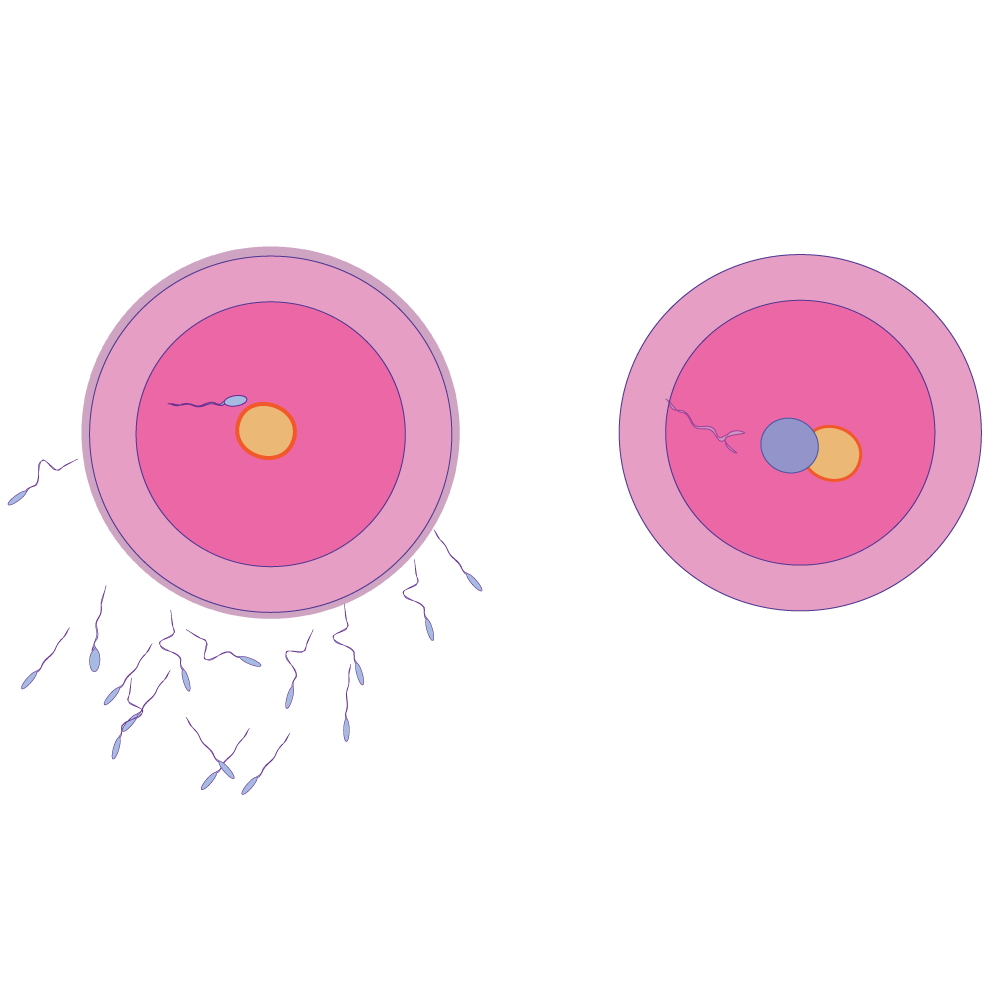


The cells are forming into an embryo – developing into a human being. This collection of cells is called the embryo from the time of fertilisation until the beginning of the third month of pregnancy.
The embryo develops a capsule filled with fluid which surrounds and cushions the developing body to prevent injury.
The placenta is formed.
The placenta connects the mother to the baby and transfers oxygen and food (nutrients) from the mother’s bloodstream to the baby, and removes waste products from the baby’s body.
25 days after fertilisation the body is developing:
- The heart is beating
- The head and trunk appear
- Early facial features appear.

Around the 4th to 8th week
Embryo becomes a foetus
By the 6th week after fertilisation the fingers appear, followed by the toes.
By the end of the 8th week the embryo has increased in size from about 4mm to over 30mm.

9th to 12th week
At 11 weeks after conception, the foetus starts to swallow the (amniotic) fluid and begins to urinate it back into the fluid. The baby can even smile.
Swallowing prepares the baby for taking in milk at birth. Sometimes the foetus even sucks his or her thumb.
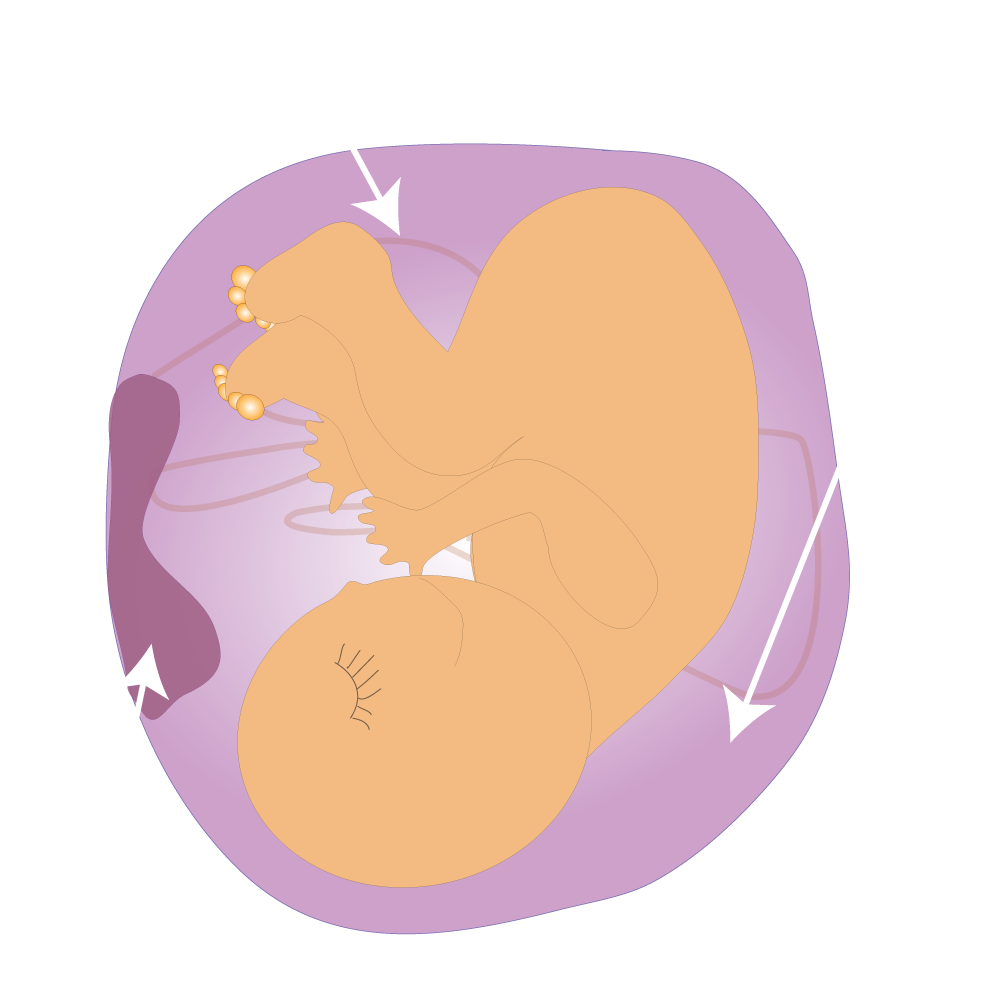
The growing baby
The embryonic stage ends at 8 weeks when the embryo becomes a foetus.

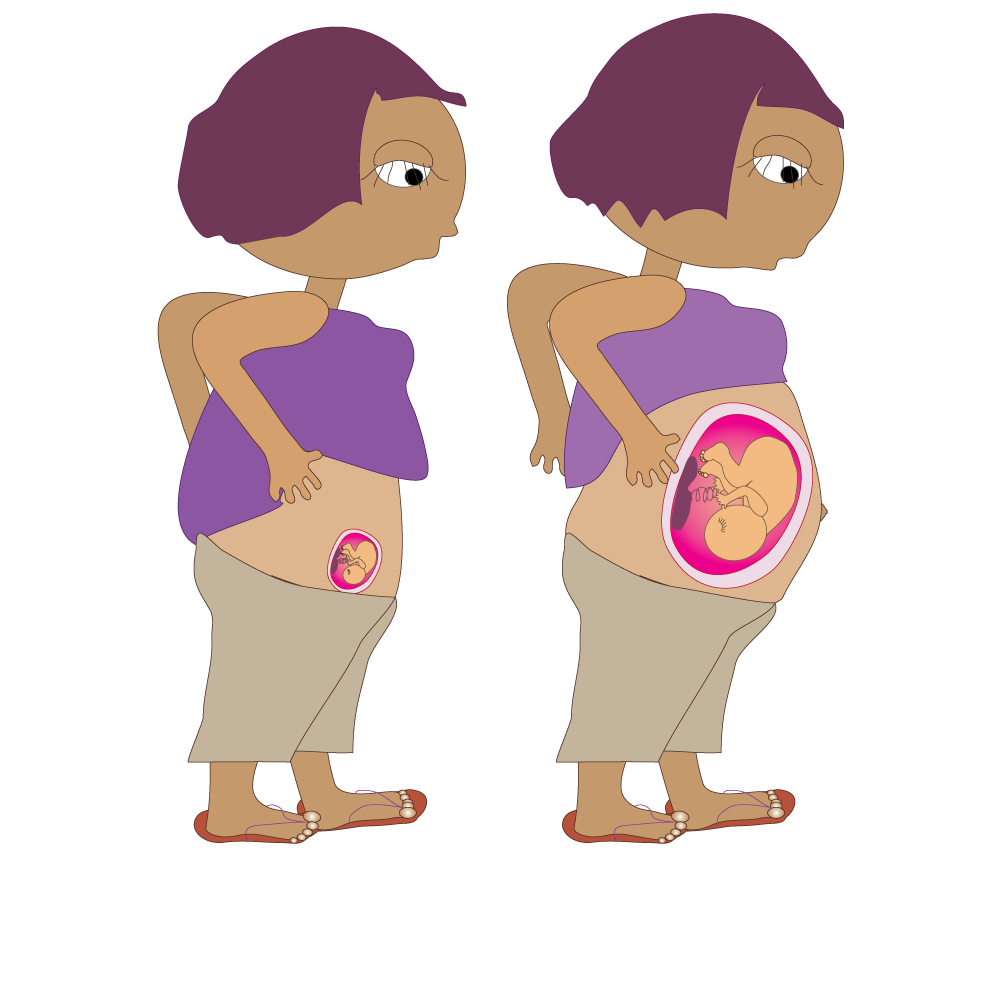
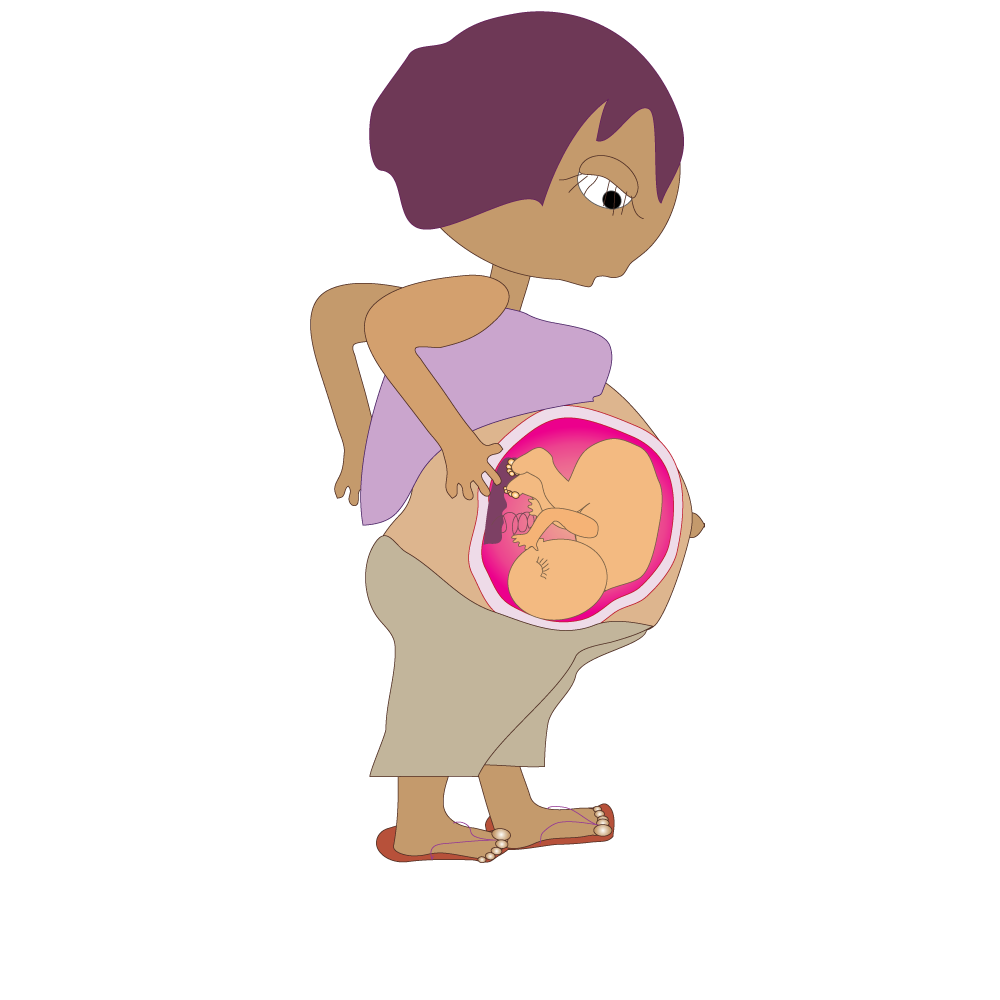
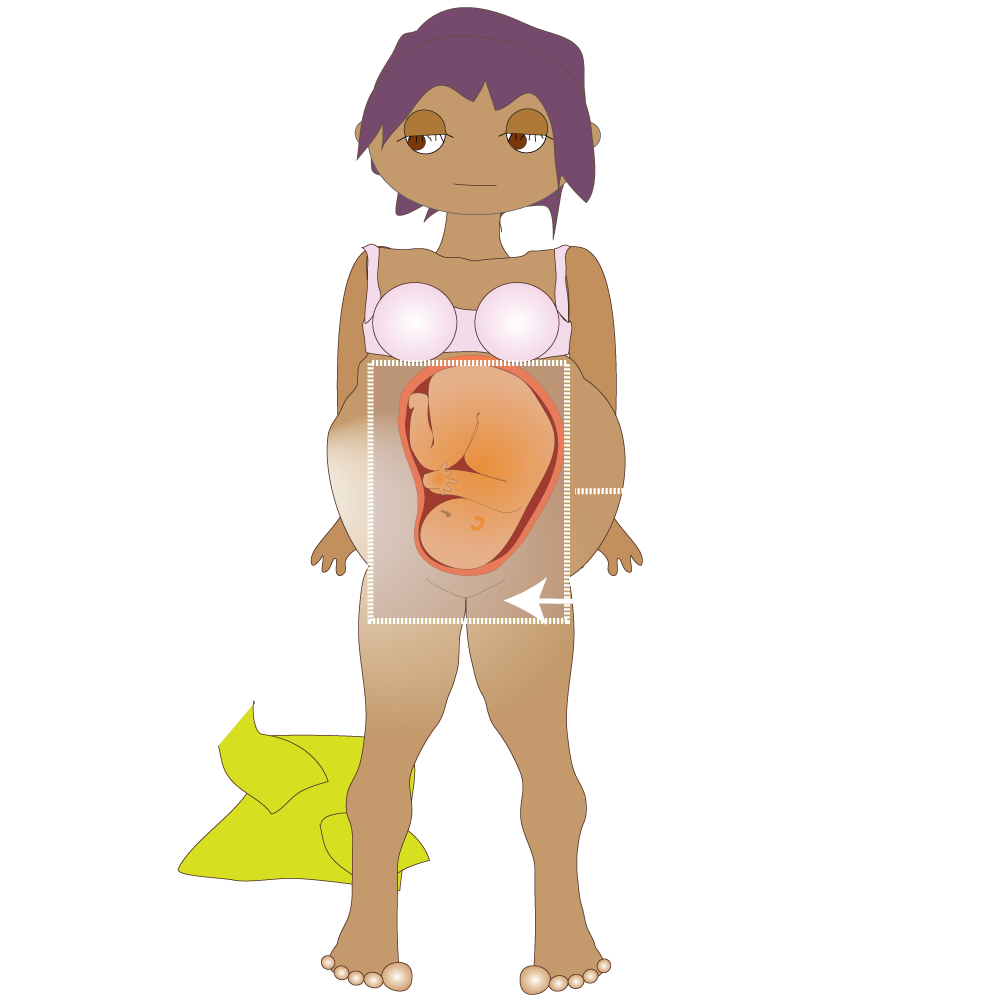
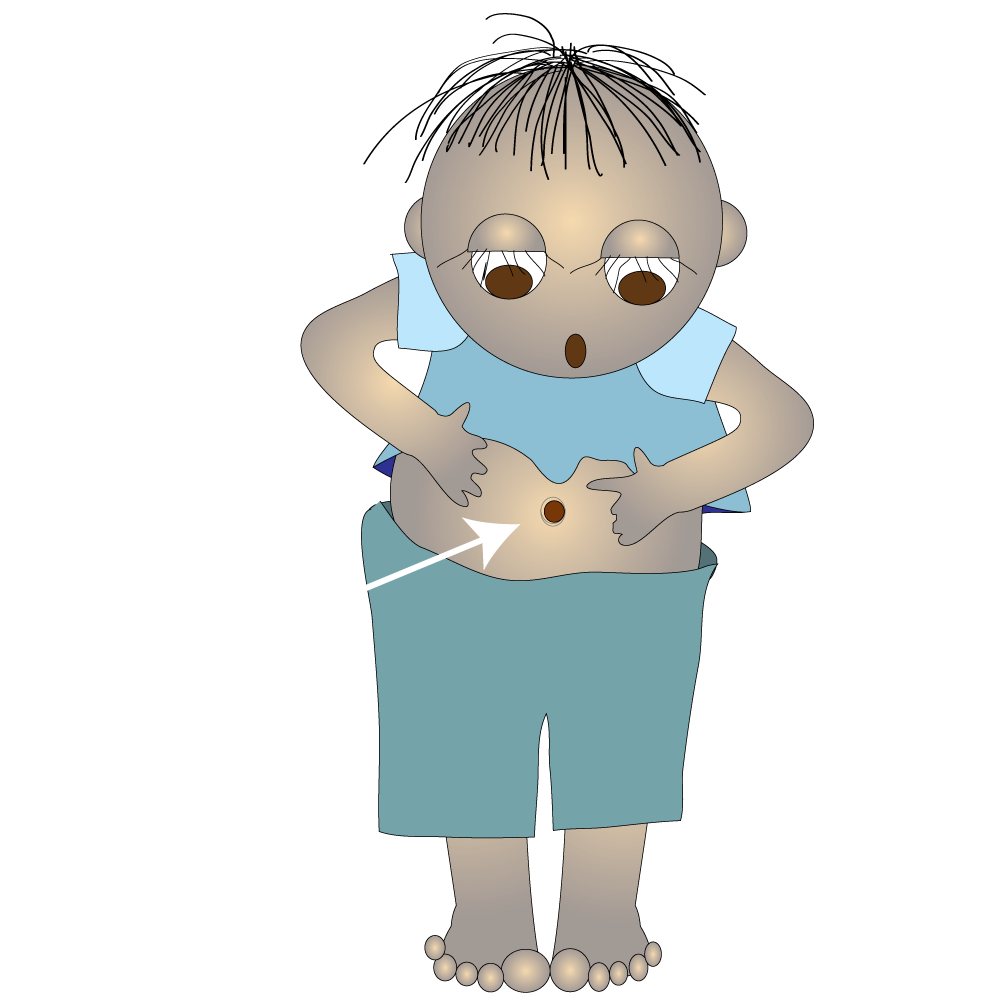
The baby is connected to the placenta by a cord from the navel (belly button) called the umbilical cord.
This will be cut close to the baby’s abdomen at birth and will leave the mark of the navel - the belly button.
The baby gets oxygen (breathes) from the mother’s blood from this cord and the placenta. (Otherwise it would drown in the fluid surrounding it).
- About 38 weeks from the time of fertilisation you will be ready to have (deliver) your baby.
- In the last weeks and days of pregnancy, you will feel changes taking place in your body.
- The womb (uterus) sinks downward.
- The pressure under the ribs will be relieved and it will feel instead as if the baby is pressing down on your pelvis.
- You will then go through the process called labour.
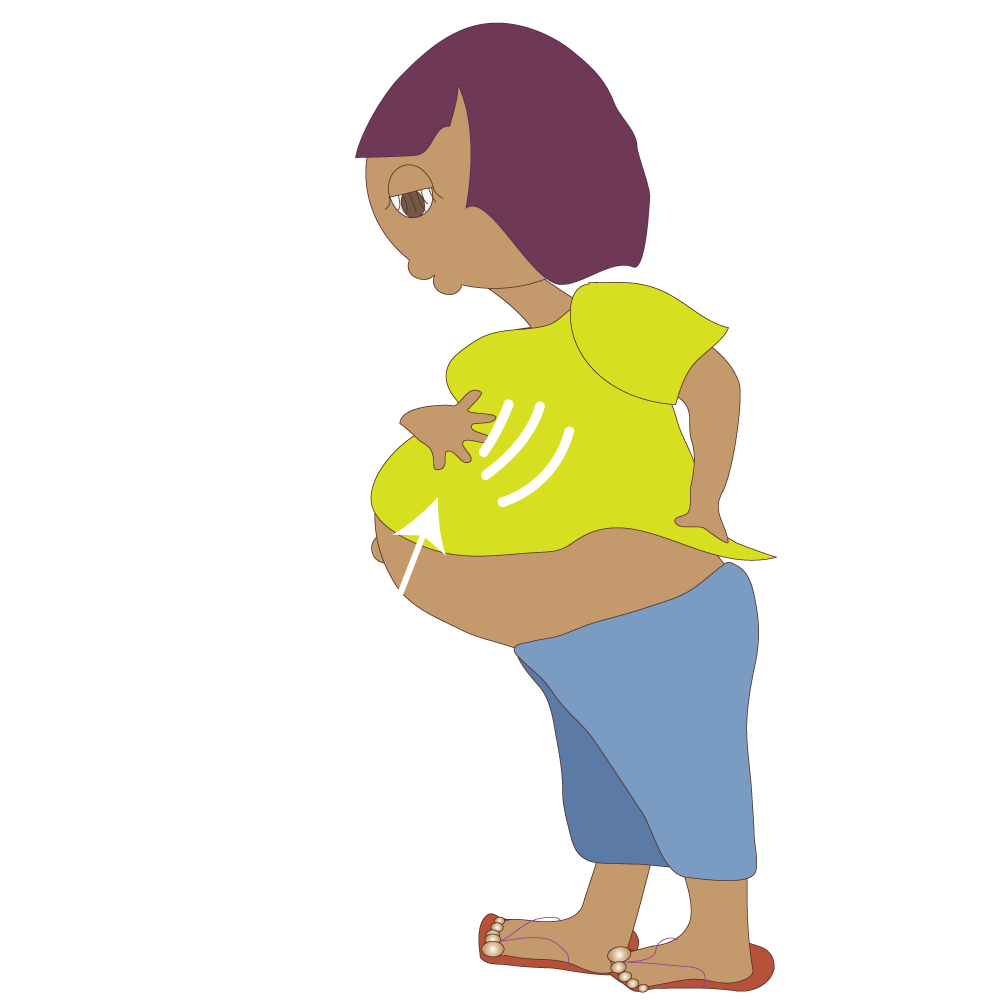
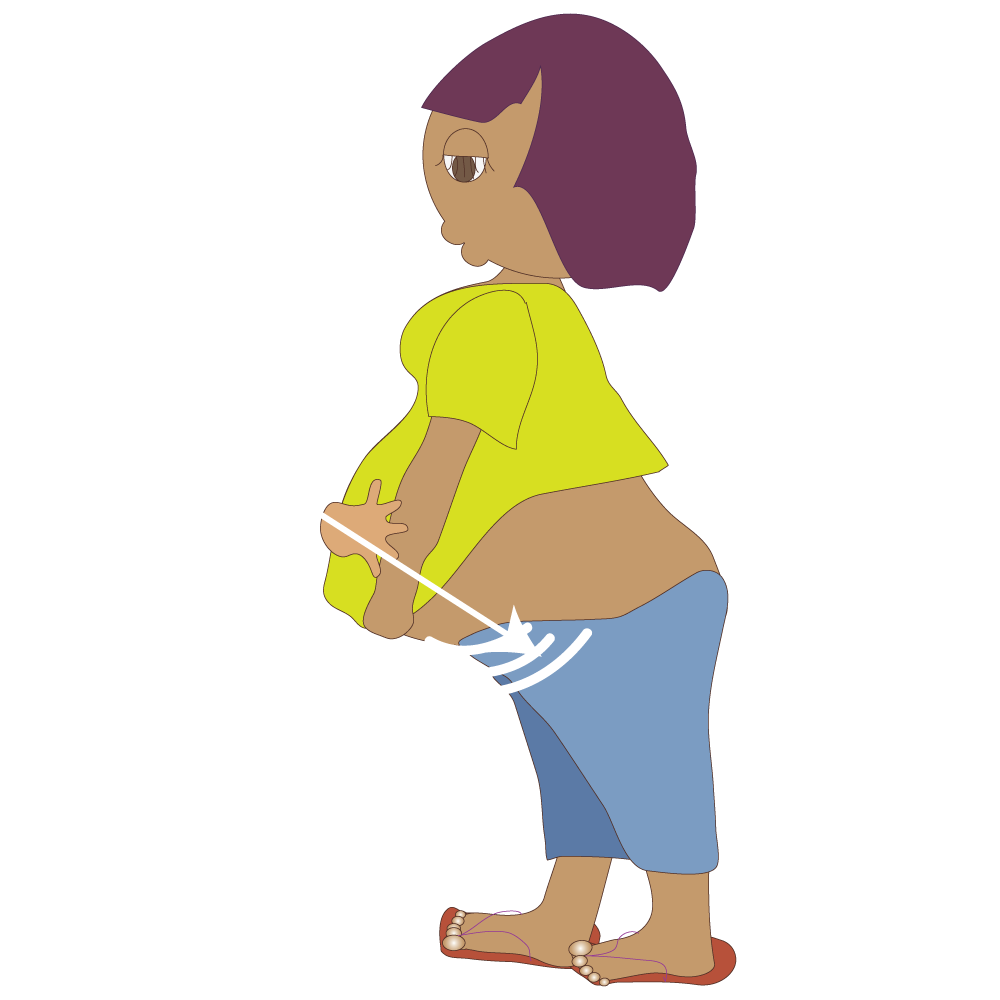
Sometimes, one egg splits into two and both cells develop separately, as twins who look the same. (identical twins)

Occasionally two eggs are released by the ovary and fertilised. This results in (fraternal) twins who do not look the same and may be of different sexes. (They form from two eggs and two sperm).
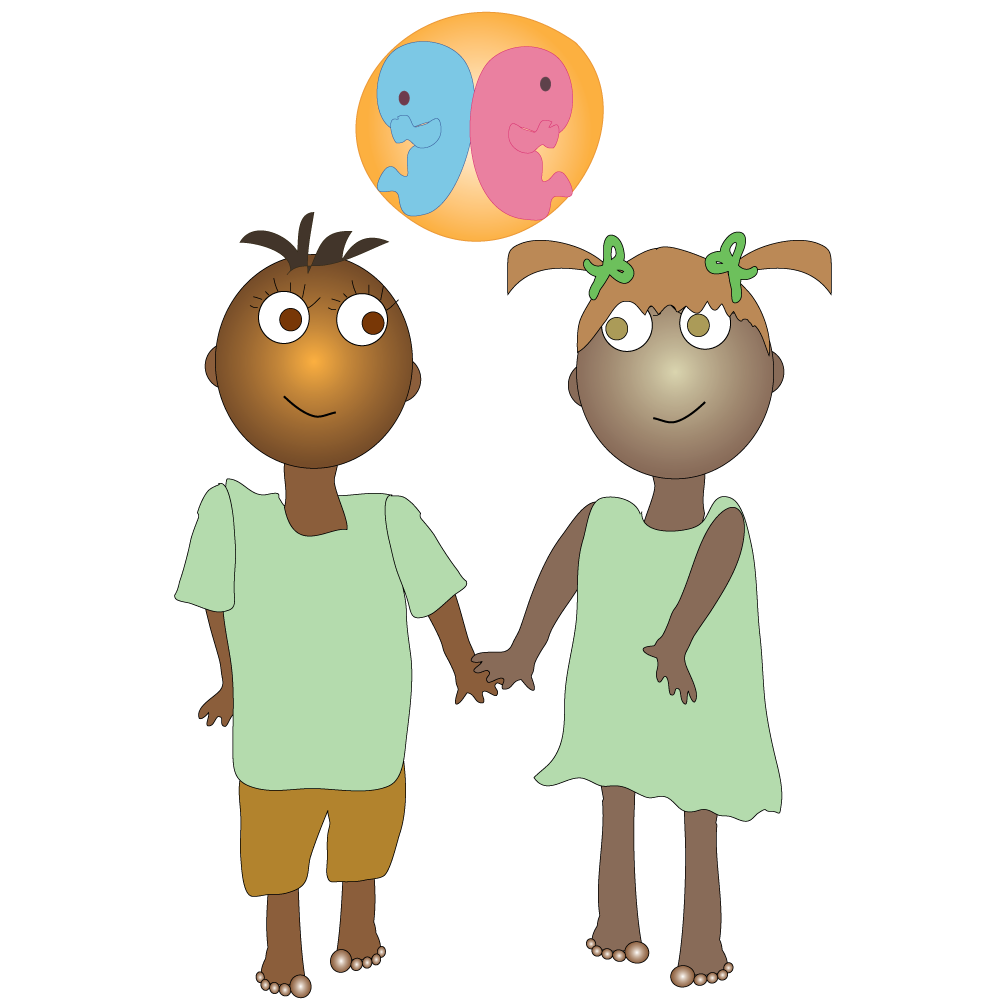
If you think you are pregnant you will need to make sure by means of a pregnancy test.
Tests using chemicals on samples of blood or urine to find out if you are pregnant.

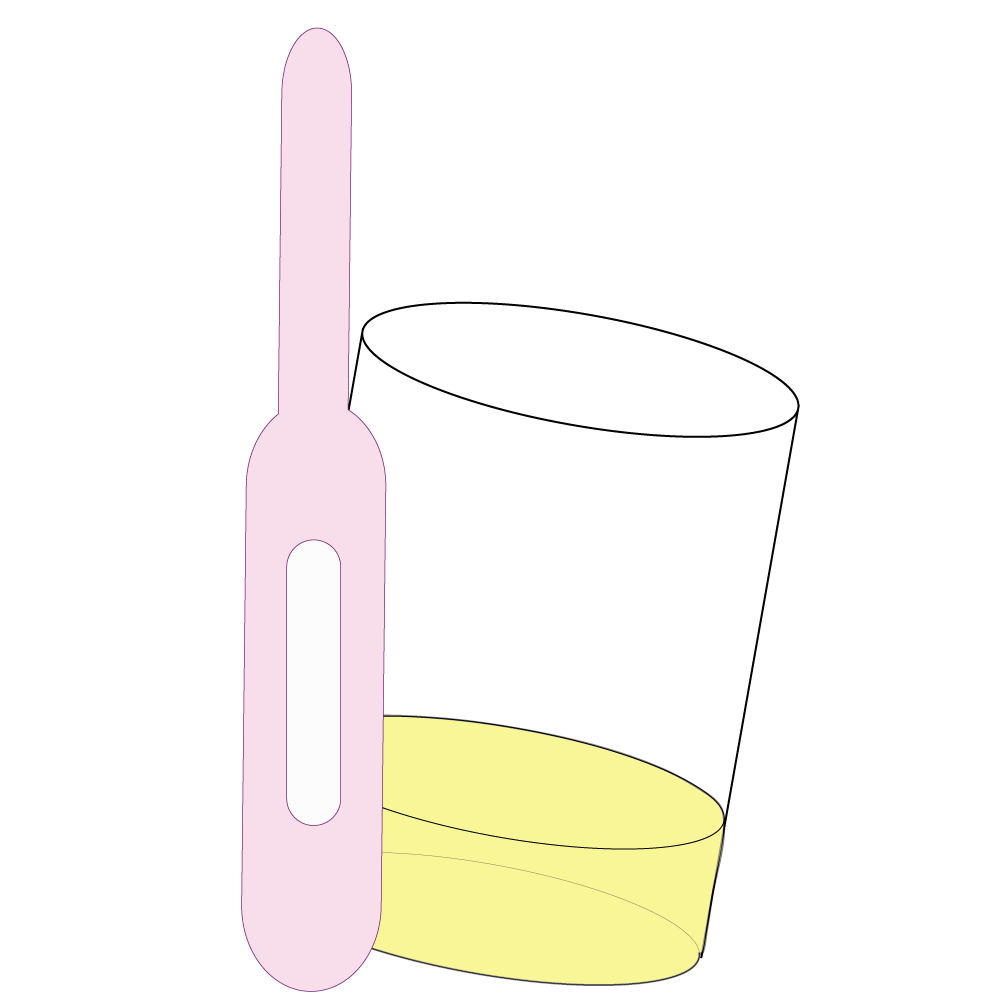
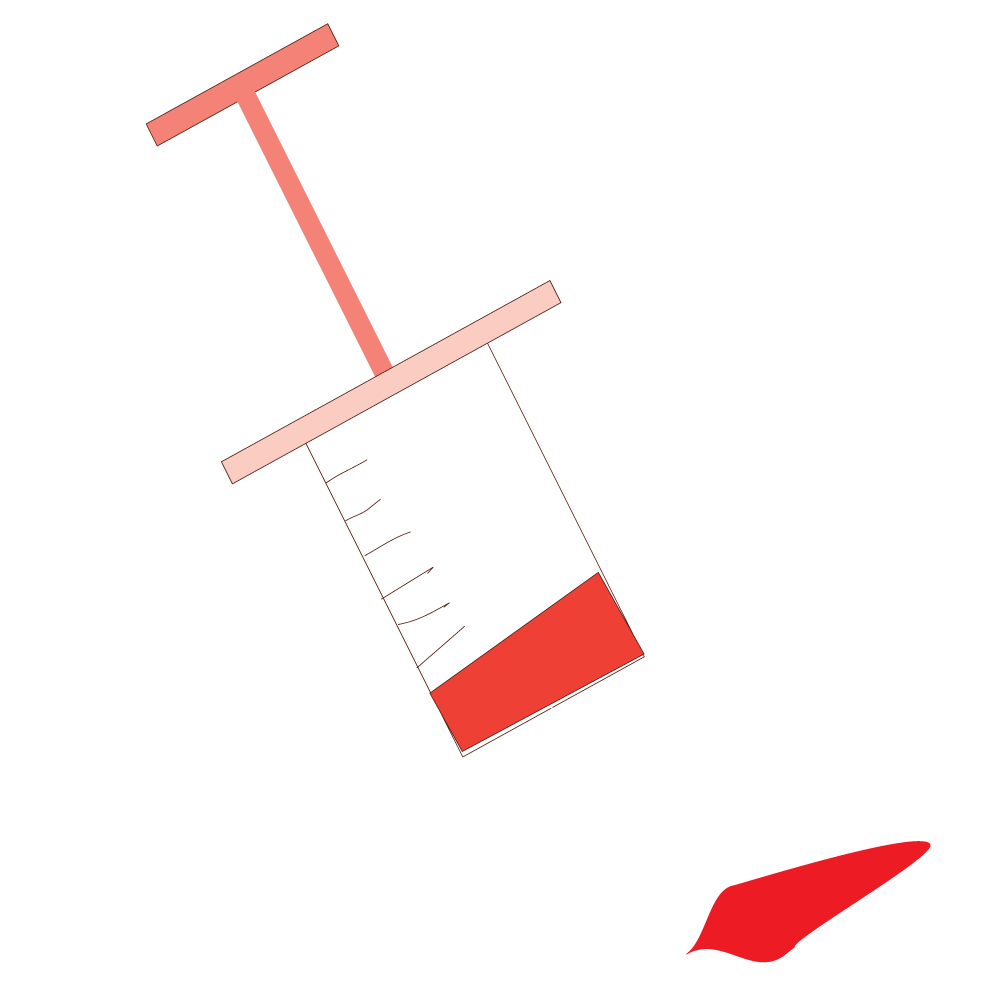
- Urine tests - Home pregnancy tests can be bought at the pharmacy without a prescription.
- Blood Tests - A health care provider can take a blood sample and test for a certain hormone. You can go to your local clinic to get tested.
You may want to test yourself at home with a home pregnancy test (urine test).
Home use kits measure a hormone (human chorionic gonadotropin – hCG) in your urine which can be detected about two weeks after your egg has been fertilised by the sperm.
So when you have missed your period the test will be able to tell you if you are pregnant.
The results are either positive (you are pregnant), or negative (you are not pregnant).
If you are pregnant you will need a blood test done by your health care provider to confirm the result.
The blood test not only find hCG but can tell you how long you have been pregnant and can even detect possible problems with the pregnancy.
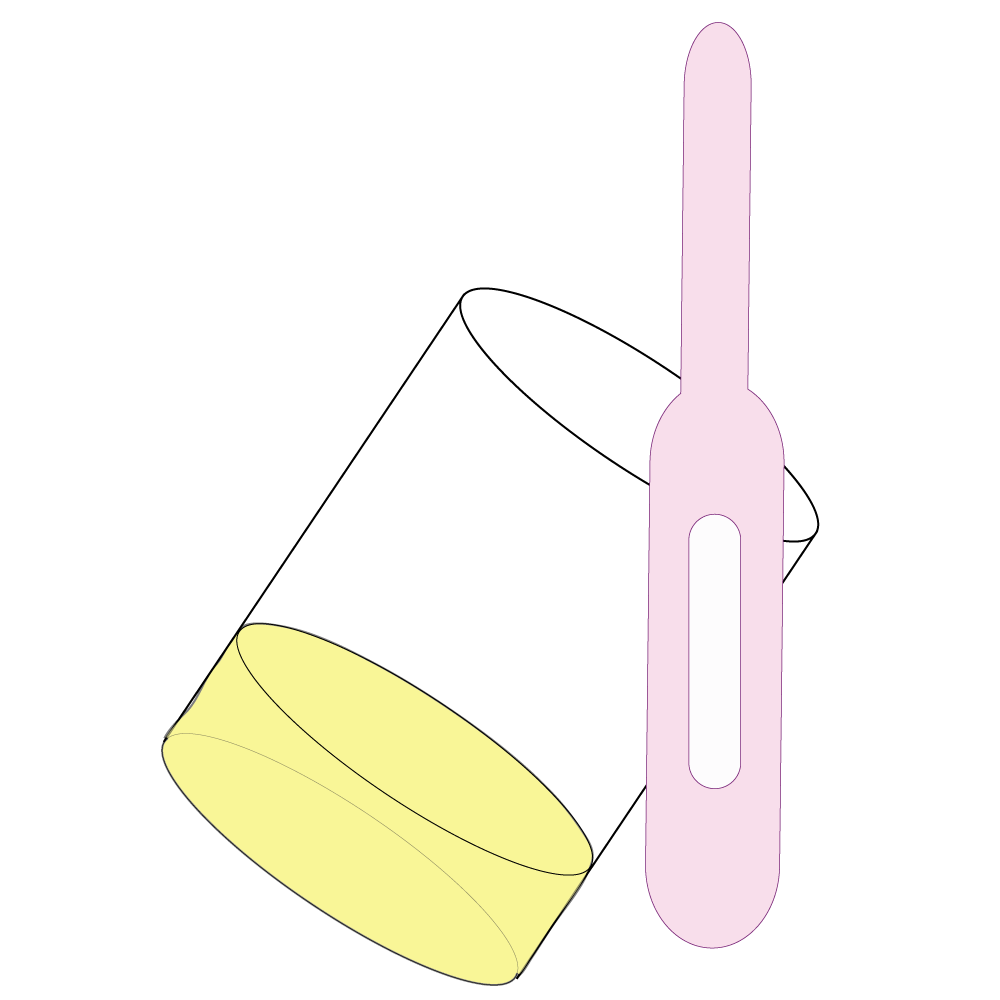
To get the best results from your home test kit, follow the instructions that come with the kit.
Read the label and instructions carefully.
Make sure you understand:
- What the test is for and what it is not for.
- How to collect your urine sample.
- When and how to run the test and how to time the test. (Using the first morning urine as this gives a better chance of an accurate test result).
- How to time the test (how long you need to wait to get result).
- How to read and understand the results.
- What might interfere with the test results.
- Look for the manufacturer’s phone number in case you have any questions.
If the first test is negative, it might mean the hCG levels are too low in your urine, you can repeat the test a few days later if your period hasn’t started.
There are usually no false positives. If the test shows positive, you’re pregnant.

(if you do one). If not, go straight to your health care provider to get a pregnancy test.
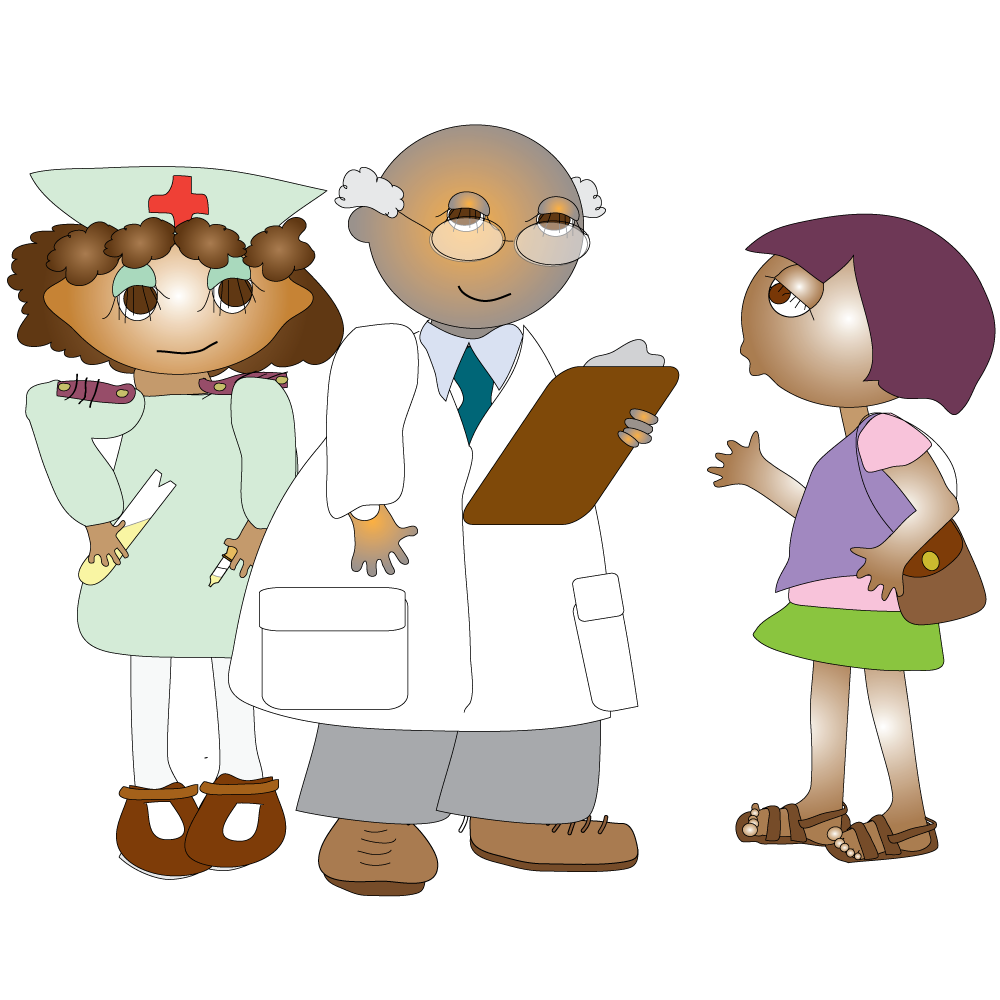
If you are pregnant, it is important to follow up with your health care provider to make sure that the result is correct and to begin antenatal care. Antenatal care concerns the care and treatment of the unborn child and the pregnant mom.
- The earlier you start with antenatal care the better for you and your baby.
- If you are taking any other medications, do not stop taking them without first asking your health care provider.
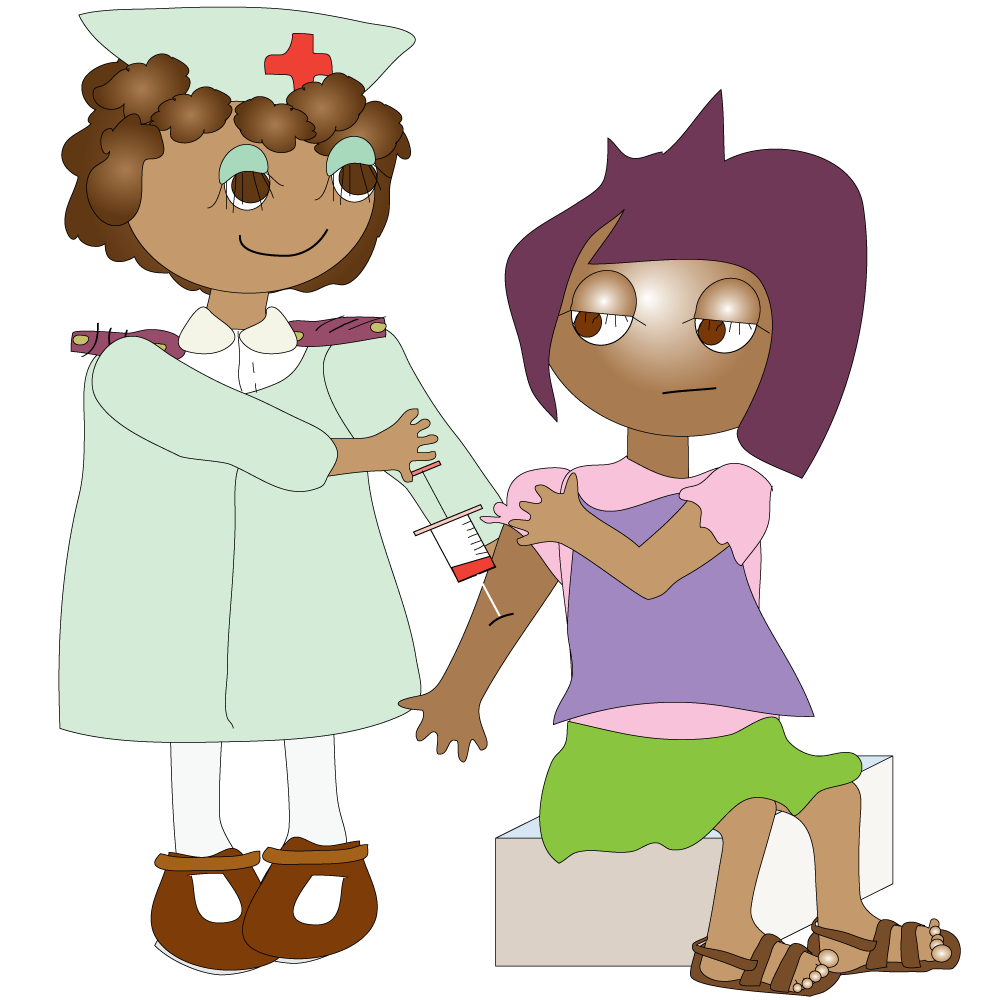
Blood tests are done at your health care provider.
A sample of your blood is taken and sent away to a laboratory.
It takes longer to get results with these tests than with a home pregnancy test. They can detect pregnancy earlier than a home pregnancy test (about six to eight days after fertilisation).
Learn about taking good care of yourself so that you can have a healthy pregnancy and ensure the best outcome for your baby.
Contraception means:
- birth control
- stopping pregnancy
- preventing fertilisation
- stopping the sperm of the boy from reaching the egg of the girl
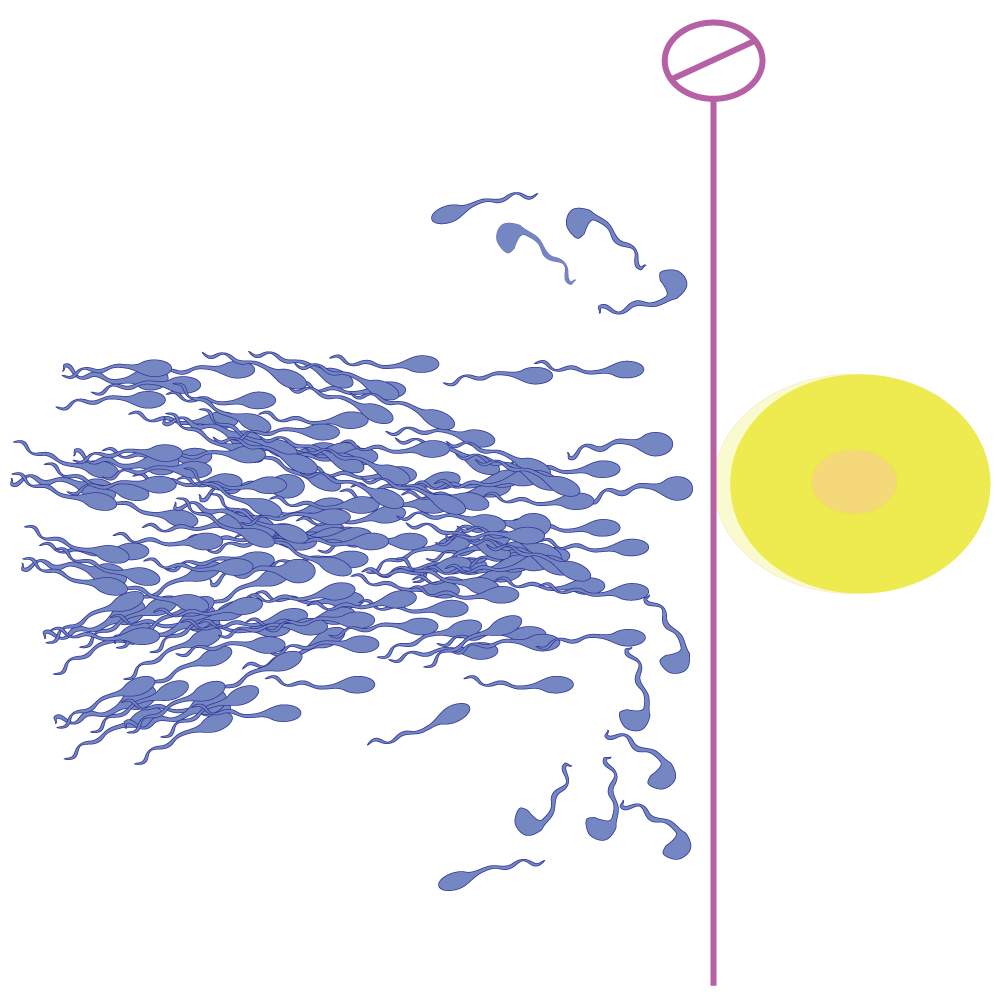




The National Adolescent Friendly Clinic Initiative (NAFCI) – Adolescent Sexual and Reproductive Health Rights
A young person irrespective of age, sex, race, religion, culture, social status, mental and physical ability has basic health rights that include:
- The right to information on health.
- The right to a full range of affordable health services.
- The right to privacy when receiving health care.
- The right to be treated with dignity and respect when receiving health care.
- The right to be assured that personal information will remain confidential.
- The right to be given an explanation of the processes that the young person goes through when receiving health care.
- The right to be treated by people who are trained and knowledgeable about what they do.
- The right to continuity of services.
- The right to be treated by a named provider.
- The right to express views on the services provided and to complain about unsatisfactory health services.
- The right to gender equality.
- The right to a health and safe environment.
- The right to make free informed choices in matters relating to sexual expression, sexual pleasure and sexual orientation.
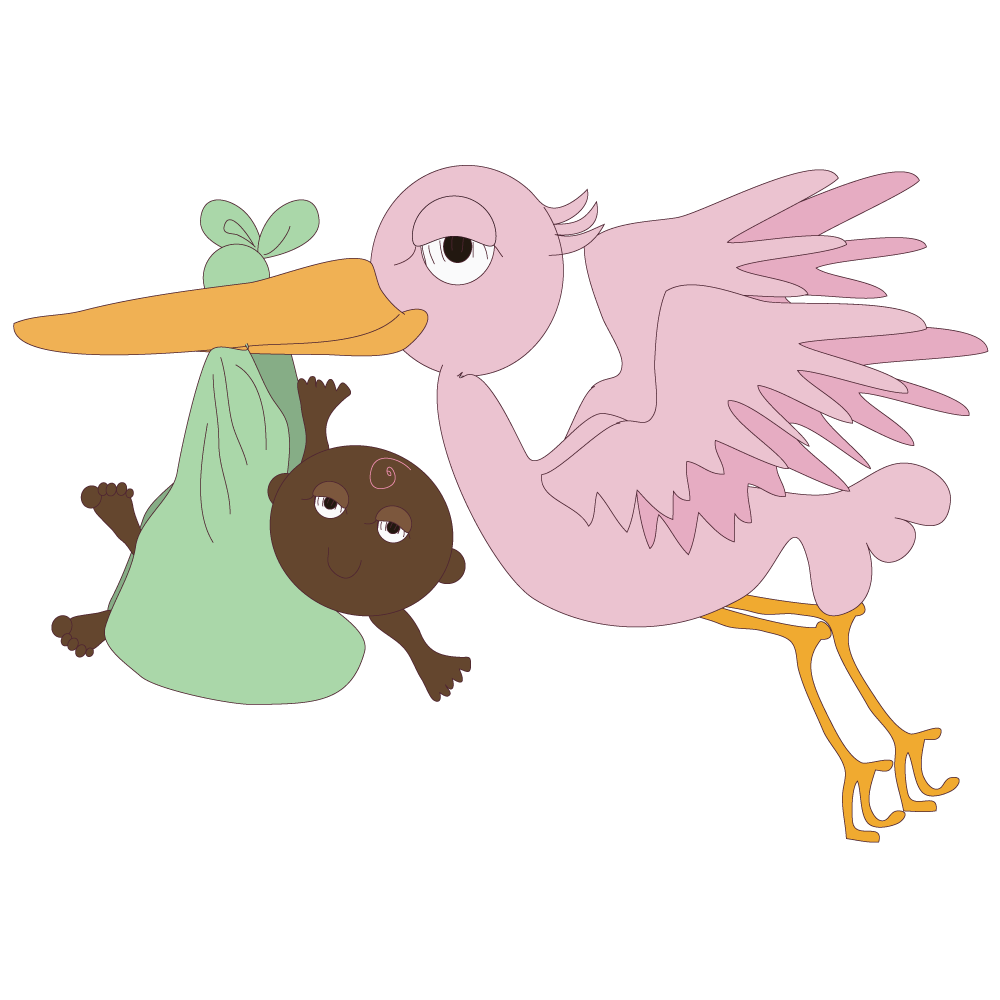
- Have you had unprotected sex?
- Have you missed one or more periods?
- Are your breasts sore?
- Are your breasts darker around the areola?
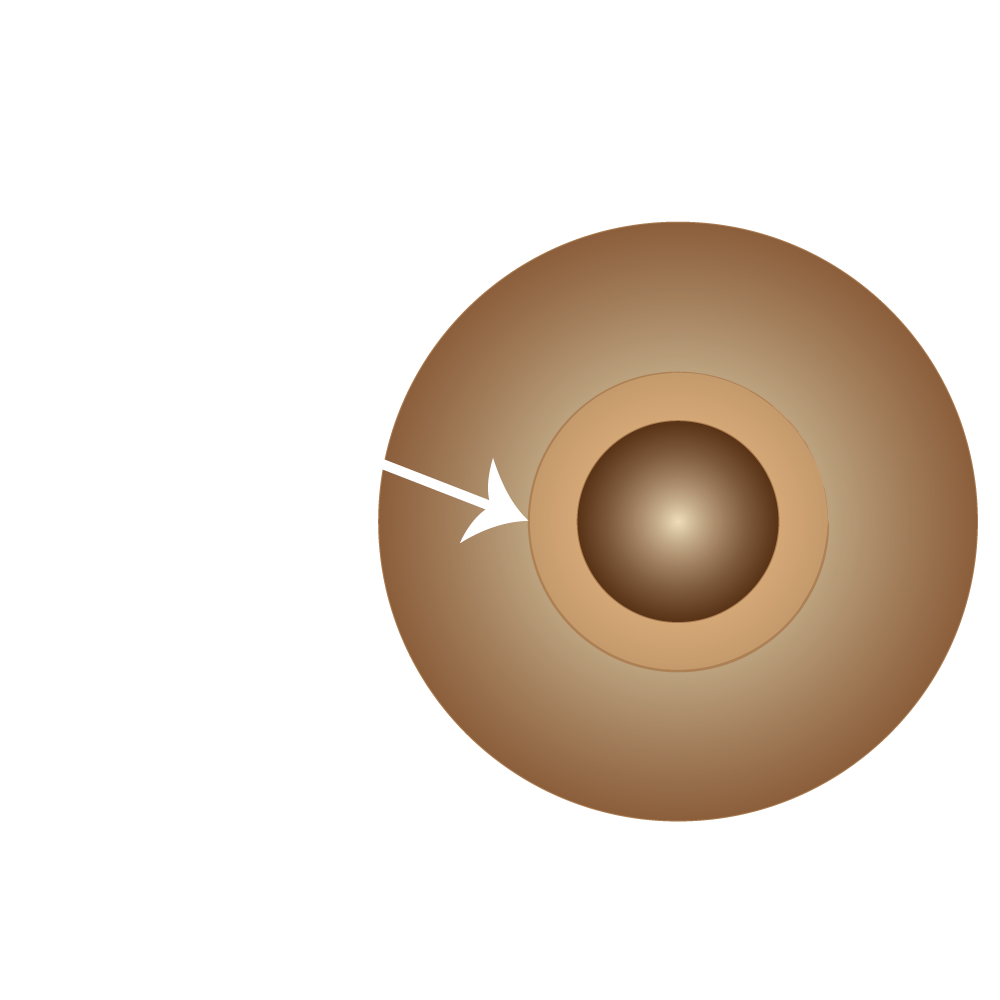
- Are you more sleepy than usual?
- Are you urinating more than usual?
- Are you feeling nauseous and / or vomiting?
- Are you feeling moody?
- Do you have an increase in discharge?
- Are you craving strange foods?
- Are you having headaches?
- Have you had any bloating in the tummy?
- Are your clothes tight?
If you answer yes to 9 or more of these questions you could be pregnant.
The duration of pregnancy is about 40 weeks from your LMP (or 38 weeks from conception / fertilisation).
As easy way to calculate:
- Write down the date of your last period
- Add 7 days
- Then add 9 months and that is your due date.
For example:
- If your last period started on the 3rd of March,
- Add 7 days = 10 March
- And then add 9 months = 10th December.

Everyone experiences pregnancy differently. Some girls will have symptoms right from the beginning and other may not experience any symptoms at all.
- Usually the first sign of being pregnant is noticing your period is late.

- Painful/ tender breasts and swollen ankles

- Morning sickness – nausea (feeling sick) with or without vomiting
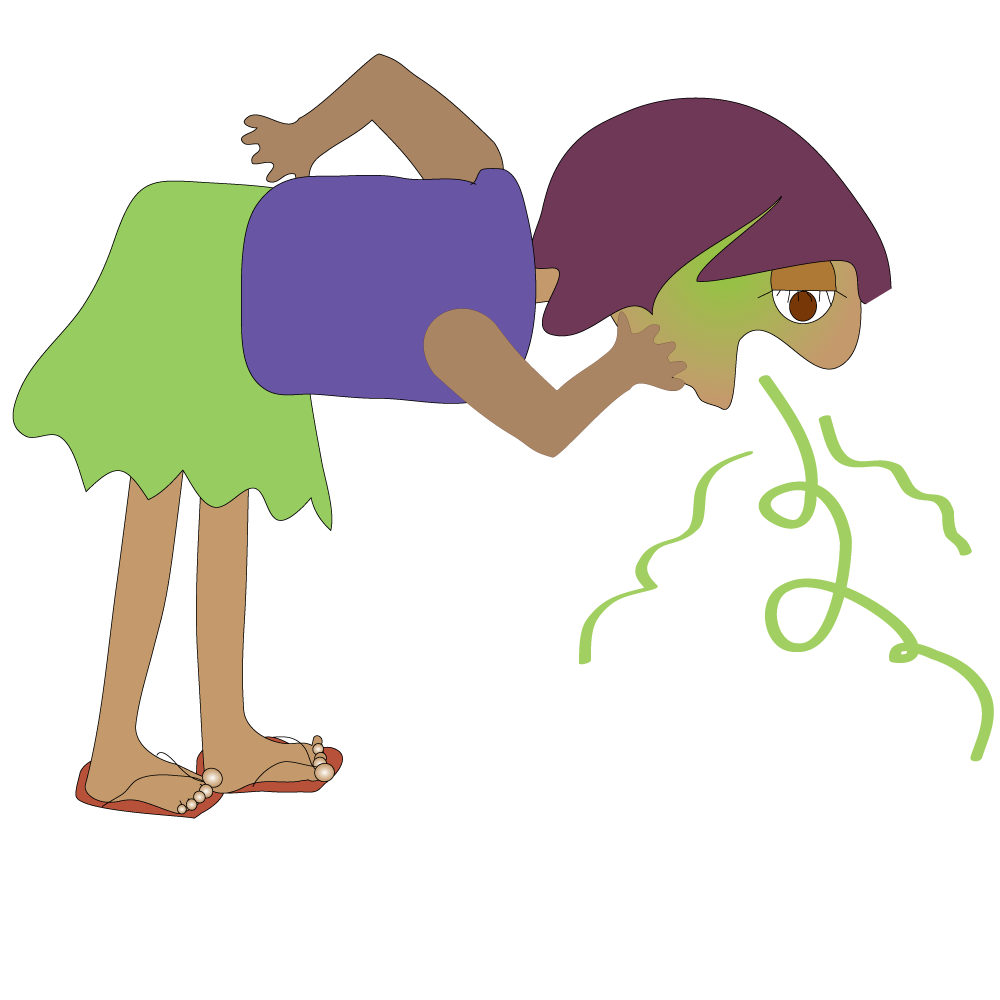
- Food cravings or food aversions (wanting to eat certain foods, or some food/smells making you feel sick)

- Increased need to urinate (wee) and/or constipation
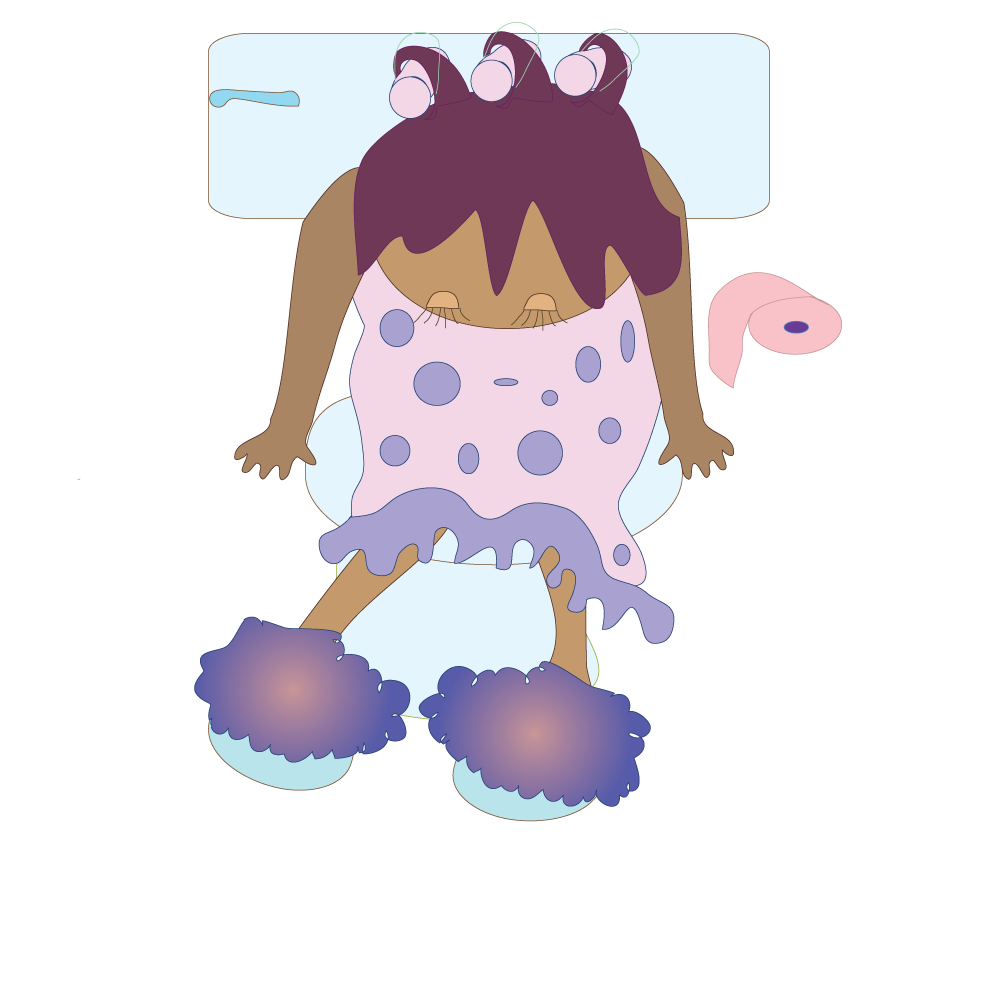
- Tiredness
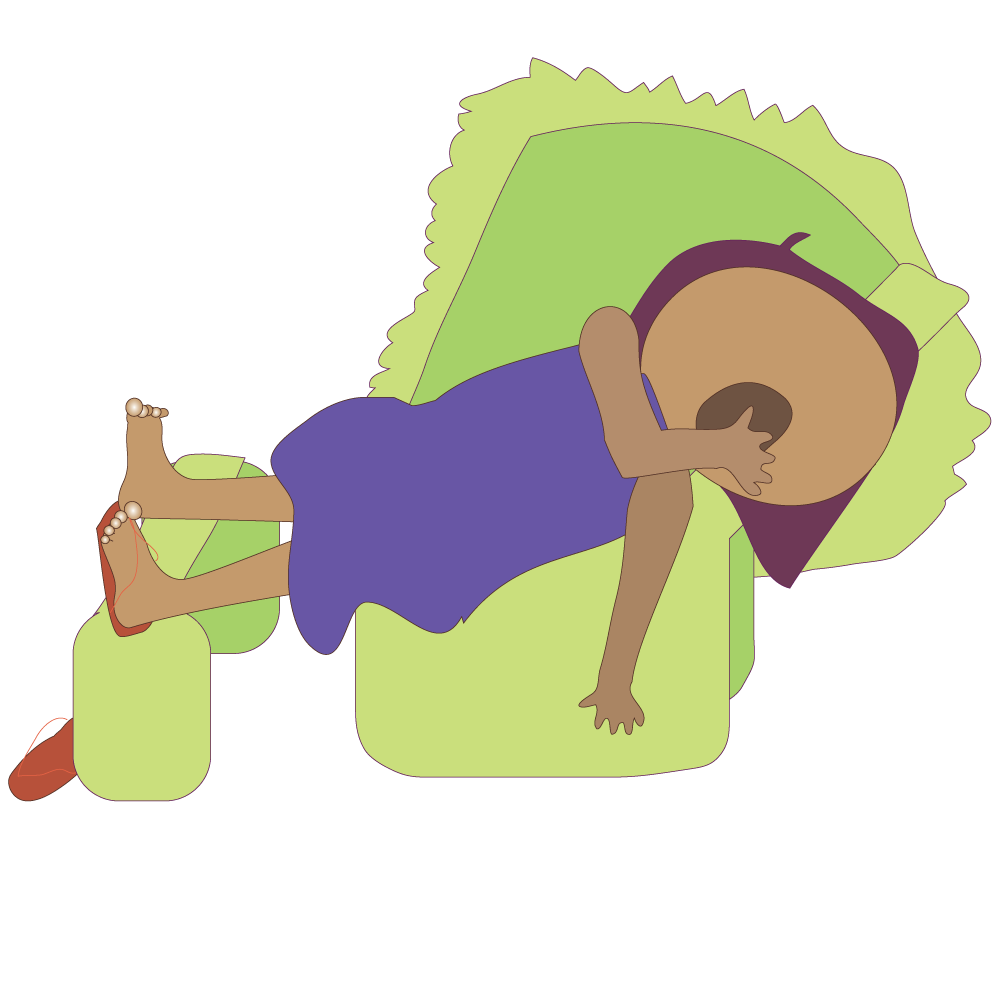
There are a number of health problems that are more common during pregnancy and you may be more likely to experience these as your pregnancy progresses. These conditions can cause various symptoms, but are not usually serious and are often easily treated.
To help you know what to expect, here are some common health problems of pregnancy:
-
Iron-deficiency anaemia (weak blood)
It’s normal to feel tired during pregnancy as your baby grows bigger and heavier. However, if you feel extremely tired, dizzy or weak this may mean that you have anaemia. If you’re worried about this, mention it to your midwife or health care practitioner. They may give you advice on improving your diet so that you include iron, or they may prescribe iron supplements. -
Nausea and sickness
The cause of nausea is not known, but it may be related to high levels of pregnancy hormones. There are things you can do to try to reduce the nausea and sickness – get plenty of rest, eat little and often, and avoid smells and tastes that make you feel sick. Ginger biscuits or ginger tea help some girls. You should see your GP or midwife if you cannot keep food or fluid down. -
Urinary Tract Infections
Urinary Tract Infections are among the most common health problems during pregnancy. If you have a urinary tract infection during your pregnancy, you will need early treatment. If it is left untreated, it may lead to premature labour. You may not have any symptoms, so your midwife will ask for urine samples to test at your routine appointments. If you do have any symptoms (such as pain or burning when you urinate) it is important that you get advice from your GP or midwife. -
Urinary Incontinence – leaking bladder
Lying across the bottom of your pelvis is an important muscle called the pelvic floor, and one of its jobs is to support your bladder. During pregnancy, your pelvic floor relaxes slightly. This can lead to the bladder leaking a small amount of urine when you cough, sneeze, laugh, jump or run (stress incontinence). You will be encouraged by your midwife to do pelvic floor exercises both during and after pregnancy to strengthen this muscle and reduce the risk of stress incontinence. Ask for more information on these exercises. -
Piles (haemorrhoids)
Piles or haemorrhoids are found around your anus. They are common during pregnancy, particularly if you have a low-fibre diet. Piles can be painful and itchy. Increasing the amount of fibre in your diet can help, but your GP may recommend haemorrhoid cream or suppositories (soft pellets to insert in your anus). -
Constipation
Increasing hormone levels mean that your bowel doesn’t work as well as it normally would during the second and third trimesters of pregnancy. Your digestive system absorbs more water from the food, and this makes your faeces harder and more difficult to pass. You should make sure you are drinking enough fluids and eating plenty of fresh fruit, vegetables and high fibre foods. If you are concerned about constipation, talk to your GP or midwife as mild laxatives and fibre supplements can help. -
Heartburn
Pregnancy hormones have a relaxing effect on the muscle at the end of your oesophagus (the pipe that goes from your mouth to your stomach). It is also from the pressure of your growing womb and reduced bowel motility, that can cause heartburn in pregnancy (acid from your stomach passes back up into your oesophagus). Heartburn is very common, and usually gets more severe as the pregnancy goes on.
Eating little and often, avoiding spicy fried foods, and sleeping slightly propped up in bed can help. Ask your GP, midwife or pharmacist to recommend an antacid if necessary. -
Bleeding gums
Pregnancy hormones make your gums much more likely to bleed. It’s important that you keep your teeth and gums healthy – make sure you brush your teeth twice a day. You should make an appointment to see the dentist because if left untreated, gum problems can lead to periodontal disease and tooth loss.
- Labour is the process during which the body prepares for the baby to be born.
- During this time, you will experience contractions (a type of squeezing of the muscles).
- Every labour is different.
- Some girls have very long labours, while others “pop” the baby out in a relatively short time.
- Note: the words “womb” and “uterus” are used interchangeably.

- The muscles of the uterus contract to help push the baby out.
- During contractions, the stomach (abdomen) becomes hard. Between contractions, the uterus relaxes, and the stomach becomes soft.
- The way a contraction feels is different for each girl and may even be different from one pregnancy to the next.
Contractions usually cause discomfort or a full ache in the back or lower abdomen with pressure on the pelvis. They move in a wave-like motion from the top of the uterus to the bottom.
Some girls say they feel like very intense period pains (menstrual cramps).
Contractions get stronger, more painful and closer together as the labour progresses.
True labour contractions do not stop when position is changed, unlike Braxton Hicks contractions.
Braxton Hicks contractions are sometimes mistaken for labour. These “false” and painless contractions can start after the fifth month. They can be seen hardening and lifting up the pregnant belly.
At the beginning of labour there might be ten or more minutes between the labour pains, but they will become more frequent.
When the pains or contractions are only about four to five minutes apart, it means the birth can happen quite soon.
In certain cases, it is important to get to the clinic or doctor even if the labour pains are not strong or happening fast.
- Suspect your waters have broken and have painful contractions with no break in between
- Can no longer feel the baby moving
- Have more than three weeks until the baby’s due date and you feel that something is happening
- Have been told the baby is in the breech position (lying with its head upwards in the womb)

- Have had a Caesarean section before
- Are expecting two or more babies

- Have given birth very quickly before
- Have a stich in the womb (cervical suture)
The bag of waters is the double-walled fluid-filled sac that encloses and protects the foetus in the mother’s womb. This breaks during the birth process, releasing its fluid. This is known as “breaking waters” or “waters breaking”.

Some of the signs and symptoms of going into labour may include:
- menstruation-like cramps or pain
- backache
- diarrhoea (runny tummy)
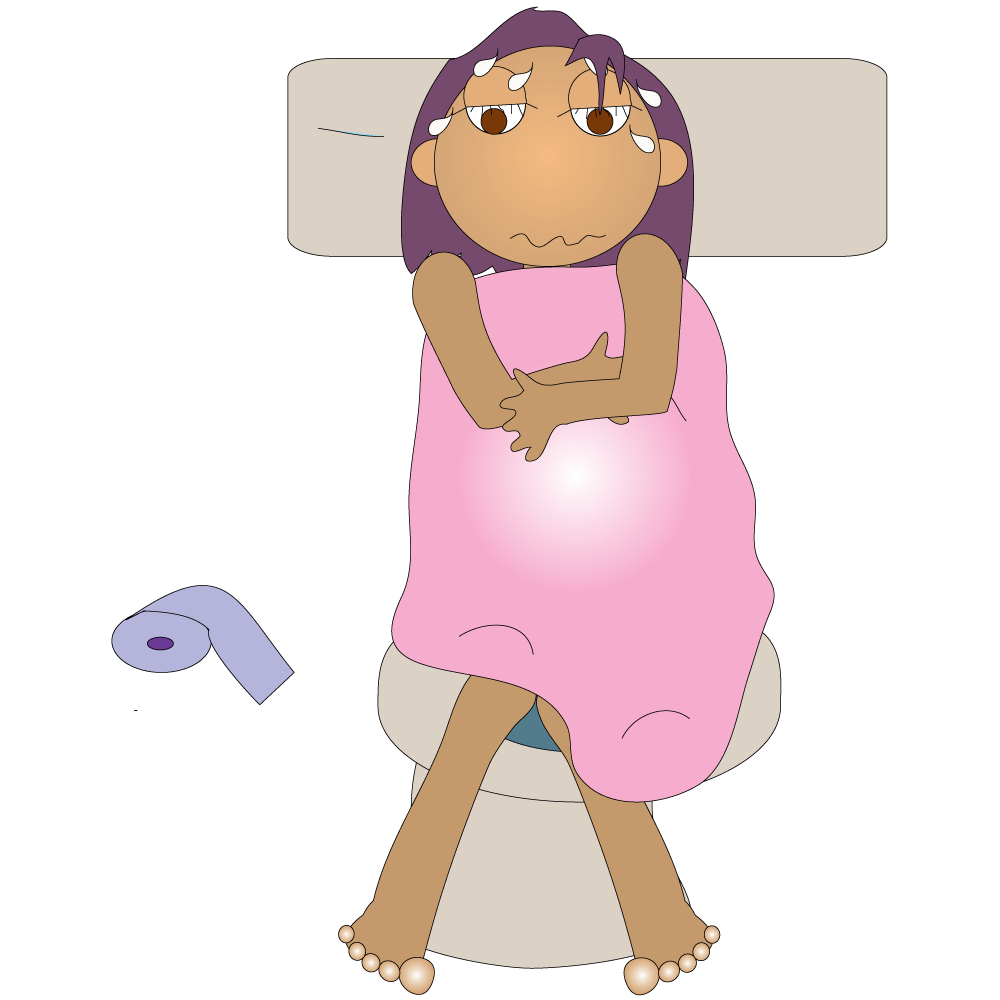
- a small, bloodstained discharge as your cervix thins and the mucous plug drops out (the cervix is the lower or outer end of the uterus)
- a gush or trickle of water as the membranes break
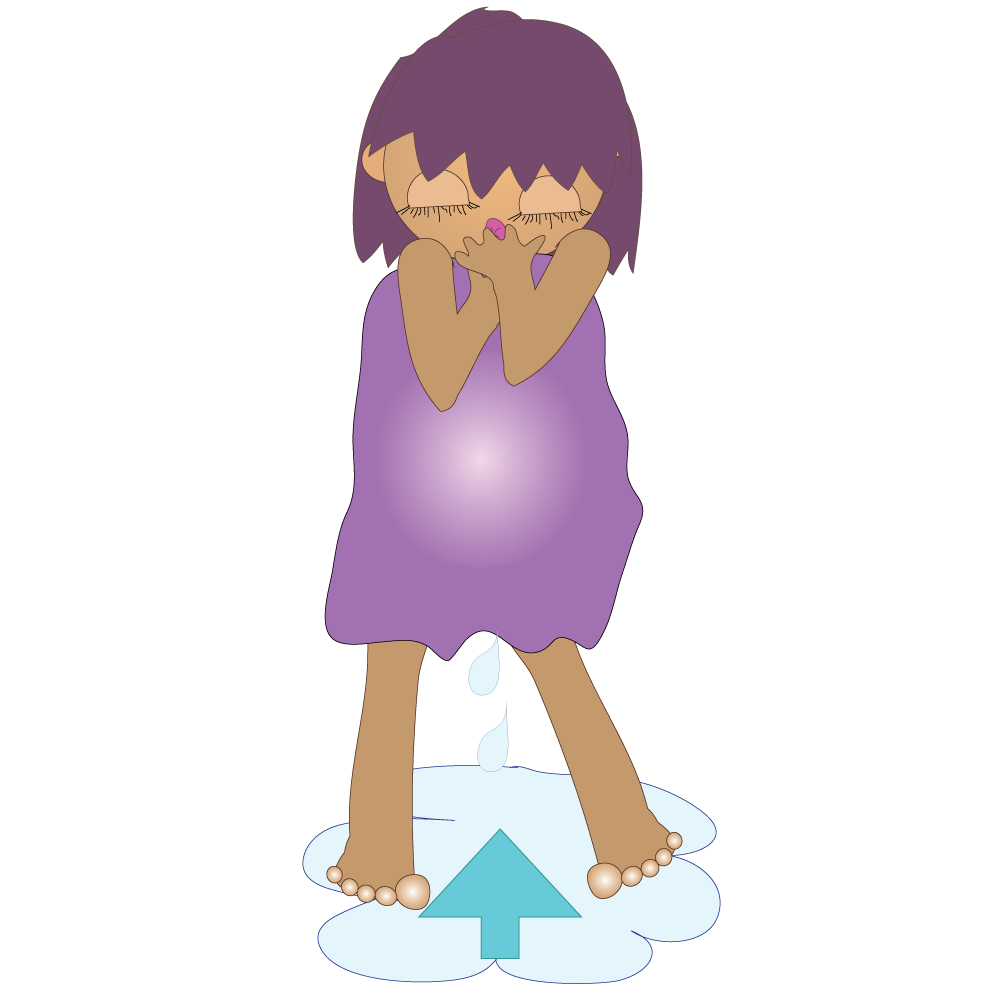
- contractions
Labour can begin at any time of the day or night

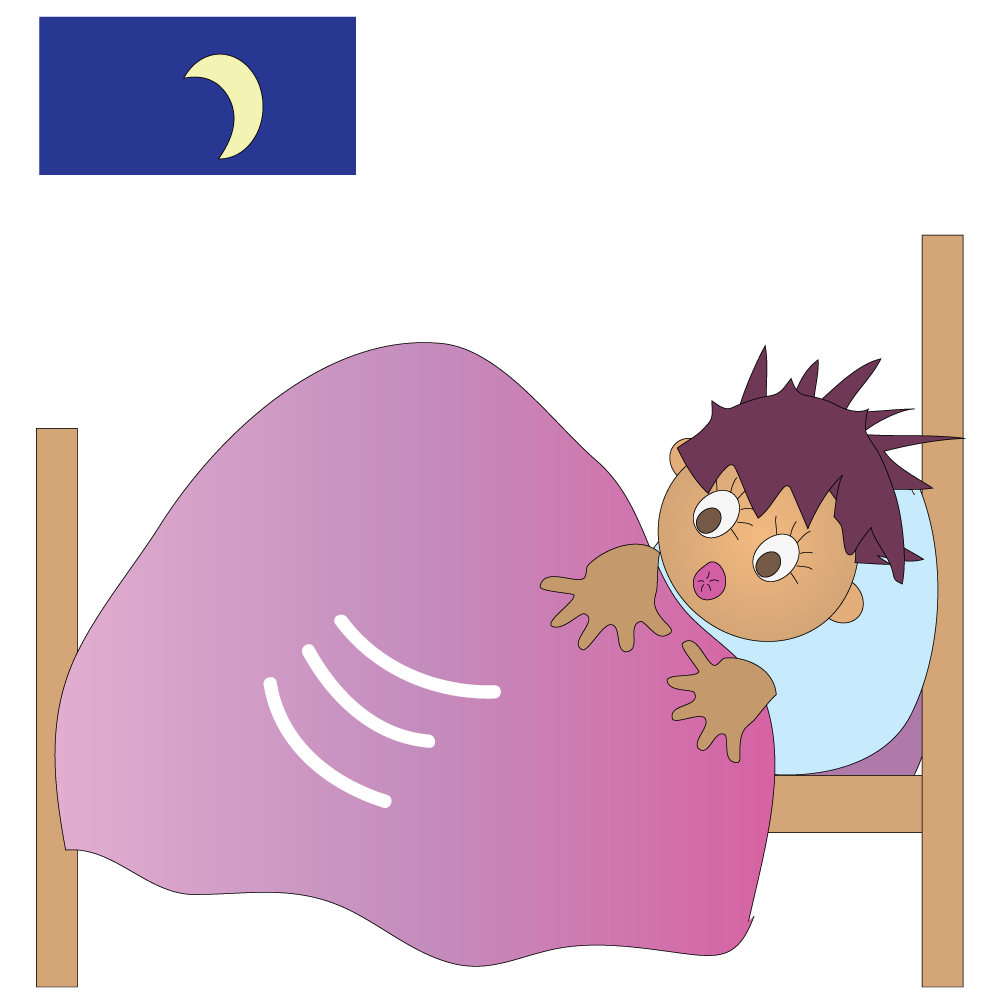
- Stage 1 – Dilation (opening of the cervix)
- Stage 2 – Delivery of the baby
- Stage 3 – Delivery of the placenta
Stage 1: Dilation (opening and thinning of the cervix)
During the first stage of labour, the cervix slowly opens (dilates) to about 10cm wide. At the same time, it becomes thinner.
This allows the baby to move from the uterus down into the birth canal. The birth canal is the channel formed by the cervix, vagina and vulva through which the foetus passes during birth.
This stage usually lasts several hours.
When the cervix is 3 – 4 cm dilated (opened), active labour begins.
Contractions will become more intense and happen more often. It is not unusual to feel a strong need to go to the toilet as the baby’s head pushes against the rectum.
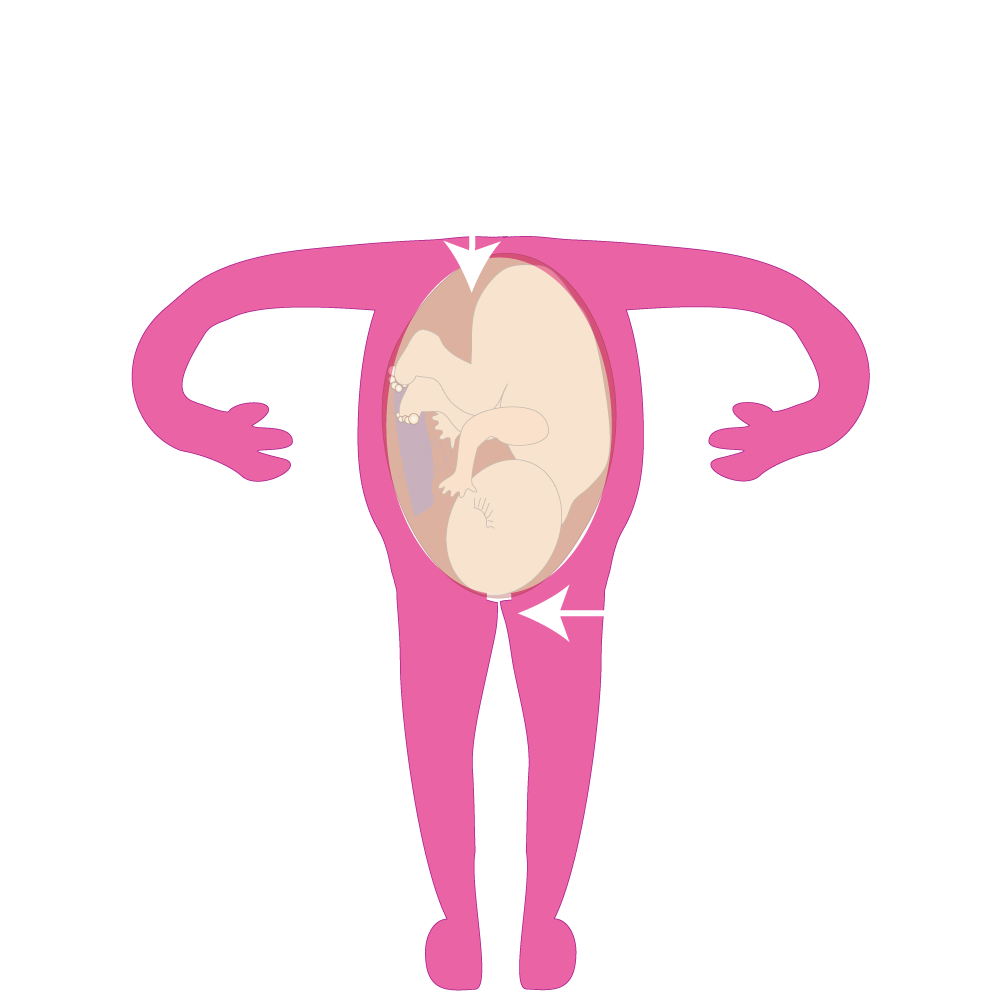
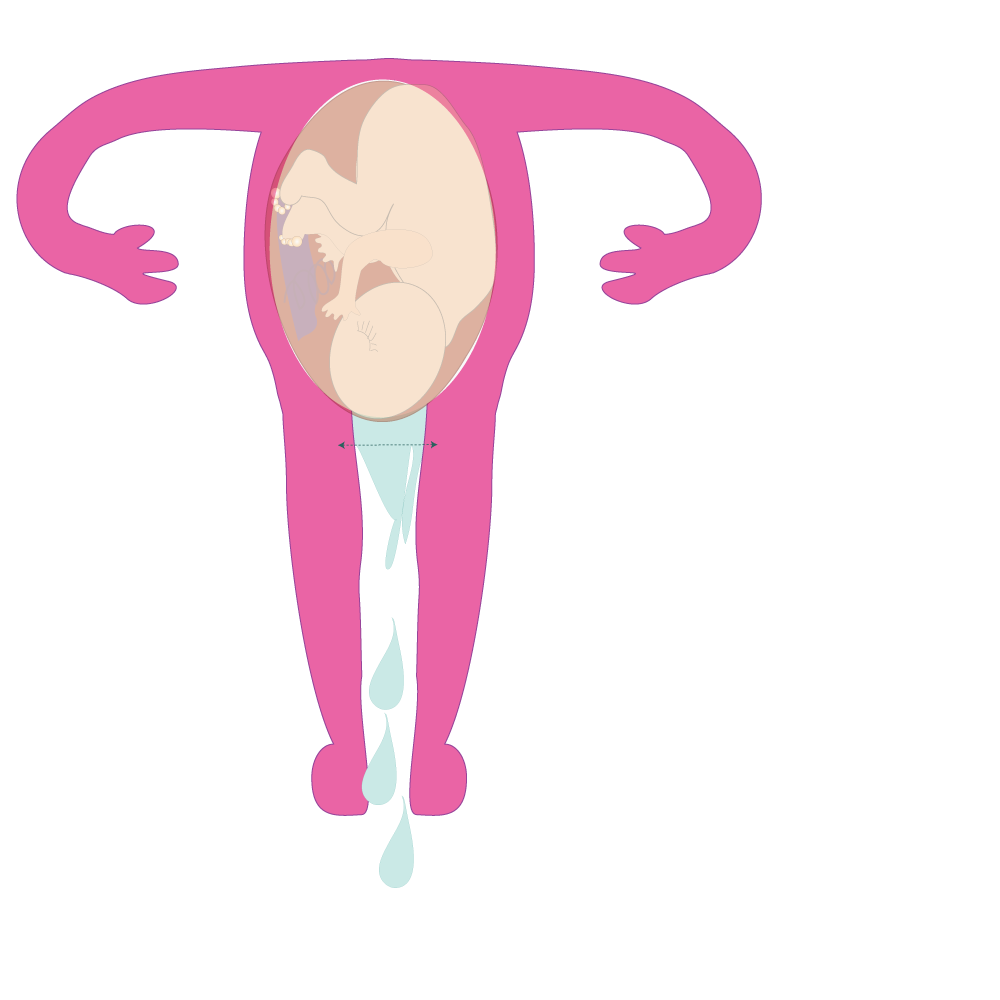

Stage 2 - Delivery of the baby
When the uterus (womb) has become thin enough and the cervix has opened to about 10cm, the baby-delivery stage begins.
The mother pushes while the muscles of the uterus contract to move the baby through the birth canal.
The nurse, midwife or doctor will advise when the time is right to start pushing. Do not push until they tell you to start pushing.
Crowning is when the baby’s scalp comes into view.
Shortly afterward, the baby is born.
When the uterus (womb) has become thin enough and the cervix has opened to about 10cm, the baby-delivery stage begins.The mother pushes while the muscles of the uterus contract to move the baby through the birth canal.
The nurse, midwife or doctor will advise when the time is right to start pushing. Do not push until they tell you to start pushing.
Crowning is when the baby’s scalp comes into view.
Shortly afterward, the baby is born.

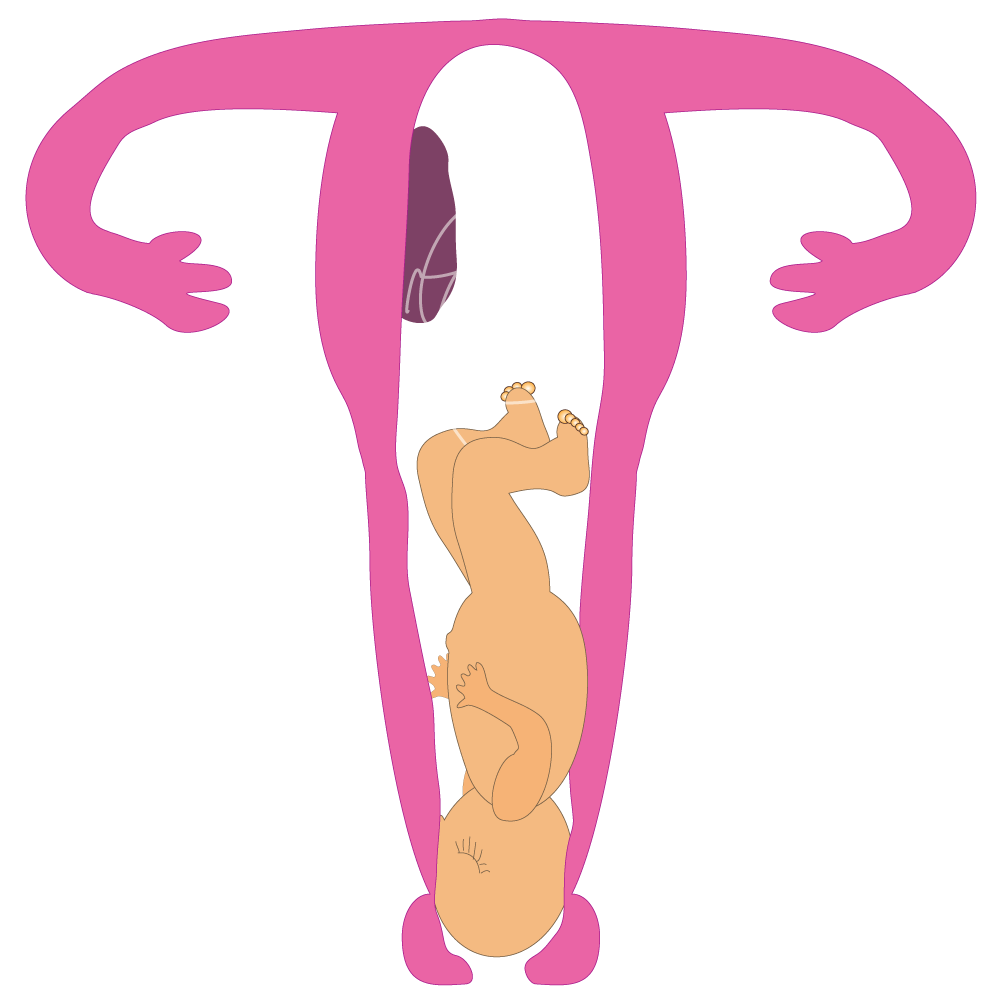
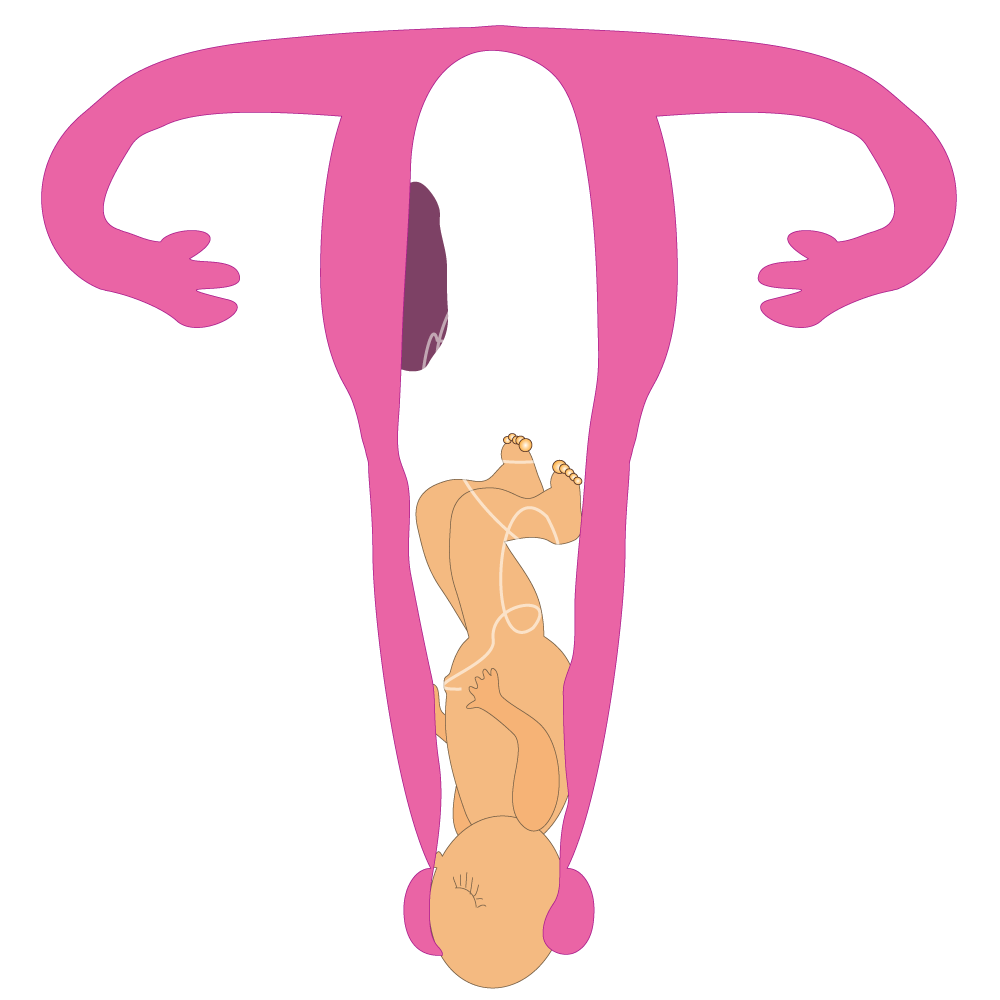
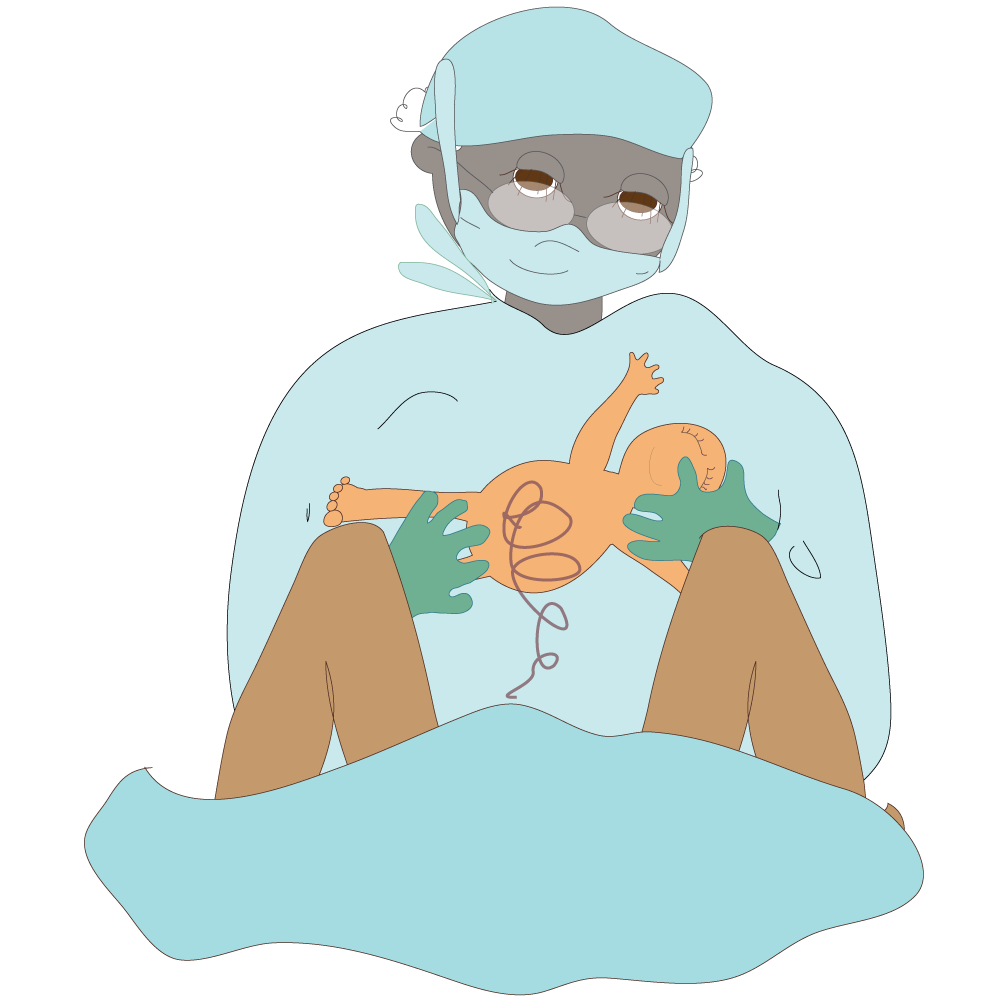
The baby gasps for air and cries as the lungs start working. The baby can now breathe air.

The umbilical cord is cut off and tied (to form the belly button) and the baby is examined and weighed.
Average weight is about 3.5kgs but there are variations due to genetic factors, health problems and outside influences such as smoking and drinking during the pregnancy.
The baby is placed skin-to-skin on the mother’s stomach to encourage the bonding process.

Stage 3 - Delivery of the afterbirth, the placenta
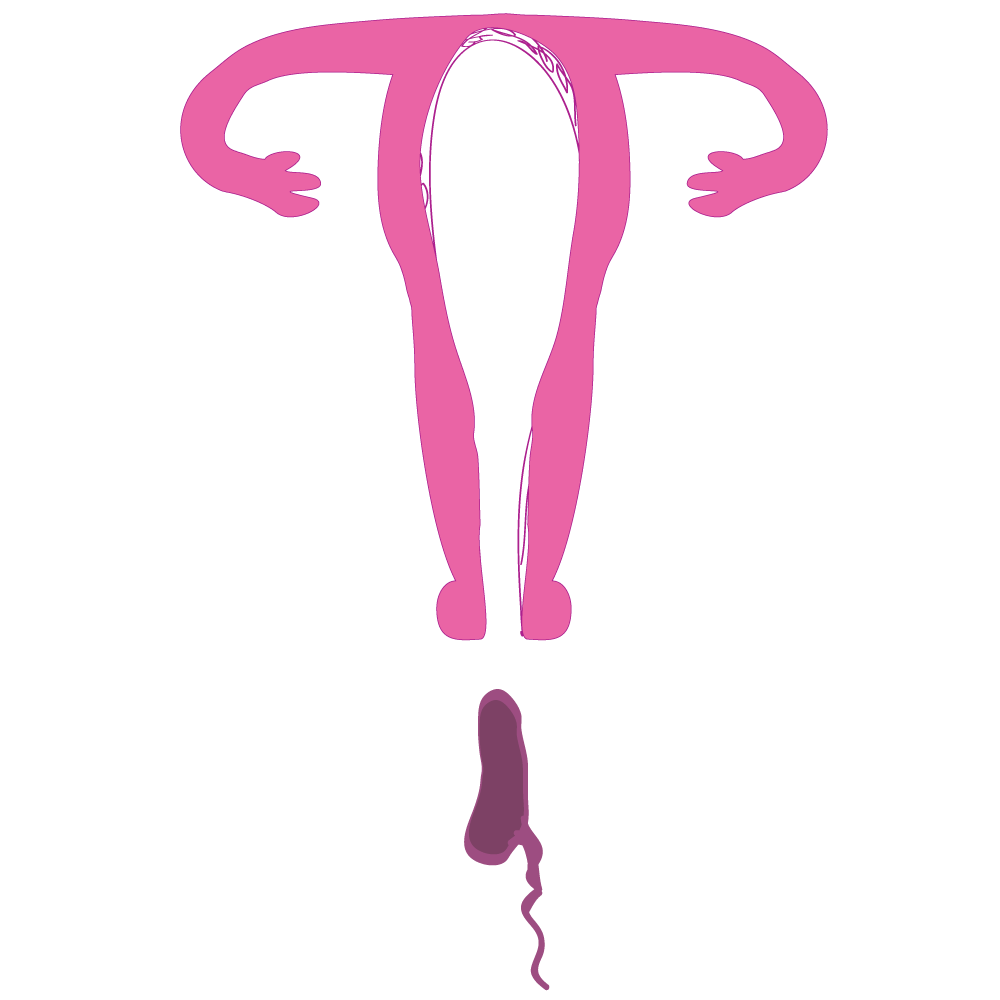
The placenta that nourished the baby follows.
Mothers and babies are monitored closely during labour. Most girls have their baby through normal vaginal delivery, meaning that the baby comes down the birth canal without surgery.
Labour can last for about 12 – 24 hours for a first-time mother. Girls that have experienced childbirth before can expect about 7 hours of labour but the length is different for everybody.
If there are complications, the baby may need to be delivered surgically by a Caesarean section.
These include:
- Health problems in the mother
- The position of the baby
- Not enough room for the baby to go through the vagina (in the case of very young teenagers who have a small pelvis)
- Signs of distress in the baby
C-sections are also more common among girls carrying more than one baby.
The surgery is relatively safe for the mother and baby. Still, it is major surgery and carries risks.
It also takes longer to recover from a C-section than from vaginal birth.
After healing, the cut may leave a weak spot in the wall of the uterus.
This could cause problems with an attempted normal (vaginal) birth later.

The labour chart
How to tell if you really are in labour
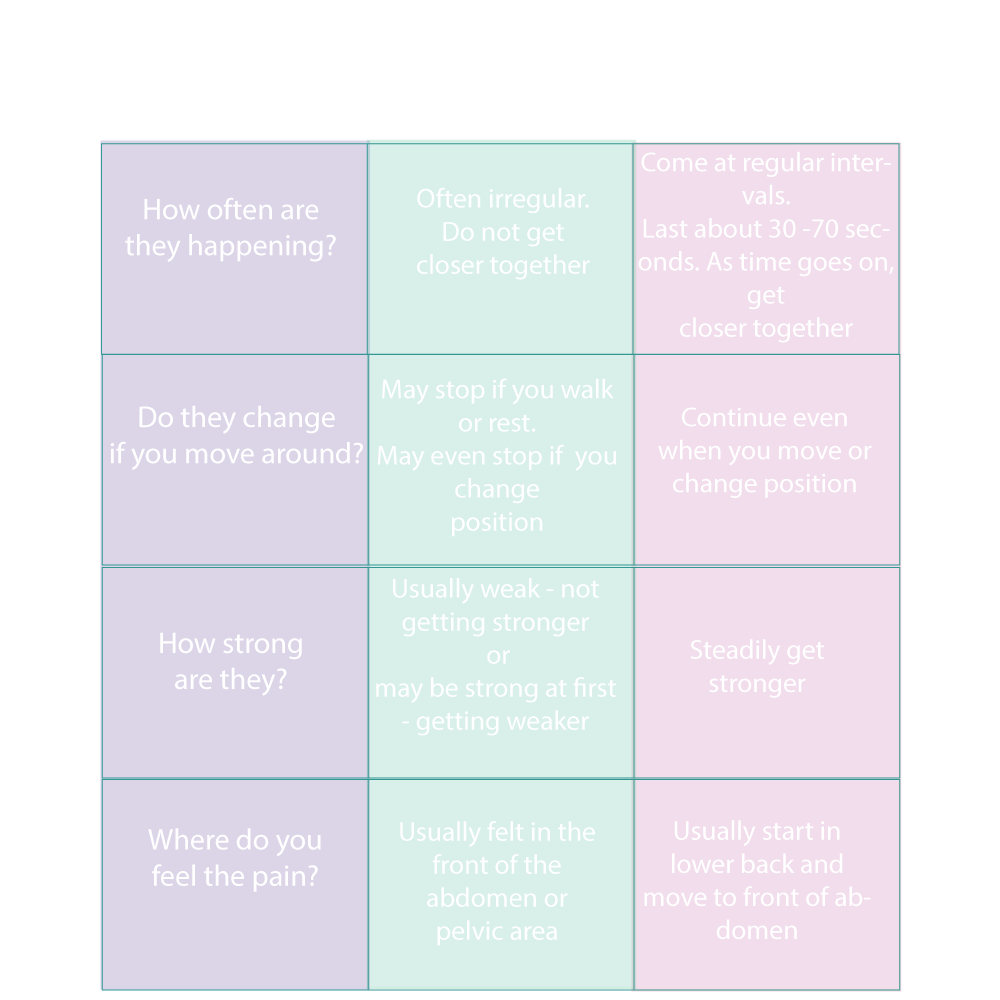
Unplanned / unwanted pregnancy

If you find that you are pregnancy and have not planned for the pregnancy, you might have many different feelings to deal with.
Most girls have these feelings, they are natural and very common.
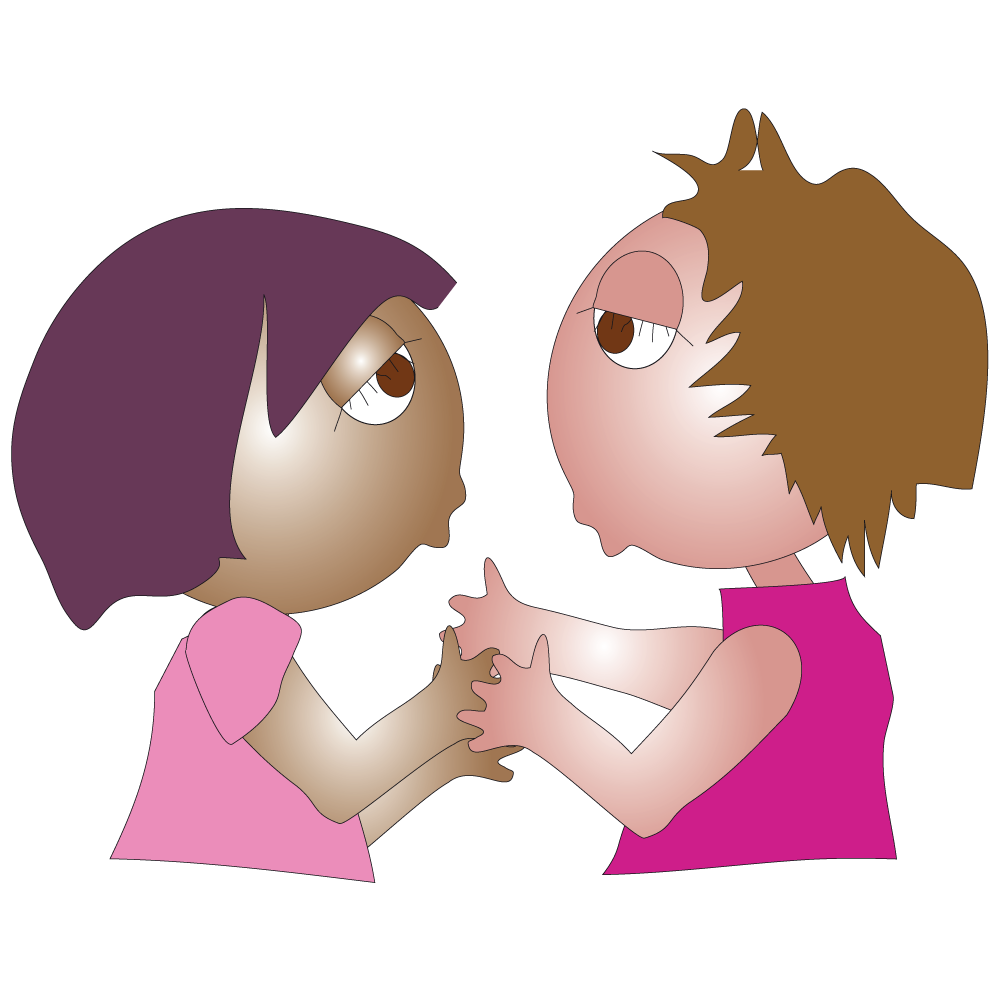
It can really help to have support during this time.
Try to find someone you can talk to; someone you can trust.
Someone who will respect your privacy and provide you with emotional support; physical, spiritual or financial needs.
The person could be a friend, a family member, a leader from your religious faith, or a health care provider. It is important that this person is someone you feel comfortable talking to, who won’t judge you and who will support you through your decision.
Whoever you talk to, you should never feel forced to make a choice that is not your own.
You will have to make some important decisions.
This can sometimes be overwhelming because there are so many things you need to think about.
First let’s look at some of the choices you can make about the pregnancy.
There are two basic options
Option 1
You can continue with the pregnancy and have the baby.
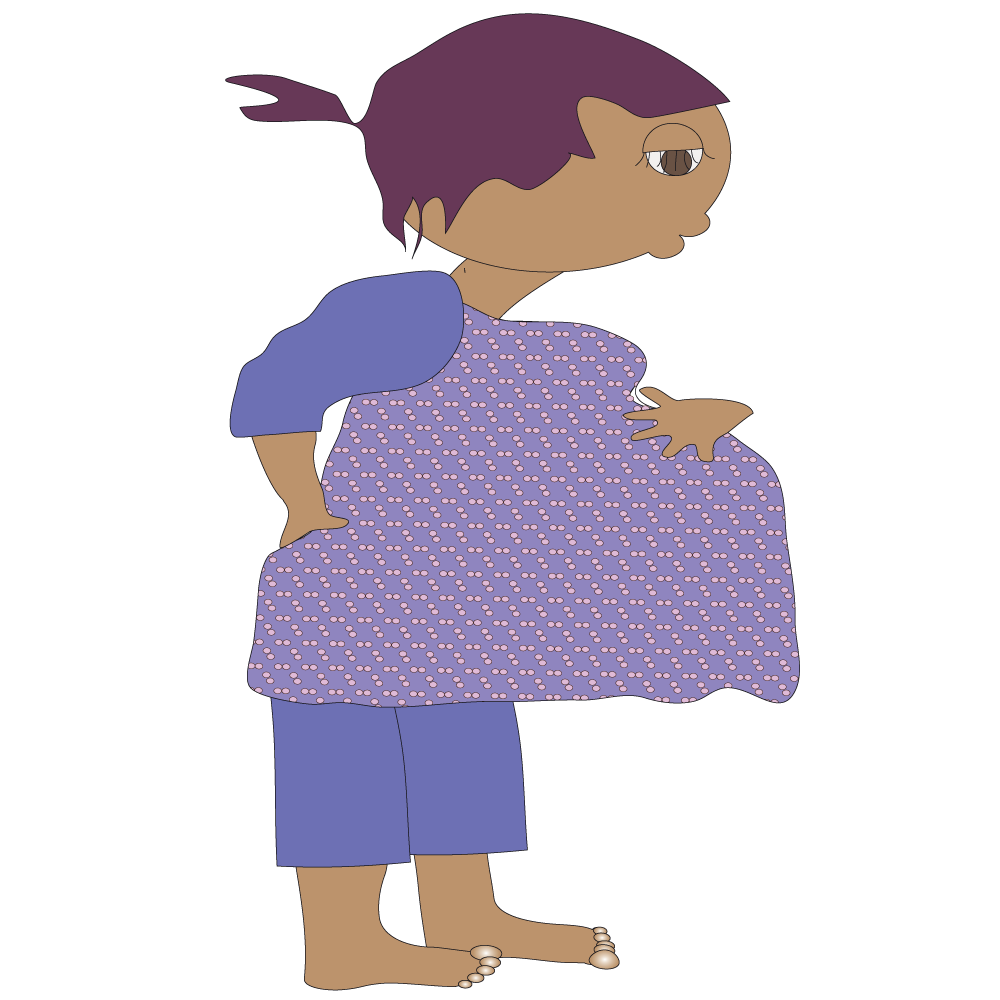
- Raise the child yourself
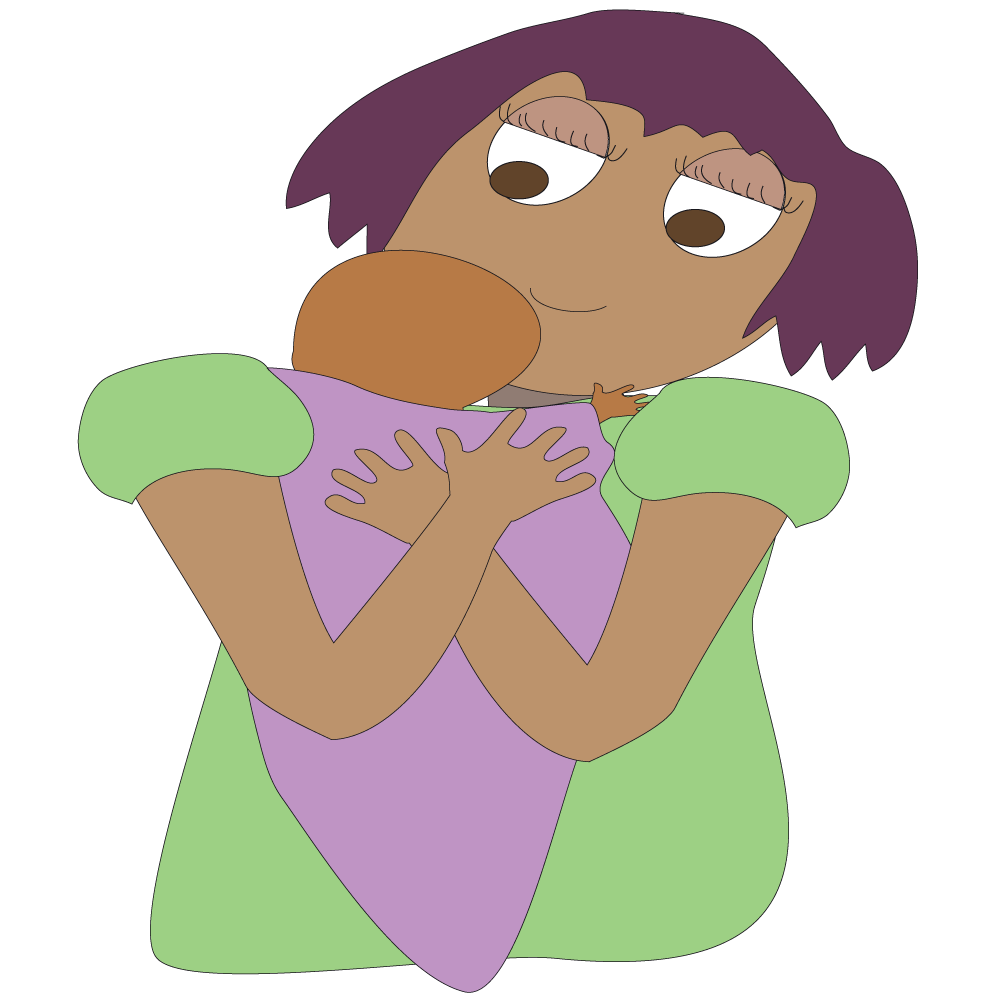
- And/or place the child in the care of another family member, if this is possible
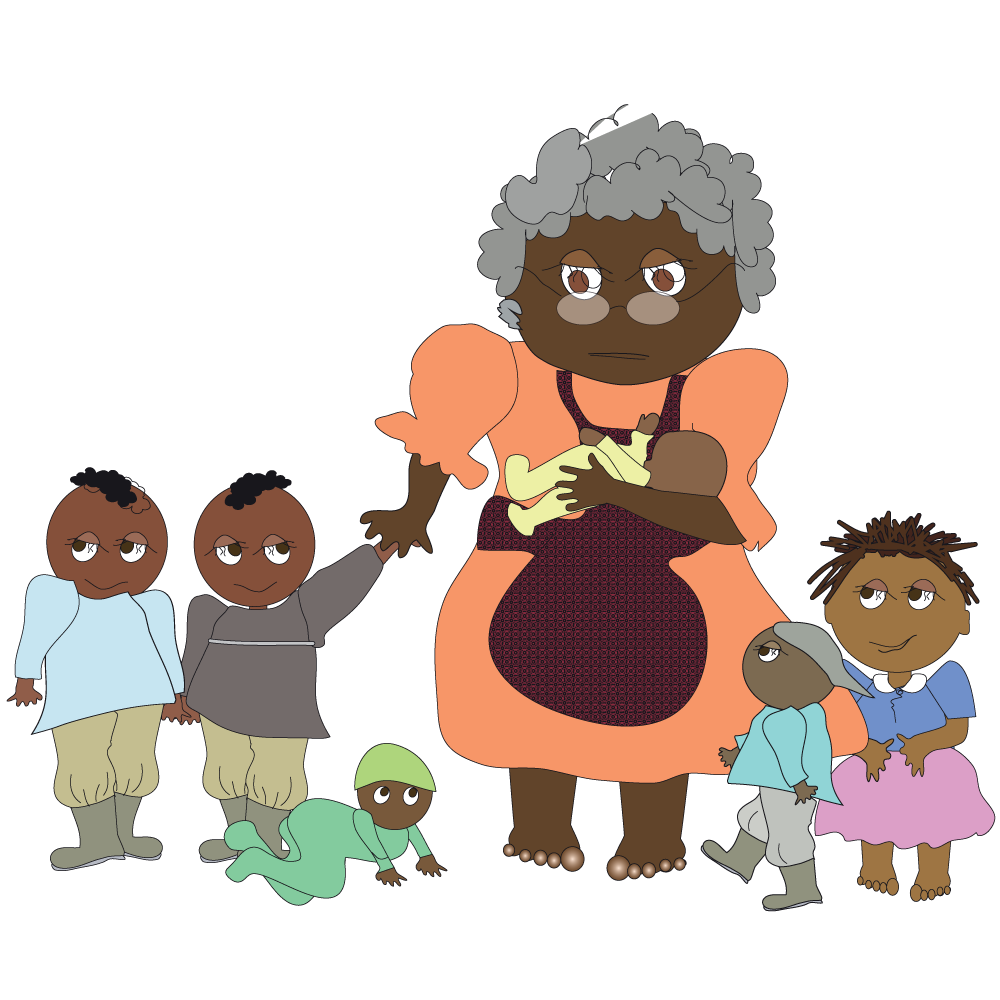
- Place the child for adoption

Option 2
You can end the pregnancy by having an abortion.
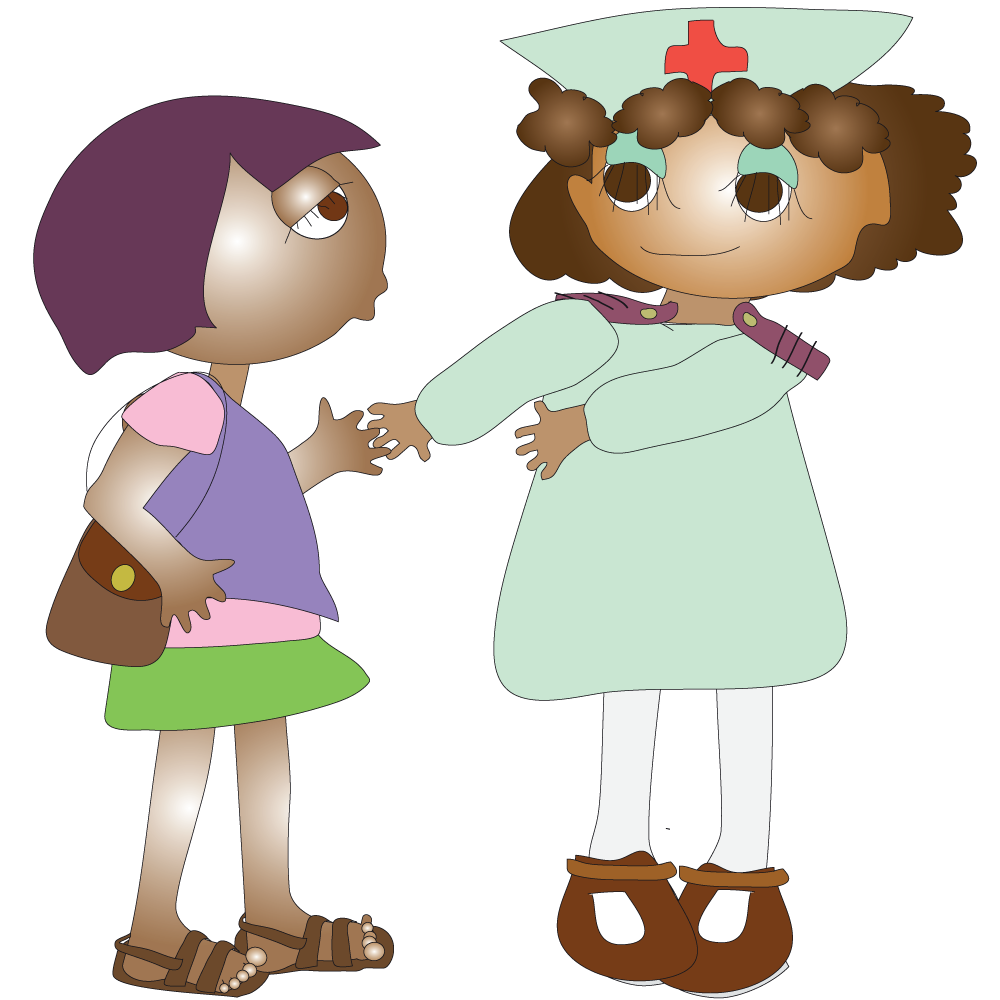
Some SA Government clinics offer free abortion services. Find out from your nearest clinic which services are available. Without access to free state abortion services and with no money to pay for private abortion, or because girls are worried that their parents find out, many girls are forced to seek help from a variety of illegal and dangerous sources.
Some questions to help you decide
If you decide to continue with the pregnancy:
- How do you feel about being a mother?
- Will you be able to look after the baby?
- Does your family know that you are pregnant?
- Will they support you emotionally and financially?
- Who will look after the baby?
- Can you afford food and clothing for the baby?
- Would you consider adoption?
- Is education important to you?
- Will you drop out of school?
- Would you want to return to school at any stage?
- If you do, who will take care of the baby?
- Is there a clinic near you?
- Does the father of the baby know you are pregnant?
- Do you believe he will marry you / or support you financially and emotionally?
- Do you think this will strengthen your relationship with him?
- Will he and / or his family help with the baby?
- If you receive the Child grant, how much is it and what will it provide?
Do you know:
- What the health consequences of early childbearing are?
- That many of the health risks of early motherhood can be prevented by getting good health care from early in the pregnancy?
If you are considering ending the pregnancy, do you know that:
- Any girl can have a legal abortion? It is your legal right.
- If a girl wants to have an abortion, it should be performed early in the pregnancy?
- Abortions performed by untrained people can lead to serious injury, infertility and even death?
What is an abortion (termination of pregnancy / TOP)?
An abortion is the termination (stopping) of a pregnancy by removing the foetus or embryo from the uterus using drugs or through a surgical procedure.
An abortion can also occur by itself (in which case it is usually called a miscarriage).
Abortion is legal in South Africa and is regulated in the same way as all other medical procedures.
The law says: “if you are old enough to fall pregnant, you are old enough to have an abortion”.
In some cases, abortion is performed to save the life of the mother, to prevent harm to her mental or physical health, or where there is a chance that the foetus will die or be disabled.
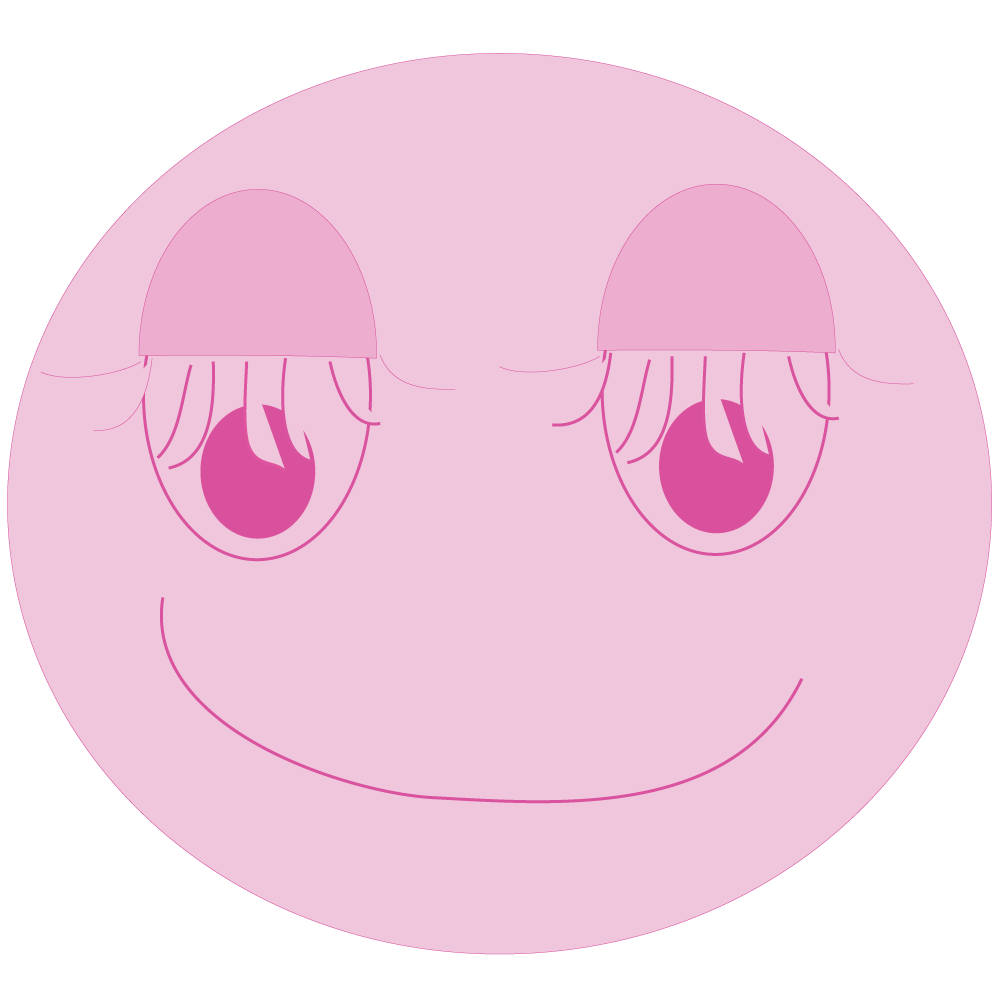
SAFE abortions are those performed by a trained medical practitioner in sterile conditions.
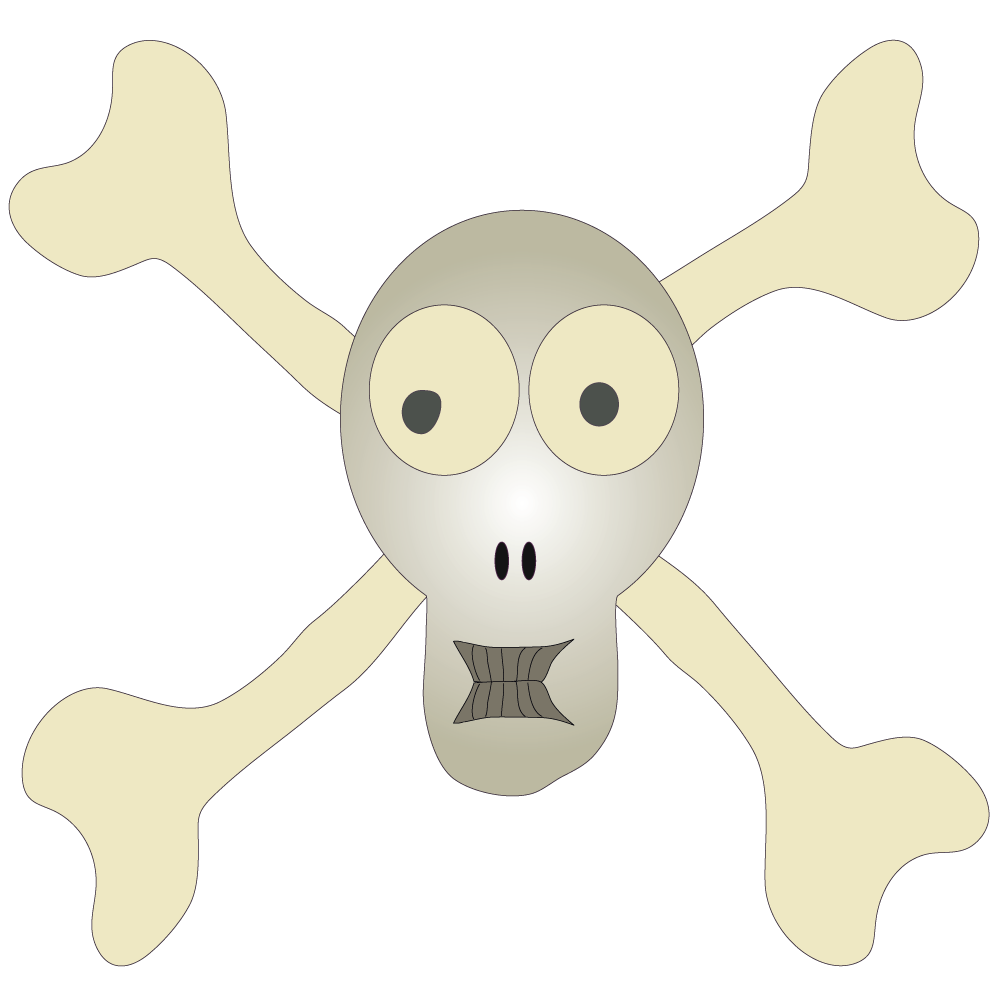
UNSAFE abortions are performed by untrained persons, usually in unhygienic places, or occur as a result of illegal and dangerous medicines.
When can I have an abortion?
Some procedures can be done only in early pregnancy. The type of abortion you have will firstly depend on how many weeks pregnant you are.
(You can work this out by counting how many weeks it has been since the first day of your last menstrual period).
There are different methods of performing abortions and they will depend on the age of the embryo or foetus
- Abortions using pharmaceutical drugs can be performed up to 7 weeks (medical abortions).
- Other methods of abortion that clean the walls of the uterus using medical instruments or suction can be performed up to the 12th week of pregnancy (surgical abortions).
- After the 14th week of pregnancy other abortion methods can involve using drugs to start labour or performing a caesarean section but there have to be special reasons at this stage of the pregnancy.
- Dilation and evacuation can be performed between the 14th and 20th week of pregnancy.
Other factors that influence the abortion procedure
- What procedures (if any) can be done near your home?
- What health conditions do you have that might limit your options?
- How far will you have to travel?
Many girls have to travel far to have access to a safe abortion. Sometimes this can delay the abortion and your options might be limited. You need to find out all the information as quickly as you can.
Where can I have an abortion
Abortions can be done in 24-hour clinics, hospitals or free-standing abortion clinics.
Abortion is legal in South Africa and regulated in the same was as all other medical procedures.
Safe abortions

How are legal abortions performed?
Legal abortions are performed in two ways:
- Medical abortions
- Surgical abortions
Medical abortions use drugs (usually pills) to empty the uterus. The embryo or foetus comes away as a result of the drugs.

Surgical abortions use instruments to scrape the contents of the uterus. Some of the instruments:
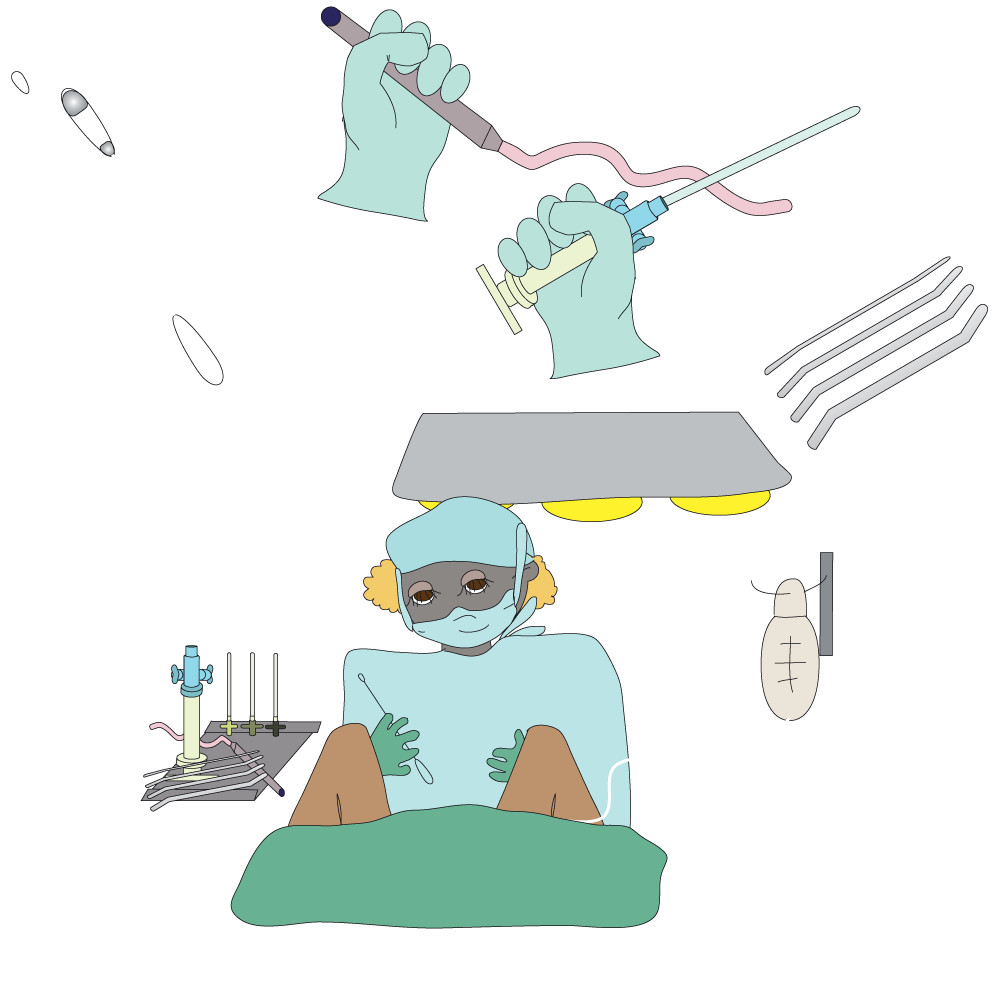
Afterwards

Most girls recover quickly but bleeding, cramping or stomach pain for up to two weeks can be expected. Contact your clinic or hospital if these symptoms are severe.
Your period should return after four to six weeks. During this time, you can fall pregnant again if you have unprotected sex, so you should use some method of birth control.
It is important to have a post-abortion check-up two to three weeks afterwards to make sure that procedure was successful, and your body has returned to normal.
Some girls find it emotionally hard to cope with having had an abortion. They might feel sad and depressed. Sometimes having to make the decision quickly does not allow all the feelings to be processed.
Hormonal changes when the pregnancy is terminated may also make a girl more emotional.
Talk to your partner or other people you can trust and let them know what you are feeling.
If you want professional counselling, talk to the people where you had your abortion and ask them to refer you.
Unsafe abortions

Unsafe abortions are performed by an untrained person and / or in unhygienic conditions, by the girl herself, or occur because of taking “abortion medicine”.
These abortions can have many bad outcomes.
Some of the illegal and dangerous methods used are the use of herbs and toxic substances, the use of sharpened tools inserted into the uterus and physical trauma.
The use of force on the abdomen can cause serious internal injuries without succeeding in causing miscarriage.
Herbs and drugs, tools and other substances can cause serious – even lethal – side effects causing all your organs to fail, and it is not recommended by doctors.
So, even if you are feeling completely desperate, it is so important to find a kind and caring health care provider to perform your abortion. It is your right.
Adolescents (15 – 19 years) account for 25% of all unsafe abortions in Africa.
Source: WHO Journal Paper. 6 Sexual and Reproductive Health 4. www.who.int/reproductive-health

Unsafe abortion methods
Illegal surgical abortion performed by an untrained person in unhygienic conditions.
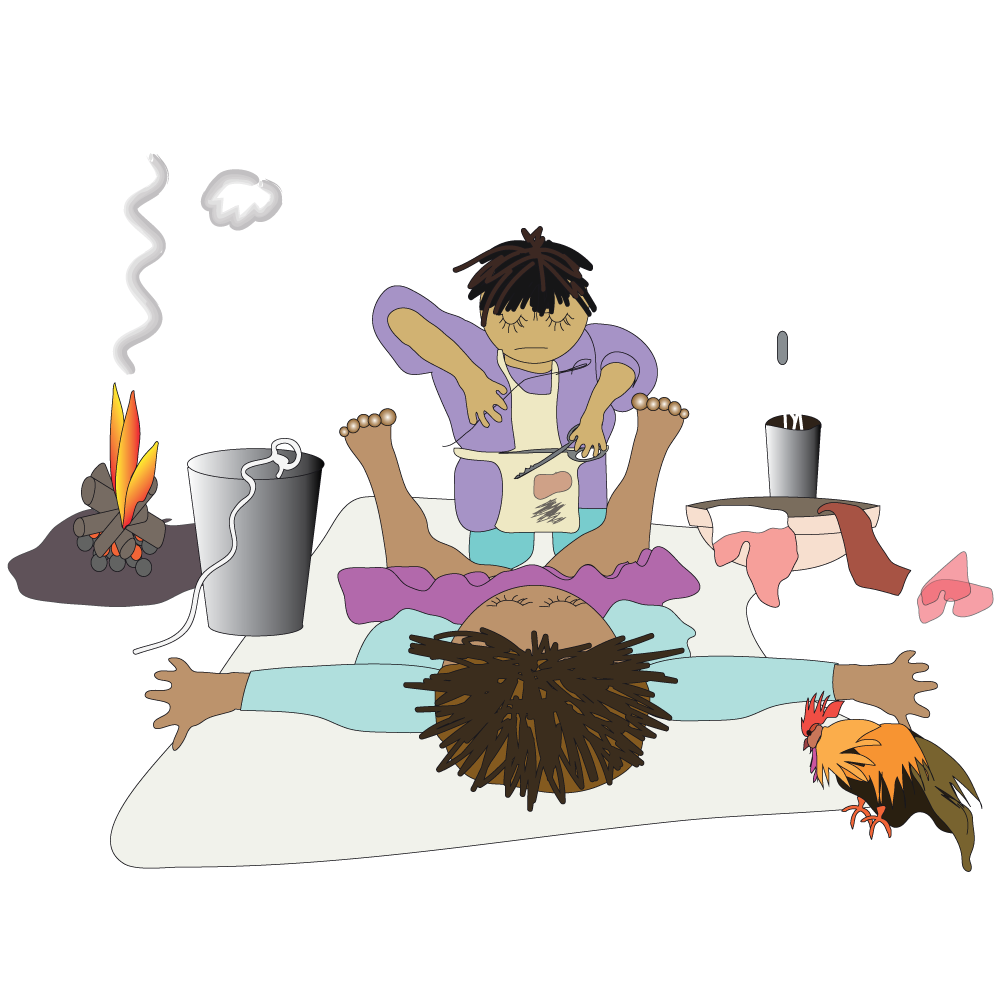
Possible consequences
Uncontrolled bleeding, poisoning, burns, infections that can lead to infertility (not ever being able to have a baby), blocking of the tubes, organ failure, chronic diseases and death.
Pills or other substances (from non-medical service provider)


Possible consequences
These substances can result in an incomplete abortion (the uterus is not emptied properly) and if the foetus survives, he or she can be born with serious health problems.
Jumping from high places

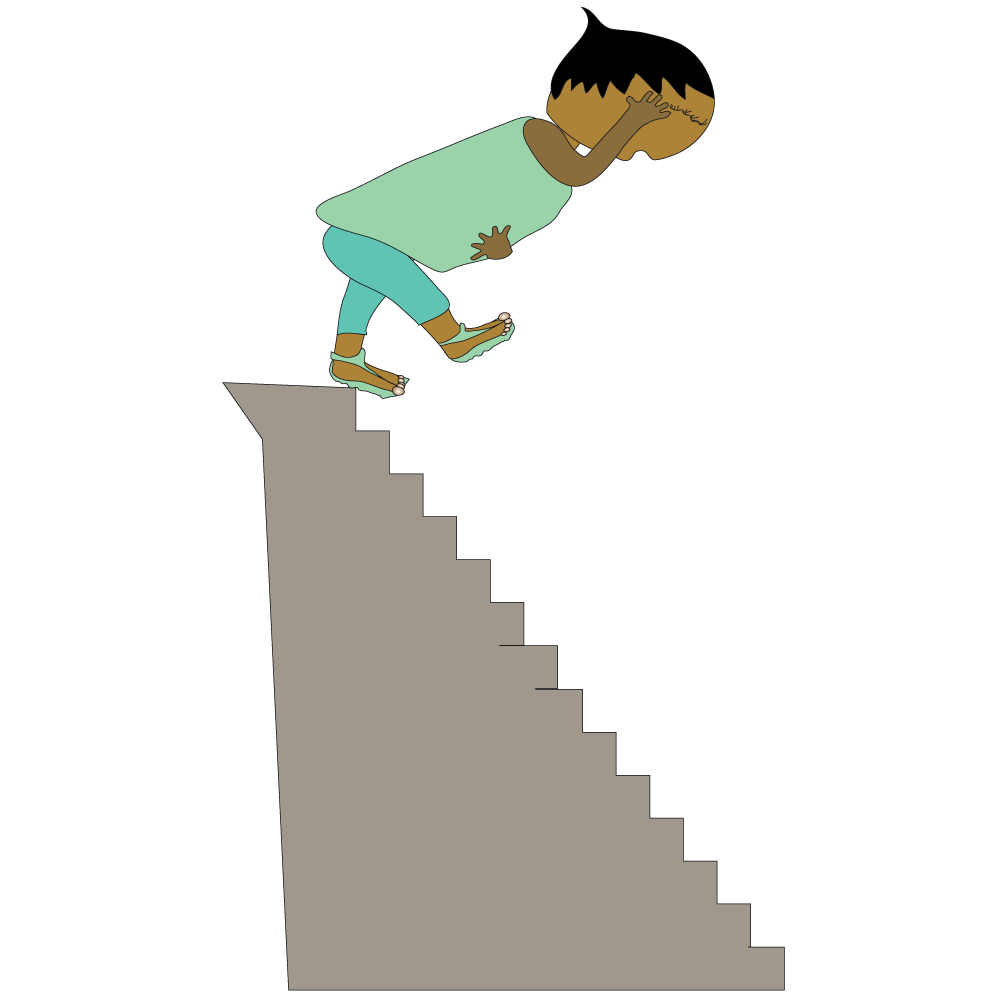
Possible consequences
Throwing yourself downstairs of off a roof can cause serious injury to yourself and will probably not dislodge the foetus.
Hitting or pummelling lower abdomen

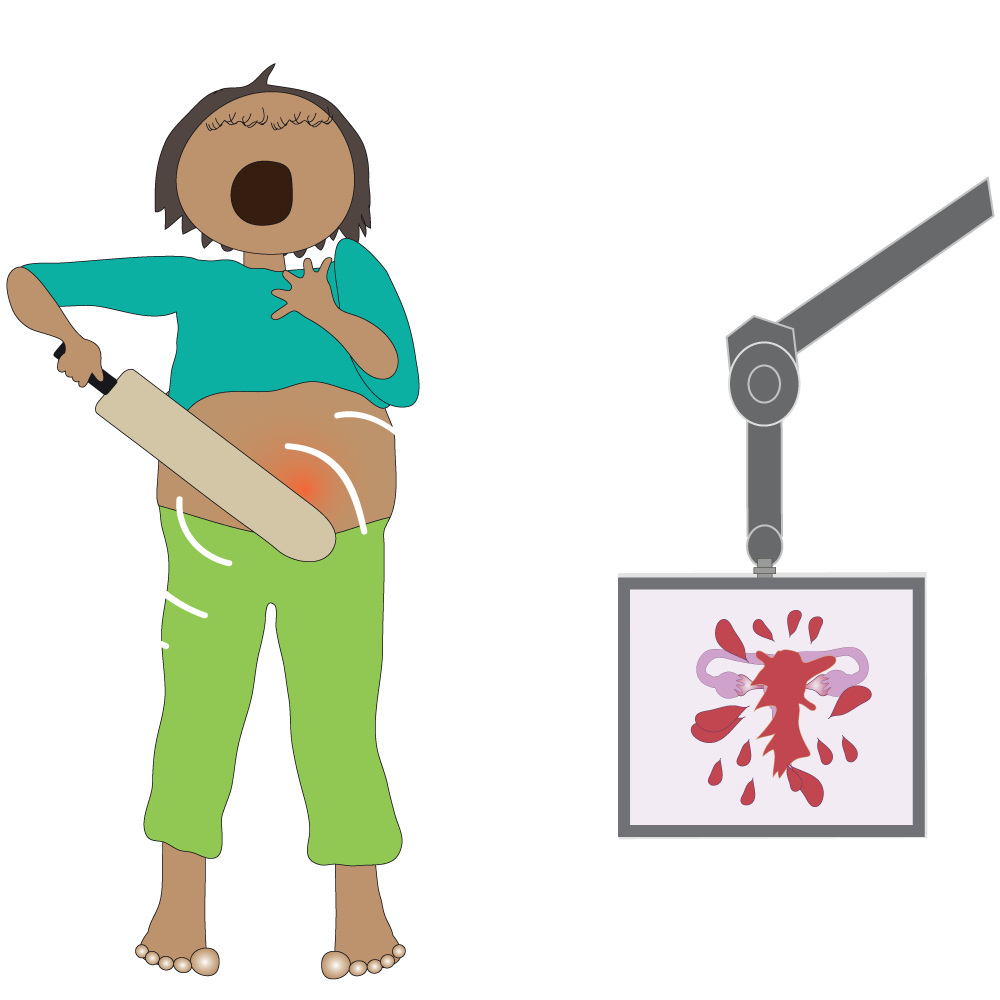
Possible consequences
Sometime girls think that hitting or pummelling the lower abdomen will end the pregnancy. This practice can burst the uterus and kill the girl instead.
Lifting heavy things


Possible consequences
This will not dislodge the foetus but can cause serious injury to the girl’s back, limbs or muscles.
Herbs and / or other substances


Possible consequences
Drinking toxic substances can lead to poisoning, burning of the skin and damage to the foetus without causing an abortion.
Quinine (a malaria drug) is sometimes offered. This is not a safe practice.
Inserting objects into the vagina


Possible consequences
Tearing the uterus causing excessive bleeding, infertility and even death.
Abortion Quiz
True or false
- Any girl can choose to have an abortion.
- An abortion needs to be done as soon as possible.
- There are two types of abortions, surgical or drugs.
- Abortions done in healthcare settings are very safe.
- Most abortions happen in the first 12 weeks of pregnancy.
- Abortion is legal in South Africa.
- Jumping off a roof will probably break a bone, not abort a foetus.
- Traditional healers are not trained to perform abortions.
- Abortion pills brought from the side of the road are dangerous to use.
- Sometimes deciding to have an abortion can make you feel sad.
- It is good to have someone you can trust to help you at this time.
- You have a right to get respect from your health care provider.
- Nobody can force you to have an abortion if you do not choose to have one.
All answers are true

A miscarriage is the natural loss of a foetus before the 20th week of pregnancy. Pregnancy losses after the 20th week are called stillbirths. Miscarriage is a naturally occurring event, unlike medical or surgical abortions.
Miscarriages are quite common (about one in five pregnancies will end in miscarriage) and usually happen in the first trimester (three months) of pregnancy.
In most cases, miscarriages occur because of changes or problems with the foetus that happen during conception, of during early foetal development.
Lots of girls don’t even know they have had a miscarriage, thinking it is just a heavy period.
The symptoms of miscarriage can be cramps, blood spotting, pain in the stomach or back, weakness and heavy menstrual flow.
Factors that can increase the risk of miscarriage are:
- Smoking
- Drinking
- A history of miscarriages
- Age
A premature (or preterm) birth is a pregnancy that ends before the 37th week and results in an infant that is born alive. The infant is often very tiny with a low birth weight. Sometimes the baby is placed in an incubator (an enclosed cradle) that keeps the baby warm and protects it from germs).
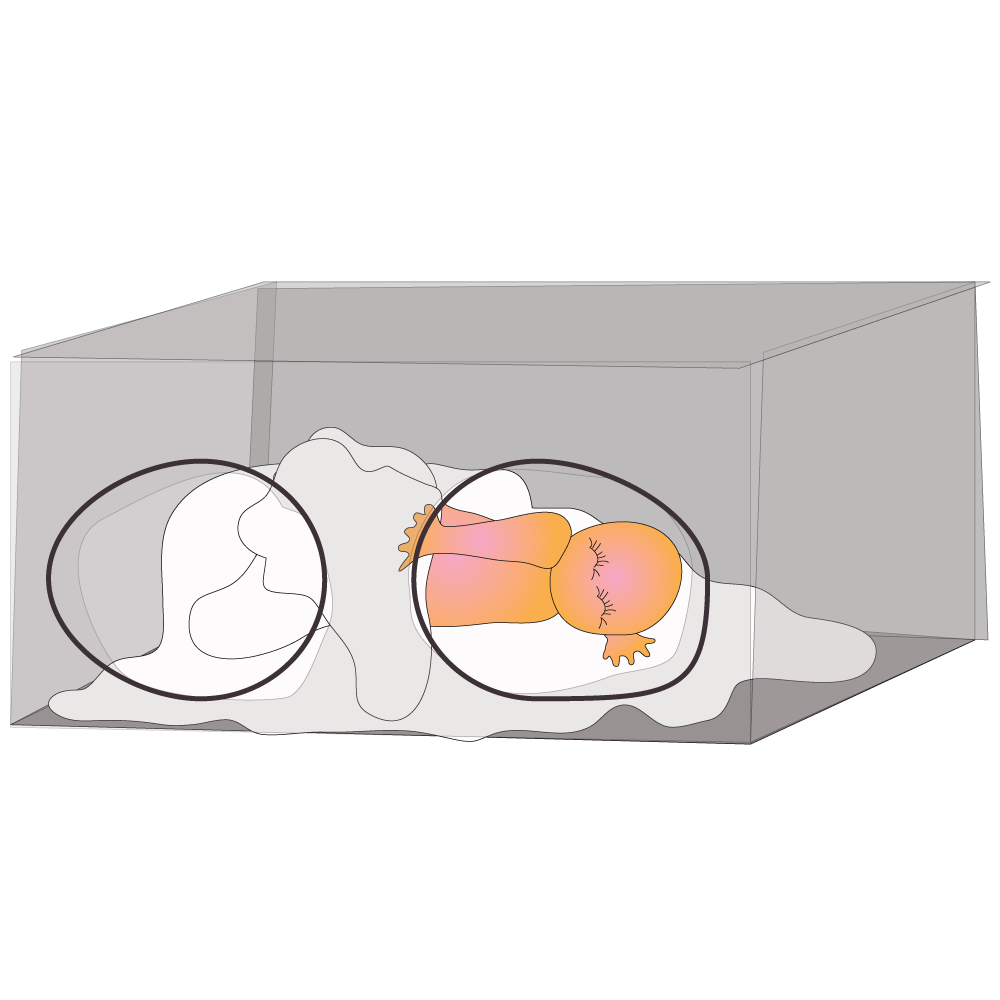
Preterm baby in incubator
When the foetus dies in the uterus or during delivery.
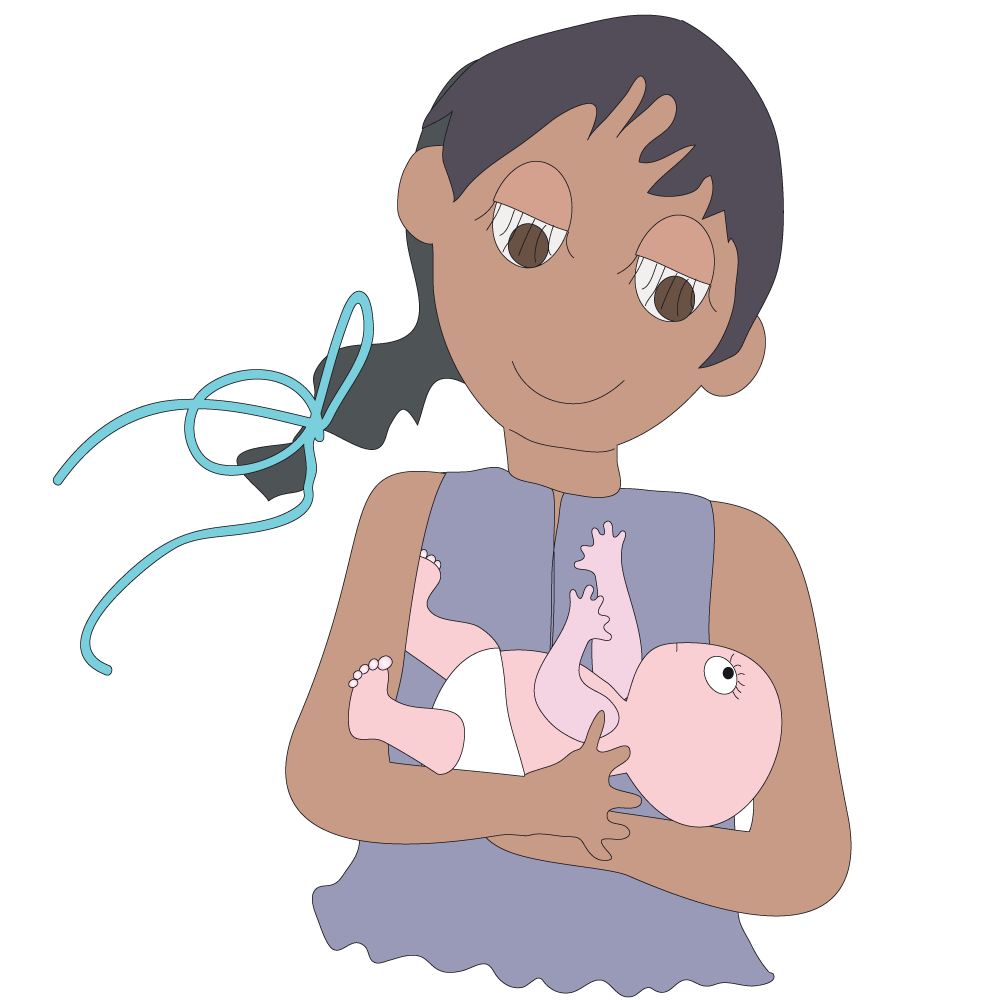
If you have not been shown how to breastfeed your baby, the following information will provide some tips.
Feeding your baby is more than just providing nutrition. It is about nurturing and comfort. Feeding time is a good time for holding your baby and making eye-contact, which is a good way to increase bonding.
In the case of HIV positive girls – ensure that health care personnel have confirmed your infant feeding choice.
Start with some LOVE

Before you start feeding, be sure that your baby is awake and alert.
A sleepy newborn won’t drink properly.
If it is warm enough, undress your baby down to her nappy, so that she has lots of stimulating skin contact with you while feeding. Stroke her gently and talk softly to her. You can even sing a little song if you want to. Make it part of your feeding routine.
Get comfortable

Babies as well as moms should be comfortable during breastfeeding. Your baby will feed better if she is well supported with her body closely and comfortably lined up next to you.
Use pillows or blankets in your lap to bring your baby up to the level of your breast.
Your arms will get very tired holding her at breast height through a feed. Use pillows and something under your feet to bring baby up and in towards you.
Bring the baby to the breast, not the breast to the baby
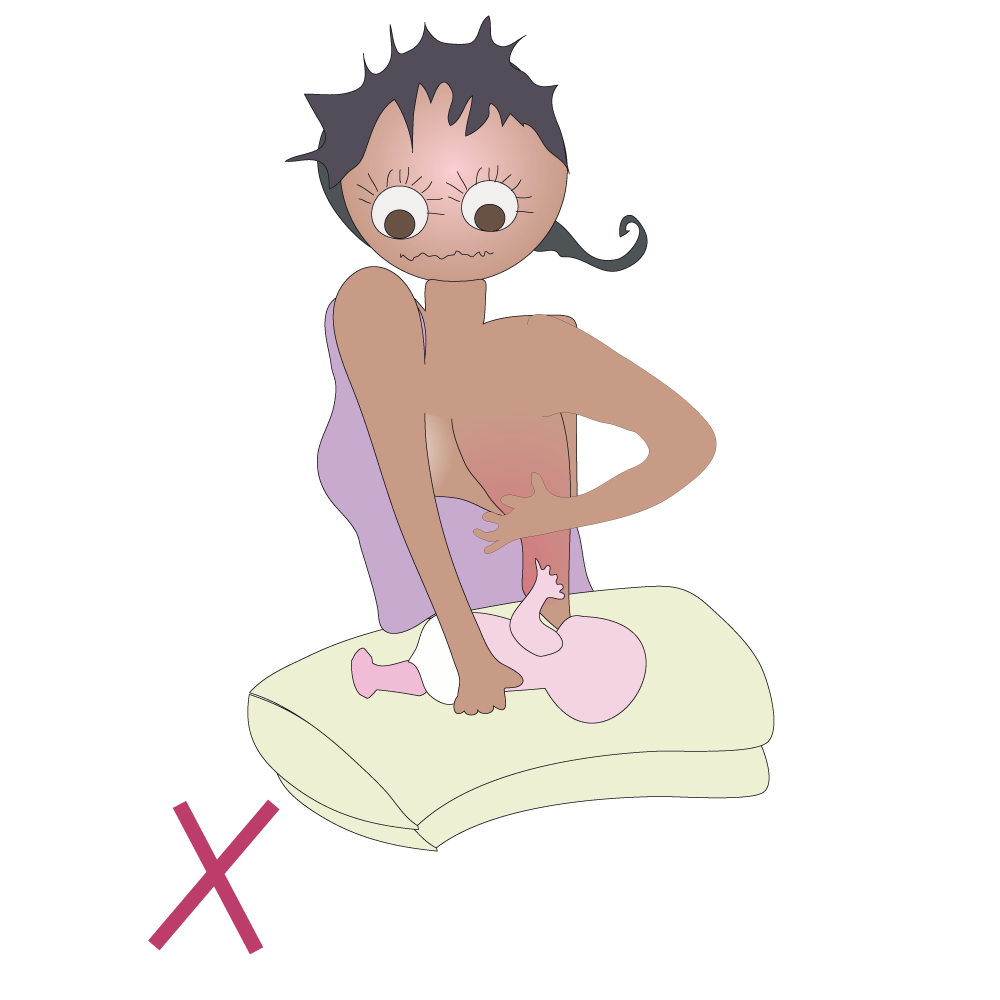

You can choose any position to breastfeed your baby, but make sure you find a comfortable position that fits the needs of your baby.
Some girls like to sit upright holding the baby like a cradle. This allows you to hold the baby with one hand and use the other to support or move your breast.
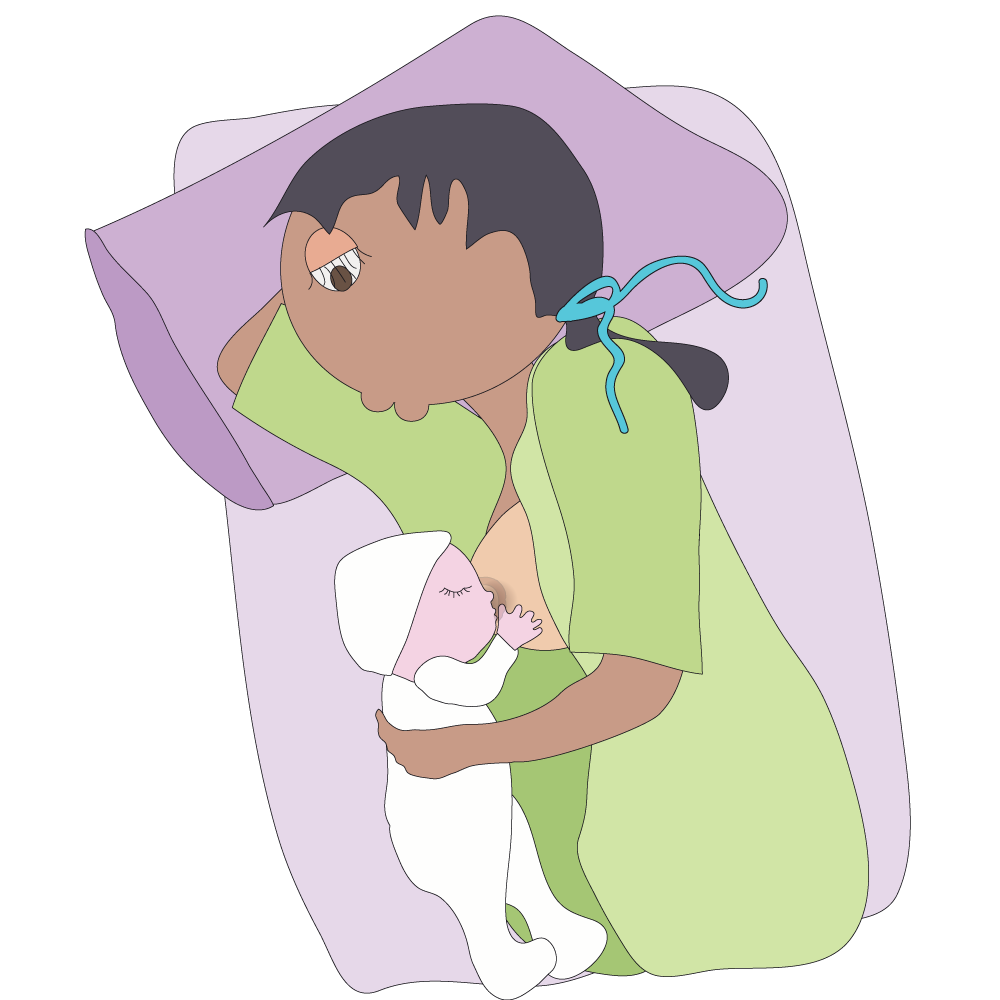
Some girls prefer lying on their side with the baby next to them.
These positions can change from day to day as the baby gets bigger.

If the baby is wriggling around too much, try wrapping her gently in a blanket with her arms tucked in.
Position of the baby whilst feeding
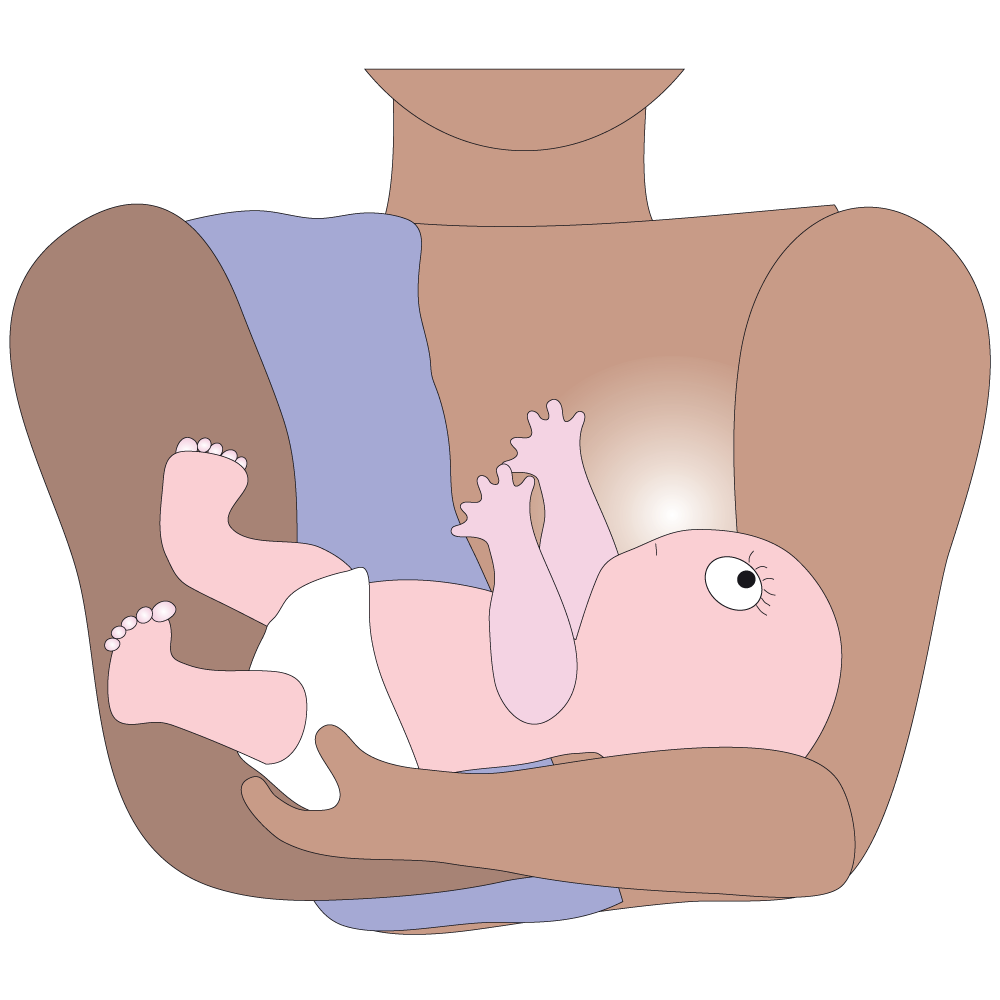
- Cradle your baby in your arm so that her neck rests in the bend of your elbow, her back along your forearm and her bottom in your hand.

- Then turn baby on her side so that she is facing you ‘tummy-to-tummy’.
- Pull her close to you, so that her body wraps around yours.
- Her head and neck should be straight and in line with her body, not arched backward or turned sideways.
- Baby should not have to turn her head or strain upward to reach your nipple.
- The breast should be right there in front of her mouth.
Latching on

Latching on means getting the baby’s mouth around the nipple in the proper way.
Babies are born with the instinct to latch on and suckle. They might just need a little help.
A good latch is one of the most important parts of breast feeding comfortably.
A good feeding position is the start of this. Remember ‘tummy-to-tummy’ and ‘chin-to-breast’.
If your baby is twisted it can make it more difficult to her to suck milk, and can make your nipples sore.
Older babies are more likely to move around while breast feeding.
Bad latch | Good latch
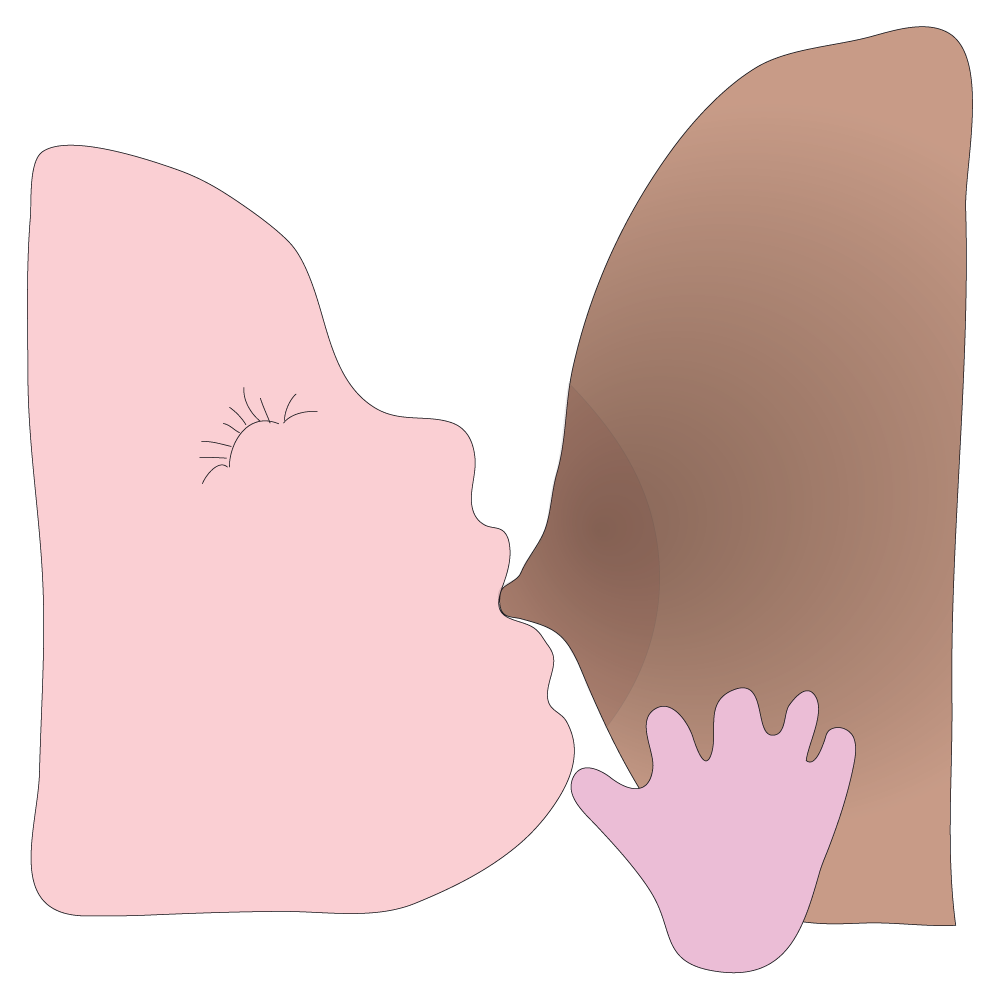
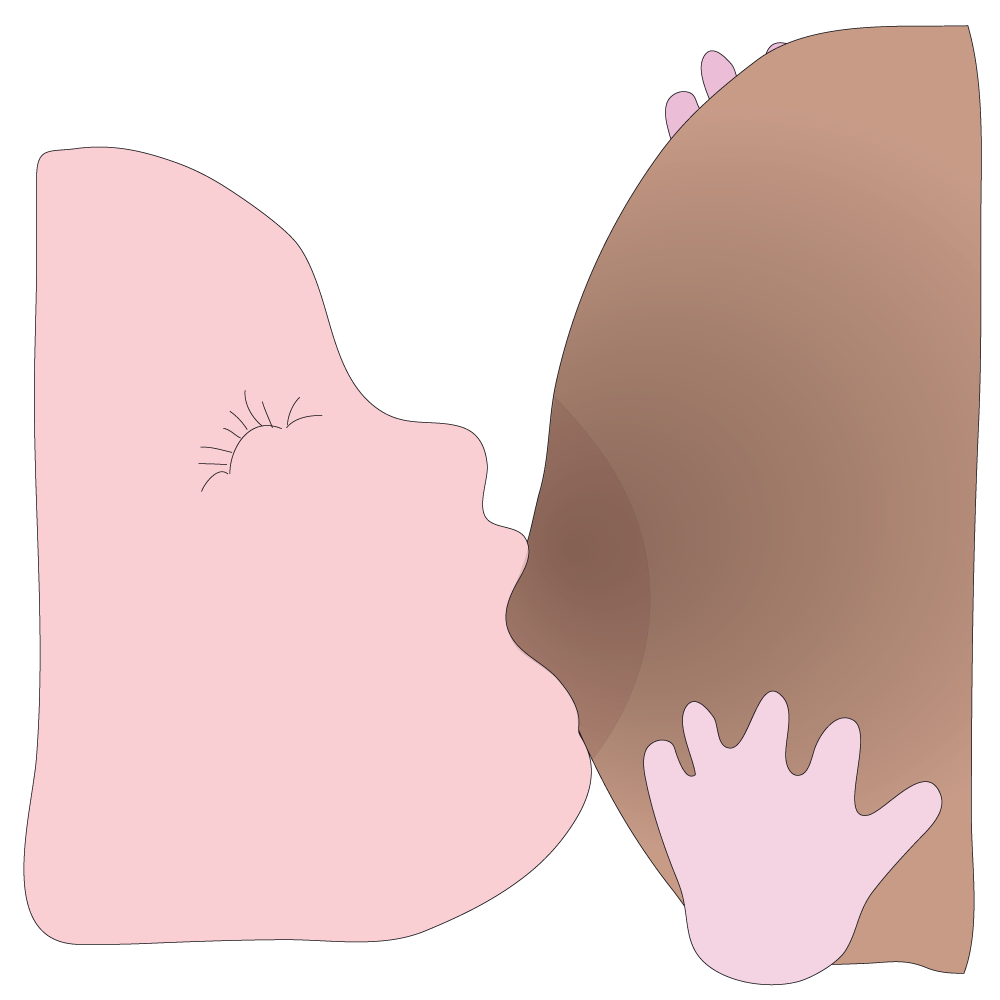
- Use your one hand to cup the breast and offer it to your baby.
- She should open her mouth wide enough to take a good portion of the areola tissue (darker portion of the breast) into her mouth.
- As she does this pull her closer to the breast.
If you didn’t get a good latch the first time, don’t leave the baby on your breast. This can cause sore nipples.
If you feel pain, break the suction by inserting a clean finger in the corner of her mouth, remove her from the breast and try again.
It may take many tries before you get a good latch
As your baby learns to breast feed, it will get easier.
How often must I feed my baby?
Each child is different, but a young baby can feed eight to twelve times in 24 hours.
Your milk supply adjusts to your baby’s needs, so it helps to feed whenever your child is hungry.
You will know if you’re providing enough milk if your baby:
- Has six to eight wet cloth nappies, or five disposable nappies in 24 hours
- Has soft bowel motions (poo) at least once a day in the first couple of months
- Generally settles after most feeds
- Has bright eyes and good skin tone
- Is gaining the right amount of weight for age of the baby
How do I know my baby is feeding correctly?

The baby should have her lips flared around the breast.

If you gently pull the baby’s lower lip down a bit (while she is feeding), the tongue should be curled around the breast.

You can also usually hear baby swallowing and watch her ears wiggling while she is actively sucking.
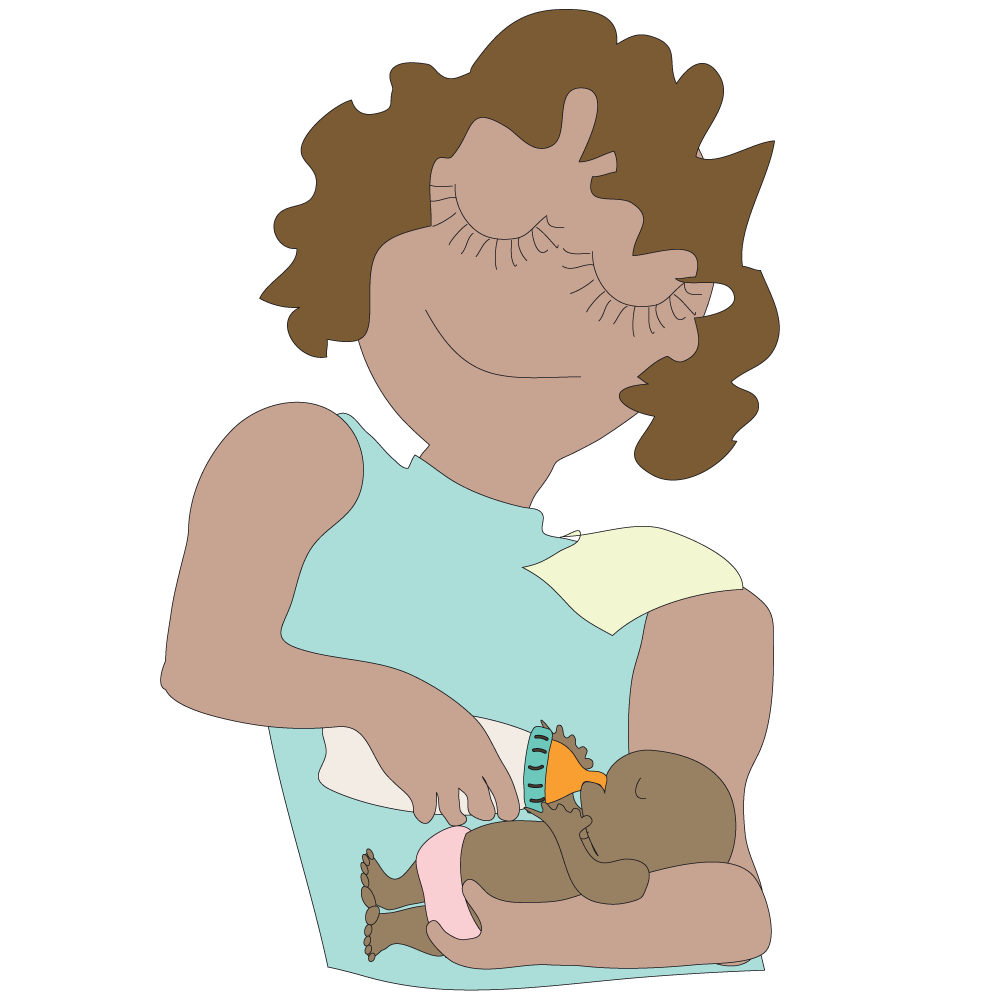
For girls who are unable to breastfeed or who decide not to, infant formula is a good alternative.
If you feed your baby with a commercially prepared formula and you follow the instructions, your baby’s nutritional needs will be met.
You will still be able to bond with your baby.
Whether with breast milk or formula, feeding is an important time of connection between mother and baby.
Safe preparation of formula milk

Formula feeding will require you to sterilise the bottles and teats. There are commercial products available to do this or you can use boiling as a method.
- Always use a marked cup or glass and spoon to measure water and a scoop to measure formula powder.
- Wash your hands before preparing a feed.
- Bring the water to the boil and then let it cool.
- Keep it covered while it cools.
- Measure the formula powder into the marked cup or glass.
- Make the scoops level.
- Put in one scoop of powder for every 25ml of water.
- Add a small amount of cooled boiled water and stir.
- Fill the cup or glass to the mark with the water.
- Stir well.
- Test the temperature by putting a couple of drops on the back of your hand or wrist.
- The formula should feel lukewarm — not hot.
- Don't warm bottles in the microwave. The formula might heat unevenly, creating hot spots that could burn your baby's mouth.
- Feed the baby using a bottle or cup.
- Wash the utensils.
What is bonding?

Bonding is the process by which the mom, the dad and the young infant make a special attachment and connection with each other. This is the start of building a deep lasting relationship that will be unique to them.
This natural (instinctual) bonding relationship draws the two of you together. The bond motivates you to pay close attention to your baby’s needs – to wake up in the middle of the night to feed, to notice when a nappy needs changing, and to understand what your baby’s different cries mean.
This bonding is the basis for the baby to develop his or her sense of self.
Why bonding is important
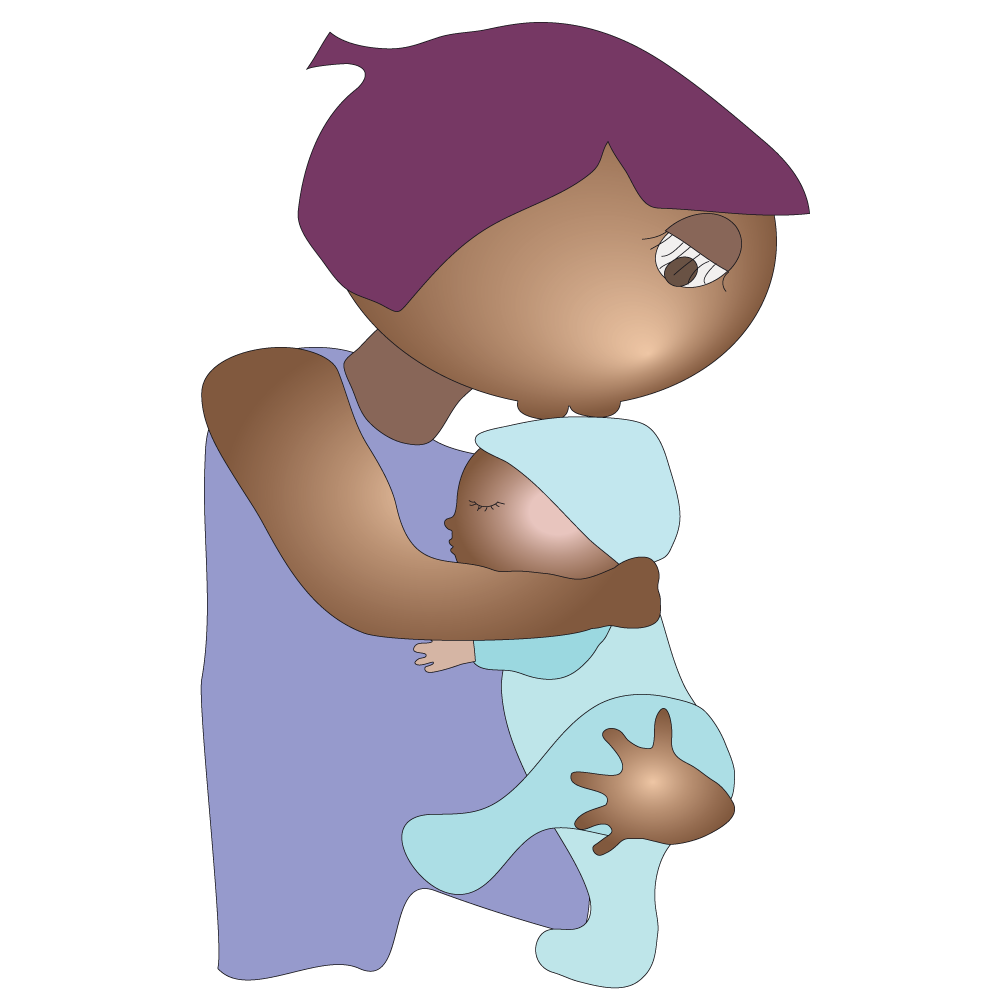
The attachment bond is the deep, lasting relationship that develops between you and your baby in the first few years of life.
Bonding plays an important role in your baby’s development (social, emotional, intellectual and physical).
The better the bond with your baby, the more your baby will thrive.
A good and secure bond provides your baby with an excellent (optimal) foundation for life – eagerness to learn, healthy self-awareness, trust and consideration for others.
An insecure attachment relationship, one that fails to meet your baby’s needs for safety and understanding, leads to confusion and difficulties in learning and relating to others in later life.
Sometimes it’s not so easy

The process of bonding and attachment happens naturally as you care for your baby but isn’t always easy.
As time goes on, it will become easier to understand the different cries, know what the signals mean and respond to your baby’s needs for food, rest, love and comfort. Try to be patient with yourself and your baby as you get to know and understand each other.
It is normal to feel uncertain, scared or disconnected at first. However, there are many things you can do to start building a secure bond with your baby.
How to build a secure bond with your baby
Take care of yourself!
- Bonding with your baby is good for you too.
- Bonding with your baby starts with taking care of yourself.
- Babies need to be in a quiet and alert state in order to bond, and so do you.
As hard as it may be, it is important to take care of yourself to enable bonding and attachment to occur.
- Try to get enough sleep
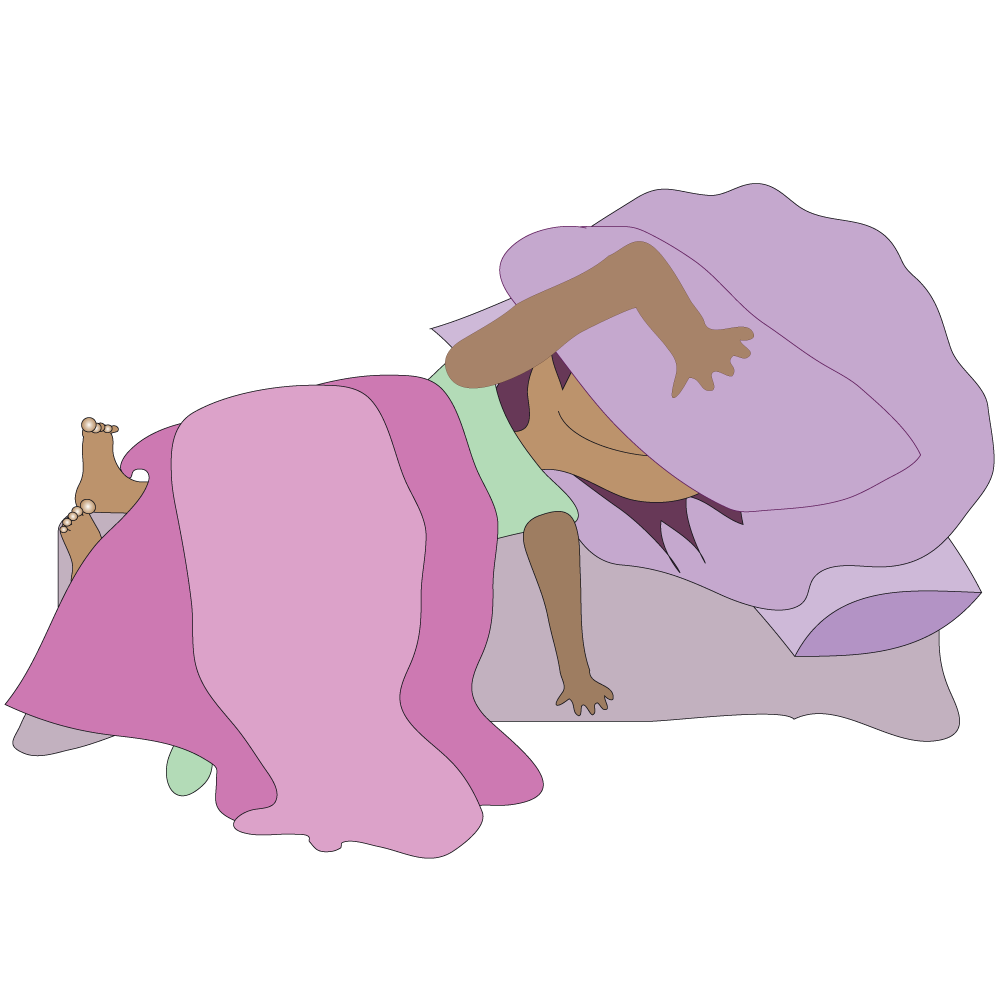
Too little sleep can make you grumpy and cross, with no patience or energy to do anything.
- Ask for support

Try to get as much help as you can from your family and friends.
Caring for a small baby is demanding, and taking some time away can help you look after your baby better.
- Go for a walk
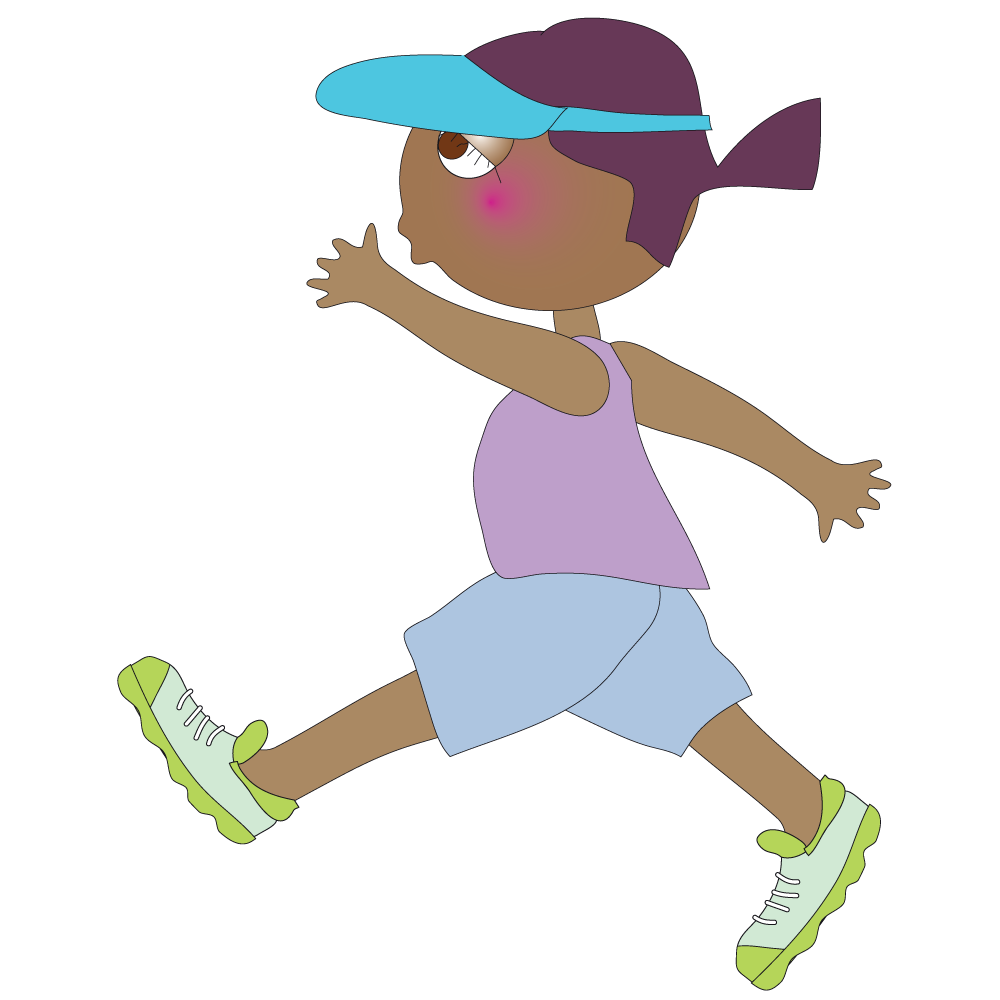
Ride a bicycle. Meet some friends for a cooldrink for an hour or so while someone you trust watches over the baby.
When babies develop a secure attachment bond, they are usually better able to:
- Develop trusting relationships with others
- Be more balanced emotionally
- Feel confident and good about themselves
- Enjoy being with others
- Recover more quickly from disappointment and loss
- Share their feelings and seek support
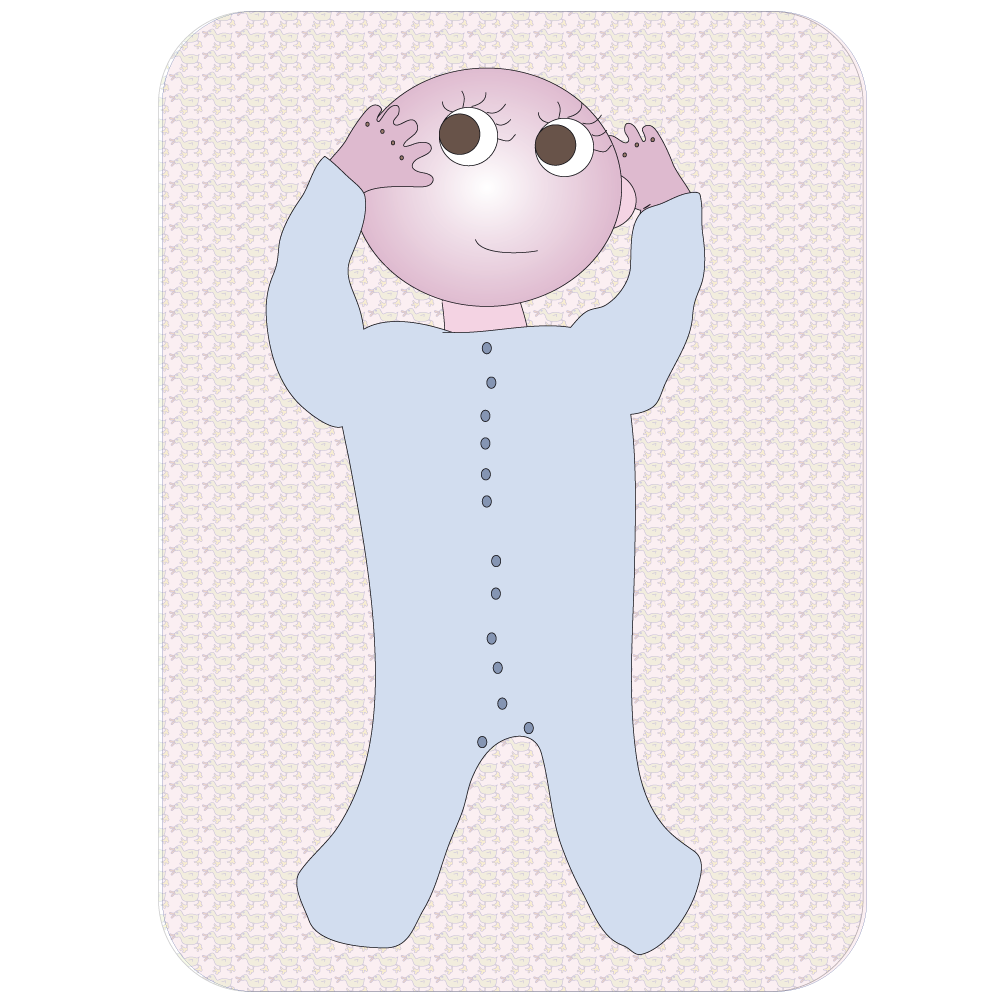
Creating a secure attachment with your infant may take a little effort, but the rewards are huge for both of you.
Bonding plays an important role in your baby’s social, emotional, intellectual and physical development.
Good bonding helps with development
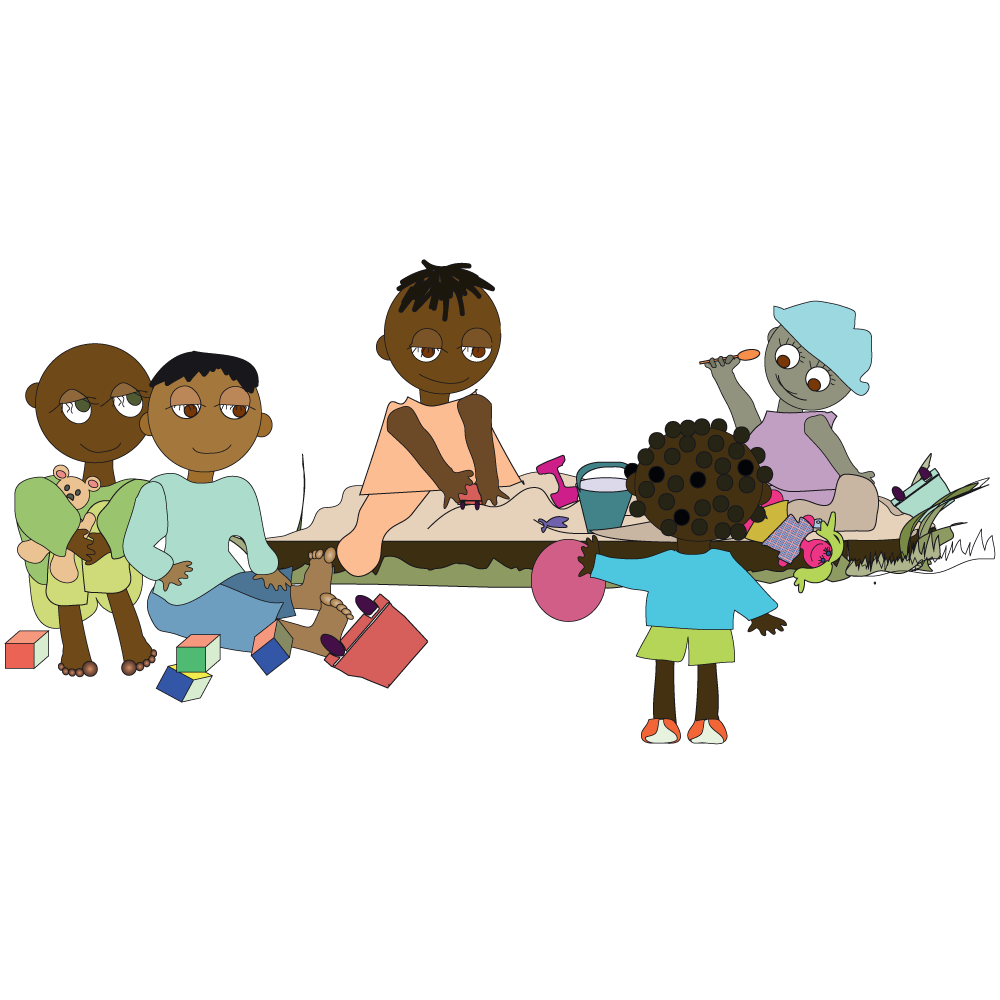
- Social – able to be with others more easily.

- Emotional – able to show emotions and bounce back more easily.
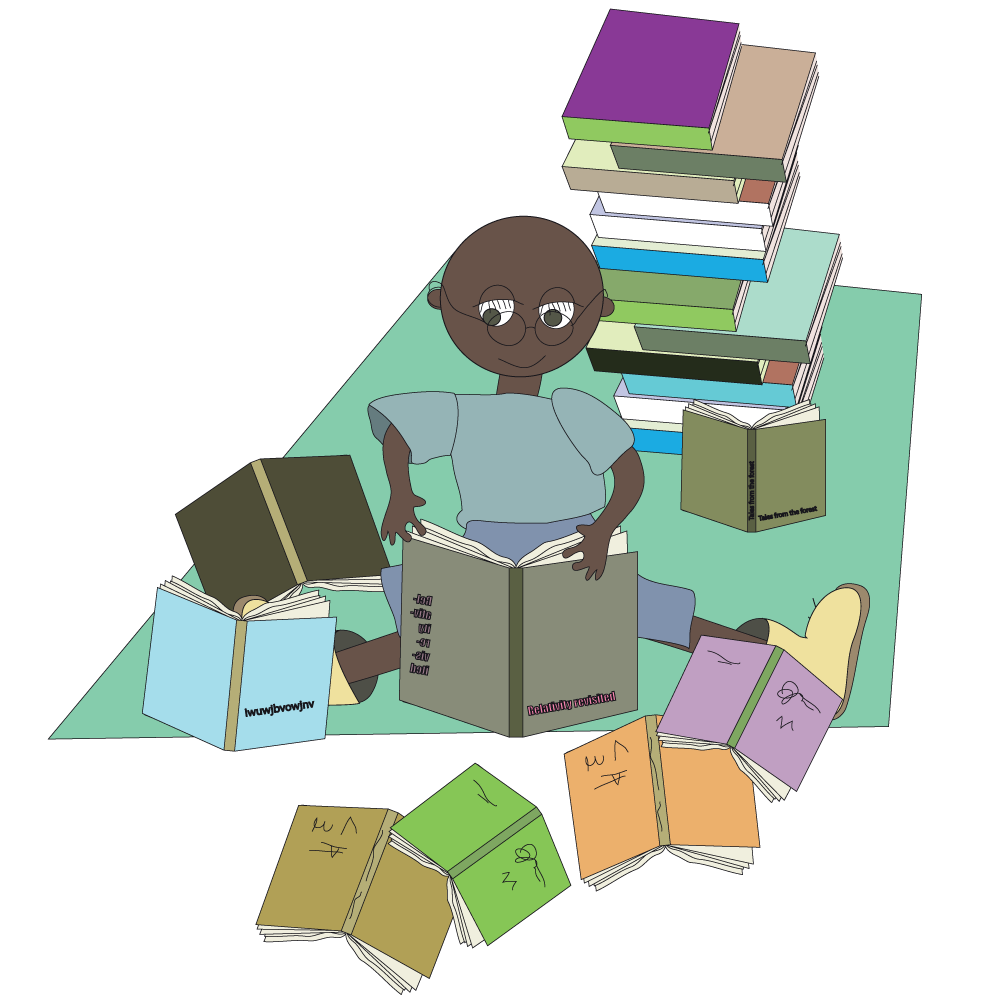
- Intellectual – able to learn more easily.
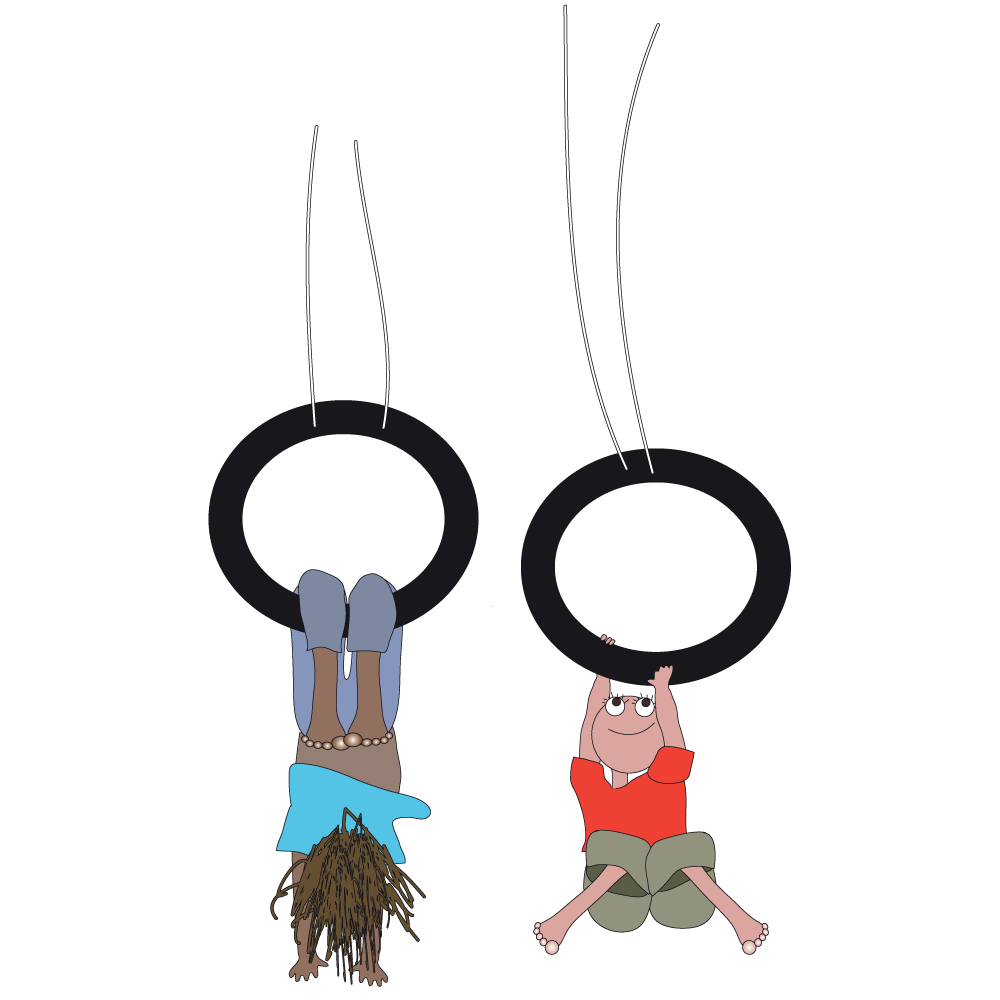
- Physical – stronger and healthier.
Some things to think about before falling pregnant
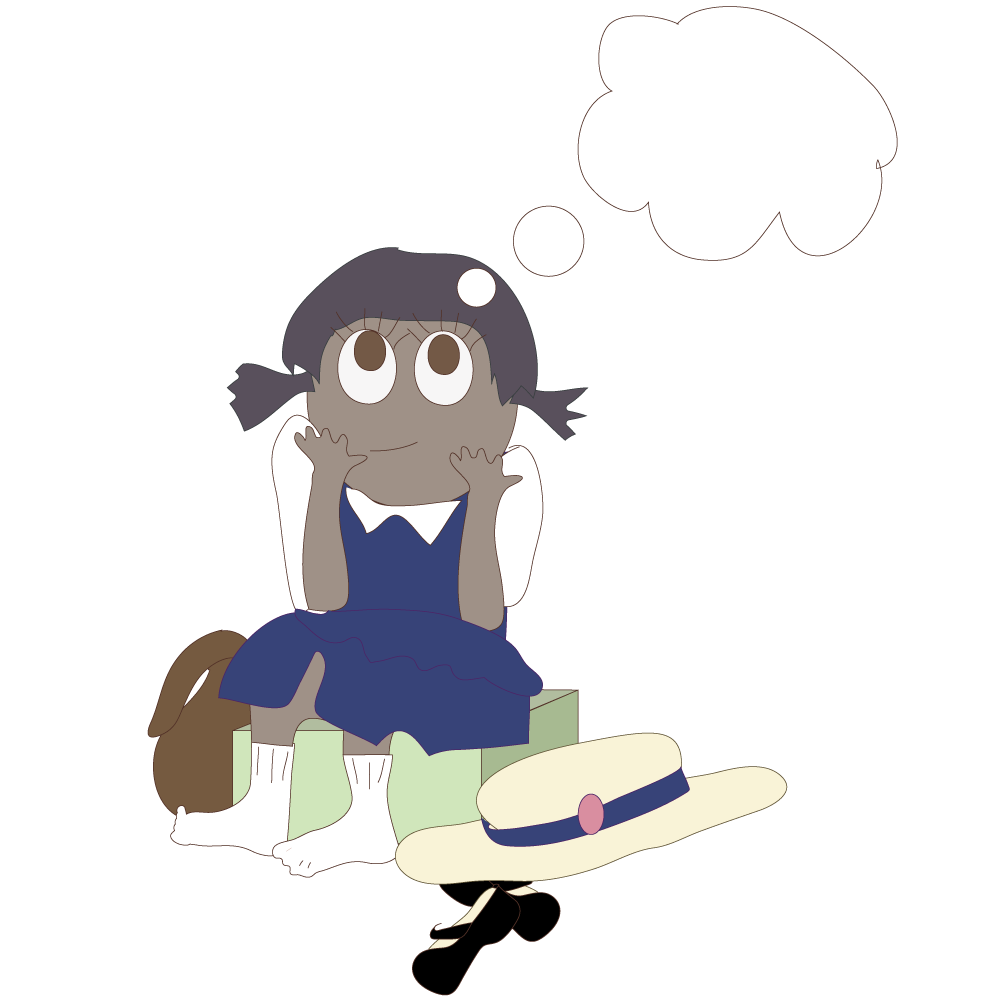
Girls are more likely to fall pregnant:
- If they drop out of school (because of poverty or poor school performance)
- If they grow up in an informal settlement and rural areas
- When both parents are (but particularly when the mother is) absent from the home
- Where stigma about adolescent sexuality is present
- Where there is no open communication about sex
- Where there is little knowledge about conception and contraception
- Where there is a shortage of judgement-free health services
- Where condoms and/or family planning services are not available
- When younger girls are involved in relationships where men or boys decide the conditions under which sex happens – this is often forced sex (rape) or coerced sex (pressured, tricked or threatened sex)
- When girls struggle financially and exchange sex for money, food or gifts
- Where there is gender inequality
- When girls have lots of sexual partners at the same time
- When girls have older sexual partners
- When there is no knowledge of sexual and reproductive health rights
Sometimes there is no one to talk to or to help guide you through deciding about having unprotected sex and falling pregnant.
The reality of having a baby is not something that is easily taught or shown.
It is difficult for a teenager to know what it is like to become a parent.
You can’t begin to imagine the possible consequences.

Here are some things to think about…
Lust and desire are all normal, but this doesn’t mean you are ready to have sex or get pregnant.
It is very easy to get “carried away” and have sex in a heated moment.
If you are old enough to have sex, you are old enough to protect yourself and your partner.
What if you get infected with HIV or other STIs?

- A good relationship includes closeness, caring and respect before sex happens.
- Sex will not make someone love you, fix a broken relationship or improve one that is bad.
- How much do you know about your body, about conception and contraception, ovulation and the facts about getting pregnant?
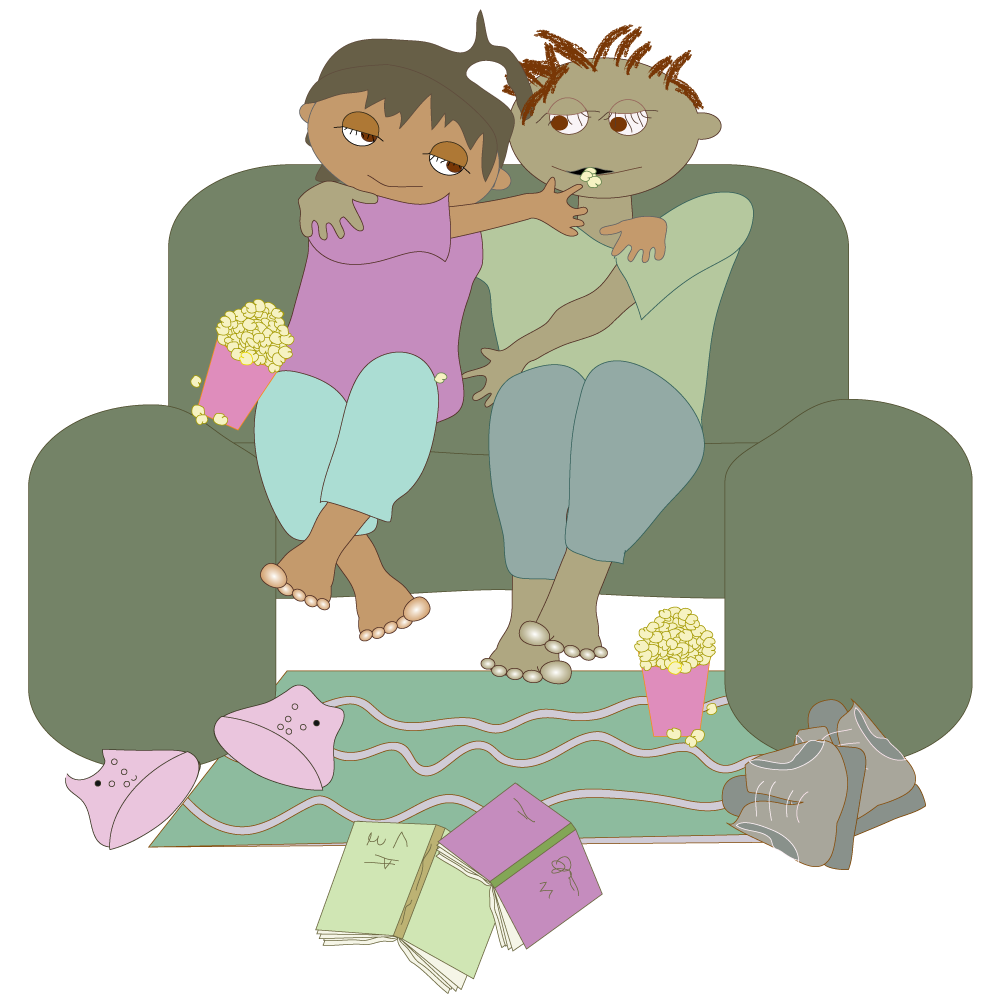
- Think about yourself and where you would like to be in three- or five-years’ time
- Think about the consequences of a wrong decision and how the rest of your life will be affected
- Would you continue with your education?
- What about your parents or caregivers?
- Will they support you?
- Will you be able to get a job to support the baby?
- How will a pregnancy affect your life in the community?

- Are you ready to become a mom?
- If your boyfriend ready to become a dad?
- Lots of boyfriends want to be responsible for their child and want to be involved in the child’s life, but poverty often prevents them from fulfilling that role.
- Do you know that very few relationships survive the stress of teenage pregnancy?
- Teen mums run a very high risk of having another baby within two years of the first.
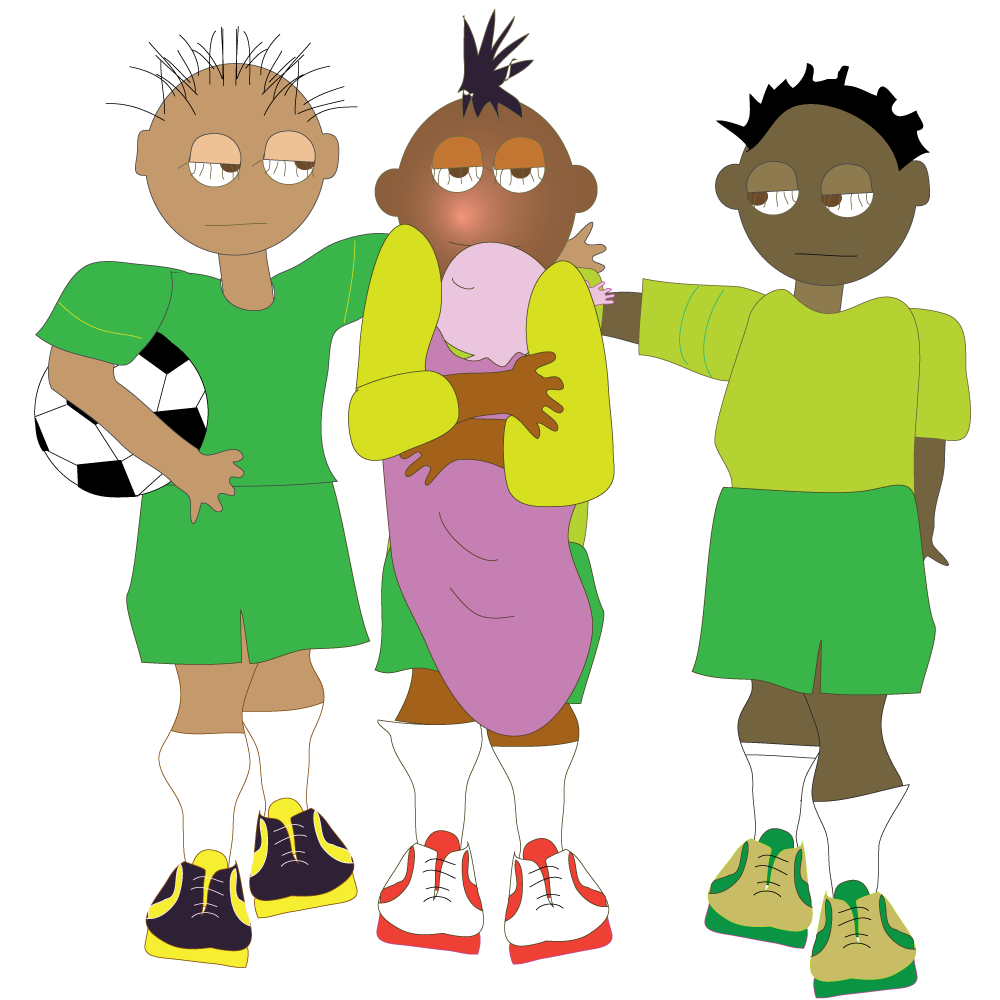
- What about the future of the baby?
- Who will look after the baby?
- Who will pay for the baby?
- Will your boyfriend help support the baby?
- How much is the child grant?
- What costs will it cover?
- How much does it cost to feed, clothe and raise a baby?
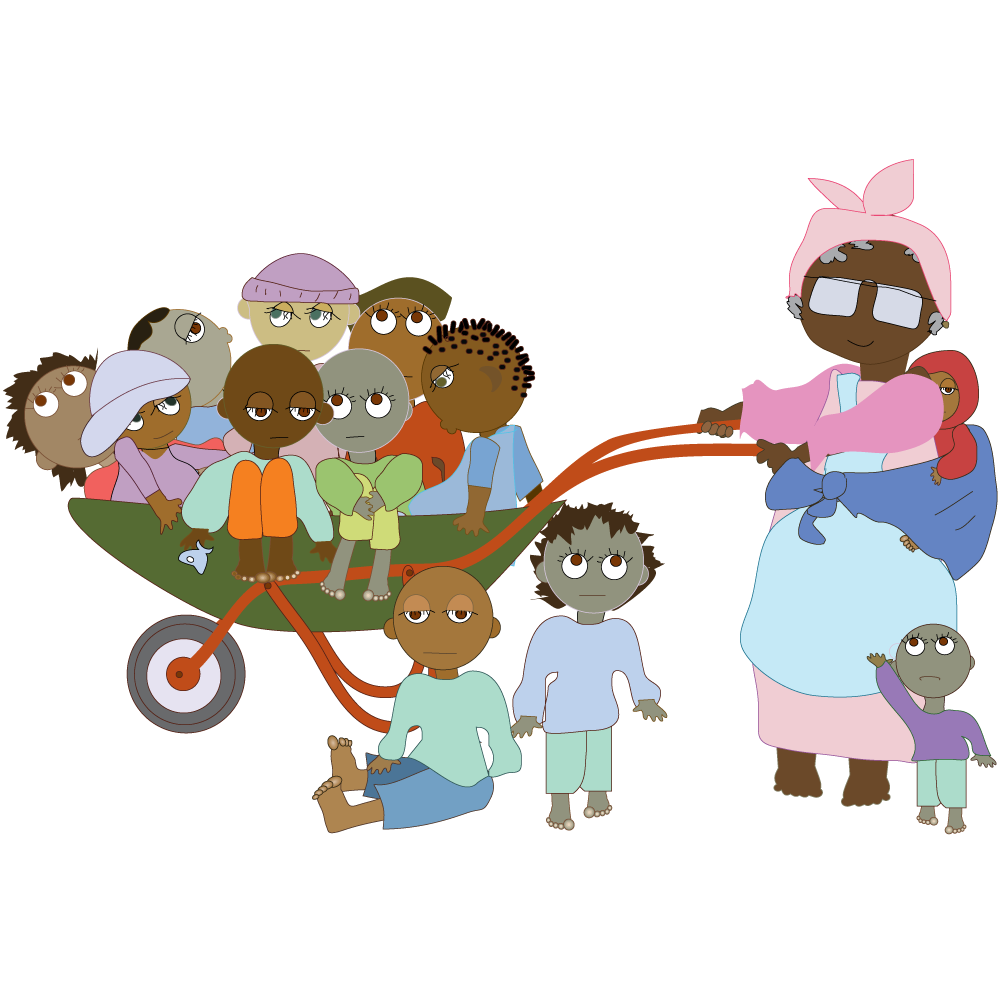
About younger fathers
Boys of a younger age who father babies are no different from girls. They tend to:
- Come from low-income homes
- Have poor school performance
- Low educational attainment (they don’t do very well at school)
- Have little or no financial resources to support their child or the mother
- They are often motivated to be part of their child’s life because they had no father in their lives, but very few have the money, and this leads to them absenting themselves from their child.
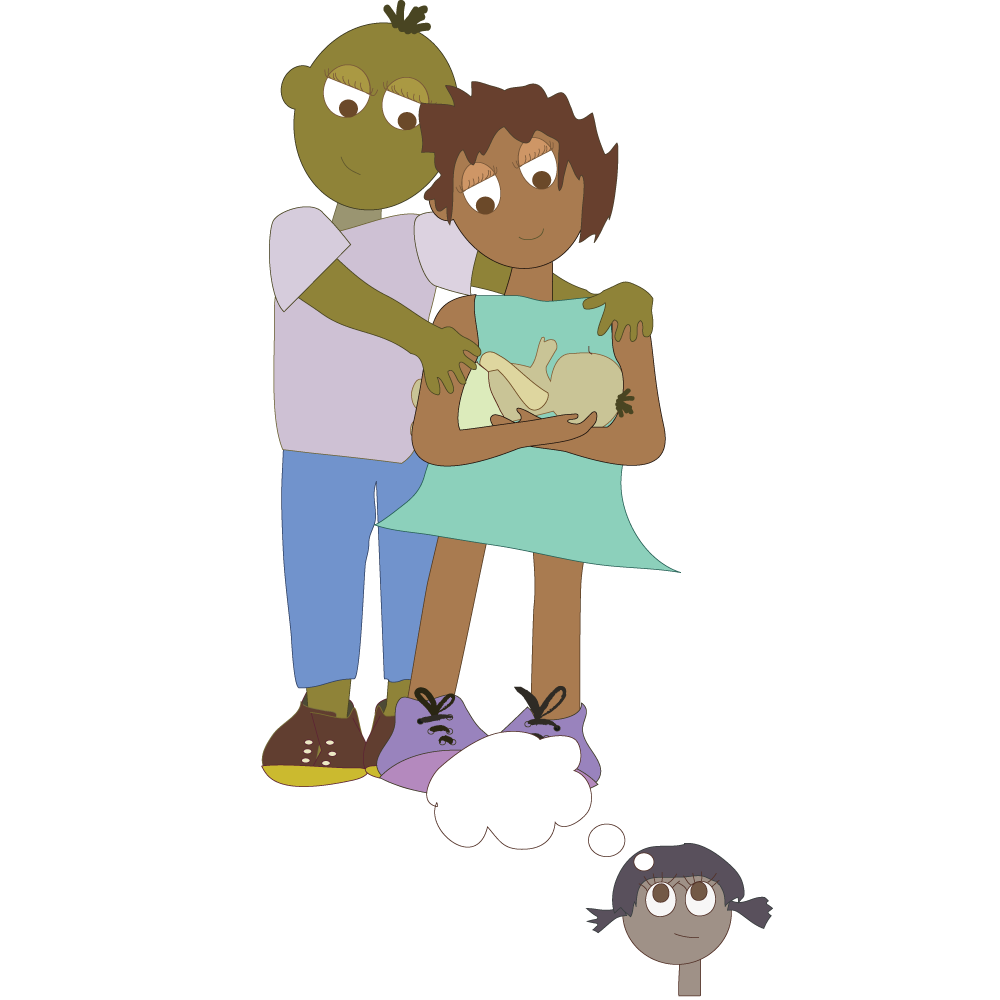
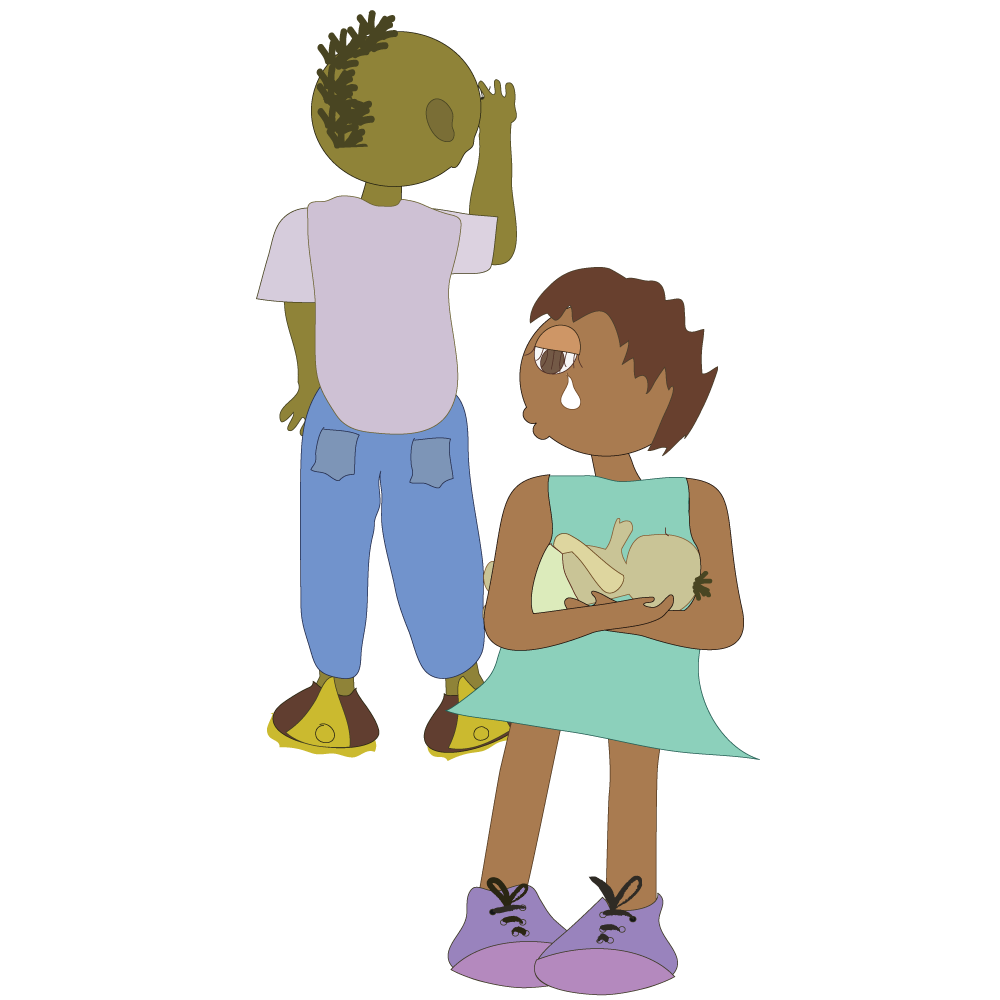
Health

Through having unprotected sex, girls put themselves at risk of not only becoming pregnant, but exposure to HIV and STIs. A very high percentage of teen mothers are also HIV positive.
Teen pregnancies have more chance of problems (complications) during the pregnancy and a higher risk of dying in childbirth.
Higher risk of low birthweight of baby and a higher risk of infant death.
Mental Health
Unwanted teenage pregnancy can be an incredibly stressful time.
Many girls have to confront the difficulties of being a single mom and are left to face the consequences with little support from family, friends or the baby’s father. They often have to live in hostile environments. They often live with terrible shame.
Depression is common (and often undiagnosed) and has significant implications for mother/ baby attachment.
If you are feeling overwhelmed, sad and depressed, ask your health care team to refer you to a place where you can emotional and psychological support. And please get support for yourself and your baby.

Education
Teenage pregnancy has far-reaching consequences, and pregnant girls are often faced with stigmatisation at school (and in the community). They often get very little or no support from families, school and healthcare facilities.
Teenage pregnancy has harmful effects on the education and future plans of the girl. Balancing motherhood and education is often an overwhelming experience for teenage mothers. Irregular school attendance and poor school performance during and after pregnancy often leads to the girls dropping out of school. This inevitably influences future work opportunities and careers negatively and contributes to unemployment among the youth.
Pregnant girls experience mental and emotional stress from discussions with parents, disclosure to the unborn child's father, peer rejection and isolation, having to leave school, stigmatisation and fear.
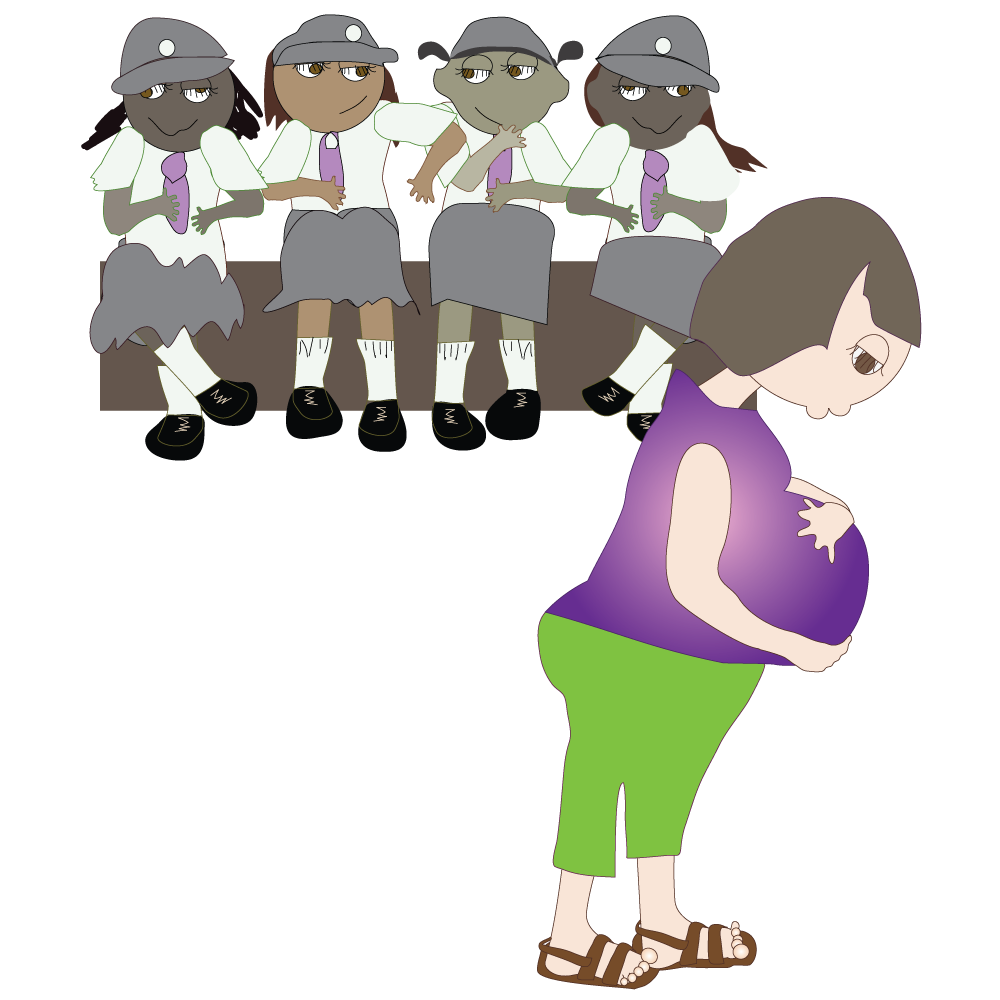
Economic
Babies are very expensive. Feeding, clothing and educating another person can cause:
- Income of the family to be lower
- Level of poverty to become higher
- The child is most likely to be poor (it’s very hard to break the cycle)
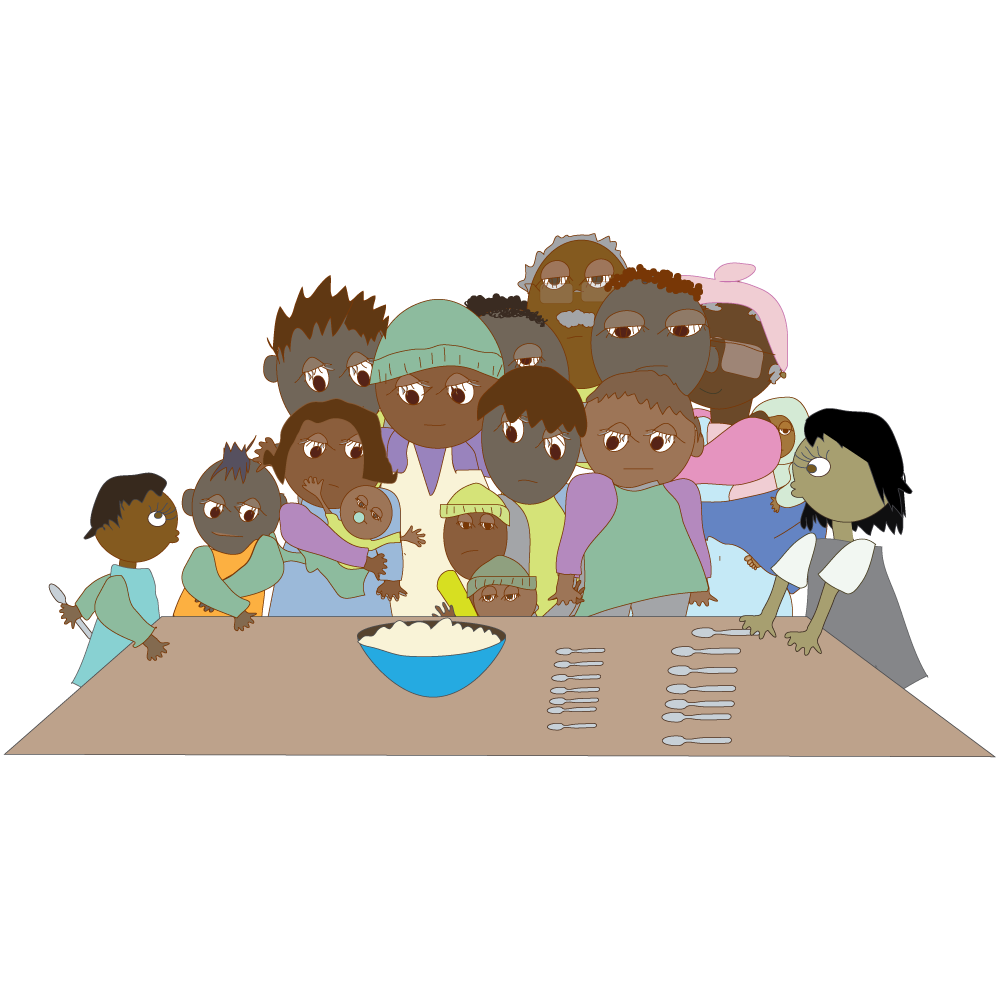
Social – in the community
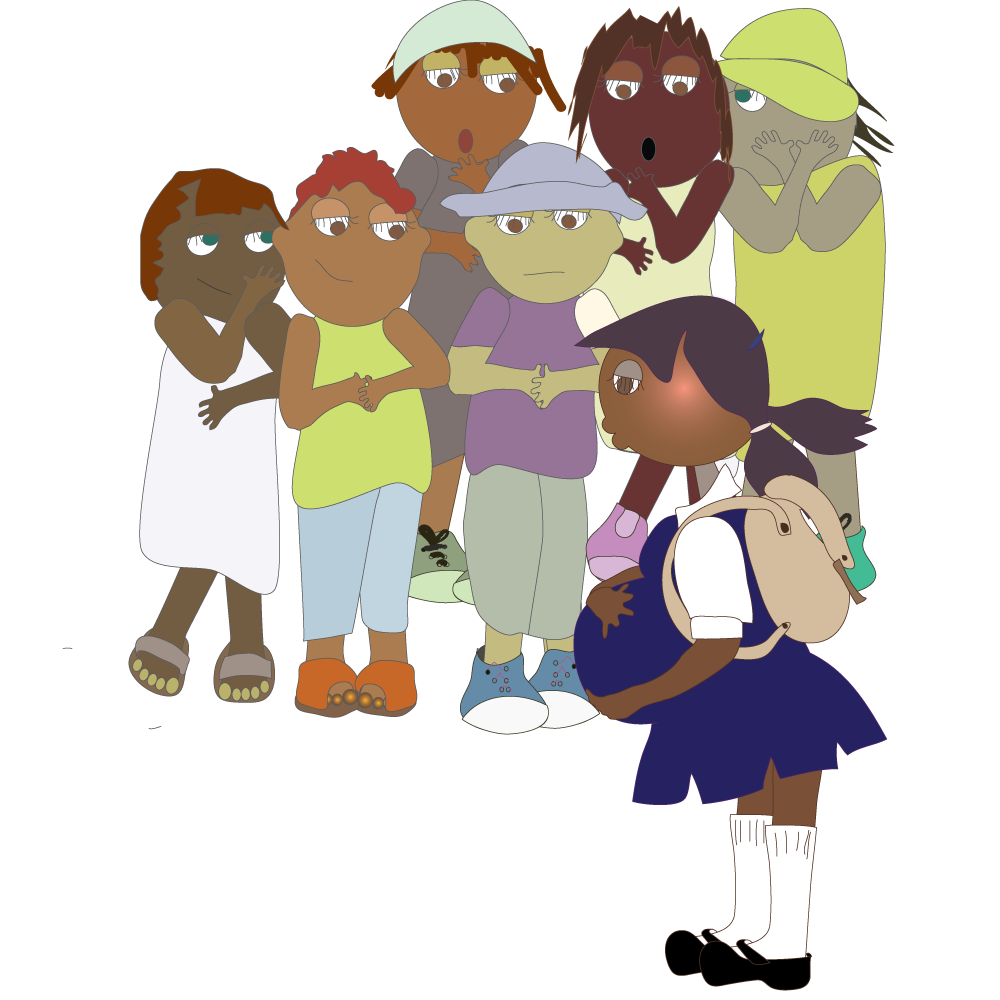
Sadly, a pregnant girl takes the brunt of the consequences of teenage pregnancy, including:
- Stigma and discrimination
- Less chance of marriage
- More chance of being abused
- Unsupportive living conditions for a child
- Increased behaviour problems among
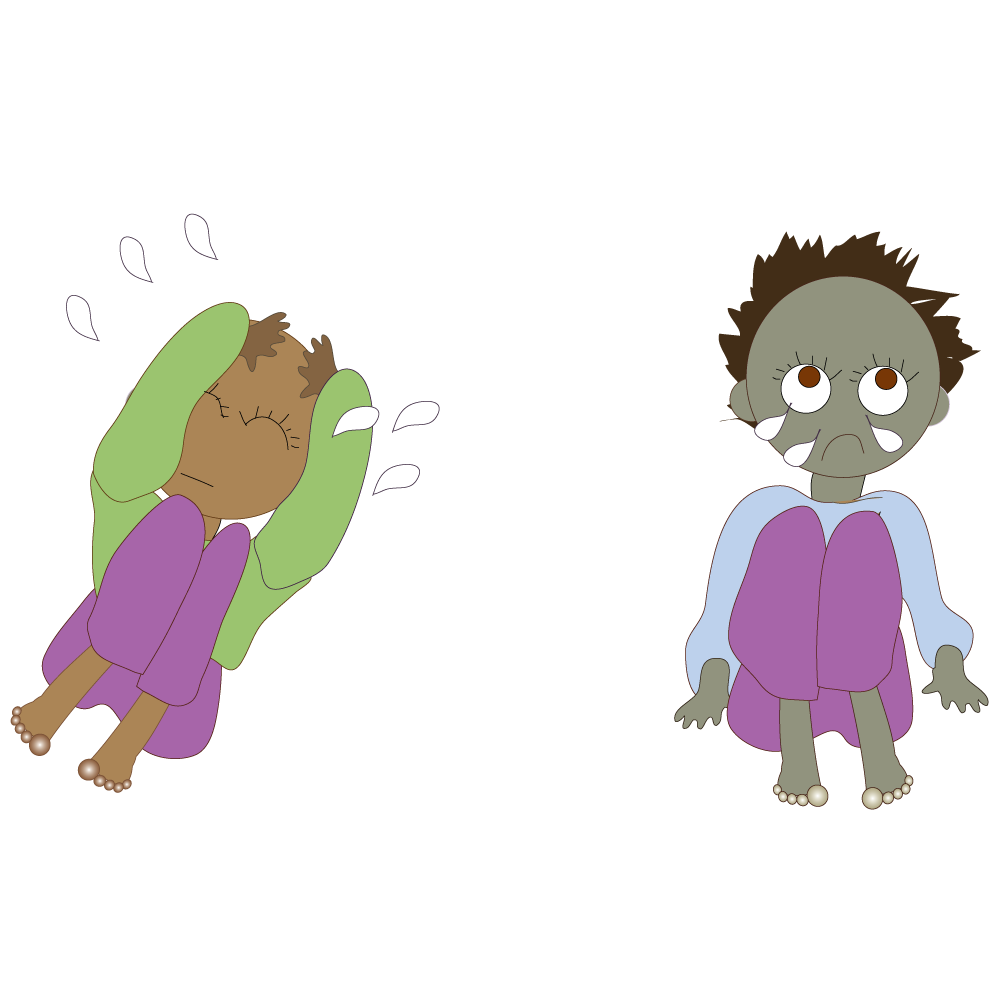
Quiz
- Will you go back to school?
- How will you feel about your classmates possibly being in a higher grade?
- How do you think your classmates will feel about you?
- Will your future education be disrupted?
- What might that mean?
- What kind of future will your child face?
Ukukhulelwa
Ukukhulelwa wukuthwala ingane eyodwa noma ngaphezulu, eyaziwa ngokuthi umbungu, ngaphakathi esibelethweni sowesifazane.

Uma une-HIV ukusebenzisa ngendlela efanele imishanguzo kuzosiza ukuvikela ingane yakho ukuba ingatheleleki ngegciwane le-HIV.
TKungaba nezingane ezingaphezulu kweyodwa (umbungu), njengokuba kwenzeka lapho kutholakala amawele noma amawele amathathu.



Okokuqala ake sibheke izitho zokuzala zowesilisa nowesifazane.


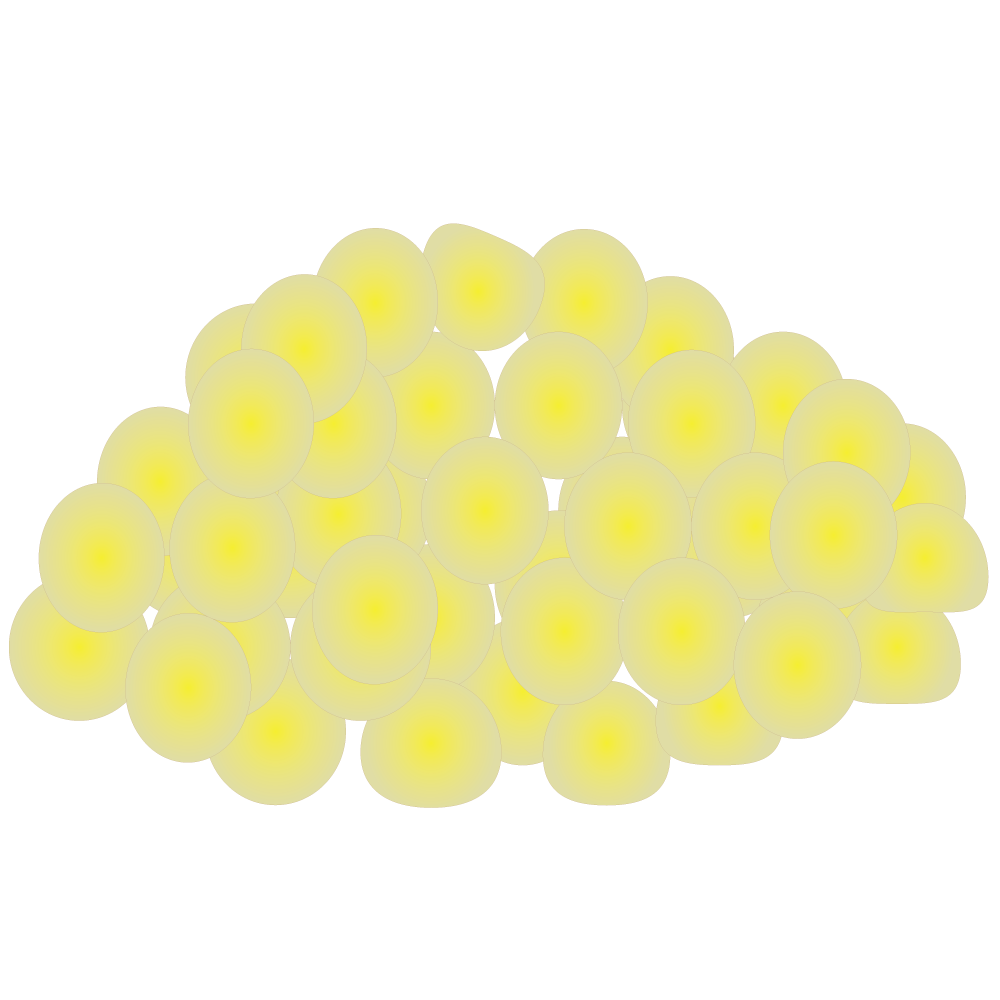
Kunezinkulungwane zamaqanda ngaphakathi kwama-ovari. Inyanga ngayinye iqanda liyavuthwa futhi liphume esibelethweni lingene eshubhini (fallopian tube) futhi lihambe libheke esibelethweni.
Kwesinye isikhathi kuphuma amaqanda amabili. Ukuze uthole ulwazi oluthe xaxa mayelana nokuzazi ngobulili, sicela uvakashele – Amawele.
Iqanda ngalinye linalo lonke ulwazi ngentombazane ngaphakathi kwalo.

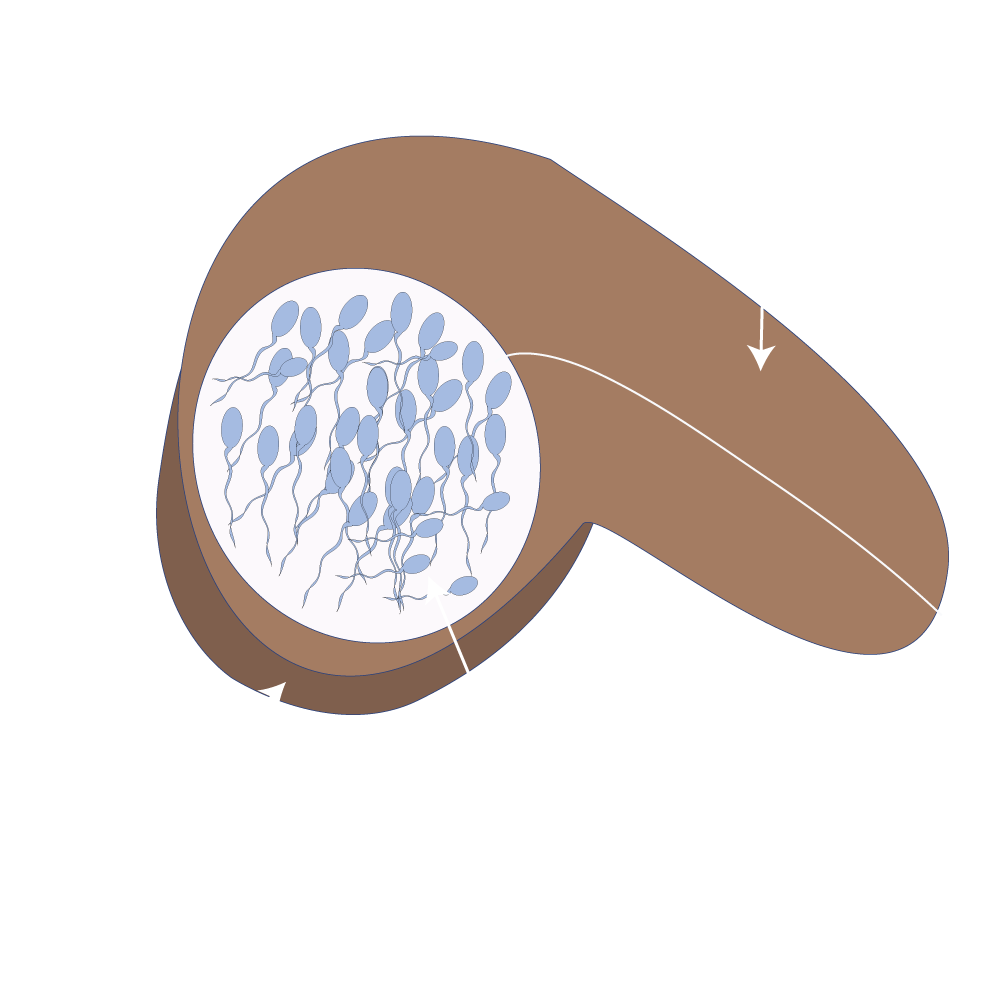

Ngesikhathi sokuthomba amankwahla aqala ukukhiqiza isidoda okokuqala.
Isidoda imbewu yowesilisa (noma amaseli okuzala).
Lapho isidoda sihlangana neqanda lowesifazane ingane iqala ukukhula.
Isidoda sibukeka sifana nonoshobishobi futhi sincane kakhulu. Udinga isibonakhulu ukuze usibone.
Isidoda ngasinye sinalo lonke ulwazi ngomfana ngaphakathi kwaso. Iqanda ngalinye lowesifazane linalo lonke ulwazi ngentombazane ngaphakathi kwalo. Ingane inolwazi lwabo bobabili abazali.
Kudingeka isidoda esisodwa kuphela ukuvundisa iqanda.
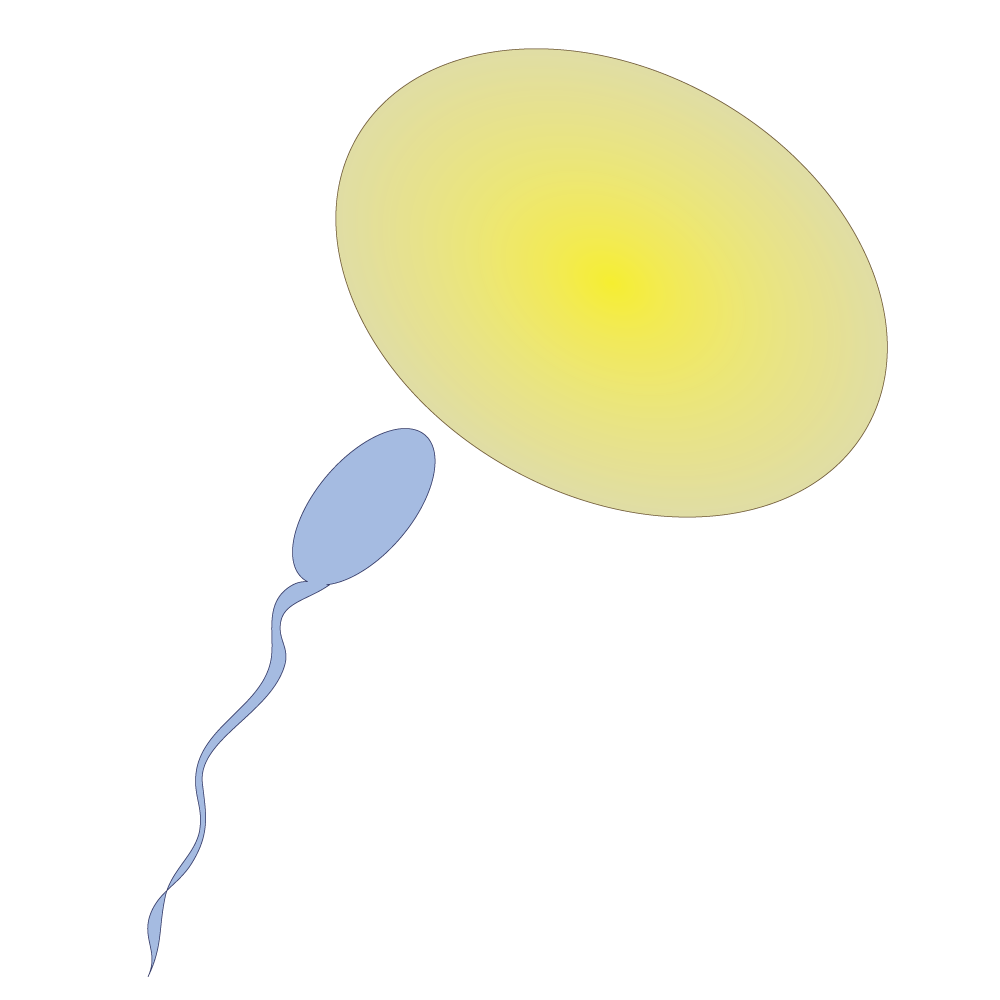


Ukuvundisa ukuhlangana kweqanda lowesifazane kanye nesidoda sowesilisa ngemuva kokuphuma kwesidoda ngesikhathi socansi.
Lokhu kuhlangana kwaziwa nangokuthi wukubamba. Futhi kungenzeka kuphela uma iqanda selikulungele lokho.
Ukubamba yilapho umuntu ekhulelwa emuva kokuvundiswa kweqanda.
Yonke impilo yomuntu iqala iyiseli elilodwa, elakheka uma isidoda sikababa sivundisa iqanda likamama.
Ukuvundisa ngokwejwayelekile kwenzeka eshubhini lenzalo likamama (fallopian tube), okuyilona elixhumanisa isibeletho kanye ne-ovari.

I-Ovulation yisikhathi lapho i-ovari idedela khona iqanda eselivuthiwe, bese leli qanda lihamba ngeshubhu lenzalo (fallopian tube). Iqanda selingavundiswa yisidoda.
Untwentwesi olwendlalele isibeletho seluyigqinsi lulungisela iqanda elivundisiwe.
- Ukwandulela ukuya esikhathini (ovulation) nokukhulelwa kuyahambisana.
- Ngokwejwayelekile, emjikelezweni wezinsuku ezingama-28, i-ovulation yenzeka cishe ngosuku lwe-14, kuthi usuku loku-1 kube wusuku lokuqala lokuya esikhathini.
- Ngosuku lwe-14 i-ovari idedela eliphila amahora ayi-12 kuya kwangama-24 ngemuva kokushiya i-ovari.
- Ngokujwayelekile linye kuphela iqanda elidedelwayo ngenyanga.
- I-Ovulation inokuphazanyiswa yingcindezi, wukugula noma ukuphazamiseka kwezinkambiso ezijwayelekile.
- Amantombazane athile angase abone kuphuma igazana ngesikhathi se-ovulation.
- Ukunamathela kweqanda elivundisiwe ngokujwayelekile kwenzeka ezinsukwini eziyi-6 kuya kweziyi-12 ngemuva kwe-ovulation.
- Intombazane ngayinye inezigidi zamaqanda angavuthiwe alindele ukuqala kwe-ovulation nyanga zonke.
- Ukuya esikhathini kungenzeka ngisho i-ovulation ingenzekile.
- I-Ovulation ingenzeka ngisho ukuya esikhathini kungenzekile.
- Amanye amantombazane angezwa ubuhlungwana eceleni kwama-ovari (eceleni kwamathambo ezinqulu) ngesikhathi se-ovulation.
- Uma iqanda lingavundisiwe, liyafa (liyaphihlika) bese limunceka ontwentwesini lwesibeletho.

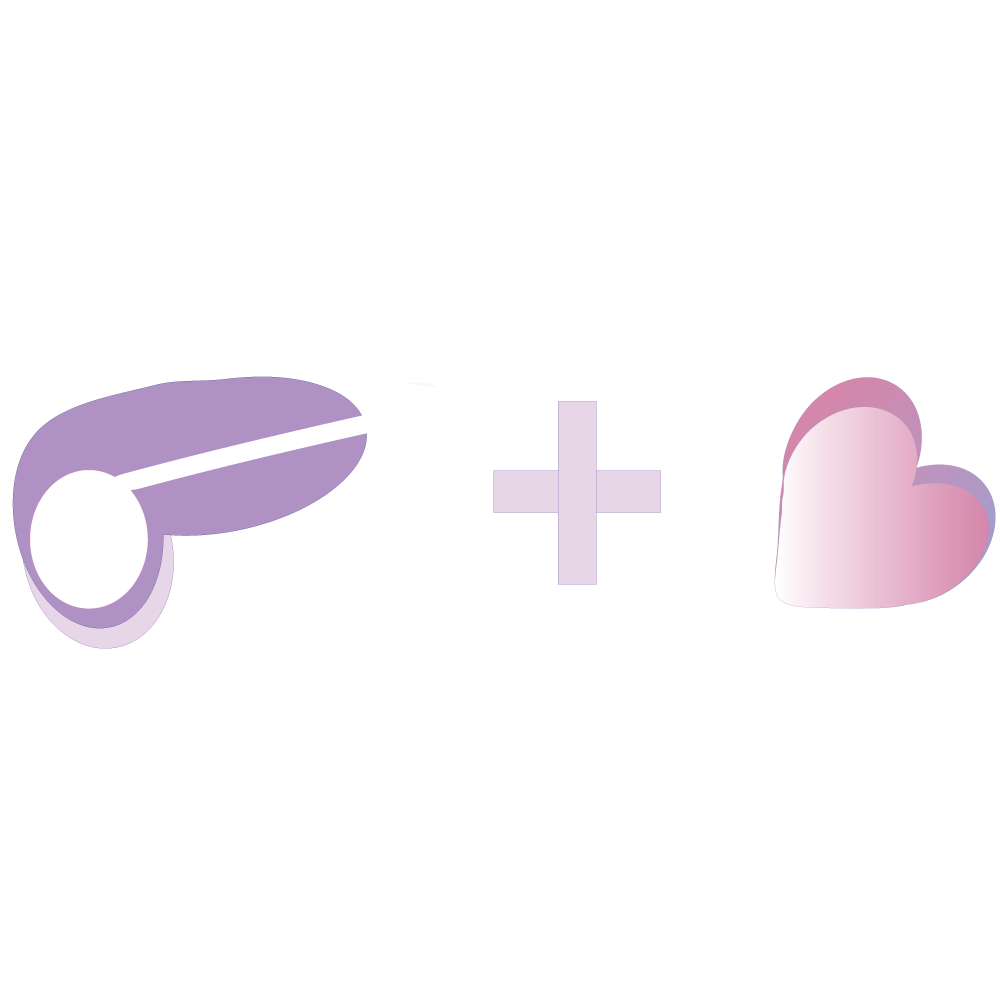
(Ipipi lingena emgudwini wesitho sangasese sowesifazane).
Amakhulu ezinkulungwane esidoda esikhiqizwa amankwahla aphuma ngepipi angene emomozini ngemva kokuba owesilisa esechithile.
Isidoda sihamba siye esibelethweni (emashubhini enzalo) siyobheka iqanda.
Uma lokhu kwenzeka ngaphambi, noma ngesikhathi lapho iqanda seliphumile ku-ovari, iqanda lingavundiswa.
Uma kungenjalo owesifazane uya esikhathini.

Izinsuku zokuqala kanye namasonto.
Konke ukukhula kombungu kulesi sigaba kubalwa kusukela ngesikhathi sokukhulelwa/ukuvundiswa. Lesi yisikhathi sokukhulelwa / ukuvundiswa (ukukhulelwa kubalwa ngamasonto angama-38)
Isikhathi sokukhulelwa esigcwele singamasonto amabili ngaphezulu (ukukhulelwa kubalwa ngamasonto angama-40)

Isidoda esiningi sizama ukungena eqandeni.






Amaseli abumbana abe yihlule (embryo) – akhule abe umuntu. Leli qoqo la maseli libizwa ngokuthi yihlule (embryo) kusukela ngesikhathi sokukhulelwa kuze kube sekuqaleni kwenyanga yesithathu yokukhulelwa.
Ihlule (embryo) liyakhula libe nesikhwanyana esigcwele uketshezi oluzungeza futhi luvikele umzimba okhulayo ungalimali.
Kube sekuvela umzanyana (placenta).
Umzanyana uxhuma umama kumntwana adlulise i-oxygen nokudla (imisoco) okusuka egazini likamama kuye kumntwana, akhiphe konke okungadingekile emzimbeni wengane.
Ezinsukwini ezingama-25 ngemuva kokuvundiswa umzimba uyakhula:
- Inhliziyo iyashaya
- Kuvela ikhanda nomzimba
- Izingxenye zobuso ziyaqala ukubonakala.
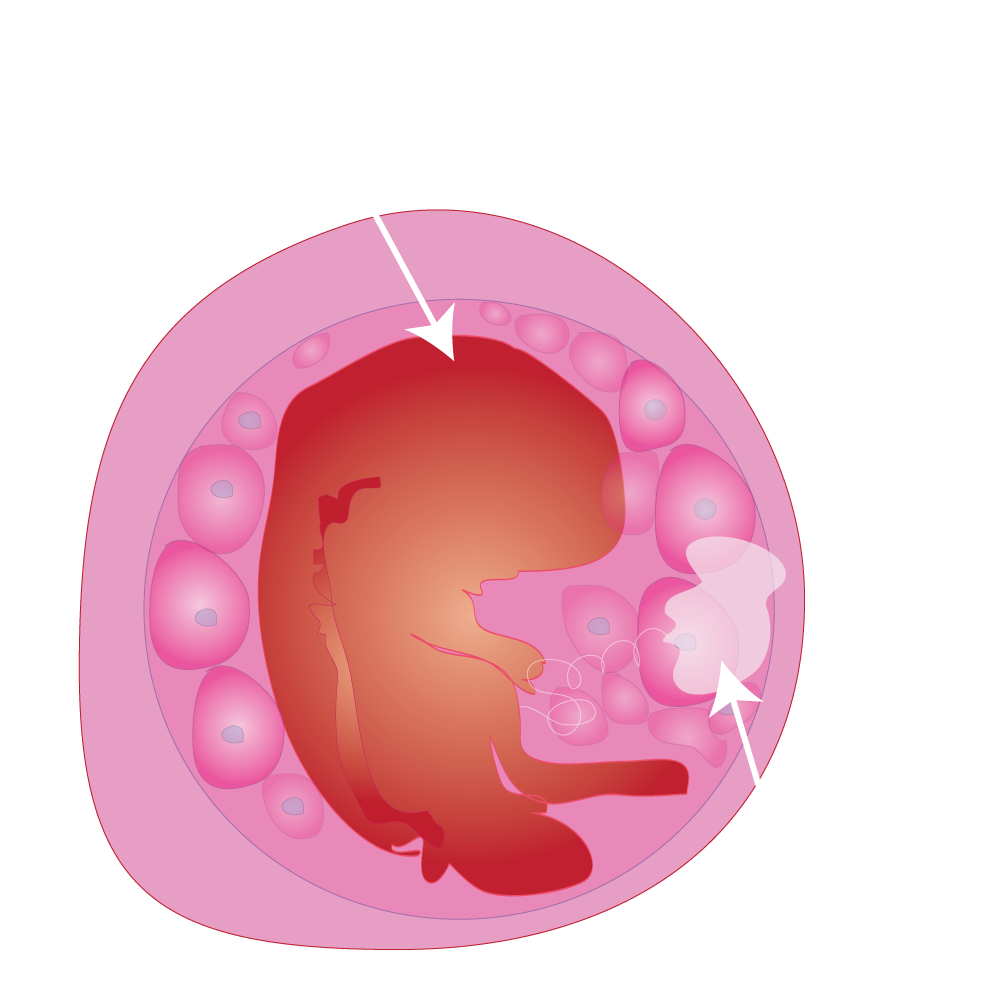
Cishe ngesonto lesi-4 kuya kwelesi-8
Ihlule liguqukela kwesinye isigaba libe umbungu (foetus)
Ngesonto lesi-6 ngemuva kokuvundiswa kuvela iminwe, ilandelwa izinzwane.
Ngokuphela kwesonto lesi-8 umbungu usukhulile ngesidumbu usuka kuma-4mm kuya ngaphezu kwama-30mm.

Isonto lesi-9 kuya kwele-12
Emasontweni ayi-11 ngemuva kokubamba noma ukukhulelwa, umbungu uqala ukugwinya uketshezi (amniotic) futhi uqala ukuchama ubuyisele uketshezi emuva. Umntwana usekwazi nokumamatheka.
Ukugwinya kulungiselela umntwana ukuba ancele ubisi lapho ezalwa. Kwesinye isikhathi umntwana uncela isithupha sakhe.

Ingane ekhulayo
Isigaba sehlule siphela emasontweni ayi-8 lapho umbungu uba yingane.






Ingane ixhumene nomzanyane ngentambo esuka enongwaneni (belly button) ebizwa ngokuthi yinkaba (umbilical cord).
Le ntambo iyonqunywa maduze nesisu somntwana ekuzalweni futhi kuyosala isibazi senkaba.
Ingane ithola i-oksijini (iyaphefumula) egazini likamama ngale ntambo kanye nomzanyane. (Ngale kwalokho, ingaminza oketshezini oluyizungezile).
- Cishe amasonto angama-38 kusukela ngesikhathi sokukhulelwa uzobe usulungele ukuba ubelethe ingane yakho.
- Emasontweni nasezinsukwini zokugcina zokukhulelwa, uzozwa izinguquko ezenzeka emzimbeni wakho.
- Isibeletho sishona phansi.
- Ukucindezeleka ngaphansi kwezimbambo kuyaphela kuthi esikhundleni salokho kube sengathi ishona okhalweni.
- Uyobe usungena esigabeni esibizwa ngemisiko/ukuhelelwa.


Kwesinye isikhathi, iqanda elilodwa lihlukana kabili bese womabili amaseli ekhula ngokuhlukana, kube ngamawele abukeka efana (amawele afanayo).
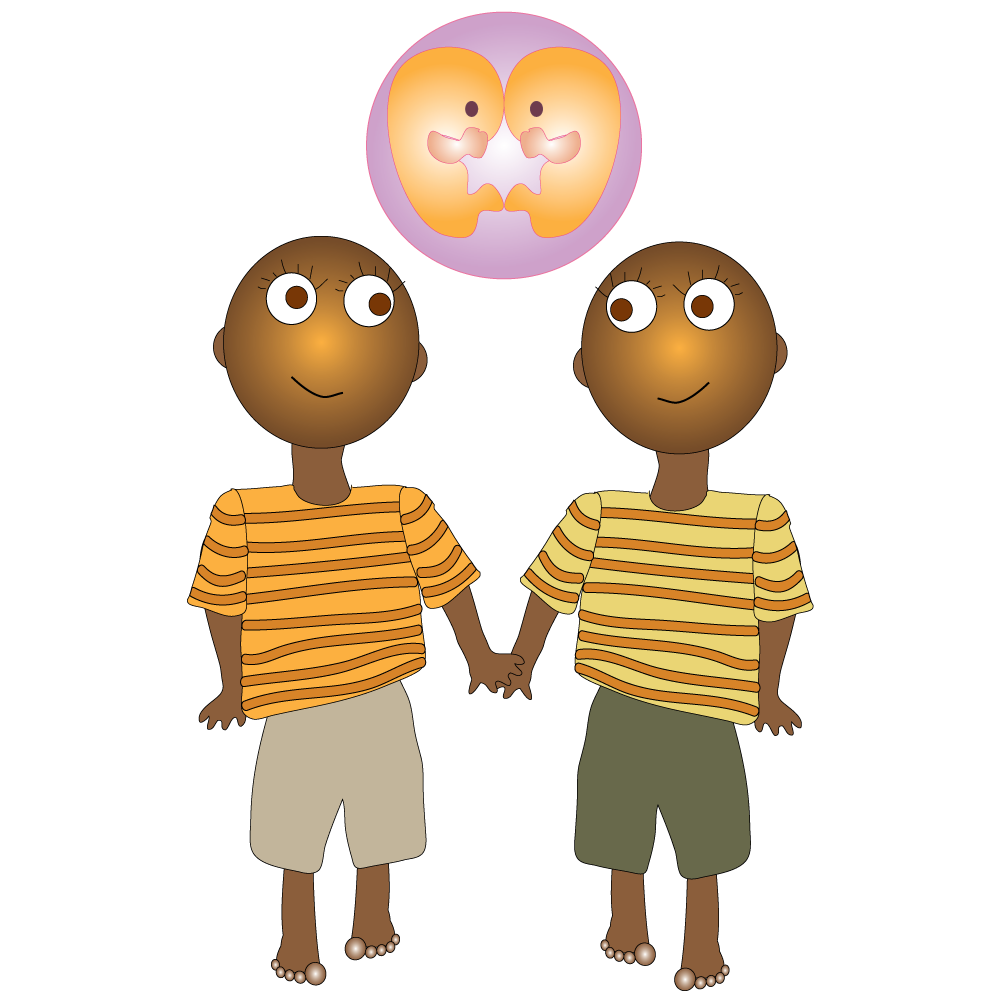
Ngesinye isikhathi amaqanda amabili akhishwa yi-ovari futhi avundiswe ngokwehlukana. Lokhu kubangela amawele (amawele ahlukene) angabukeki ngokufanayo futhi angaba ngubulili obuhlukene (akhiwe ngamaqanda amabili nesidoda esibili).

Uma ucabanga ukuthi ukhulelwe kuzodingeka wenze isiqiniseko ngokuhlolwa kokukhulelwa.
Ukuhlolwa, kusetshenziswa amakhemikhali emasampuleni egazi noma omchamo, ukuthola ukuthi ukhulelwe yini.
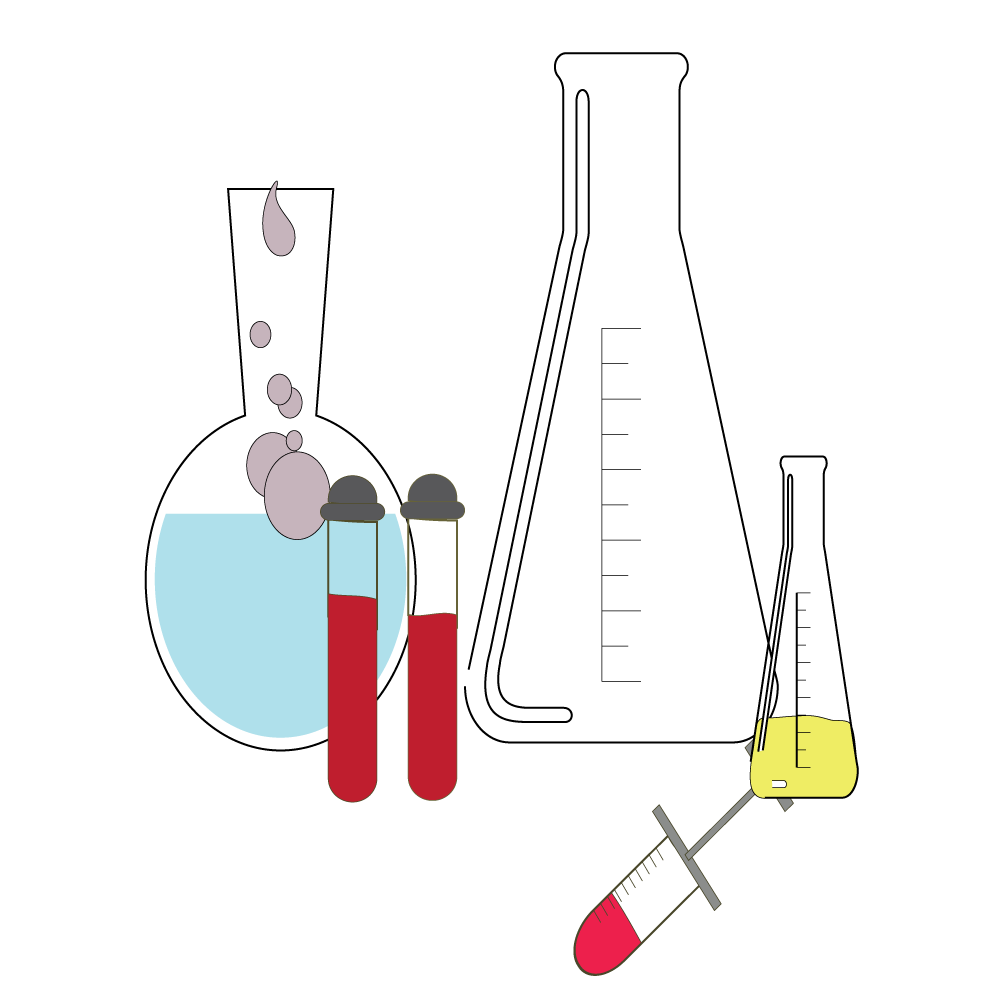


- Ukuhlolwa komchamo - Okokuzihlola ukukhulelwa usekhaya kungathengwa ekhemisi ngaphandle kwencwadi kadokotela.
- Ukuhlolwa kwegazi - Isisebenzi sezempilo singathatha isampula legazi futhi sihlole ihomoni ethile. Ungaya kumtholampilo wangakini uyohlolwa
Ungase ufune ukuzihlola ekhaya ngongakusebenzisa ukuzihlolela ukukhulelwa (ukuhlolwa komchamo).
Ngakho-ke, lapho weqiwe ithuba lokuya esikhathini, ukuhlolwa kuzokwazi ukukutshela ukuthi ukhulelwe.
Imiphumela ingase ithi ukhulelwe noma ithi awukhulelwe.
Uma ukhulelwe, uzodinga ukuhlolwa kwegazi okwenziwe ngumhlinzeki wakho wezempilo ukuze uqinisekise ngomphumela.
Ukuhlolwa kwegazi akutholi nje i-hCG kuphela kodwa kungakutshela ukuthi usunesikhathi esingakanani ukhulelwe futhi kungathola ngisho nezinkinga ezingenzeka ngokukhulelwa.

Ukuze uthole imiphumela engcono kakhulu ekhithini yakho yokuhlola yasekhaya, landela imiyalelo eza nekhithi.
Funda ilebula nemiyalelo ngokucophelela.
Qiniseka uyaqonda:
- Ukuhlolwa kwenziwelani futhi yikuphi okungenzelwa khona.
- Itholakala kanjani isampula yomchamo wakho.
- Ukuhlolwa kwenziwa nini futhi kanjani futhi ukuhlolwa ukunika isikhathi esingakanani (ukusebenzisa umchamo wasekuseni wokuqala njengoba lokhu kunikeza ithuba elingcono lomphumela wokuhlolwa oshaya khona).
- Indlela yokuhlela isikhathi sokuhlola imiphumela (udinga ukulinda isikhathi esingakanani ukuze uthole umphumela).
- Indlela yokufunda nokuqonda imiphumela.
- Yini engase iphazamise imiphumela yokuhlolwa.
- Bheka inombolo yocingo lomkhiqizi uma unemibuzo.
Uma ukuhlolwa kokuqala kukuphika ukukhulelwa, kungase kusho ukuthi amazinga e-hCG aphansi kakhulu emchamweni wakho, ungaphinda ukuhlola ngemva kwezinsuku ezimbalwa uma ungakaqali ukuya esikhathini.
Ngokujwayelekile awekho amanga emphumeleni othi ukhulelwe. Uma ukuhlolwa kubonisa ukuthi ukhulelwe, ukhulelwe.
(Uma wenza okukodwa). Uma kungenjalo, yana kusisebenzi sezempilo ukuze uthole ukuhlolwa kokukhulelwa.

Uma ukhulelwe, kubalulekile ukulandelela uye kusisebenzi sezempilo ukuze uqiniseke ukuthi umphumela ulungile futhi uqale ukunakekelwa kwangaphambi kokubeletha. Ukunakekelwa kwabakhulelwe kuthinta ukunakekelwa nokwelashwa kwengane engakazalwa kanye nomama okhulelwe.
- Ukusheshe uqale ukunakekelwa ngokwezempilo ngaphambi kokubeletha kuyinto engcono kuwe nasenganeni yakho.
- Uma uthatha noma yimiphi eminye imithi, ungayeki ukuyiphuza kodwa buza kusisebenzi sezempilo kuqala.

Ukuhlolwa kwegazi kwenziwa yisisebenzi sezempilo.
Isampula legazi lakho liyathathwa bese lithunyelwa elabhorethri.
Kuthatha isikhathi eside ukuthola imiphumela ngalokhu kuhlolwa kunokuhlola ukukhulelwa ekhaya. Lokhu kuhlola kuyakwazi ukukhomba ukukhulelwa ngaphambi kokuhlolwa kokukhulelwa ekhaya (cishe izinsuku eziyisithupha kuya kweziyisishiyagalombili ngemva kokuvundiswa).
Funda ngokuzinakekela kahle ukuze ukwazi ukukhulelwa okunempilo futhi uqinisekise umphumela omuhle kakhulu enganeni yakho.
Ukuvimbela ukuzala kusho lokhu:
- ukulawula inzalo
- ukuvimba ukukhulelwa
- ukuvimbela ukuvundiswa
- ukuvimba isidoda somfana ukuthi singafiki eqandeni lentombazane








Umkhankaso kaZwelonke Womtholampilo Wobungani Kwabasha /National Adolescent Friendly Clinic Initiative (NAFCI) - Amalungelo ezempilo ngocansi nokuzala entsheni esencane
Umuntu osemusha kungakhathalekile ubudala, ubulili, uhlanga, inkolo, isiko, isimo senhlalo, amandla engqondo nomzimba unamalungelo ezempilo ayisisekelo ahlanganisa:
- Ilungelo lokuthola ulwazi ngezempilo.
- Ilungelo lokuthola izinsiza zezempilo eziningi ezithengekayo.
- Ilungelo lokuba nemfihlo lapho uthola usizo lwezempilo.
- Ilungelo lokuphathwa ngesizotha nangenhlonipho lapho uthola usizo lwezempilo.
- Ilungelo lokuqinisekiswa ukuthi ulwazi lomuntu siqu luzohlala luyimfihlo.
- Ilungelo lokunikezwa incazelo ngenqubo umuntu omusha azodlula kuyo lapho ethola usizo lwezempilo.
- Ilungelo lokuphathwa ngabantu abaqeqeshiwe nabanolwazi ngabakwenzayo.
- Ilungelo eliqhubekayo ekusizakaleni.
- Ilungelo lokuphathwa ngumhlinzeki onegama.
- Ilungelo lokuveza imibono ngezinsizakalo ezihlinzekwayo kanye nokukhononda ngezinsizakalo zezempilo ezingagculisi.
- Ilungelo lokulingana ngokobulili.
- Ilungelo lokuba sendaweni ekhuthaza impilo nokuphepha.
- Ilungelo lokwenza izinqumo ezikhululekile ezindabeni eziphathelene nokuveza ngocansi, injabulo nokuziveza ngokobulili.

- Uke waya ocansini olungavikelekile?
- Ingabe weqiwe yinyanga eyodwa noma ngaphezulu?
- Ingabe amabele akho abuhlungu?
- Ingabe amabele akho amnyama eduze kwezingono?

- Ingabe wozela kakhulu kunokujwayelekile?
- Ingabe uchama ngaphezu kokujwayelekile?
- Ingabe uzizwa unesicanucanu kanye/noma uyaphalaza?
- Ingabe uzizwa uba nenhliziyo encane?
- Ingabe esithweni sakho sangasese kunoketshezi oluphuma ngokweqile?
- Ingabe uhalela ukudla okungajwayelekile?
- Ingabe uphethwe yikhanda?
- Ingabe wake waqunjelwa esiswini?
- Ingabe izingubo zakho ziyakubamba?
Uma uphendula ngo yebo kweyisi-9 nangaphezulu kule mibuzo kungenzeka ukhulelwe.

Isikhathi sokukhulelwa singamasonto angama-40 ukusuka ku-LMP yakho (noma amasonto angama-38 kusukela ekukhulelweni/ukuvundiswa).
Indlela elula yokubala:
- Bhala phansi usuku lwakho lokugcina ukuya esikhathini
- Yengeza izinsuku eziyisi-7
- Bese wengeza izinyanga eziyi-9 lolo sekuwusuku olungumnqamulajuqu.
Lokhu kucishe kube ngamasonto angama-40 noma izinyanga eziyi-9.
Isibonelo:
- Uma ukuya kwakho esikhathini okokugcina kuqale ngomhla zi-3 KuMashi,
- Yengeza izinsuku eziyi-7 = 10 KuMashi
- Bese wengeza izinyanga eziyi-9 = 10 KuDisemba.
Lolu wusuku okucishe kubeyilo ingane yakho ezozalwa ngalo.
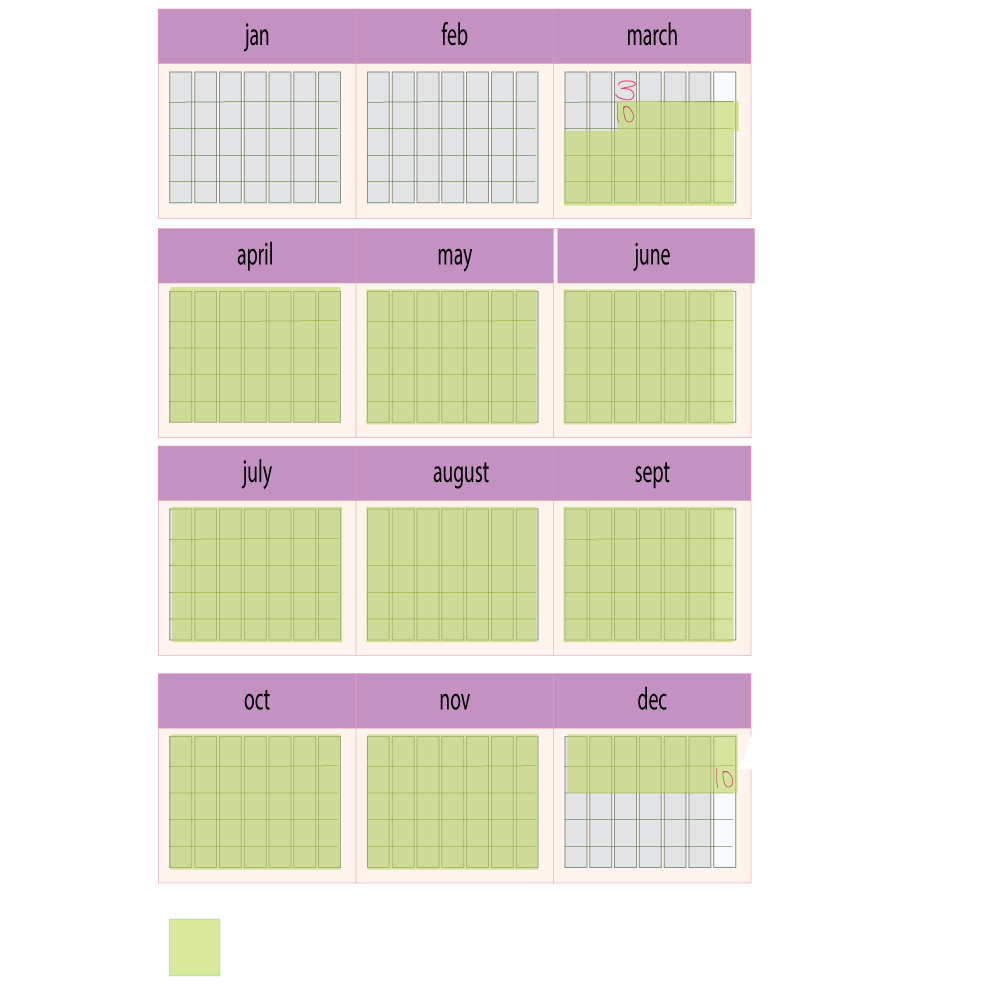
Wonke umuntu ubhekana nokukhulelwa ngendlela ehlukile. Amanye amantombazane azoba nezimpawu zisuka nje kanti amanye angase angabi nazo nhlobo izimpawu.
- Imvamisa uphawu lokuqala lokukhulelwa wukubona isikhathi sakho sephuzile ukufika.
- Amabele abuhlungu/ athambile namaqakala avuvukele
- Ukugula ngezikhathi zasekuseni – isicanucanu (ukuzizwa ugula) uphalaza noma ungaphalazi

- Ukuhalela ukudla noma ukwenyanya ukudla (ukufuna ukudla okuthile, noma okunye ukudla/kunephunga elikwenza uzizwe ugula)

- Ukuzizwa uphiswe ngumchamo njalo/noma ukusongelana

- Ukukhathala

Kunenqwaba yezinkinga zempilo ezivame kakhulu ngesikhathi sokukhulelwa, futhi ungase ube namathuba amaningi okuba nazo ngesikhathi ukukhulelwa kwakho kuqhubeka. Lezi zimo zingabangela izimpawu ezihlukahlukene kodwa ngokuvamile azibi zimbi futhi ngokujwayelekile zelapheka kalula.
Ukuze sikusize wazi ukuthi yini ongayilindela, nazi ezinye zezinkinga zempilo ezivamile zokukhulelwa:
-
Ukushodelwa yi-iron egazini - (iron-deficiency anemia)
Kuyinto evamile ukuzizwa ukhathele ngesikhathi sokukhulelwa njengoba ingane yakho ikhula futhi isinda. Kodwa-ke, uma uzizwa ukhathele kakhulu, unesiyezi noma ubuthakathaka lokhu kungase kusho ukuthi une-anemia. Uma ukhathazekile ngalokhu, khuluma nombelethisi wakho noma isisebenzi sezempilo. Bangase bakunike iseluleko sokuthuthukisa indlela odla ngayo. -
Isicanucanu nokugula
Imbangela yesicanucanu ayaziwa, kodwa ingase ihlobane namazinga aphezulu amahomoni okukhulelwa. Kunezinto ongazenza ukuze uzame ukunciphisa isicanucanu nokugula - phumula kakhulu, udle kancane futhi njalo, futhi ugweme iphunga nokunambitha okukwenza uzizwe ugula. Amabhisikidi e-ginger noma itiye le-ginger ayasizakala amanye amantombazane ngakho. Kumele ubone udokotela noma umbelethisi wakho uma ungakwazi ukunciphiza ukudla noma iziphuzo. -
Ukutheleleka kumgudo womchamo
Ukutheleleka kumgudu womchamo kuphakathi kwezinkinga zempilo ezivame kakhulu ngesikhathi sokukhulelwa. Uma unalokhu kutheleleka emgudwini womchamo ngesikhathi ukhulelwe, uzodinga ukwelashwa kusenesikhathi. Uma kushiywa kungelashiwe, kungase kuholele ekuhelelweni noma ekusikweni ngaphambi kwesikhathi. Ungase ungabi nazo izimpawu, ngakho umbelethisi wakho uzocela amasampula omchamo ukuze ahlolwe ngezikhathi zakho zokumbona ezijwayelekile. Uma unanoma yiziphi izimpawu (ezifana nobuhlungu noma ukushisa lapho uchama) kubalulekile ukuthi uthole iseluleko kudokotela wakho noma kumbelethisi wakho. -
Ukungakwazi ukubamba umchamo – ukuvuza kwesinye
Ngaphansi kokhalo kunomsipha obalulekile obizwa ngokuthi yimaphansi lokhalo, futhi omunye womsebenzi wawo wukwesekela isinye. Ngesikhathi sokukhulelwa, imaphansi lokhalo liyakhululeka kancane. Lokhu kungaholela ekutheni isinye sivuzise umthamo omncane womchamo uma ukhwehlela, uthimula, uhleka, ugxuma noma ugijima (stress incontinence). Umbelethisi wakho uyokukhuthaza ukuvocavoca imaphansi lokhalo engesikhathi nangemuva kokukhulelwa ukunciphisa ingozi yokungakwazi ukubamba umchamo. Buza uthole olunye ulwazi ngalezi zindlela zokuzivocavoca. -
Umhlume (haemorrhoids)
Umhlume utholakala uzungeze isitho sangemuva phakathi kwezinqe (anus). Ujwayelekile ngesikhathi sokukhulelwa, ikakhulukazi uma udla ukudla okungenayo ifaybha (low-fibre diet). Umhlume ungaba buhlungu futhi ulume. Ukwandisa ifaybha ekudleni kwakho kungasiza, kodwa udokotela wakho angase akweluleke ukuba usebenzise umuthi wawo ogcotshwayo noma amaphilisi ashuthekwayo (amaphilisi athambile ashuthekwa esithweni sangemuva phakathi kwezinqe). -
Ukusongelana
Ukwanda kwamazinga amahomoni kungasho ukuthi ukuzikhulula kwakho akuhambi kahle njengoba kufanelekile ezinyangeni eziyisithupha nasezinyangeni eziyisishiyagalolunye zokukhulelwa kwakho. Uhlelo lwakho lomgudu wokudla lumunca amanzi amaningi ekudleni, futhi lokhu kwenza indle yakho iqine futhi kube nzima ukuyedlulisa. Kumele uqinisekise ukuthi uphuza iziphuzo ezanele futhi udle izithelo eziningi, imifino nokudla okunefaybha eningi. Uma ukhathazekile ngokusongelana, khuluma nodokotela noma umbelethisi wakho ngoba izinto ezihambisa isisu nokokwandisa ifaybha zingasiza. -
Isilungulela
Amahomoni okukhulelwa anomthelela owenza imisipha ekugcineni kwethumbu lokudla ikhululeke (ipayipi elisuka emlonyeni liye esiswini). Lokhu futhi kubangelwa yikucindezela kwesibeletho esikhulayo nokuncipha kokunyakaza komgudu wokudla, okungabangela isilungulela ngesikhathi sokukhulelwa (i-esidi evela esiswini iyabuya ikhuphuke ngethumbu lokudla). Isilungulela sijwayelekile kakhulu, kanti futhi siyadlanga ngesikhathi ukukhulelwa kuqhubeka.
Ukudla kancane kodwa njalo, ugwema ukudla okunamaspaysi nokuthosiwe, kanye nokulala sakuqethuka embhedeni, kungasiza kakhulu. Cela udokotela, noma umbelethisi wakho noma usokhemisi akunikeze okokuqeda i-esidi uma kunesidingo. -
Ukopha kwezinsini
Amahomoni okukhulelwa enza ukuthi izinsini zakho zophe kakhulu. Kubalulekile ukuthi ugcine amazinyo nezinsini kuphilile - qiniseka ukuthi uxubha amazinyo akho kabili ngosuku. Kufanele wenze isikhathi sokubonana nodokotela wamazinyo ngoba uma ungelashwa, izinkinga zezinsini zingaholela esifweni sokutheleleka kwezinsini namathambo azungeze nasekela amazinyo (periodontal desease) nokuphuma kwamazinyo.
- Ukubeletha kuyinqubo lapho umzimba ulungiselela ukuba umntwana azalwe.
- Ngalesi sikhathi, uzobhekana nokuhelelwa/nokusikwa (uhlobo lokufinyela kwemisipha).
- Konke ukubeletha kwehlukile
- Amanye amantombazane athatha isikhathi eside ukubeletha, kuyilapho amanye ‘ekhipha’ umntwana ngesikhathi esifushane.
- Qaphela: igama elithi “isibeletho” (womb) nelithi (uterus)“isibeletho” asetshenziswa ngokufana.
- Imisipha yesibeletho iyafinyela ukusiza ukukhipha ingane ngaphandle.
- Ngesikhathi semisiko, isisu (abdomen) siyaqina. Phakathi nemisiko, isibeletho siyakhululeka, kanti isisu siyathamba.
- Indlela umsiko ozwakala ngayo wehlukile entombazaneni ngayinye futhi ungahluka ekukhulelweni kokuqala kunokulandelayo.
Imisiko ivamise ukubangela ukungakhululeki noma ubuhlungu ngemuva noma esinyeni ngenxa yokucindezeleka kokhalo. Imisiko ihamba njengamagagasi isuka phezulu esibelethweni kuza ezansi.
Amanye amantombazane athi ifana nobuhlungu besilumo esikhulu (menstrual cramps).
Imisiko iya ngokukhula, iye ngokuba buhlungu futhi isondelane ngesikhathi iya ngokuqhubeka.
Imisiko yangempela ayimi uma uphendula umzimba, kungafani nemisiko ka-Braxton Hicks.
Imisiko ka-Braxton Hicks ngesinye isikhathi iphanjaniswa ngephutha njengemisiko. Le misiko ‘engamanga’ nengebuhlungu ingaqala emuva kwezinyanga ezi-5. Ingabonakala iqinisa futhi iphakamisa isisu esikhulelwe.
Ekuqaleni imisiko ingashiyana ngemizuzu eyishumi nangaphezulu, kodwa iyogcina isishesha kakhulu.
Uma izinhlungu noma imisiko isishiyana ngemizuzu emine kuya kwemihlanu, lokhu kusho ukuthi ingane isingazalwa masinyane.
Kwabanye, kubalulekile ukuya emtholampilo noma kudokotela ngisho noma ngabe imisiko ingenamandla kangako noma ingezi masinyane.
- Usola ukuthi amanzi aseqhumile futhi uzwa imisiko ebuhlungu engakunike thuba lokuphumula
- Ungasayizwa ingane inyakaza
- Usasalelwe ngamasonto amathathu ngaphambi kokuba ingane ifike kodwa uzwa sengathi kukhona okwenzekayo
- Usutsheliwe ukuthi ingane iza ngezinyawo (ilele ngendlela yokuthi ikhanda libheke phezulu esibelethweni)
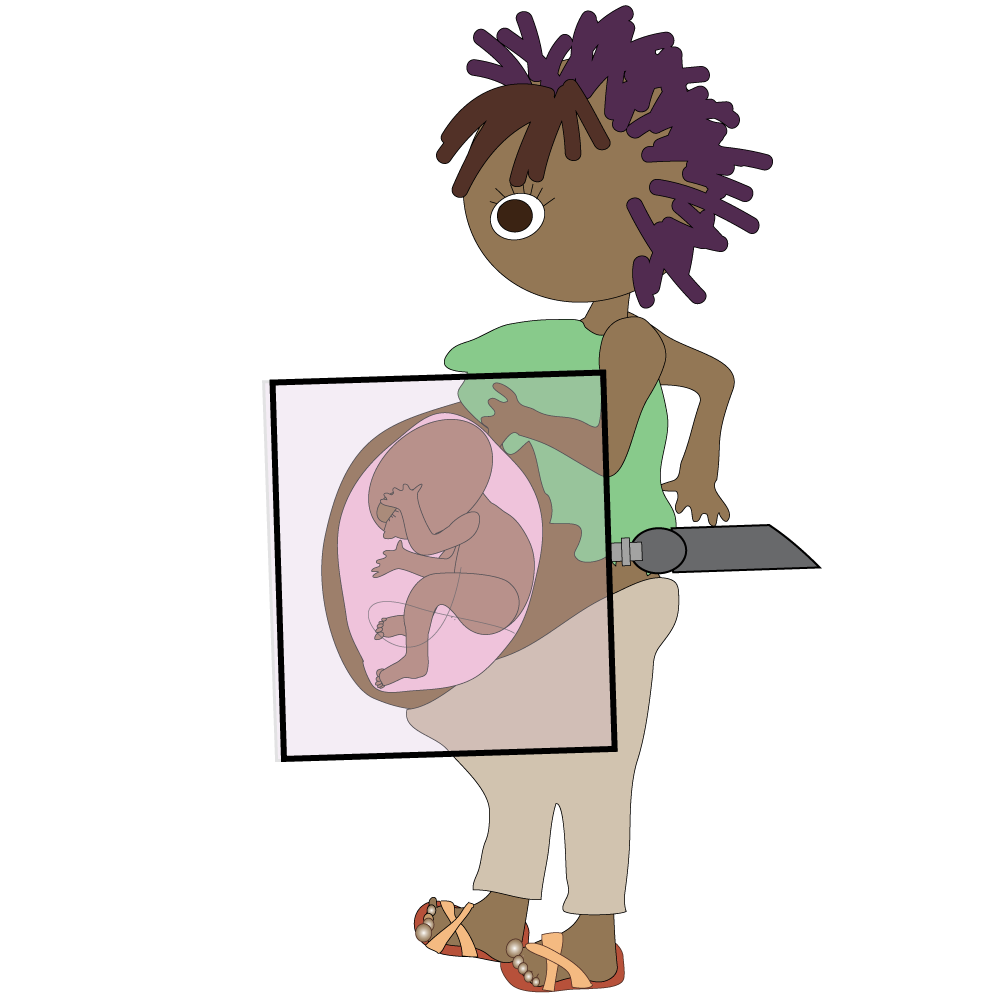
- Wake wabeletha ngokuhlinzwa phambilini
- Ulindele izingane ezimbili noma ngaphezulu

Isikhwama samanzi yisaka elinolwelesi olubhanqekile olugcwele uketshezi olwemboze lwavikela umbungu esibelethweni sikamama. Lokhu kuyaqhuma ngesikhathi sokubeletha kuphume uketshezi. Lokhu kwaziwa njengoku‘qhuma kwamanzi’ noma ‘amanzi aphumayo’.

Ezinye izimpawu zokuthi usuzobeletha zibandakanya:
- amajaqamba nobuhlungu okufana nokuya esikhathini
- ubuhlungu beqolo
- isifo sohudo (ukukhishwa yisisu)

- Kuphuma okuncane, okunegazi nokusamafinyila ngenkathi umlomo wesibeletho uthamba (umlomo wesibeletho ungezansi noma ungasekugcineni kwesibeletho)
- Kuphuma amanzi ngamandla ngenkathi amanzi eqhuma

- imihelo/imisiko
Imisiko ingaqala noma ngasikhathi sini sosuku noma ebusuku


- Isigaba 1 - Ukunwebeka (ukuvuleka komlomo wesibeletho)
- Isigaba 2 - Ukukhishwa kwengane
- Isigaba 3 - Ukukhishwa kukamzanyana
Isigaba 1 - Ukunwebeka (ukuvuleka kanye nokuncipha komlomo wesibeletho)
Esigabeni sokuqala sokubeletha, umlomo wesibeletho uyavuleka kancane kancane (unwebeka) ube ngama-10cm ububanzi. Ngesikhathi esifanayo, uyancipha.
Lokhu kuvumela ingane ukuthi isuke esibelethweni iye emgudwini wokuzala. Umgudu wokuzala ngumzila owakhiwe umlomo wesibeletho, ngumgudu wesitho sangasese sowesifazane kanye nemomozi lapho umbungu udlula khona ngesikhathi sokuzalwa.
Lesi sigaba ngokujwayelekile sithatha amahora amaningi.
Lapho umlomo wesibeletho usunwebekile ngo-3 kuya kwama- 4 cm (uvulekile), ukubeletha kuyaqala.
Ukusikwa kwenzeka kakhulu futhi kwenzeke kaningi. Akuyona into engavamile ukuzwa isidingo esinamandla sokuya endlini yangasese njengoba ikhanda lomntwana liphusha licindezela umgudu we-rectum.



Isigaba 2 – Ukubelethwa/ukuzalwa kwengane
Lapho isibeletho sesinciphe ngokwanele futhi umlomo wesibeletho usuvuleke cishe ngama-10cm, isigaba sokubeletha siyaqala.
Umama uyaphusha (uyafuqa) ngenkathi izicubu zesibeletho zifinyela ukuze zihambise ingane emgudwini wokuzala.
Umhlengikazi, umbelethisi noma udokotela uzokweluleka uma isikhathi esifanele sokuqala ukuphusha sesifanele. Ungaphushi baze bakutshele ukuthi uqale ukuphusha.
Ukuthweswa umqhele kungenkathi isikhumba sekhanda lengane sibonakala.
Ngokushesha emva kwalokho, ingane iyazalwa.




Ingane ivula umlomo ihogela umoya futhi iyakhala njengoba amaphaphu eqala ukusebenza. Ingane isingaphefumula manje.
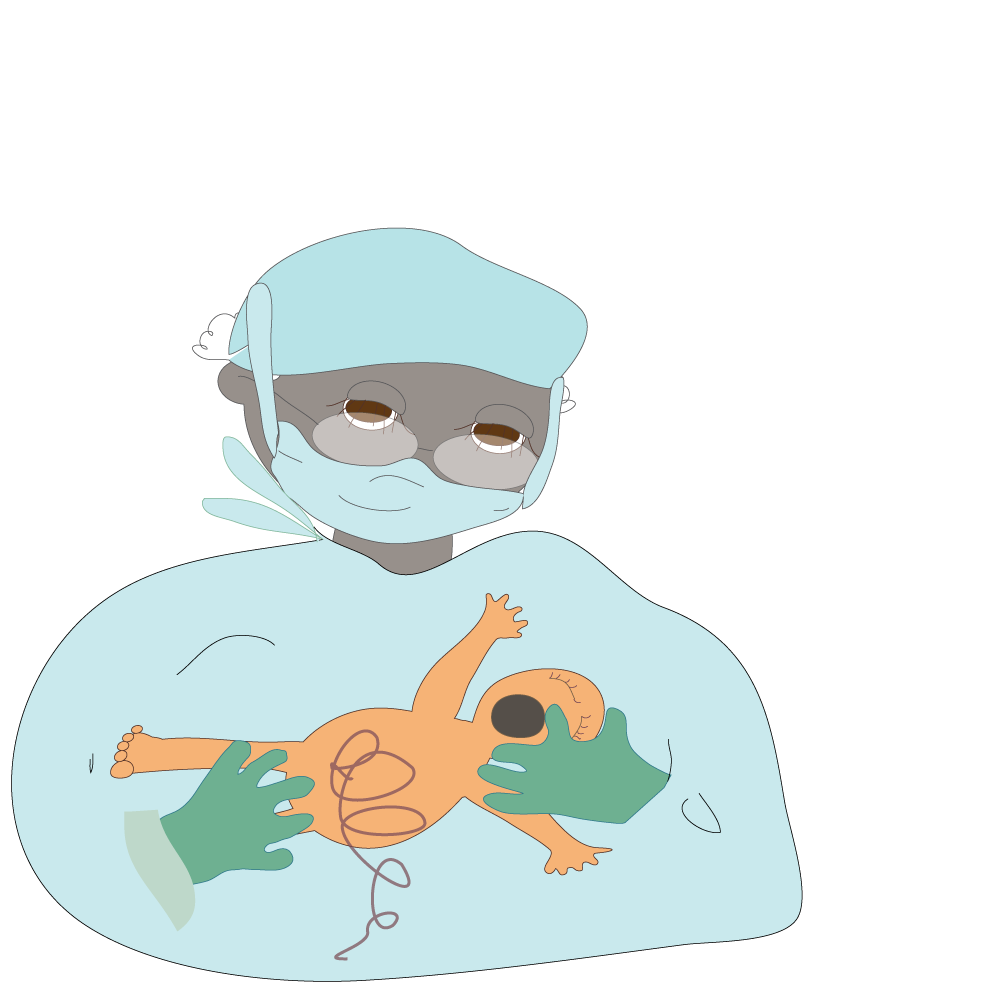
Inkaba iyanqunywa futhi iboshwe (ukwenza inongwane) futhi umntwana uyahlolwa futhi akalwe.

Isilinganiso sesisindo silinganiselwa ku-3.5kg kodwa kunokuhlukahluka ngenxa yemithelela yofuzo, izinkinga zempilo nezinye izimbangela njengokubhema nokuphuza ngesikhathi sokukhulelwa.

Ingane ibekwa esiswini sikamama inqunu ukukhuthaza inqubo yokujwayelana (bonding)
Isigaba 3 – Okukhishwa emva kokubeletha, umzanyana (i-placenta)

Umzanyana (I-placenta) eyondla umntwana iyalandela.
Umama kanye nengane baqashwe ngeso elibukhali ngesikhathi sokubeletha. Amantombazane amaningi abeletha izingane zawo ngokubeletha okujwayelekile kwesitho sangasese sowesifazane, okusho ukuthi ingane yehla ngomgudu wokuzala ngaphandle kokuhlinzwa.
Ukubeletha kungathatha cishe amahora ayi-12 kuya kwangama-24 kumama oqala ngqa. Amantombazane ake abeletha ngaphambilini angalindela cishe amahora ayi-7 okubeletha, kodwa ubude bamahora buhlukile kuwo wonke umuntu.
Uma kunezinkinga, ingane ingase idinge ukubelethwa ngokuhlinzwa.
Lokhu kubandakanya:
- Izinkinga zempilo kumama
- Indlela ingane ehlezi ngayo
- Ukungabikho kwendawo eyanele yokuthi ingane iphume ngomgudu wesithoi sangasese sowesifazane (esimweni sentsha esencane kakhulu enokhalo oluncane)
- Izimpawu zokucindezeleka enganeni
I-C-section nayo ivame kakhulu emantombazaneni athwele izingane ezingaphezu kweyodwa.
Ukuhlinzwa kucishe kube yindlela ephephile kumama nengane. Noma kunjalo, kuwukuhlinzwa okukhulu futhi kunezingozi.
Kuthatha futhi isikhathi eside ukululama ku- C-section kunokuzala ngomgudu wesitho sangasese sowesifazane.
Ngemva kokuphola, inxeba lingase lishiye indawo ebuthakathaka ontwentwesini lwesibeletho.
Lokhu kungabangela izinkinga ekuzameni ukuzala ngendlela ejwayelekile (ngomgudu wesitho sangasese) kamuva.
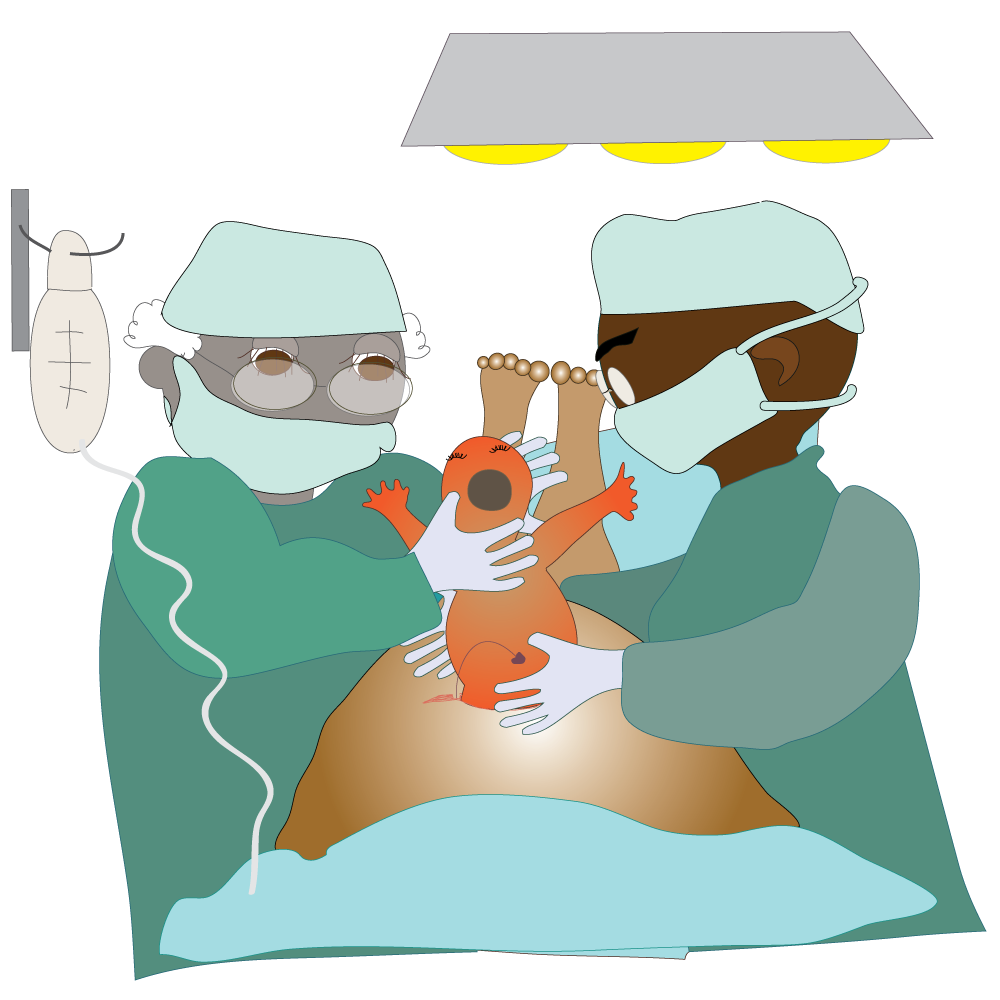
Ishadi lokubeletha
Ungasho kanjani ukuthi ngempela usuyabeletha?

Ukukhulelwa okungahleliwe / okungafunwa
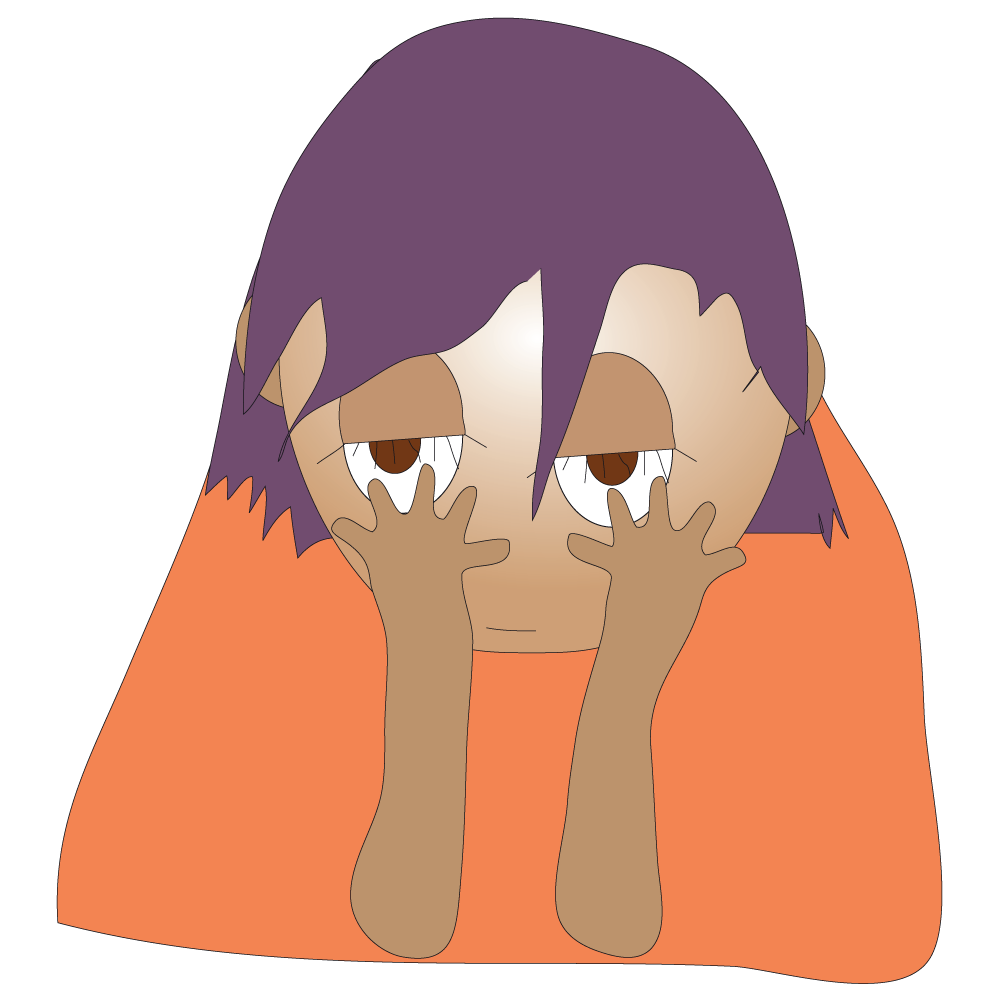
Uma uthola ukuthi ukhulelwe kodwa ungakuhlelanga ukukhulelwa, ungase ube nemizwa eminingi ehlukene okufanele ubhekane nayo.
Amantombazane amaningi abanayo le mizwa, ingokwemvelo futhi ijwayelekile kakhulu.

Kungasiza ngempela ukuba nokusekelwa ngalesi sikhathi.
Zama ukuthola umuntu ongakhuluma naye; umuntu ongamethemba.
Umuntu ozohlonipha izimfihlo zakho futhi akusekele ngokwemizwa, izidingo ezingokwenyama, ezingokomoya noma zezimali.
Umuntu angaba umngane, ilungu lomndeni, umholi wenkolo yakho, noma isisebenzi sezempilo. Kubalulekile ukuthi lo muntu kube ngumuntu okhululekile ukukhuluma naye, ongeke akwehlulele futhi ozokweseka ngesinqumo sakho.
Noma ngabe ukhuluma nobani, akufanele neze uzizwe uphoqeleka ukuba wenze ukukhetha okungekona okwakho.
Kuzodingeka wenze izinqumo ezibalulekile.
Lokhu kungase kube nzima ngezinye izikhathi ngoba ziningi izinto okudingeka ucabange ngazo.
Okokuqala ake sibheke ezinye zezinqumo ongazithatha mayelana nokukhulelwa.
Ungakhetha phakathi kokubili okuyisisekelo
Ukukhetha koku-1
Ungaqhubeka nokukhulelwa ube nengane.

- Ukukhulisa ingane ngokwakho

- Futhi/noma ubeke ingane ngaphansi kokunakekelwa ngelinye ilungu lomndeni, uma lokhu kungenzeka

- Ngokunikela ingane yakho komunye (adoption)
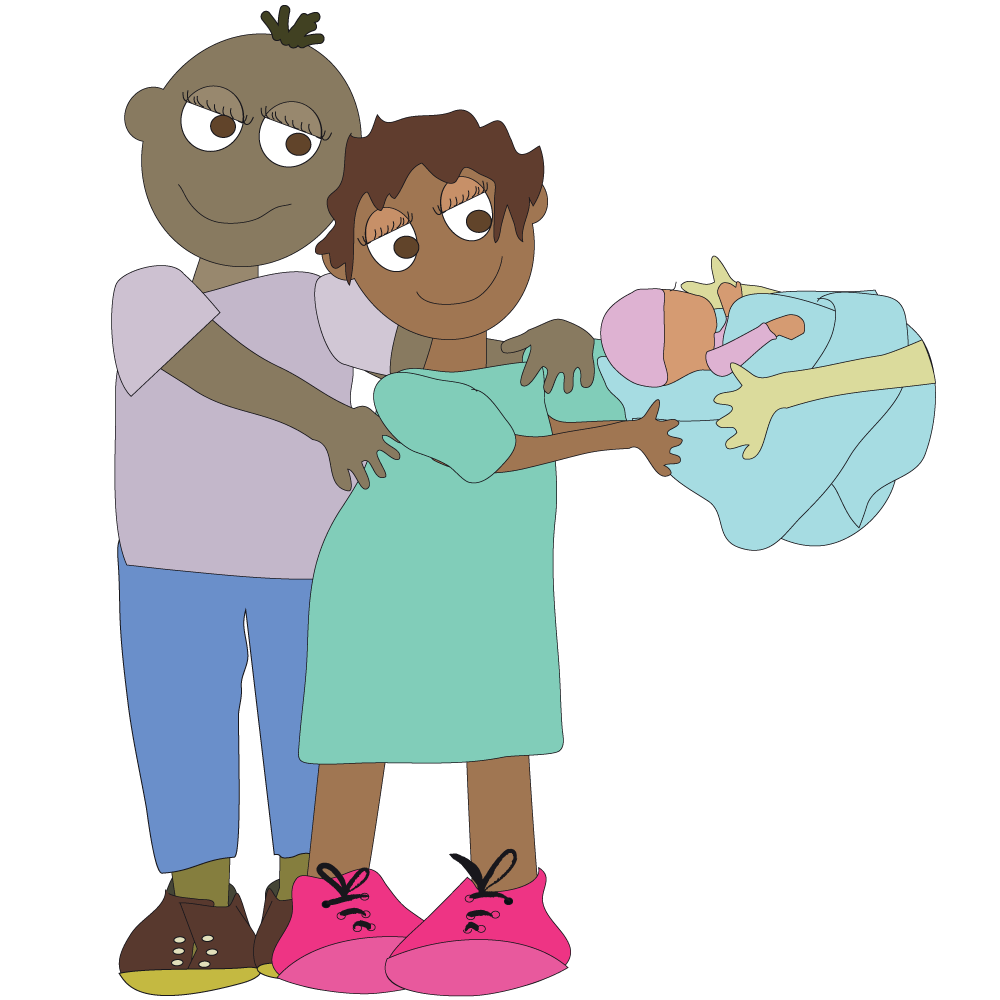
Ukukhetha kwesi-2
Ungaqeda ukukhulelwa ngokukhipha isisu.

Eminye imitholampilo kaHulumeni waseNingizimu Afrika inikeza izinsiza zamahhala zokukhipha izisu. Thola emtholampilo oseduze nawe ukuthi yiziphi izinsiza ezitholakalayo. Ngaphandle kokufinyelela ezinsizeni zamahhala zokukhishwa kwezisu futhi kungenamali yokukhokhela ukukhipha isisu ezindaweni ezizimele, noma ngenxa yokuthi amantombazane akhathazekile ngokuthi abazali bawo bazokuzwa, amantombazane amaningi aphoqeleka ukuba afune usizo emithonjeni ehlukahlukene engekho emthethweni neyingozi.
Eminye imibuzo ezokusiza ukuthi unqume
Uma unquma ukuqhubeka nokukhulelwa:
- Uzizwa kanjani ngokuba ngumama?
- Uzokwazi ukunakekela ingane?
- Ngabe umndeni wakho uyazi ukuthi ukhulelwe?
- Ingabe bayokusekela ngokomoya nangokwezimali?
- Ubani ozobheka ingane?
- Ungakwazi yini ukuthengela ingane ukudla nezingubo?
- Uyakucabanga yini ukunika omunye ingane yakho?
- Ingabe imfundo ibalulekile kuwe?
- Uzosiyeka isikole?
- Ungathanda ukubuyela esikoleni noma kusiphi isigaba?
- Uma wenza kanjalo, ubani ozonakekela ingane?
- Ingabe ukhona umtholampilo eduze nawe?
- Ubaba wengane uyazi ukuthi ukhulelwe?
- Uyakholwa ukuthi uzoshada nawe noma akweseke ngokwezimali nangomoya?
- Ucabanga ukuthi lokhu kuzobuqinisa ubuhlobo bakho naye?
- Ngabe yena kanye/noma umndeni wakhe uzosiza enganeni?
- Uma uthola isibonelelo sengane, simalini futhi sizokunikezani?
Ngabe Uyazi:
- Iyini imiphumela yezempilo yokuzala ingane usencane?
- Ukuthi izingozi eziningi zempilo zokuba umama osemncane zingavinjwa ngokuthola ukunakekelwa kwezempilo okuhle kusukela ekuqaleni kokukhulelwa?
Uma ucabanga ukuqeda ukukhulelwa, uyazi ukuthi:
- Noma iyiphi intombazane ingakhipha isisu ngokusemthethweni? Kuyilungelo lakho elingokomthetho.
- Uma intombazane ifuna ukukhipha isisu, kufanele ikhishwe ngasekuqaleni kokukhulelwa?
- Ukukhishwa kwezisu ngabantu abangaqeqeshiwe kungaholela ekulimaleni okubi, ukungabatholi abantwana ngisho nokufa imbala?
Kuyini ukukhipha isisu (ukuqeda ukukhulelwa)?
Ukukhipha isisu ukunqanyulwa (ukumiswa) kokukhulelwa ngokukhipha umbungu esibelethweni kusetshenziswa imithi noma ngokuhlinzwa.
AUkukhipha isisu kungazenzakalela (ngokujwayelekile kubizwa ngokuthi ukuphuphuma kwesisu)
Ukukhipha isisu kusemthethweni eNingizimu Afrika futhi kulawulwa ngendlela efanayo njengayo yonke inqubo kwezokwelapha.
Umthetho uthi: “uma usukhule ngokwanele ukuthi ungakhulelwa, usukhule ngokwanele ukuba ukhiphe isisu”.
Kwezinye izimo, ukukhipha isisu kwenzelwa ukusindisa impilo kamama, ukuvimbela ukulimala kwengqondo noma komzimba, noma lapho kunamathuba okuba umbungu ufe noma ukhubazeke.

Ukukhipha izisu OKUPHEPHILE yilokho okwenziwa ngudokotela oqeqeshiwe endaweni ehlanzekile engenamagciwane.

Ukukhishwa kwezisu OKUNGAPHEPHILE kwenziwa abantu abangaqeqeshiwe, ngokujwayelekile ezindaweni ezingahlanzekile, futhi kwenzeka ngenxa yemithi engekho emthethweni neyingozi.
Ngingasikhipha nini isisu?
Ezinye izindlela zingenziwa kuphela ekuqaleni kokukhulelwa. Uhlobo lokukhipha isisu luzoncika kuqala ekutheni usukhulelwe amasonto amangaki.
(Ungakuthola lokhu ngokubala ukuthi sekuphele amasonto amangaki kusukela osukwini lokuqala lokuya esikhathini kwakho kokugcina).
Kunezindlela ezahlukene zokukhipha izisu futhi zizoncika ekutheni usungakanani umbungu.
- Ukukhipha isisu kusetshenziswa imishanguzo yemithi kungenziwa kuze kube isonto lesi-7 (ukukhipha isisu ngokwezokwelapha).
- Ezinye izindlela zokukhipha isisu ezihlanza untwentwesi lwesibeletho zisebenzisa izinsimbi zezokwelapha noma ukumunca kungenziwa kuze kube isonto le-12 lokukhulelwa (ukukhipha isisu ngokuhlinzwa).
- gemva kwesonto le-14 lokukhulelwa ezinye izindlela zokukhipha isisu zingabandakanya ukusebenzisa imithi ukuze uqale ukusikwa noma ukuhlinzwa kodwa kufanele kube nezizathu ezikhethekile kulesi sigaba sokukhulelwa.
- Ukuvula umlomo wesibeletho nokukhishwa kungenziwa phakathi kwesonto le-14 nelama-20 lokukhulelwa.
Okunye okunemithelela kuyinqubo yokukhipha isisu
- Yiziphi izindlela (uma zikhona) ezingasetshenziswa eduze kwekhaya lakho?
- Yiziphi izimo zakho zempilo ezinganciphisa amathuba akho okukhetha?
- Kuzodingeka uhambe ibanga elingakanani?
Amantombazane amaningi kufanele ahambe ibanga elide ukuze akhiphe isisu ngendlela ephephile. Kwesinye isikhathi lokhu kungabambezela ukukhipha isisu futhi kunciphise nongakukhetha. Udinga ukuthola lonke ulwazi ngokukhulu ukushesha.
Ngingasikhipha kuphi isisu?
Ukukhipha izisu kungenziwa emitholampilo yamahora angama-24, ezibhedlela noma emitholampilo yamahhala yokukhipha izisu. Ukukhipha isisu kusemthethweni eNingizimu Afrika futhi kulawulwa ngendlela efanayo nazo zonke ezinye izindlela zokwelapha.

Ukukhishwa kwesisu okuphephile

UUkukhishwa kwezisu okusemthethweni kwenziwa kanjani?
Ukukhishwa kwezisu okusemthethweni kwenziwa ngezindlela ezimbili:
- Ukukhishwa kwezisu ngokusebenzisa imithi (ngokwezokwelapha)
- Ukukhipha izisu ngokuhlinzwa
Ukukhishwa kwezisu ngokwezokwelapha kusebenzisa imithi (ngokujwayelekile amaphilisi) ukuze kugeqe isibeletho. Umbungu uphuma ngenxa yemithi.
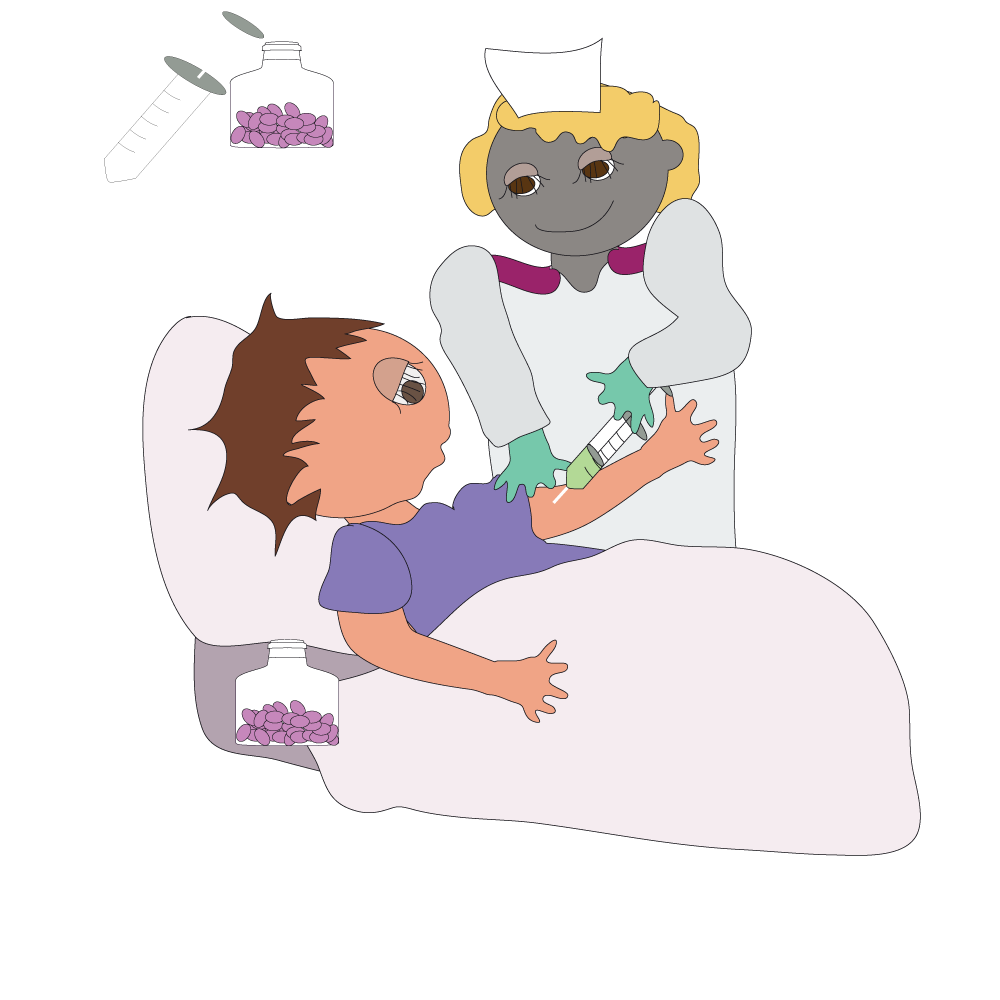
Ukukhipha izisu ngokuhlinzwa kusebenzisa amathuluzi ukugeqa okusesibelethweni. Ezinye zezinsimbi:

Emva kwesikhathi

Amantombazane amaningi alulama ngokushesha kodwa kungalindeleka ukopha, amajaqamba noma ubuhlungu besisu kuze kube amasonto amabili. Xhumana nomtholampilo noma isibhedlela sakho uma lezi zimpawu zizimbi.
Ukuya esikhathini kungaze kwenzeke emva kwamasonto amane kuya kwayisithupha. Ngalesi sikhathi, ungakhulelwa futhi uma uye ocansini olungavikelekile, ngakho-ke kufanele usebenzise indlela ethile yokulawula inzalo.
Kubalulekile ukuyohlolwa ngemuva kokukhipha isisu emuva kwamasonto amabili kuya kwamathathu ukuze uqiniseke ukuthi leyo nqubo iphumelele, futhi umzimba wakho ubuyele esimweni kwesijwayelekile.
Amanye amantombazane akuthola kunzima ngokomoya ukubhekana nokukhipha isisu. Angase azizwe edabukile futhi ecindezelekile. Kwesinye isikhathi ukwenza isinqumo ngokushesha akuvumeli ukuba kudluleke kahle kuyo yonke imizwa.
Ukushintsha kwamahomoni lapho ukukhulelwa kumisiwe kungase kwenze intombazane ibe ngethinteka kakhulu ngokomoya.
Khuluma nothandana naye noma abanye abantu ongabathemba futhi ubazise ukuthi uzizwa kanjani.
Uma ufuna ukwelulekwa ngochwepheshe kwezokweluleka, khuluma nabantu lapho ukhiphe khona isisu ubacele ukuthi bakudlulisele kubo.
Ukukhipha isisu okungaphephile

Ukukhishwa kwezisu okungaphephile kwenziwa umuntu ongaqeqeshiwe kanye/noma ngaphansi kwezimo ezingahlanzekile, yintombazane ngokwayo, noma kwenzeka ngenxa yokuphuza ‘imithi yokukhipha isisu’.
Lokhu kukhishwa kwezisu kungaba nemiphumela eminingi emibi.
Ezinye zezindlela ezingekho emthethweni neziyingozi ezisetshenziswayo ukusetshenziswa kwamakhambi nezinto ezinobuthi, ukusetshenziswa kwamathuluzi acijile afakwe esibelethweni kanye nokuhlukumezeka ngokomzimba.
Ukusetshenziswa kwamandla esiswini kungabangela ukulimala okukhulu kwangaphakathi ngaphandle kokuphumelela ekubangeleni ukuphuphuma kwesisu.
Amakhambi nemithi, amathuluzi nezinye izinto kungabangela ingozi enkulu - ngisho nokufa - imiphumela engemihle yakamuva eyenza zonke izitho zakho zihluleke ukusebenza, ngakho odokotela abakuncomi nhlobo.
Ngakho-ke, noma uzizwa uphelelwe yithemba kakhulu, kubaluleke kakhulu ukuthola umhlinzeki wezempilo onomusa futhi onakekelayo ukuze akukhiphe isisu. Kuyilungelo lakho.
Intsha (iminyaka eyi-15 kuya kweyi-19) yenza ama-25% akho konke ukuhushulwa kwezisu okungaphephile e-Afrika.
Umthombo: WHO Journal Paper. 6 Sexual and Reproductive Health 4. www.who.int/reproductive-health

Izindlela ezingaphephile zokukhipha isisu
Ukukhishwa kwezisu okungaphephile kwenziwa ngumuntu ongaqeqeshiwe phansi kwezimo ezingahlanzekile.

Imiphumela engaba khona
Ukopha okungalawuleki, ubuthi, ukusha, ukutheleleka okungaholela ekupheleni kwenzalo (ukungakwazi ukuthola umntwana), ukuvaleka kwamashubhu, ukwehluleka kwezitho zomzimba ukusebenza, izifo eziyizimbelambela nokufa.
Amaphilisi noma ezinye izinto (ezivela kumhlinzeki okungeyena owezokwelapha)


Imiphumela engabakhona
Lezi zinto zingabangela ukukhishwa kwesisu okungaphelele (okusesibelethweni kungakhishwa kahle) futhi uma umbungu ungafi, ungazalwa unezinkinga zempilo ezimbi kakhulu.
Ukugxuma kusuka ezindaweni eziphakeme


Imiphumela engabakhona
Ukuziphonsa phansi usuka ophahleni kungabangela ukulimala okubi kuwe futhi ngeke kukhiphe umbungu.
Ukushaya noma ukushaya ngenqindi uphindelela ngezansi kwesisu


Imiphumela engabakhona
Kwesinye isikhathi amantombazane acabanga ukuthi ukushaya noma ukushaya ngenqindi ephindelela ngezansi kwesisu kuzoqeda ukukhulelwa. Lo mkhuba ungaqhumisa isibeletho bese ubulala okhulelwe.
Ukuqukula izinto ezisindayo

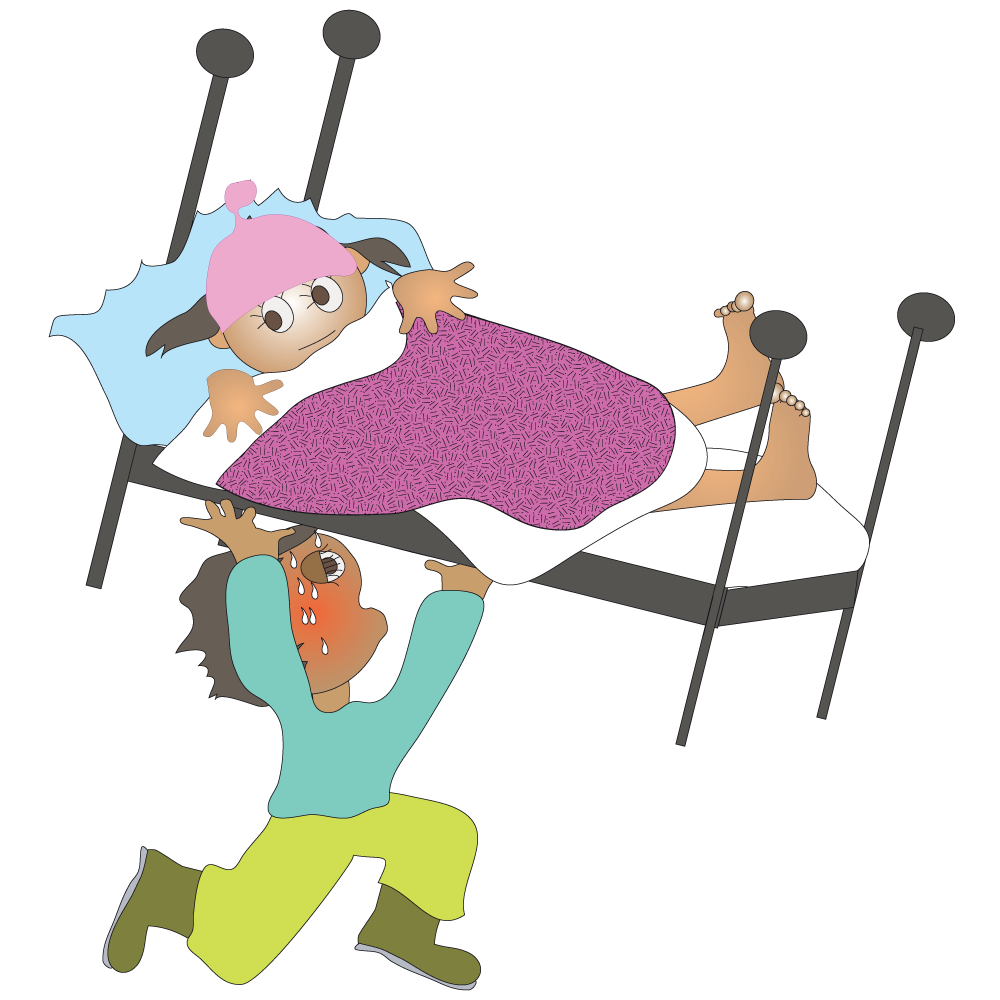
Imiphumela engabakhona
Lokhu ngeke kuhluthule umbungu kodwa kungalimaza kabi umhlane, ezinye izitho nezicubu zentombazane
Amakhambi kanye/noma ezinye izinto

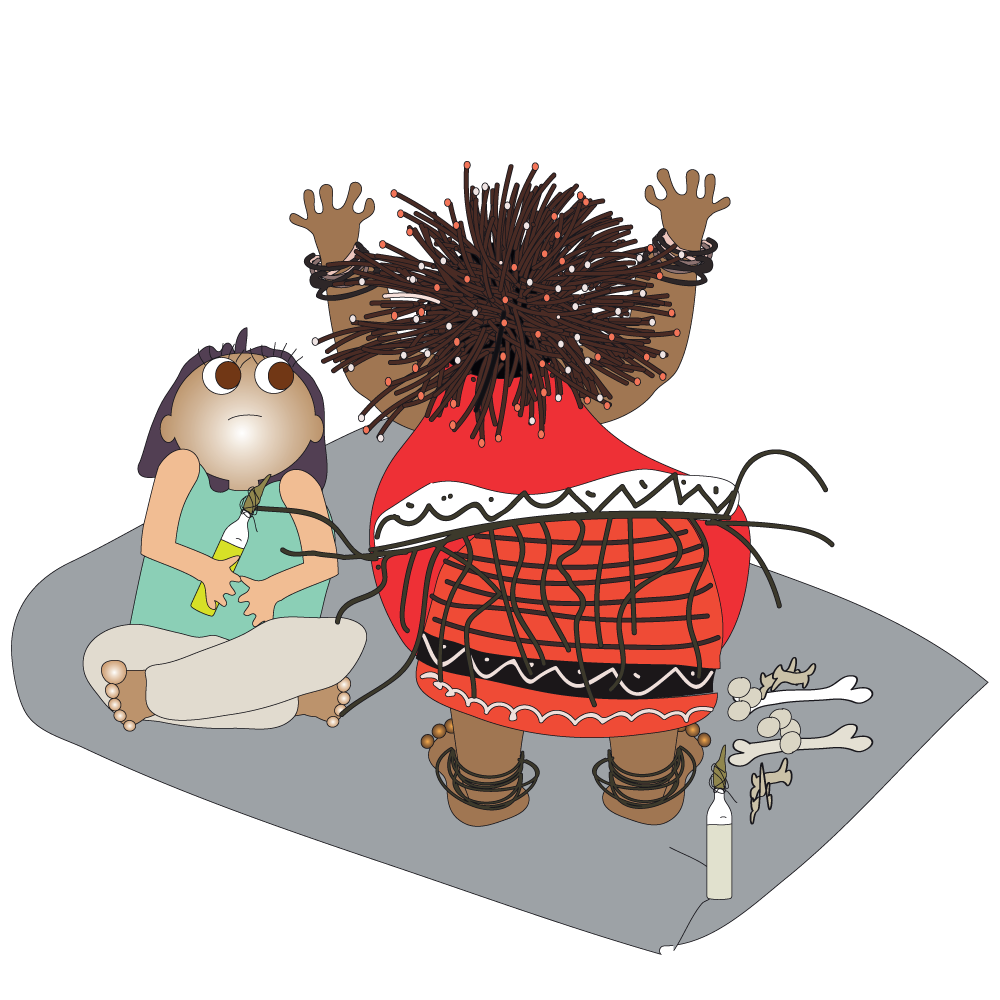
Imiphumela engabakhona
Ukuphuza izinto ezinobuthi kungabangela ushevu, ukusha kwesikhumba kanye nokulimala kwengane ngaphandle kokuphuphuma kwesisu.
I-quinine (umuthi kamalaleveva) ngezinye izikhathi uyasetshenziswa. Lokhu akuwona umkhuba ophephile.
Ukufaka izinto emgudwini wesitho sangasese


Imiphumela engenzeka
Ukudabuka kwesibeletho okubangela ukopha kakhulu, ukuphelelwa yinzalo ngisho nokufa.
Imibuzo ngokukhipha isisu
Iqiniso noma amanga
- Noma iyiphi intombazane ingakhetha ukukhipha isisu.
- Ukukhipha isisu kudinga ukwenziwa ngokushesha okukhulu.
- Kunezinhlobo ezimbili zokukhishwa kwezisu, ukuhlinzwa noma ngemithi.
- Ukukhishwa kwezisu okwenziwa ezindaweni zokunakekelwa kwempilo kuphephe kakhulu.
- Ukukhishwa kwezisu okuningi kwenzeka emasontweni okuqala ayi-12 okukhulelwa.
- Ukukhipha isisu kusemthethweni eNingizimu Afrika.
- Ukugxuma ophahleni cishe kuyokwephula ithambo, ngeke kukhiphe umbungu.
- Abelaphi bendabuko abaqeqeshelwe ukukhipha izisu.
- Amaphilisi okukhipha atholakala noma kuphi ayingozi ukuwasebenzisa.
- Kwesinye isikhathi ukuthatha isinqumo sokukhipha isisu kungakwenza uphatheke kabi.
- Kuhle ukuba nomuntu ongamethemba ozokusiza ngalesi sikhathi.
- Unelungelo lokuthola inhlonipho kumhlinzeki wakho wezempilo.
- Akekho umuntu ongaphoqa ukuthi usikhiphe isisu uma ungazikhetheli ukusikhipha.
Zonke izimpendulo ziliqiniso
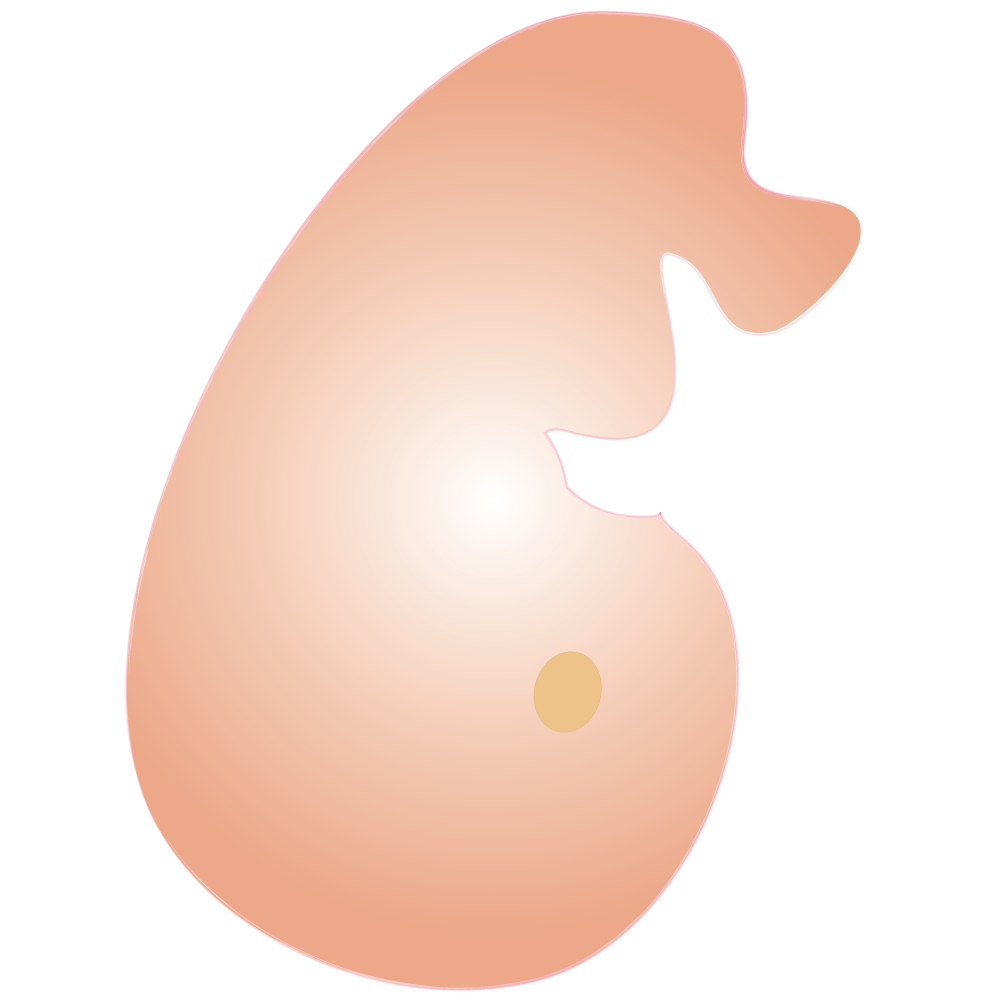
Ukuphuphuma kwesisu wukulahlekelwa ngokwemvelo ngumbungu ngaphambi kwamasonto angama-20 okukhulelwa. Ukuphuphuma kwesisu ngemva kwesonto lama-20 kubizwa ngokuthi ukubeletha ingane isifile. Ukuphuphunyelwa yisisu kuyisehlakalo esingokwemvelo, ngokungafani nokukhipha isisu ngokwezokwelapha noma ngokuhlinzwa.
Ukuphuphunyelwa yizisu kuvamile kakhulu (cishe ukukhulelwa okukodwa kokuhlanu kuphela ngokuphuphunyelwa yisisu) futhi kuvame ukwenzeka ezinyangeni ezintathu zokuqala ukhulelwe.
Ezimweni eziningi, ukuphuphuma kwezisu kwenzeka ngenxa yezinguquko noma izinkinga ngombungu ezenzeka ngesikhathi sokukhulelwa, ngesikhathi sokukhula kombungu.
Amantombazane amaningi asuke engazi nokuthi aphuphunyelwe yisisu, ecabanga ukuthi wukuya esikhathinini okunzima.
Izimpawu zokuphuphunyelwa yisisu kungaba amajaqamba, ukubona igazi, ubuhlungu esiswini noma emhlane, ubuthakathaka nokopha kakhulu lapho uya esikhathini.
Izinto ezingandisa ingozi yokuphuphuma kwesisu yilezi:
- Ukubhema
- Ukuphuza
- Umlando wokuphuphuma kwezisu
- Ubudala
Ukuzalwa ngaphambi kwesikhathi wukukhulelwa okuphela ngaphambi kwesonto lama-37 futhi ukuzalwa kosana luphila. Usana luvame ukuba luncane kakhulu lube nesisindo esiphansi sokuzalwa. Ngezinye izikhathi ingane ifakwa entweni esabhokisi efukamela ingane ikhule (incubator), egcina ingane ifudumele futhi iyivikele emagciwaneni.

Umntwana okhulelwe ngaphambi kwesikhathi ku-incubator
Lapho umbungu efa esibelethweni noma ngesikhathi sokubeletha.

Uma ungazange uboniswe ukuthi uyincelisa kanjani ingane yakho, ulwazi olulandelayo luzokunikeza amasu.
Ukondla ingane yakho kungaphezu nje kokunikeza ukudla okunomsoco. Kumayelana nokukhuliswa nokunethezeka. Isikhathi sokuncelisa siyisikhathi esihle sokubamba ingane yakho kanye nokubhekana emehlweni, okuyindlela enhle yokwandisa ukujwayelana.
Endabeni yamantombazane ane-HIV - qinisekisa ukuthi abasebenzi bezempilo bakuqinisekisile ngendlela ongayikhetha ukuncelisa ingane yakho.
Qala NGOTHANDO

Ngaphambi kokuba uqale ukuncelisa, qiniseka ukuthi ingane yakho iphapheme futhi ibhekile.
Usana olusanda kuzalwa olozelayo ngeke luncele kahle.
Uma kufudumale ngokwanele, khumula ingane yakho isale ngenabukeni layo, ukuze ikwazi ukuthintana nawe kakhulu esikhumbeni ngenkathi uyincelisa. Yithinte kamnandi bese ukhulumela phansi. Ungakwazi ngisho nokucula iculo elifushane uma uthanda. Kwenze kube ngumkhuba wakho lokhu lapho umncelisa.
Khululeka
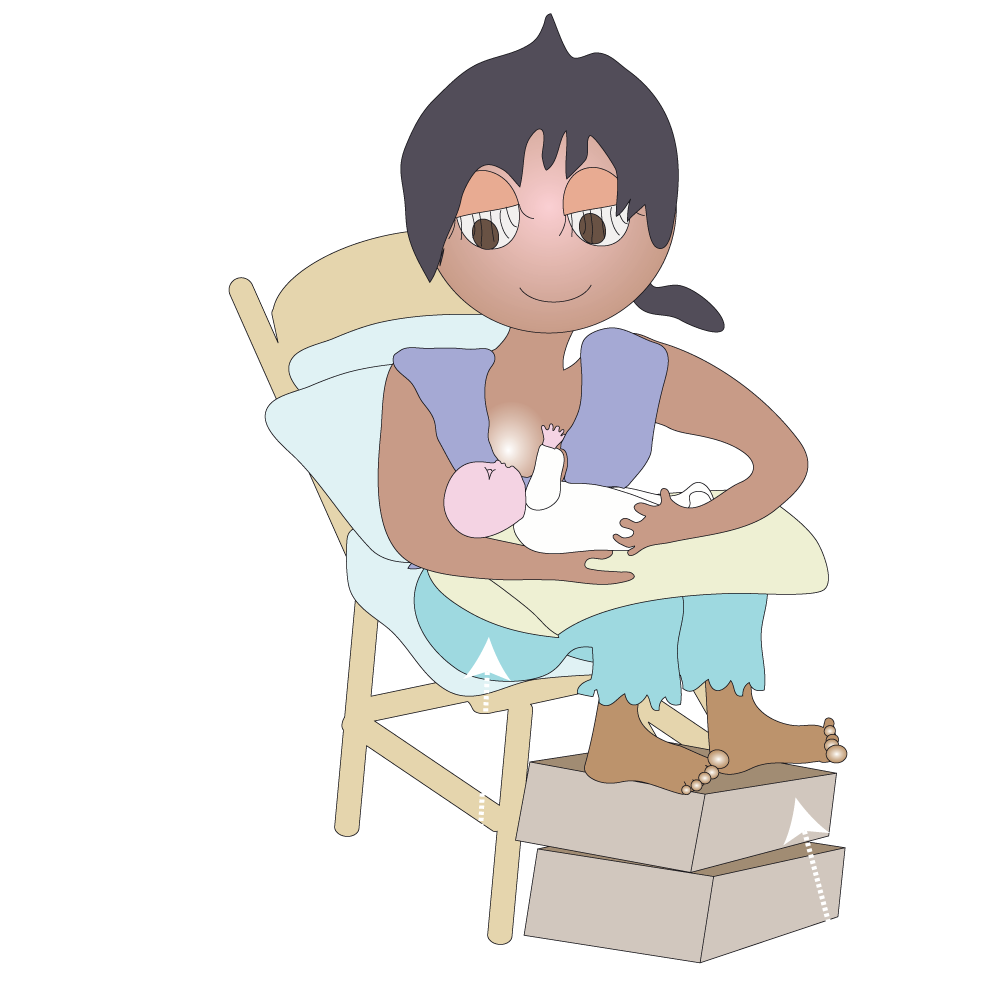
Izingane kanye nomama bazo kumele bakhululeke banethezeke ngesikhathi sokuncelisa. Yingane yakho iyoncela kangcono uma yesekwe kahle umzimba wayo usondele kahle futhi unethezekile eceleni kwakho.
Sebenzisa imiqamelo kanye nezingubo zokulala ethangeni ukusondeza ingane yakho ilinganisane nebele lakho.
Izingalo zakho ziyokhathala ukubamba ingane ilinganisane nebele kukho konke ukuyincelisa. Sebenzisa imiqamelo ugibelise izinyawo zakho kokuthile ukuphakamisa ingane yakho isondele kuwe.
Letha ingane ebeleni, hhayi ibele enganeni

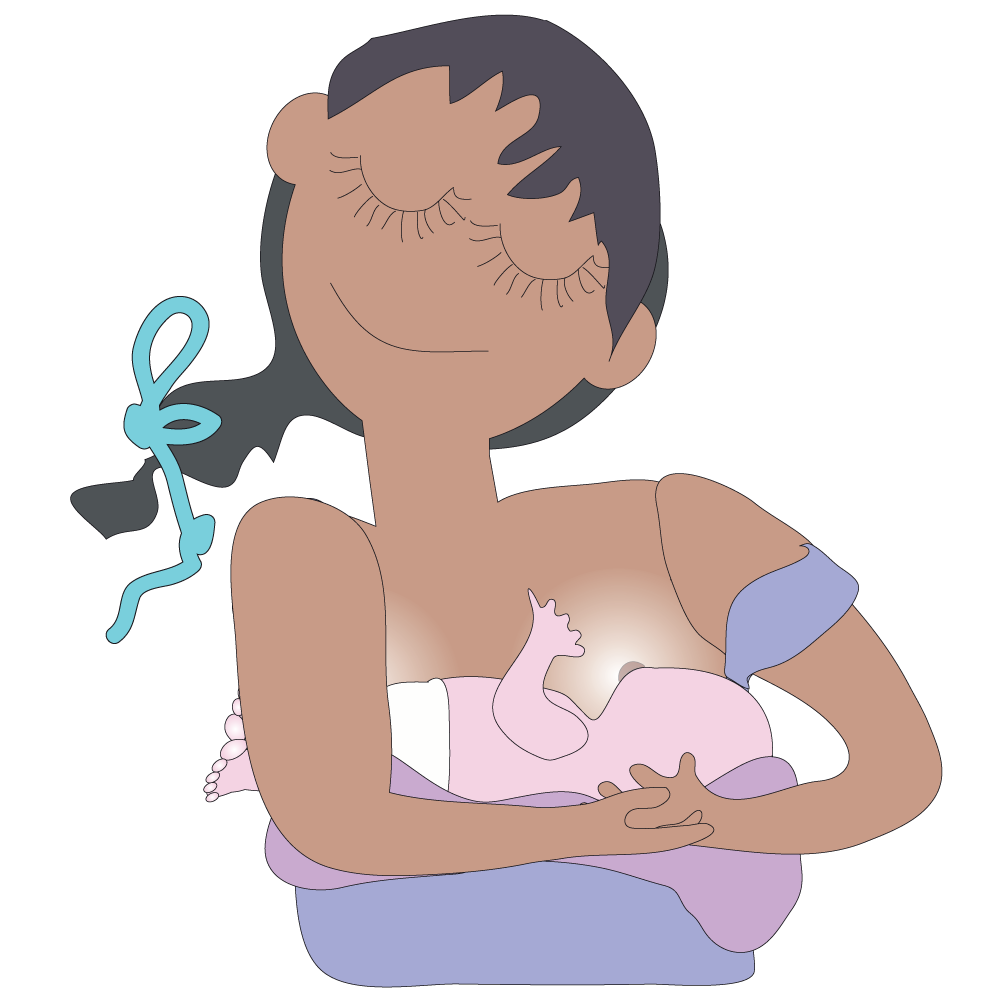
Ungazikhethela wena indlela yokuhlala (position) uncelise ingane yakho, kodwa qinisekisa uthola indlela ekwenza ukhululeke unethezeke ehlangabezana nezidingo zengane yakho.
Amanye amantombazane athanda ukuhlala aqonde abambe ingane njengalapho ilele embhedeni. Lokhu kukuvumela ukuba ubambe ingane ngesandla esisodwa bese usebenzisa esinye ukweseka noma ukunyakazisa ibele.

Amanye amantombazane akhetha ukulala ngohlangothi nengane eduze kwawo.
Lezi zimo zokuhlala zingashintsha usuku nosuku njengoba umntwana ekhula.
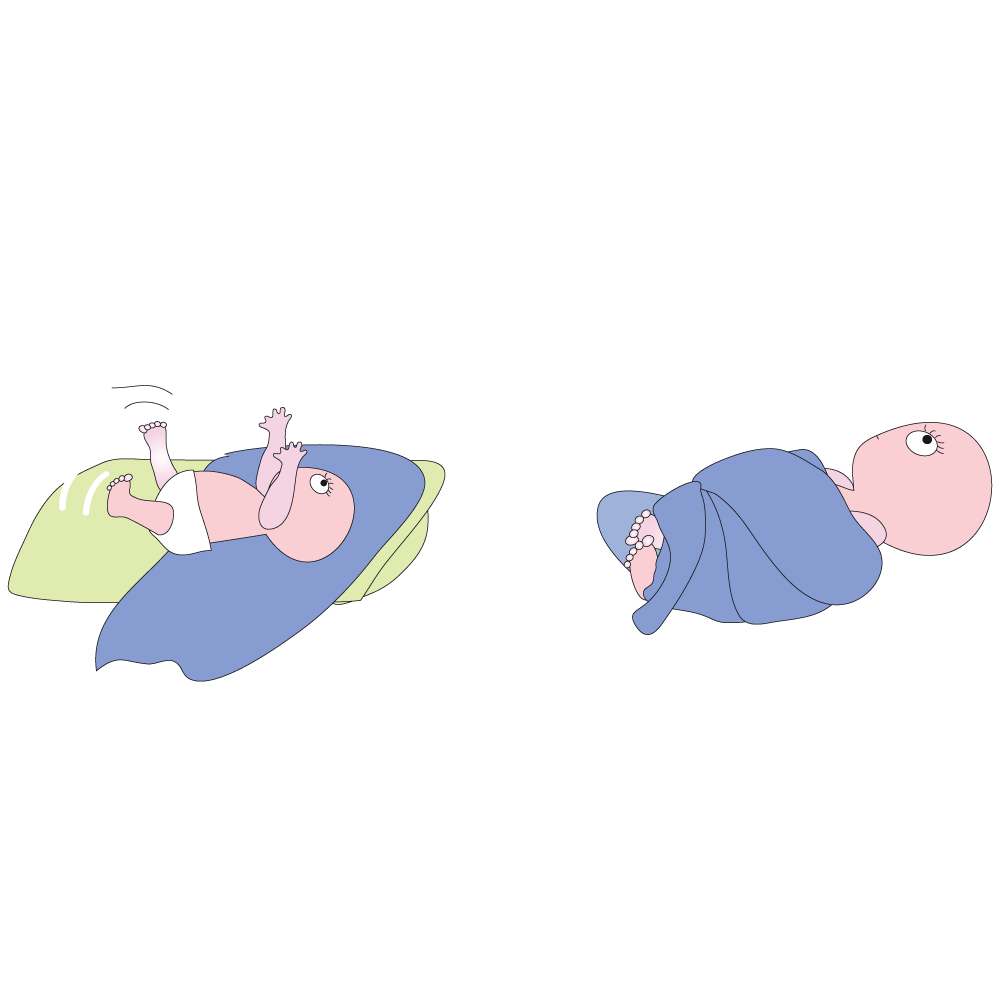
Uma ingane inyakaza kakhulu, zama ukuyisonga kahle ngengubo futhi ufake izingalo zayo ngaphakathi.
Ukuhlala kwengane ngenkathi incela

- Lalisa ingane yakho engalweni intamo yayo iphumule ngaphakathi kwendololwane, ingemuva liphumule engalweni futhi isinqe sakhe sibe sesandleni sakho.

- Bese uguqula ingane ngecele ukuze ibhekane nawe 'isisu sibhekane nesisu.
- Isondeze kuwe, ukuze umzimba wayo uthintane nowakho.
- Ikhanda lakhe nentamo kufanele kuqonde futhi kuhambisane nomzimba wayo, ingasonteki noma ibheke eceleni.
- Ingane akufanele iphendule ikhanda layo noma izabalaze ukubheka phezulu ukuze ifinyelele engonweni yakho.
- Ibele kufanele libe khona lapho phambi komlomo wayo
Ukubamba ingane nebele

Ukubamba ingane nebele kusho ukusondeza umlomo wengane engonweni ngendlela efanele.
Izingane zizalwa zinomuzwa wemvelo wokubamba ibele nokuncela. Zingase zidinge usizo oluncane.
Ukubamba ingane nebele ngendlela enhle kungenye yezingxenye ezibaluleke kakhulu zokuncelisa ngokunethezeka.
Ukuhlala kahle uma uzoncelisa kuyisiqalo salokhu. Khumbula 'isisu-kuya-esiswini' kanye 'nesilevu-esifubeni'.
Uma ingane yakho isontekile kungenza kube nzima kuyo ukuncela ubisi, futhi kungenza izingono zakho zibe buhlungu.
Izingane ezindadlana zisemathubeni amaningi okuyaluza lapho zincela.
Indlela embi yokuncelisa | Indlela enhle yokuncelisa


- Sebenzisa isandla sakho esisodwa ukubamba ibele bese ulinikeza ingane yakho
- Kufanele ivule umlomo wayo ube banzi ngokwanele ukuze ithathe (ingxenye ekahle yengono iyifake emlonyeni wayo.
- Ngenkathi ekwenza lokhu msondeze ngasebeleni.
Uma ungazange uthole indlela enhle yokuncelisa okokuqala, ungayishiyi ingane ebeleni lakho. Lokhu kungabangela izingono ezibuhlungu.
Uma uzwa ubuhlungu, myekise ukuncela ngokufaka umunwe ohlanzekile ekhoneni lomlomo wakhe, umkhiphe ebeleni bese uzama futhi.
Kungase kuthathe imizamo eminingi ngaphambi kokuba uthole indlela enhle yokuncelisa.
Ngenkathi ingane yakho ifunda ukuncela ibele, kuzoya ngokuba lula
Kufanele ngiyondle kangaki ingane yami?
Ingane ngayinye ihlukile, kodwa ingane encane ingadla izikhathi eziyisishiyagalombili kuya kweziyishumi nambili emahoreni angama-24.
Ukuncelisa ingane yakho ubisi kuhambisana nezidingo zengane yakho, ngakho kuyasiza ukondla noma nini lapho ingane yakho ilambile.
Uzokwazi ukuthi uyihlinzeka ngobisi olwanele ingane yakho uma:
- Uma ichamela amanabukeni endwangu ayisithupha kuya kwayisishiyagalombili, noma amanabukeni amahlanu alahlwayo emahoreni angama-24
- Inendle (amakaka) ethambile okungenani kanye ngosuku ezinyangeni ezimbalwa zokuqala
- Ngokujwayelekile ingahluphi emva kokudla
- Inamehlo akhanyayo nesikhumba esihle
- Iba nesisindo esihambisanayo nesikhathi sokukhula kwengane
Ngazi kanjani ukuthi ingane yami idla ngendlela efanele?
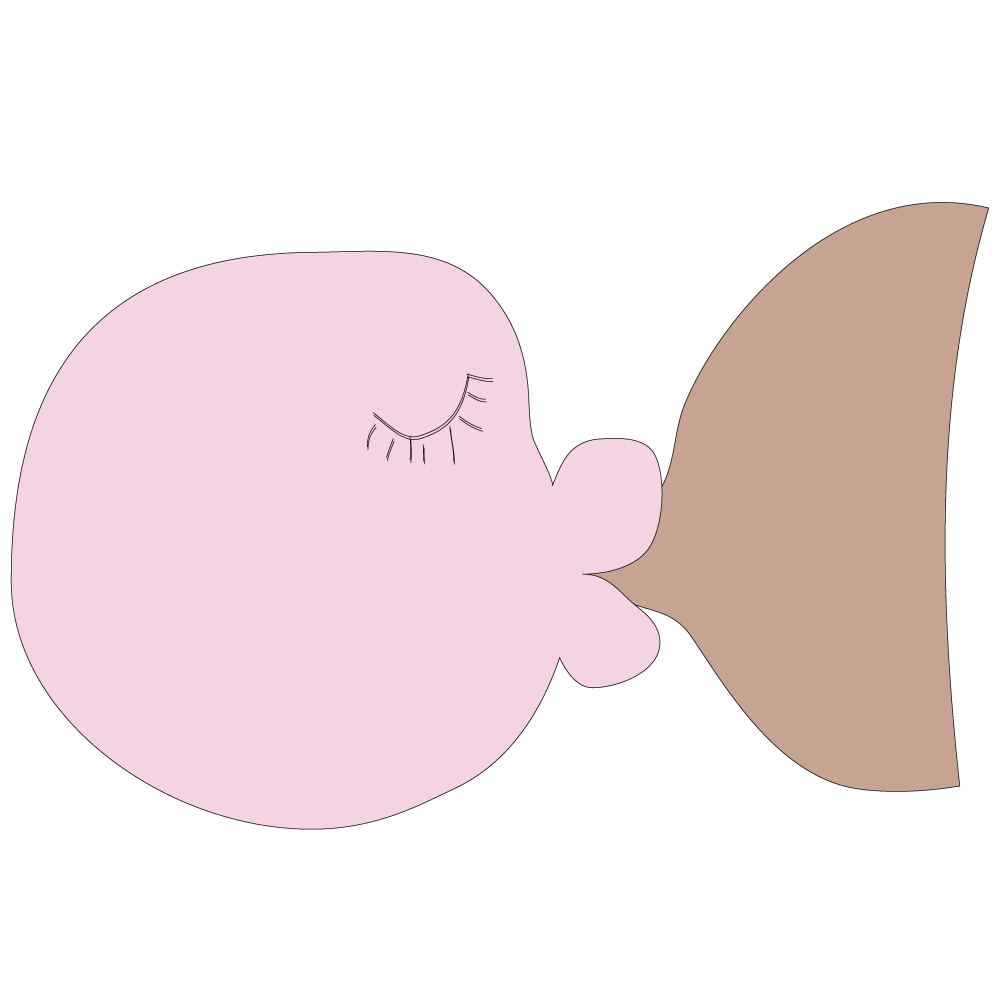
Ingane kufanele ivule izindebe zayo ngasebeleni
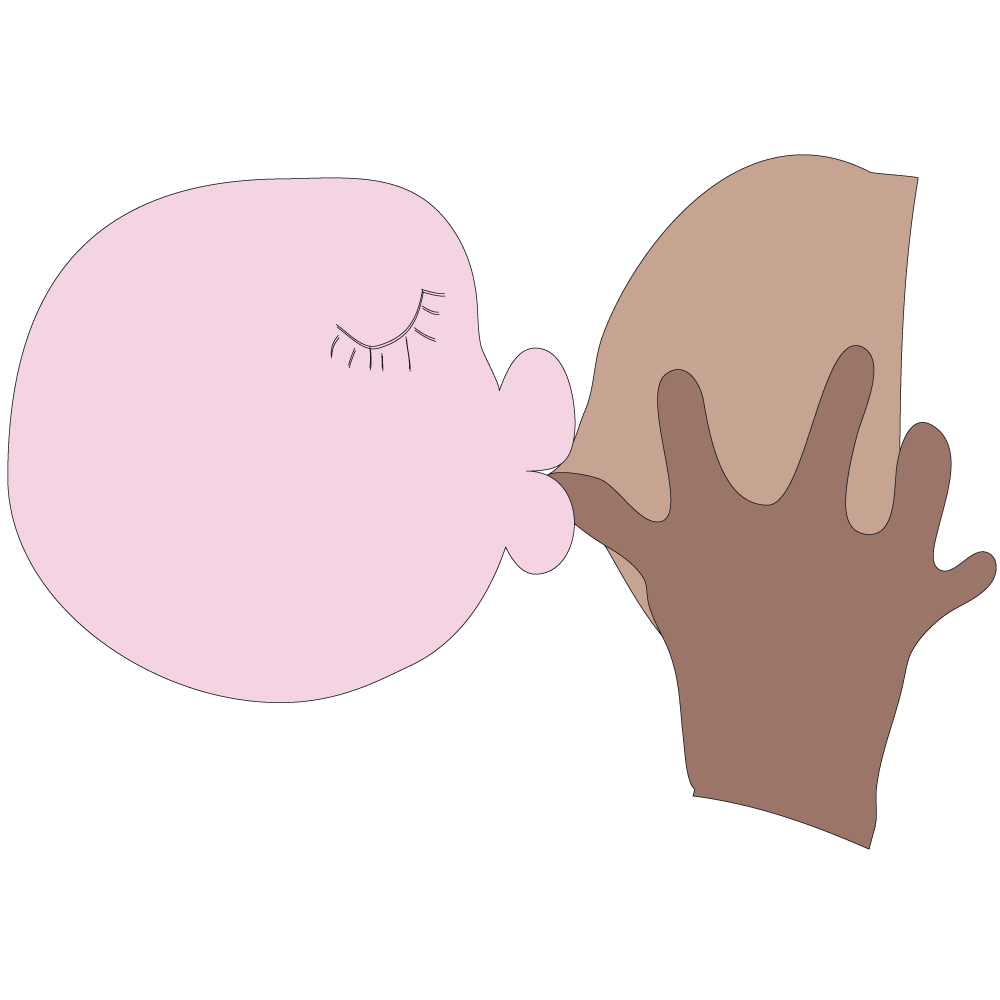
Uma udonsa kancane kancane udebe lomlomo olungaphansi lwengane (ngenkathi incela), ulimi kufanele lutshekele ngasebeleni.
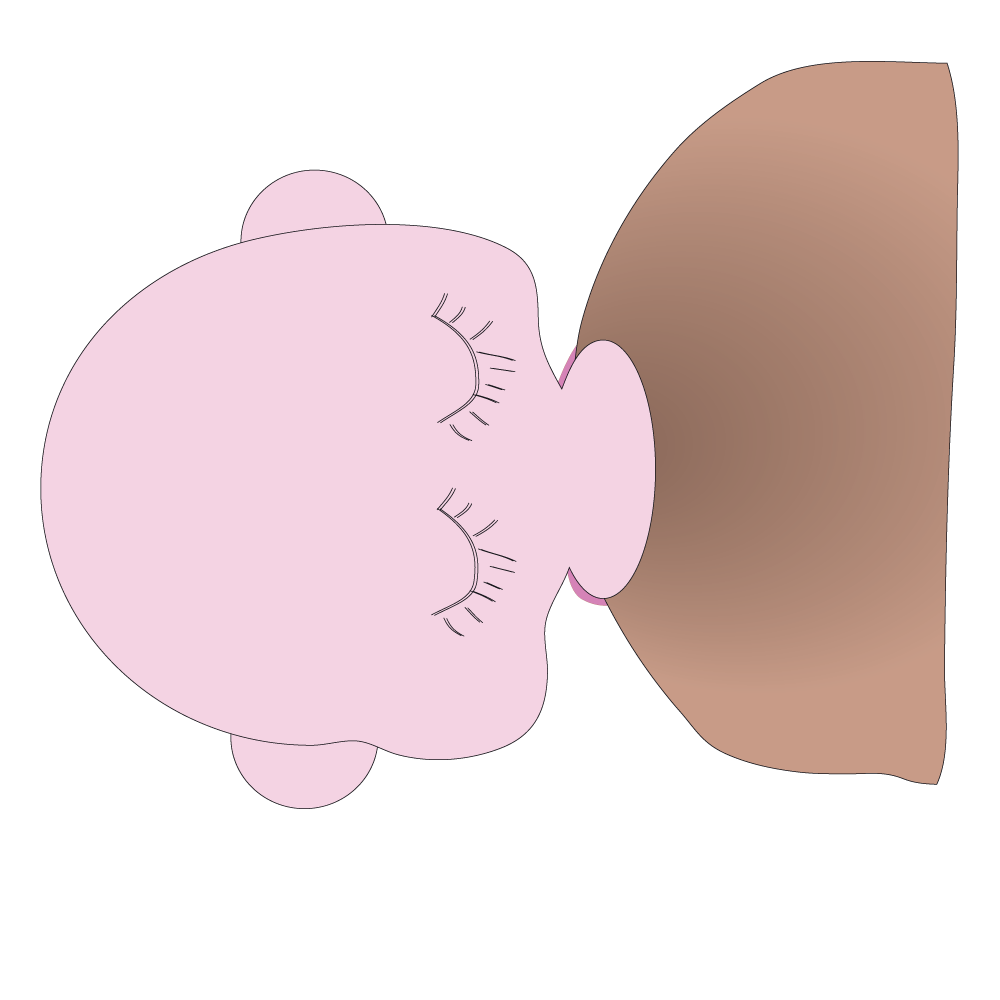
Ungaphinde uzwe ukugwinya kwengane futhi ubone nokunyakaza kwezindlebe ngenkathi encela ngenkuthalo.

Emantombazaneni angakwazi ukuncelisa ngebele noma anquma ukungakwenzi lokho, ubisi lwezingane ezincane lwebhodlela lungaba yisixazululo.
Uma wondla ingane yakho ngobisi lwebhodlela oluthengwayo futhi ulandela imiyalelo, isidingo sokudla okunomsoco kwengane sizofezeka.
Usazokwazi ukujwayelana nengane yakho.
Noma uyincelisa ngobisi lwebele noma ubisi lwebhodlela, ukuncelisa yisikhathi esibalulekile sokuxhumana phakathi kukamama nengane.
Ukulungiswa okuphephile kobisi lwebhodlela
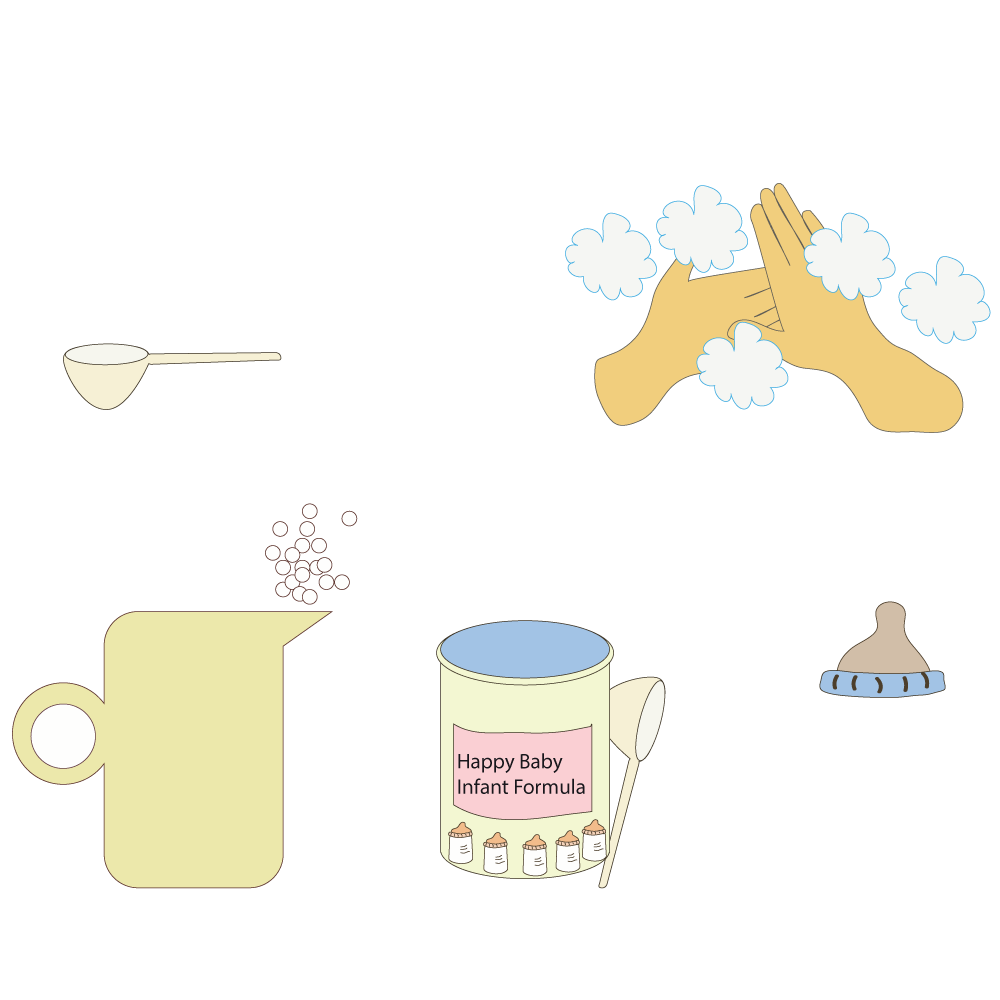
Ukuncelisa ingane ibhodlela kuzodinga ukuthi uhlanze amabhodlela namathithi encela ngawo. Kunemikhiqizo ethengiswayo yokukwenza lokhu noma ungasebenzisa indlela yokubilisa.
- Ngaso sonke isikhathi sebenzisa inkomishi noma ingilazi ebhalwe izilinganiso kanye nokhezo ukuze ulinganise amanzi kanye nempushana yefomula.
- Geza izandla zakho ngaphambi kokulungisa ukudla kwengane.
- Bilisa amanzi bese uwayeka aphole.
- Agcine emboziwe ngenkathi ephola.
- Kala impushana yefomula enkomishini emakiwe noma engilazini.
- Yenza kugcwale ngokungaqongi (level) okhezwemi
- Faka isipunu (scoop) esisodwa sempushana kuwo wonke ama-25ml amanzi.
- Faka inani elincane lamanzi abilisiwe apholile bese uxukuza.
- Gcwalisa inkomishi noma ingilazi ngamanzi kufike kumaka.
- Govuza/Xukuza kahle.
- Hlola izinga lokushisa ngokuthela amaconsi ambalwa ngemuva kwesandla sakho noma isihlakala.
- Ubisi kufanele uluzwe lusivivi - lungashisi.
- Ungawashisisi amabhodlela kuhhavini we-microwave. Ubisi lungase lushise ngokungalingani, kudaleke izindawo ezishisa kakhulu ezingashisa umlomo wengane yakho.
- Yondla ingane usebenzisa ibhodlela noma inkomishi.
- Hlanza izitsha.
Kuyini ukujwayelana (bonding)?

Ukujwayelana kuyinqubo lapho umama, ubaba kanye nosana olusanda kuzalwa bexhumana ngokukhethekile omunye nomunye. Lesi yisiqalo sokwakha ubuhlobo obujulile obuhlala njalo obukhethekile.
Lokhu kujwayelana okungokwemvelo kunisondeza ndawonye. Ukujwayelana kukhuthaza ukuba unake kakhulu izidingo zengane yakho - ukuvuka phakathi nobusuku uyondle, uqaphele lapho inabukeni lidinga ukushintshwa, futhi uqonde ukuthi kusho ukuthini ukukhala ngokwahlukana kwengane yakho.
Lokhu kujwayelana kuyisisekelo enganeni sokuthuthukisa imizwa yayo ngobuyona.
Kungani ukujwayelana kubalulekile

Ubunye ekuxhumaneni buwubuhlobo obujulile, obuhlala njalo phakathi kwakho nengane yakho eminyakeni embalwa yokuqala yokuphila.
Ubunye buneqhaza elibalulekile ekukhuleni kwengane yakho (ngokwenhlalo, ngokomoya, ngokwengqondo nangokomzimba).
Uma ubuhlobo bakho nengane yakho bungcono, kulapho ingane yakho ingakhula. kahle kakhulu.
Ubunye obuhle nobumileyo njalo bunikeza isisekelo esihle kakhulu (esifanele) sempilo - ukulangazelela ukufunda, ukuzazi ngendlela eyiyo, ukwethemba nokucabangela abanye.
Uma bungekho ubunye obumile njalo ebudlelwaneni bakho nengane, obuhluleka ukuhlangabezana nezidingo zengane yakho zokuphepha nokuqonda, buholela ekudidekeni nobunzima bokufunda nokuhlobana nabanye ekuphileni kwayo emva kwesikhathi.
Ngesinye isikhathi akubi lula

Inqubo yokwakha ubunye nokuxhumana kuyenzeka ngokwemvelo ngenkathi unakekela ingane yakho kodwa akulula ngaso sonke isikhathi.
Ngokuhamba kwesikhathi, kuzoba lula ukuqonda ukukhala okuhlukene, ukwazi ukuthi izimpawu zisho ukuthini futhi uphendule ezidingweni zengane yakho zokudla, ukuphumula, uthando nokududuza. Zama ukuba nesineke ngengane nawe ngenkathi uzama ukwazi nokuqonda ngengane nangawe.
Kuvamile ukuzizwa ungaqinisekile, uthukile noma ungaxhumani kahle nengane ekuqaleni. Nokho, ziningi izinto ongazenza ukuze uqale ukwakha ubunye obumileyo nengane yakho.
Ungabakha kanjani ubunye obumileyo nengane yakho
Zinakekele!
- Ukusondelana nengane yakho kuhle nakuwe.
- Ukusondelana nengane yakho kuqala ngokuba uzinakekele wena.
- Izingane zidinga ukuba sesimweni esinokuthula futhi uhlale uqaphile ukuze nibe munye, kanjalo nawe ngokunjalo udinga leso simo.
Nakuba kungaba nzima kangakanani, kubalulekile ukuzinakekela tukuze wenze ukujwayelana nokunamathelana kwenzeke.
- Zama ukulala ngokwanele

Ukulala okuncane kakhulu kungakwenza ube nenhliziyo encane futhi ucasuke, ungabi nasineke noma amandla okwenza noma yini.
- Funa ukwesekelwa

Zama ukuthola usizo oluningi ngokunokwenzeka emndenini nakubangane bakho.
Ukunakekela ingane encane kunzima, futhi uma ungake uzishayise ngomoya kungakusiza unakekele ingane yakho kangcono.
- Thatha uhambo ngezinyawo

Gibela ibhayisikili. Hlangana nabangane uphuze isiphuzo esibandayo isikhathi esingangehora noma ngaphezulu ngenkathi othile omethembayo egade ingane.
Lapho izingane ziba nokuxhumana nobunye, ngokujwayelekile zikwazi kangcono ukwenza:
- Ukwakha ubudlelwano obuthembekile nabanye
- Ziba ngezizinzile ngokomoya
- Zizizwela ukuzethemba futhi zijabule ngobuzona
- Ziyakujabulela ukuba nabanye
- Zelapheka ngokushesha okukhulu ekuphoxekeni nasekulahlekelweni
- Ziyakhuluma ngemizwa yazo zifune ukusekelwa

Ukudala ukuxhumana kokuzizwela ukuphepha nokuvikeleka enganeni kudinga imizamo eminingana, kepha imbuyiselelo ibankulu kini nobabili.
Ukusondelana kuneqhaza elikhulu okulibambayo ekukhuleni kwengane yakho kwezenhlalo, ngokomoya, ngokwengqondo nangokomzimba.
Ukuxhumana okuhle kuyasiza ekuthuthukeni

- Ngokwezenhlalo - akwazi ukuba nabanye kalula.

- Ngokomoya – akwazi ukubonakalisa imizwa yakhe aphinde asimame masisha nakalula.

- Ubuhlakani - ukwazi ukufunda kalula.

- Ngokomzimba – abe namandla nempilo.
Okunye ongacabanga ngakho ngaphambi kokuba ukhulelwe

Emantombazaneni amathuba maningi okuba akhulelwe:
- Uma beyeka isikole (ngenxa yobumpofu noma ngokungenzi kahle esikoleni)
- Uma bekhulela emikhukhwini nasezindaweni zasemakhaya
- Lapho bobabili abazali (kodwa ikakhulukazi uma umama engekho) bengekho ekhaya
- Lapho kulichilo ukukhuluma ngezithinta ubulili entsheni esencane
- Lapho kungekho ukukhuluma okuvulekile mayelana nocansi
- Lapho kunolwazi oluncane ngokukhulelwa nokuvimbela inzalo
- Lapho kungekho ukwahlulela -kunezinsiza zamahhala zezempilo
- Lapho amakhondomu kanye/noma izinsiza zokuhlela umndeni zingatholakali
- Uma amantombazane amancane ebopheleke ebudlelwaneni lapho amadoda noma abafana benquma izimo ucansi olwenzeka ngaphansi kwazo - lokhu kuvame ukuphoqelelwa ukuya ocansini (ukudlwengula) noma ucansi oluphoqelelwe (ucansi oluphoqiwe, olukhohlisiwe noma olunokwesabisa).
- Lapho amantombazane edonsa kanzima ngokwezimali futhi enza ucansi ukuze athole imali, ukudla noma izipho
- Lapho kunokungalingani ngokobulili
- Lapho amantombazane eya nabantu abaningi ocansini ngesikhathi esisodwa
- Lapho amantombazane eya ocansini nabantu abadala kunawo
- Lapho kungekho ulwazi ngamalungelo ezempilo yocansi nokuzalana
Kwesinye isikhathi akabikhona ongakhuluma naye noma ongakusiza ekuthatheni isinqumo ngokuya ocansini olungavikelekile nangokukhulelwa.
Iqiniso lokuba nengane akuyona into efundiswayo neboniswa kalula.
Kunzima entsheni esencane ukwazi ukuthi kunjani ukuba umzali.
Awukwazi ukuqala ukuqonda imiphumela engenzeka.
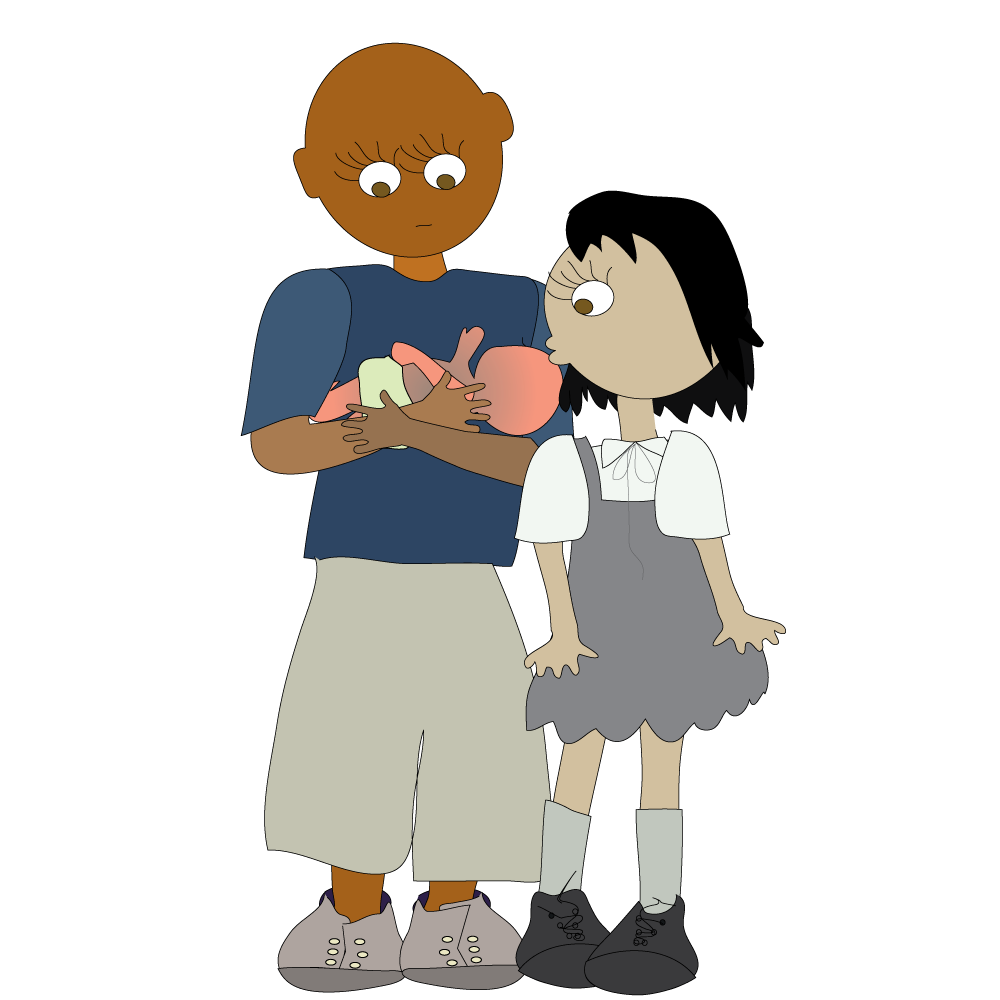
Nazi ezinye izinto ongacabanga ngazo…
Inkanuko nokufisa konke kuyinto ejwayelekile, kodwa lokhu akusho ukuthi usukulungele ukuya ocansini noma ukukhulelwa.
Kulula kakhulu ukuthi "uthatheke" futhi uye ocansini ngesikhathi ongacabanganga kuso.
Uma usukhule ngokwanele ukuthi ungaya ocansini, usukhule ngokwanele ukuthi ungazivikela wena nothandana naye.
Ungathini uma utheleleka nge-HIV noma ezinye izifo ezithathelwana ngocansi (STIs)?
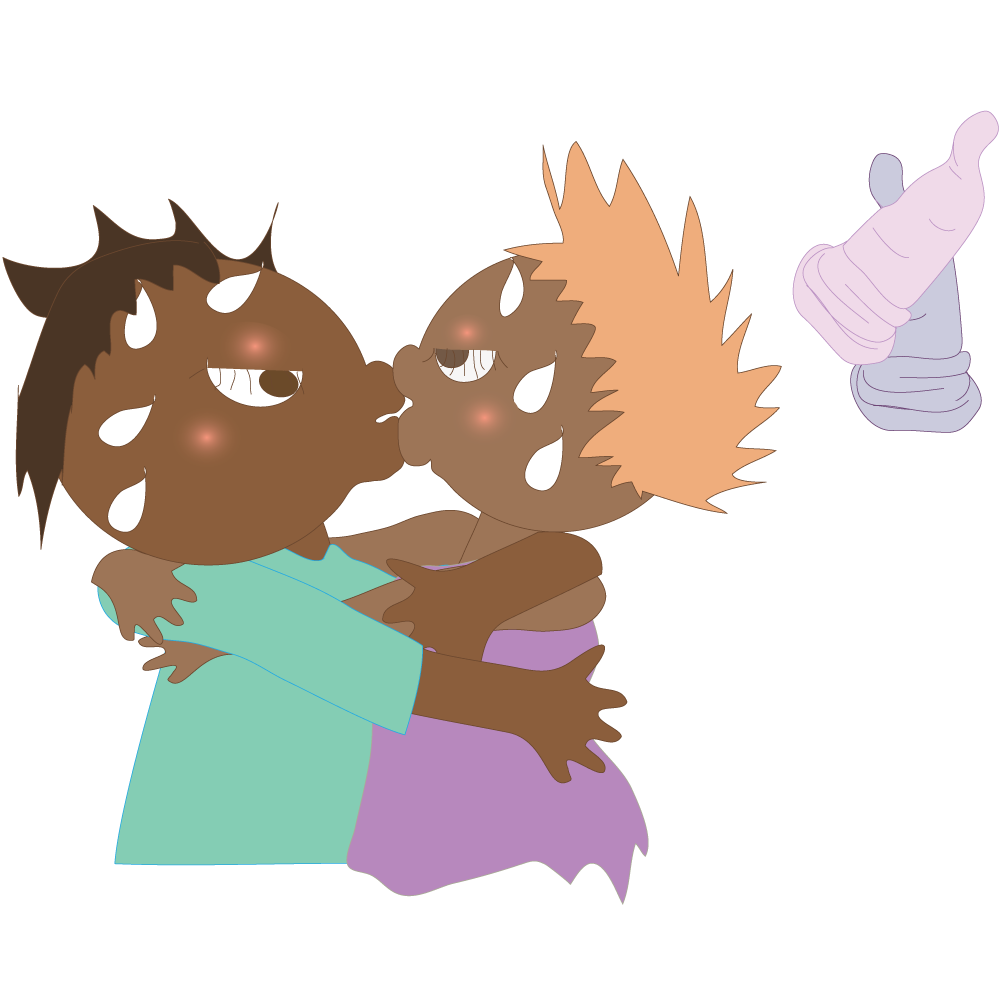
- Ubudlelwano obuhle buhlanganisa ukusondelana, ukunakekela kanye nenhlonipho ngaphambi kokuba kwenzeke ucansi.
- Ucansi ngeke lwenze umuntu akuthande, lulungise ubudlelwano obuphukile noma lwakhe obemubi alunge.
- Kungakanani okwaziyo ngomzimba wakho, mayelana nokukhulelwa nokuvimbela inzalo, i-ovulation namaqiniso ngokukhulelwa?

- Cabanga ngawe nokuthi ungathanda ukuba kuphi eminyakeni emithathu noma emihlanu
- Cabanga ngemiphumela yesinqumo esingalungile nokuthi ukuphila kwakho konke kuyothinteka kanjani
- Ungaqhubeka nemfundo yakho?
- Uthini ngabazali bakho noma abanakekeli bakho?
- Ingabe bazokweseka?
- Ingabe uzokwazi ukuthola umsebenzi ukuze wondle ingane?
- Ukukhulelwa kuzoyithinta kanjani impilo yakho emphakathini?
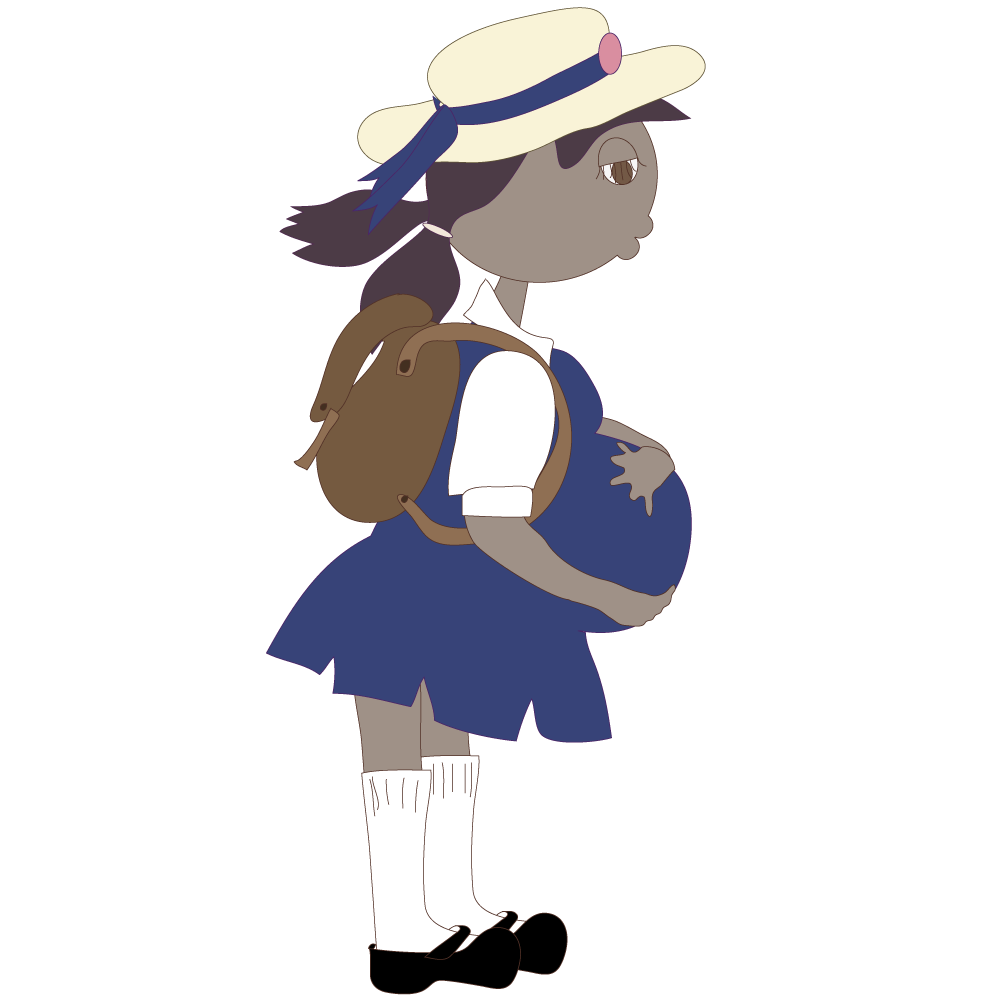
- Ingabe usukulungele ukuba ngumama?
- Ngabe isoka lakho likulungele ukuba ubaba?
- Amasoka amaningi ayathanda ukubhekana nomthwalo ngezimfanelo zezingane futhi ayathanda ukuba yingxenye ekuphileni kwezingane, kodwa ubumpofu ngokuvamile buyawavimbela ukuba afeze leyo ndima.
- Uyazi ukuthi bambalwa kakhulu kangakanani ebudlelwaneni bothando abangamelana nengcindezi yokukhulelwa bebancane?
- Omama abasebancane basengozini enkulu yokuba nenye ingane phakathi neminyaka emibili bethole eyokuqala.

- Kuthiwani ngekusasa lengane?
- Ubani ozobheka le ngane?
- Ubani ozokhokhela le ngane?
- Ingabe isoka lakho lizosiza ukondla ingane?
- Malini isibonelelo sengane?
- Sizokhokhela ziphi izindleko?
- Kubiza malini ukondla, ukugqokisa nokukhulisa ingane?

Maqondana nobaba abasebancane
Abafana abasebancane ngokweminyakaabathola izingane abehlukile emantombazaneni. Bavame:
- Bavela emakhaya abahola kancane
- Ukungenzi kahle esikoleni
- Imfundo ephansi (abenzi kahle kakhulu esikoleni)
- Baba nemithombo yemali engenele noma okungeke kondleka ingane nonina ngayo
- Bavame ukugqugquzeleka ukuba yingxenye yempilo yengane yabo ngenxa yokuthi babengenayise empilweni yabo, kodwa bambalwa abanemali, futhi lokhu kuholela ekutheni baqhele enganeni yabo.


Ezempilo
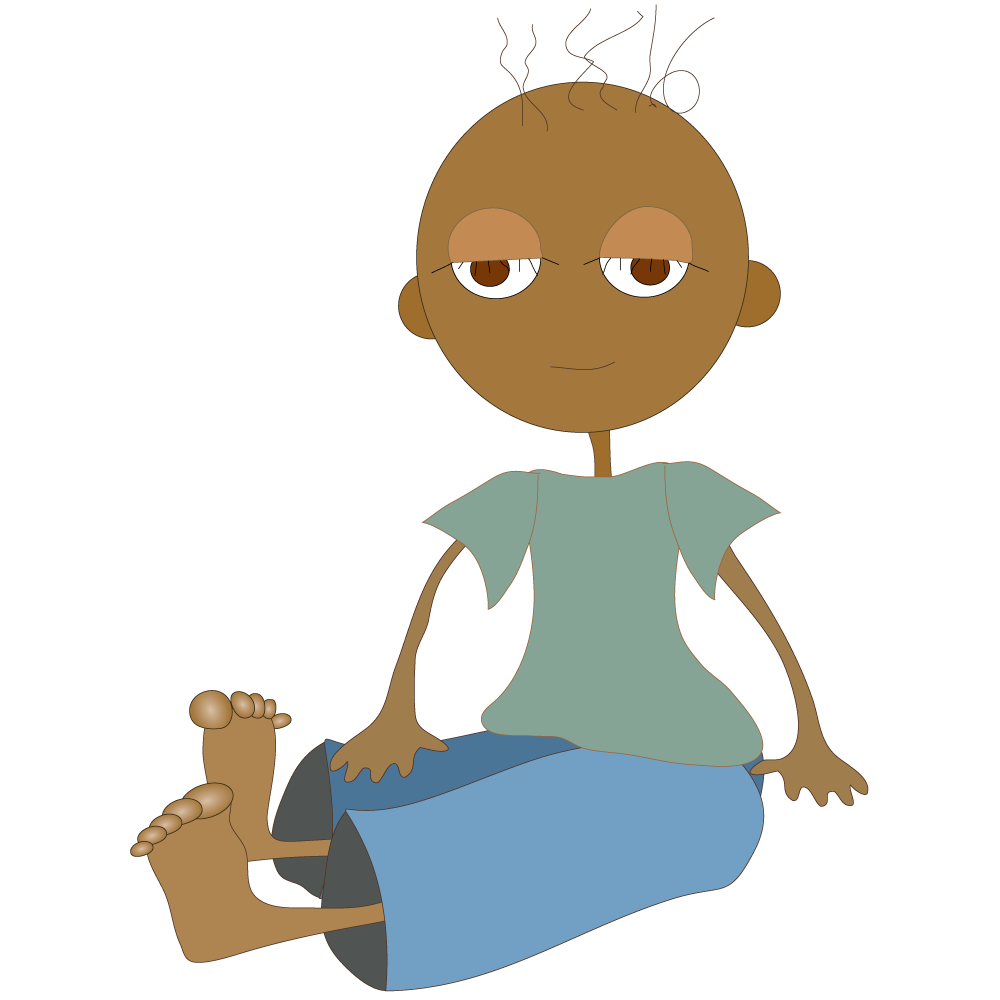
Ngokuya ocansini olungavikelekile, amantombazane awazibeki nje engcupheni yokukhulelwa kuphela, kodwa nokutheleleka nge-HIV kanye nezinye izifo ezithathelwana ngocansi. Amaphesenti aphezulu kakhulu omama abasebancane bane-HIV.
Ukukhulelwa kwentsha kunamathuba amaningi okuba nezinkinga (izingxaki) ngesikhathi sokukhulelwa kanye nengozi enkulu yokufa lapho ebeletha.
Ingozi ephezulu yokuzalwa kwengane enesisindo esincane kanye nengozi enkulu yokufa kwezinsana.
Impilo Yengqondo
Ukukhulelwa kwentsha okungenasidingo kungaba isikhathi esicindezelayo ngendlela emangalisayo.
Amantombazane amaningi sekufanele abhekane nobunzima bokuba ngumama ongayedwana futhi asale ebhekana nemiphumela ngokusekelwa okuncane komndeni, abangani noma ubaba wengane. Azithola ebhekana nezimo ezimelana nawo. Ngokuvamile ahlala enamahloni asabekayo.
Ukucindezeleka kujwayelekile (futhi ngokuvamile engahlolwanga) futhi kunemithelela ebalulekile ebudlelwaneni buka mama nengane.
Uma uzwa isimo sikwengamele, udabukile futhi ucindezelekile, cela ithimba lakho lokunakekelwa kwezempilo ukuthi likudlulisele endaweni lapho ungakwazi ukwesekwa ngokomoya nangokwengqondo. Futhi zitholele ukwesekwa kwakho kanye nengane yakho.

Imfundo
Ukukhulelwa kwentsha kunemiphumela emibi, futhi amatombazane akhulelwe avame ukubhekana nokucwaswa esikoleni (nasemphakathini). Ngokujwayelekile athola ukwesekwa okuncane kakhulu noma awakutholi nhlobo, emindenini, ezikoleni nasezikhungweni zempilo.
Ukukhulelwa kwentsha kunemiphumela emibi emfundweni nasezinhlelweni zesikhathi esizayo sentombazane. Ukuba ngumama kanye nemfundo kuvame ukuba yinto enzima kakhulu komama abasebancane. Ukungayi njalo esikoleni nokungenzi kahle esikoleni ngesikhathi nangemuva kokukhulelwa kuvame ukuholela ekutheni amantombazane ashiye isikole. Lokhu nakanjani kunomthelela omubi emathubeni okuthola umsebenzi esikhathini esizayo futhi kunomthelela ekuswelekeni kwemisebenzi entsheni.
Amantombazane akhulelwe abhekana nokucindezeleka ngokomqondo nangokomoya ezingxoxweni nabazali, ukudalula kuyise wengane engakazalwa, ukulahlwa ngontanga, akhishwe inyumbazane, ukushiya isikole, ukucwaswa nokwesaba.

Ezomnotho
Izingane zibiza kakhulu. Ukondla, ukugqokisa nokufundisa kungabangela:
- Imali engenayo emndenini ibe ncane
- Ukwenyuka kwezinga lobumpofu
- Kungenzeka nale ngane ibe mpofu (kunzima ukuphuma kulesi simo)

Inhlalo – Emphakathini

Ngokudabukisayo, intombazane ekhulelwe ibhekana nemiphumela yokukhulelwa kwentsha okuhlanganisa:
- Ihlazo nokucwaswa
- Ukuncipha kwamathuba okushada
- Ukwanda kwamathuba okuhlukunyezwa
- Izimo ezingesekeli ukukhula kahle kwengane
- Ukwanda kwezinkinga zokuziphatha ezinganeni

IMIBUZO
- Uzobuyela esikoleni?
- Uzozizwa kanjani mayelana nokufunda nowawuseklasini nabo uma kungenzeka babe sebangeni elingaphezulu kwelakho?
- Ucabanga ukuthi obufunda nabo bazozizwa kanjani ngawe?
- Ngabe imfundo yakho esikhathini esizayo izophazamiseka?
- Lokho kungasho ukuthini?
- Ingane yakho iyobhekana nekusasa elinjani?
SWANGERSKAP
Swangerskap is die dra van een of meer babas, bekend as 'n fetus of embrio, binne die baarmoeder van 'n vrou.

As jy MIV-positief is, sal die korrekte gebruik van antiretrovirale middels help om te voorkom dat jou baba met MIV besmet word.
Daar kan meer as een baba (fetus) wees, soos in die geval van 'n tweeling of drieling.



Kom ons kyk eers na manlike en vroulike voortplantingsorgane.



Daar is duisende eiers binne-in die eierstokke. Elke maand word 'n eier ryp en spring uit die eierstok in die fallopiese buis en beweeg na die baarmoeder.
Soms word twee eiers vrygelaat. Vir meer inligting oor geslagsidentiteit, besoek asseblief – Tweeling.
Elke eier het al die vrou/meisie se inligting daarin.


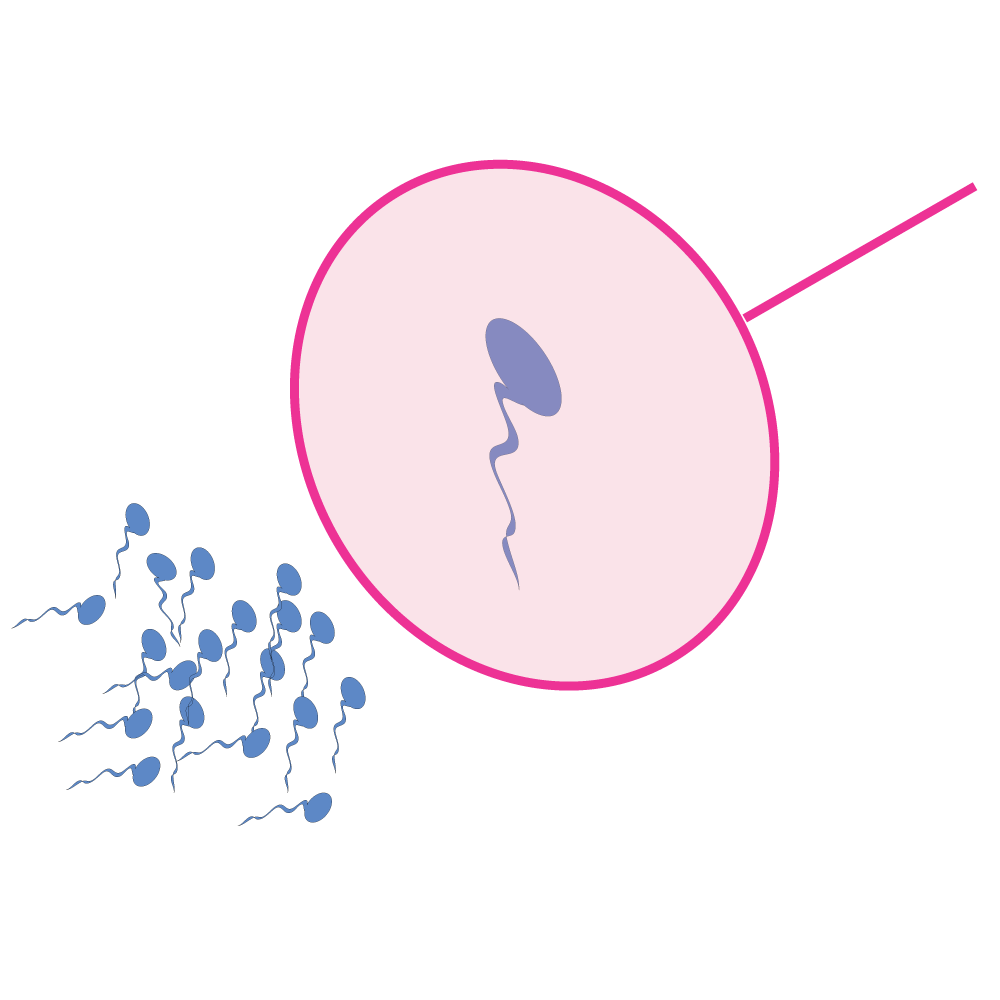
Tydens puberteit begin die testikels vir die eerste keer sperm produseer.
Sperm is die manlike sade (of voortplantingselle).
Wanneer 'n sperm by 'n vrou se eier aansluit, begin 'n baba groei.
Sperms lyk 'n bietjie soos paddavissies en is baie klein. Jy het 'n mikroskoop nodig om hulle te kan sien.
Elke sperm het al die man/seun se inligting daarin. Elke vroulike eier het al die vrou/meisie se inligting daarin. 'n Baba het albei ouers se stelle inligting.
Dit neem net een sperm om 'n eier te bevrug.



Bevrugting is die samevoeging van die eier van die vrou/meisie en die sperm van die man/seun na ejakulasie tydens seks.
Hierdie aansluiting staan ook bekend as konsepsie en kan slegs plaasvind wanneer ovulasie plaasvind.
Konsepsie is wanneer iemand swanger raak na bevrugting.
Elke mens begin die lewe as 'n enkele sel, wat gevorm word wanneer pa se sperm en ma se eier bevrug word.
Bevrugting vind gewoonlik in die moeder se fallopiese buis plaas, wat die baarmoeder met die ovarium verbind.

Ovulasie is die tyd wanneer die eierstok 'n volwasse eier vrystel en die eier in die fallopiese buis afgedruk word. Die eier is dan beskikbaar om deur ‘n sperm bevrug te word.
Die voering van die baarmoeder het verdik om voor te berei vir 'n bevrugte eier.
- Ovulasie en swangerskap gaan hand aan hand.
- Oor die algemeen vind ovulasie in 'n 28-dae-siklus rondom dag 14 plaas, met dag 1 die eerste dag van menstruasie.
- Op dag 14 stel die eierstok 'n eier vry wat vir 12 – 24 uur leef nadat dit die eierstok verlaat het.
- Normaalweg word net een eier elke maand vrygestel.
- Ovulasie kan beïnvloed word deur stres, siekte of ontwrigting van normale roetines.
- Sommige vroue/meisies kan ligte bloedvlekke tydens ovulasie ervaar.
- Inplanting van 'n bevrugte eier vind gewoonlik 6 – 12 dae na ovulasie plaas.
- Elke vrou/meisie het miljoene onvolwasse eiers wat elke maand wag op ovulasie om te begin.
- 'n Menstruasieperiode kan voorkom selfs al het ovulasie nie plaasgevind nie.
- Ovulasie kan plaasvind selfs al het 'n menstruasieperiode nie plaasgevind nie.
- Sommige vroue/meisies kan 'n bietjie pyn of gemiddelde pyn voel naby die eierstokke (naby die heupbene) tydens ovulasie.
- As 'n eier nie bevrug word nie, disintegreer dit (val in stukke) en word dit in die baarmoederwand opgeneem.


(Penis gaan vagina binne).
Honderde duisende sperms word uit die testikels deur die penis en in die vagina vrygestel nadat die man/seun ejakuleer.
Die sperms beweeg na die baarmoeder (na die fallopiese buise) om na die eier te soek.
As dit net voor, of op die tydstip wanneer die eier uit die eierstok vrygestel is, gebeur, kan die eier bevrug word.
Indien nie, sal 'n menstruasieperiode plaasvind.

Die eerste dae en weke.
Alle ontwikkelings van die embrio/fetus in hierdie afdeling word gedateer vanaf die tyd van konsepsie/bevrugting. Dit is die konsepsionele ouderdom (swangerskap tel as 38 weke)
Die swangerskapstydperk is twee weke langer (swangerskap word as 40 weke getel)

Baie sperms probeer die eier binnedring.




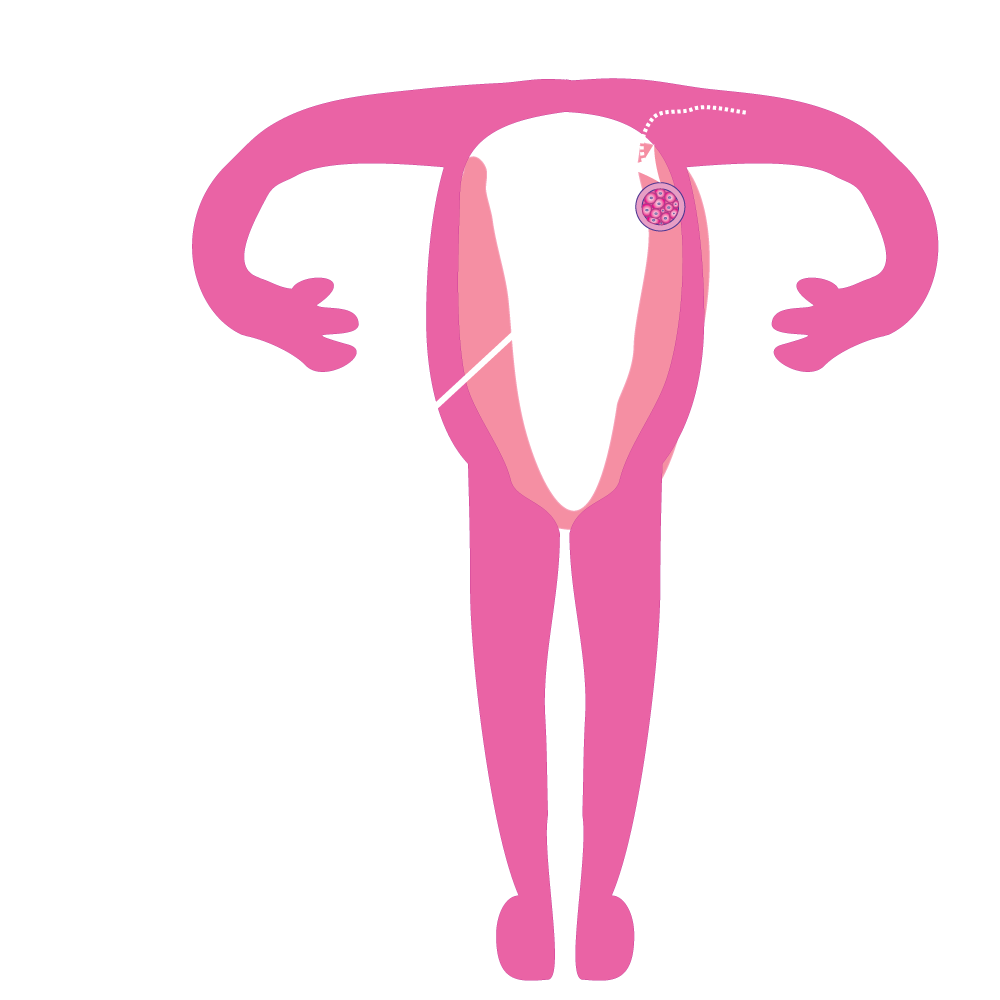
Die selle vorm 'n embrio - ontwikkel in 'n mens. Hierdie versameling selle word die embrio genoem vanaf die tyd van bevrugting tot die begin van die derde maand van swangerskap.
Die embrio ontwikkel 'n kapsule gevul met vloeistof wat die ontwikkelende liggaam omring en kussing om beserings te voorkom.
Die plasenta word gevorm.
Die plasenta verbind die moeder met die baba en dra suurstof en voedsel (voedingstowwe) van die moeder se bloedstroom na die baba oor, en verwyder afvalprodukte uit die baba se liggaam.
25 dae na bevrugting ontwikkel die liggaam:
- Die hart klop
- Die kop en slurp verskyn
- Vroeë gelaatstrekke verskyn.

Rondom die 4de tot 8ste week
Embrio word 'n fetus
Teen die 6de week na bevrugting verskyn die vingers, gevolg deur die tone.
Teen die einde van die 8ste week het die embrio in grootte toegeneem van ongeveer 4 mm tot meer as 30 mm.

9de tot 12de week
Op 11 weke na bevrugting begin die fetus om die (vrugwater) vloeistof te sluk en begin dit terug te urineer in die vloeistof. Die baba kan selfs glimlag.
Sluk berei die baba voor om melk by geboorte in te neem. Soms suig die fetus selfs sy of haar duim.

Die groeiende baba
Die embrioniese stadium eindig op 8 weke wanneer die embrio 'n fetus word.







Die baba word aan die plasenta verbind deur 'n koord vanaf die naeltjie wat die naelstring genoem word.
Dit sal by geboorte naby die baba se buik gesny word en sal die merk van die naeltjie verlaat - die naelknop (“belly button”).
Die baba kry suurstof (asemhaal) uit die moeder se bloed uit hierdie koord en die plasenta. (Anders sou dit verdrink in die vloeistof wat dit omring).
- Ongeveer 38 weke vanaf die tyd van bevrugting sal jy gereed wees om jou baba te hê (kraam).
- In die laaste weke en dae van swangerskap sal jy voel hoe veranderinge in jou liggaam plaasvind.
- Die baarmoeder sak afwaarts.
- Die druk onder die ribbes sal verlig word en dit sal eerder voel asof die baba op jou bekken druk.
- Jy sal dan deur die proses genaamd kraam gaan.


Soms verdeel een eier in twee en beide selle ontwikkel afsonderlik, as tweelinge wat dieselfde lyk (identiese tweeling)

Soms word twee eiers deur die eierstok vrygestel en bevrug. Dit lei tot (broederlike) tweelinge wat nie dieselfde lyk nie en van verskillende geslagte kan wees (hulle vorm uit twee eiers en twee spermselle).

As jy dink jy is swanger, moet jy seker maak deur middel van 'n swangerskapstoets.
'n Toets, met behulp van chemikalieë en monsters van bloed of urine, om uit te vind of jy swanger is.



- Urinetoetse - Tuis-swangerskapstoets (“home pregnancy test”) kan sonder 'n voorskrif by die apteek gekoop word.
- Bloedtoetse - 'n Gesondheidsorgverskaffer kan 'n bloedmonster neem en vir 'n sekere hormoon toets. Jy kan na jou plaaslike kliniek gaan om getoets te word.
Miskien wil jy jouself by die huis toets met 'n tuis-swangerskapstoets (urientoets).
Tuis-swangerskapstoets meet 'n hormoon hCG (menslike choriongonadotropien) in jou urine wat ongeveer twee weke nadat jou eier deur die sperm bevrug is, opgespoor kan word.
Dus, wanneer jy jou maandlikse maandstonde gemis het, sal die toets vir jou kan sê of jy swanger is.
Die resultate is óf positief (jy is swanger) óf negatief (jy is nie swanger nie).
As jy swanger is, sal jy 'n bloedtoets nodig hê wat deur jou gesondheidsorgverskaffer gedoen word om die uitslag te bevestig.
Die bloedtoetse vind nie net hCG nie, maar kan jou vertel hoe lank jy swanger is en kan selfs moontlike probleme met die swangerskap opspoor.

Om die beste resultate uit jou tuistoetsstel te kry, volg die instruksies wat saam met die stel kom.
Lees die etiket en instruksies noukeurig.
Maak seker jy verstaan:
- Waarvoor die toets is en waarvoor dit nie is nie.
- Hoe om jou urinemonster te versamel.
- Wanneer en hoe om die toets uit te voer en hoe om die toets te tyd (gebruik die eerste oggendurine aangesien dit 'n beter kans op 'n akkurate toetsuitslag gee).
- Hoe om die toets te tyd (hoe lank moet jy wag om uitslag te kry).
- Hoe om die resultate te lees en te verstaan.
- Wat kan inmeng met die toetsuitslae.
- Soek die vervaardiger se telefoonnommer vir ingeval jy enige vrae het.
As die eerste toets negatief is, kan dit beteken dat die hCG-vlakke te laag in jou urine is, jy kan die toets 'n paar dae later herhaal as jou maandstonde nie begin het nie.
Daar is gewoonlik geen vals positiewe nie. As die toets positief toon, is jy swanger.

As jy een doen. Indien nie, gaan reguit na jou gesondheidsorgverskaffer om 'n swangerskapstoets te kry.

As jy swanger is, is dit belangrik om op te volg met jou gesondheidsorgverskaffer om seker te maak dat die resultaat korrek is en om voorgeboortesorg te begin. Voorgeboortesorg het betrekking op die versorging en behandeling van die ongebore kind en die swanger ma.
- Hoe vroeër jy met voorgeboortesorg begin, hoe beter vir jou en jou baba.
- As jy enige ander medikasie neem, moenie ophou om dit te neem sonder om eers jou gesondheidsorgverskaffer te vra nie.

Bloedtoetse word by jou gesondheidsorgverskaffer gedoen.
'n Monster van jou bloed word geneem en na 'n laboratorium gestuur.
Dit neem langer om resultate met hierdie toetse te kry as met 'n tuisswangerskapstoets. Hulle kan swangerskap vroeër as 'n tuisswangerskapstoets opspoor (sowat ses tot agt dae na bevrugting).
Leer hoe om jouself goed te versorg sodat jy 'n gesonde swangerskap kan hê en die beste uitkoms vir jou baba kan verseker.
Voorbehoedmiddel beteken:
- geboorte beheer
- staking van swangerskap
- voorkoming van bevrugting
- keer dat die sperm van die seun die eier van die meisie bereik












Die Nasionale “Adolescent Friendly Clinic Initiative” (NAFCI) – Adolescent Seksuele en Reproduktiewe Gesondheid Regte
'n Jong persoon, ongeag ouderdom, geslag, ras, godsdiens, kultuur, sosiale status, geestelike en fisiese vermoë het basiese gesondheidsregte wat insluit:
- Die reg op inligting oor gesondheid.
- Die reg op 'n volledige reeks bekostigbare gesondheidsdienste.
- Die reg op privaatheid wanneer gesondheidsorg ontvang word.
- Die reg om met waardigheid en respek behandel te word wanneer gesondheidsorg ontvang word.
- Die reg om verseker te wees dat persoonlike inligting vertroulik sal bly.
- Die reg om 'n verduideliking gegee te word van die prosesse waardeur die jongmens gaan wanneer hy gesondheidsorg ontvang.
- Die reg om behandel te word deur mense wat opgelei en kundig is oor wat hulle doen.
- Die reg op kontinuïteit van dienste.
- Die reg om deur 'n genoemde verskaffer behandel te word.
- Die reg om menings uit te spreek oor die dienste wat gelewer word en om te kla oor onbevredigende gesondheidsdienste.
- Die reg op geslagsgelykheid.
- Die reg op 'n gesondheid en veilige omgewing.
- Die reg om vrye ingeligte keuses te maak in sake wat verband hou met seksuele uitdrukking, seksuele plesier en seksuele oriëntasie.

- Het jy onbeskermde seks gehad?
- Het jy een of meer periodes gemis?
- Is jou borste seer?
- Is jou borste donkerder rondom die areola?

- Is jy meer slaperig as gewoonlik?
- Urineer jy meer as gewoonlik?
- Voel jy naar en/of braak jy?
- Voel jy buierig?
- Het jy 'n toename in ontslag?
- Is jy lus vir vreemde kos?
- Het jy hoofpyne?
- Het jy enige op geblaaste gevoel (“bloated”) in jou maag?
- Is jou klere styf?
As jy ja antwoord op 9 of meer van hierdie vrae kan jy swanger wees.

Die duur van swangerskap is ongeveer 40 weke vanaf jou LMP (of 38 weke vanaf bevrugting).
So maklike manier om te bereken:
- Skryf die datum van jou laaste menstruasie neer
- Voeg 7 dae by
- Voeg dan 9 maande by en dit is jou sperdatum.
Dit is ongeveer 40 weke of 9 maande.
Byvoorbeeld:
- As jou laaste menstruasie op 3 Maart begin het,
- Voeg 7 dae by = 10 Maart
- En voeg dan 9 maande = 10 Desember.
Dit is die beraamde datum waarop jou baba gebore sal word.

Almal ervaar swangerskap anders. Sommige meisies sal van die begin af simptome hê en ander sal dalk glad nie enige simptome ervaar nie.
- Gewoonlik is die eerste teken van swangerskap om agter te kom dat jou maandstonde laat is.

- Pynlike/sagte borste en geswelde enkels

- Oggendnaarheid – naarheid (siek voel) met of sonder braking

- Kosdrange of voedselaversies (om sekere kosse te wil eet, of sekere kos/reuke wat jou siek laat voel)
- Verhoogde behoefte om te urineer (wee) en/of hardlywigheid

- Moegheid

Daar is 'n aantal gesondheidsprobleme wat meer algemeen tydens swangerskap voorkom, en jy sal dalk meer geneig wees om dit te ervaar namate jou swangerskap vorder. Hierdie toestande kan verskeie simptome veroorsaak, maar is gewoonlik nie ernstig nie en word dikwels maklik behandel.
Om jou te help om te weet wat om te verwag, is hier 'n paar algemene gesondheidsprobleme van swangerskap:
-
Ystertekortanemie (swak bloed)
Dit is normaal om moeg te voel tydens swangerskap aangesien jou baba groter en swaarder word. As jy egter uiters moeg, duiselig of swak voel, kan dit beteken dat jy bloedarmoede het. As jy hieroor bekommerd is, meld dit aan jou vroedvrou of gesondheidsorgpraktisyn. Hulle kan jou raad gee om jou dieet te verbeter sodat jy yster insluit, of hulle kan ysteraanvullings voorskryf. -
Naarheid en braking
Die oorsaak van naarheid is nie bekend nie, maar dit kan verband hou met hoë vlakke van swangerskaphormone. Daar is dinge wat jy kan doen om die naarheid en braking te probeer verminder – rus baie, eet min en gereeld, en vermy reuke en smake wat jou siek laat voel. Gemmerbeskuitjies of gemmertee help sommige vroue/meisies. Jy moet jou huisdokter of vroedvrou sien as jy nie kos of vloeistof kan hou nie. -
Urienweginfeksies
Urienweginfeksies is een van die mees algemene gesondheidsprobleme tydens swangerskap. As jy 'n urienweginfeksie tydens jou swangerskap het, sal jy vroeë behandeling nodig hê. As dit onbehandeld gelaat word, kan dit tot vroegtydige kraam lei. Jy mag dalk geen simptome hê nie, so jou vroedvrou sal vir urinemonsters vra om by jou roetine-afsprake te toets. As jy wel enige simptome het (soos pyn of brand wanneer jy urineer) is dit belangrik dat jy raad by jou huisdokter of vroedvrou kry. -
Urinêre inkontinensie – lekkende blaas
Oor die onderkant van jou bekken lê 'n belangrike spier wat die bekkenbodem genoem word, en een van sy take is om jou blaas te ondersteun. Tydens swangerskap ontspan jou bekkenbodem effens. Dit kan daartoe lei dat die blaas 'n klein hoeveelheid urine lek wanneer jy hoes, nies, lag, spring of hardloop (stresinkontinensie). Jy sal deur jou vroedvrou aangemoedig word om bekkenbodemoefeninge beide tydens en na swangerskap te doen om hierdie spier te versterk en die risiko van stresinkontinensie te verminder. Vra vir meer inligting oor hierdie oefeninge. -
Stapels (aambeie)
Stapels of aambeie word rondom jou anus gevind. Hulle is algemeen tydens swangerskap, veral as jy 'n lae-vesel dieet het. Stapels kan pynlik en jeukerig wees. Die verhoging van die hoeveelheid vesel in jou dieet kan help, maar jou huisdokter kan aambeiroom of setpille aanbeveel (sagte kapsule om in jou anus te plaas). -
Hardlywigheid
Toenemende hormoonvlakke beteken dat jou derm nie so goed werk as wat dit normaalweg sou tydens die tweede en derde trimesters van swangerskap nie. Jou spysverteringstelsel absorbeer meer water uit die kos, en dit maak jou ontlasting moeiliker en moeiliker om te slaag. Jy moet seker maak dat jy genoeg vloeistowwe drink en baie vars vrugte, groente en veselryke kosse eet. As jy bekommerd is oor hardlywigheid, praat met jou huisdokter of vroedvrou aangesien ligte lakseermiddels en veselaanvullings kan help. -
Sooibrand
Swangerskapshormone het 'n ontspannende effek op die spier aan die einde van jou slukderm (die pyp wat van jou mond na jou maag gaan). Dit is ook as gevolg van die druk van jou groeiende baarmoeder en verminderde dermmotiliteit, wat sooibrand tydens swangerskap kan veroorsaak (suur uit jou maag gaan terug na jou slukderm). Sooibrand is baie algemeen, en word gewoonlik erger soos die swangerskap aangaan.
Eet min en gereeld, vermy pittige gebraaide kosse en slaap effens in die bed gestut kan help. Vra jou huisdokter, vroedvrou of apteker om 'n teensuurmiddel aan te beveel indien nodig. -
Bloeiende tandvleis
Swangerskaphormone maak jou tandvleis baie meer geneig om te bloei. Dit is belangrik dat jy jou tande en tandvleis gesond hou - maak seker dat jy jou tande twee keer per dag borsel. Jy moet 'n afspraak maak om die tandarts te sien, want as dit nie behandel word nie, kan tandvleisprobleme tot periodontale siektes en tandverlies lei.
- Kraam is die proses waartydens die liggaam voorberei vir die baba om gebore te word.
- Gedurende hierdie tyd sal jy kontraksies ervaar ('n tipe van toedruk van die spiere).
- Elke kraam is anders.
- Sommige meisies het ‘n baie lang kraam, terwyl ander die baba in 'n relatief kort tydjie 'pop'.
- Let wel: die woord “baarmoeder” word uitruilbaar gebruik.

- IDie spiere van die baarmoeder trek saam om die baba te help uitstoot.
- Tydens kontraksies word die maag (buik) hard. Tussen kontraksies ontspan die baarmoeder, en die maag word sag.
- Die manier wat 'n kontraksie voel, verskil vir elke meisie en kan selfs van een swangerskap tot die volgende verskil.
Kontraksies veroorsaak gewoonlik ongemak of pyn in die rug of onderbuik met druk op die bekken. Hulle beweeg in 'n golfagtige beweging van die bokant van die baarmoeder na onder.
Sommige meisies sê hulle voel soos baie intense menstruasiepyne (menstruele krampe).
Kontraksies word sterker, pynliker en nader aan mekaar soos die kraam vorder.
Ware kraamkontraksies stop nie wanneer posisie verander word nie, anders as Braxton Hicks-kontraksies.
Braxton Hicks-kontraksies word soms verwar met kraam. Hierdie 'vals' en pynlose kontraksies kan na die 5de maand begin. Hulle kan gesien word dat hulle verhard en die swanger maag oplig.
Aan die begin van kraam kan daar tien of meer minute tussen die kraampyne wees, maar dit sal meer gereeld voorkom.
Wanneer die pyne of kontraksies net so vier tot vyf minute uitmekaar is, beteken dit dat die geboorte redelik gou kan plaasvind.
In sekere gevalle is dit belangrik om by die kliniek of dokter uit te kom al is die kraampyne nie sterk nie of vinnig nie.
- Vermoed jou water het gebreek en het pynlike kontraksies met geen breek tussenin nie
- Kan nie meer voel hoe die baba beweeg nie
- Het meer as drie weke tot die baba se sperdatum en jy voel dat iets gebeur
- Is meegedeel dat die baba in die stuitligging is (lê met sy kop na bo in die baarmoeder)

- Het al voorheen 'n keisersnee gehad
- Verwag twee of meer babas
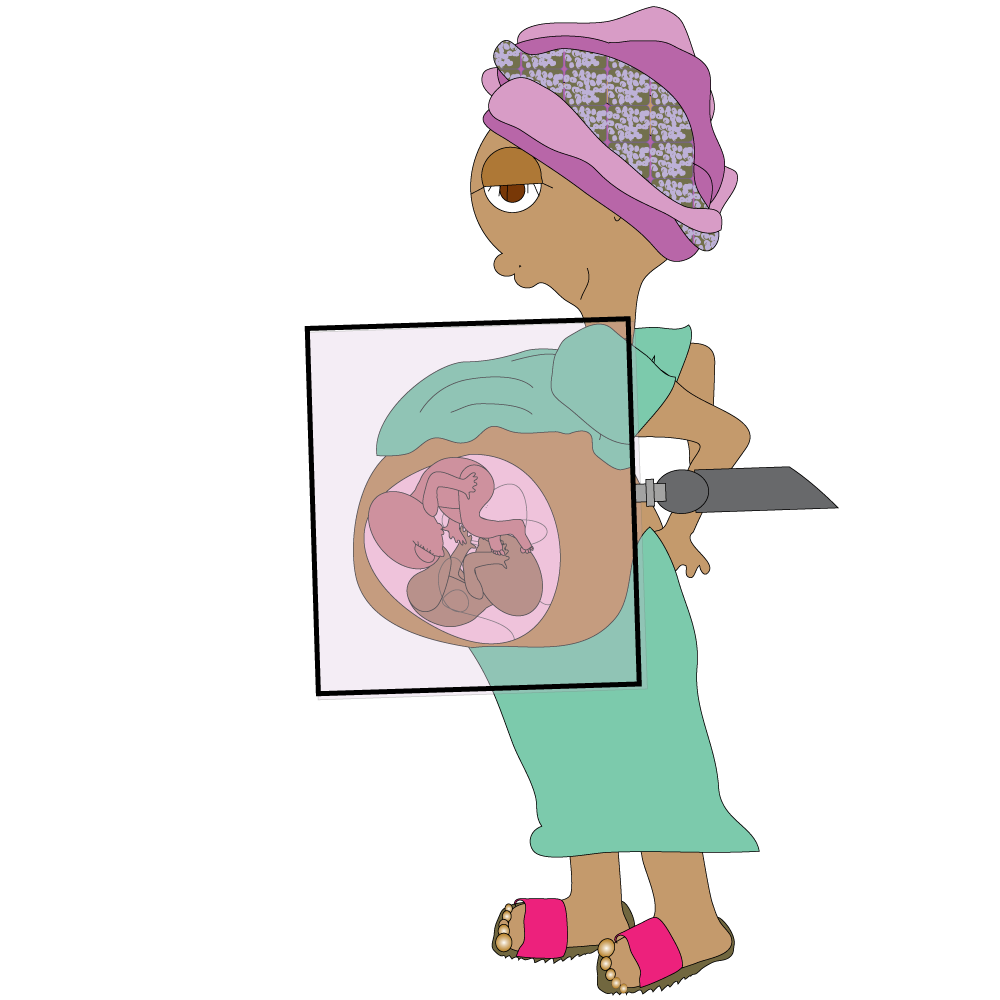
- Voorheen baie vinnig geboorte gegee het
- 'n steek in die baarmoeder het (servikale hechting)
Die sak water is die dubbelwandige vloeistofgevulde sak wat die fetus in die moeder se baarmoeder omsluit en beskerm. Dit breek tydens die geboorteproses, wat die vloeistof vrystel. Dit staan bekend as 'water wat breek' of “breek van water'.
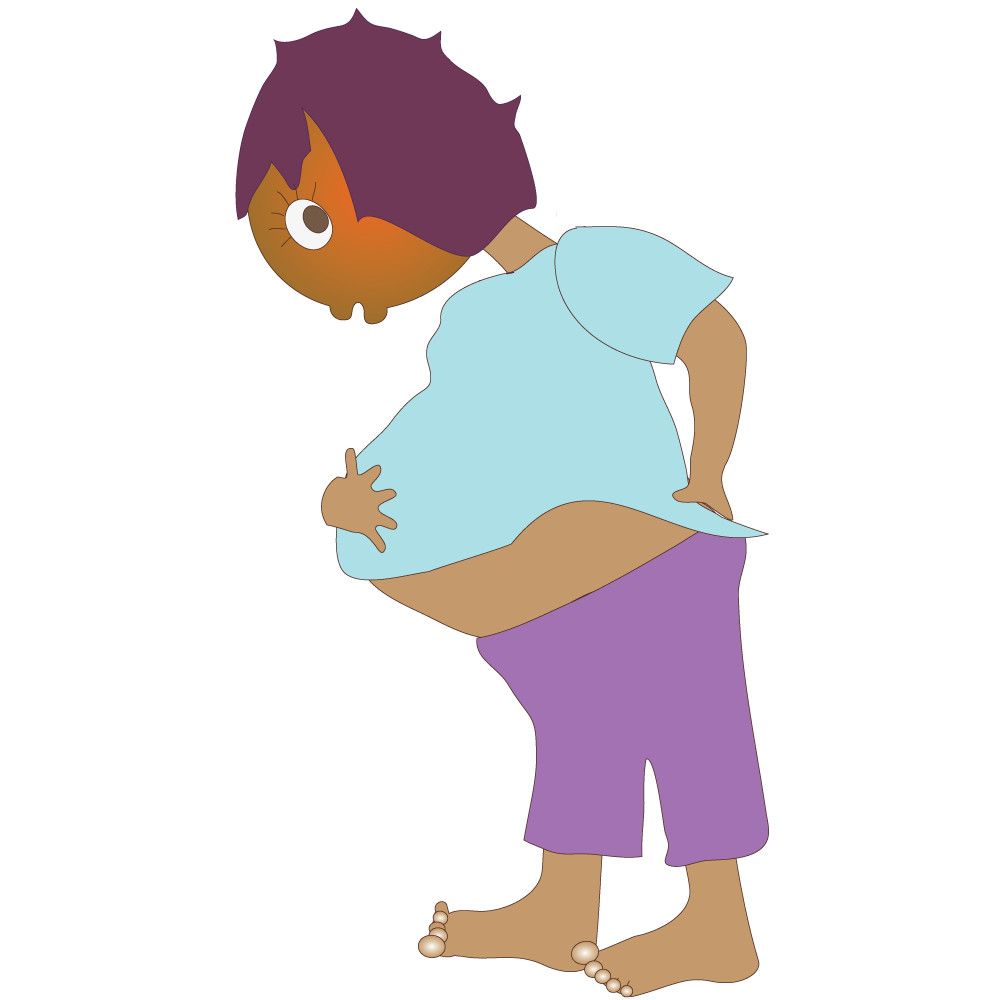
Sommige tekens en simptome van kraam kan insluit:
- menstruasieagtige krampe of pyn
- rugpyn
- diarree (loperige maag)

- 'n klein, bloedbevlekte afskeiding soos jou serviks verdun en die slymprop uitval (die serviks is die onderste of buitenste punt van die baarmoeder)
- 'n stroom of druppel water soos die membrane breek

- kontraksies
Bevalling kan enige tyd van die dag of nag begin
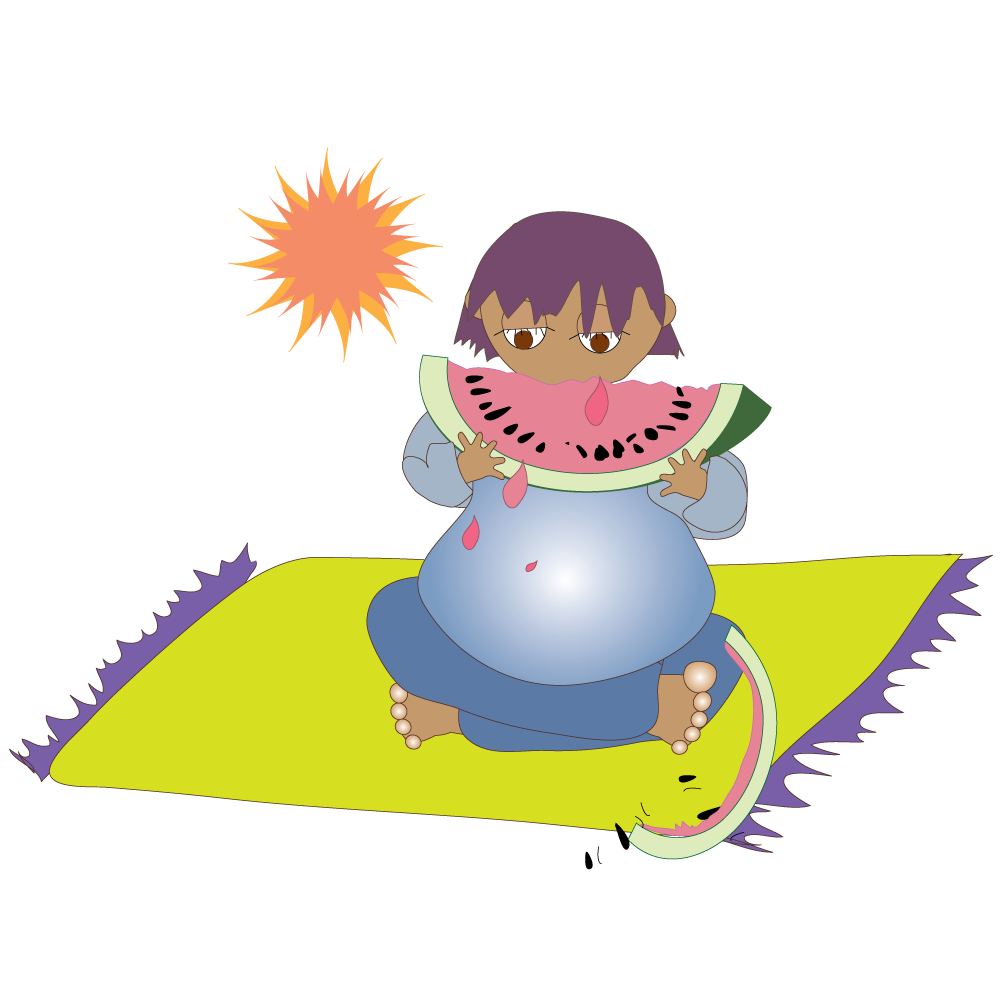

- Stadium 1 – Dilatasie (opening van die serviks)
- Stadium 2 – Aflewering van die baba
- Stadium 3 – Aflewering van die plasenta
Stadium 1 – Dilatasie (opening van die serviks)
Tydens die eerste stadium van kraam gaan die serviks stadig oop (verwyd) tot ongeveer 10 cm wyd. Terselfdertyd word dit dunner.
Dit laat die baba toe om van die baarmoeder af in die geboortekanaal te beweeg. Die geboortekanaal is die kanaal wat gevorm word deur die serviks, vagina en vulva waardeur die fetus tydens geboorte beweeg.
Hierdie stadium duur gewoonlik 'n paar uur.
Wanneer die serviks 3 – 4 cm verwyd (oopgemaak) is, begin aktiewe kraam.
Sametrekkings sal meer intens word en meer dikwels gebeur. Dit is nie ongewoon om 'n sterk behoefte te voel om toilet toe te gaan nie, aangesien die baba se kop teen die rektum druk.


Stadium 2 – Aflewering van die baba
Wanneer die baarmoeder dun genoeg geword het en die serviks tot ongeveer 10 cm oopgemaak het, begin die baba-bevallingstadium.
Die ma druk terwyl die spiere van die baarmoeder saamtrek om die baba deur die geboortekanaal te beweeg.
Die verpleegster, vroedvrou of dokter sal adviseer wanneer die tyd reg is om te begin druk. Moenie druk totdat hulle jou vertel om te begin druk nie.
Bekroning is wanneer die baba se kopvel in sig kom.
Kort daarna word die baba gebore.




Die baba snak na lug en huil soos die longe begin werk. Die baba kan nou lug inasem.

Die naelstring word afgesny en vasgemaak (om die naeltjie te vorm) en die baba word ondersoek en geweeg.

middelde gewig is ongeveer 3,5 kg, maar daar is variasies as gevolg van genetiese faktore, gesondheidsprobleme en buite-invloede soos rook en drink tydens die swangerskap.

Die baba word vel-tot-vel op die ma se maag geplaas om die bindingsproses aan te moedig.

Stadium 3 – Aflewering van die plasenta

Die plasenta is wat die baba gevoed het, volg.
Moeders en babas word fyn dopgehou tydens kraam. Die meeste meisies het hul baba deur normale vaginale bevalling, wat beteken dat die baba sonder chirurgie by die geboortekanaal afkom.
Bevalling kan ongeveer 12 – 24 uur duur vir 'n eerstekeer moeder. Vroue/meisies wat al voorheen bevalling beleef het, kan ongeveer 7 uur se kraam verwag, maar die lengte verskil vir almal.
As daar komplikasies is, moet die baba dalk chirurgies deur 'n keisersnit gebore word.
Dit sluit in:
- Gesondheidsprobleme by die moeder
- Die posisie van die baba
- Nie genoeg ruimte vir die baba om deur die vagina te gaan nie (in die geval van baie jong tieners wat 'n klein bekken het)
- Tekens van nood in die baba
Keisersnit is ook meer algemeen onder vroue/meisies wat meer as een baba dra.
Die operasie is relatief veilig vir die ma en baba. Tog is dit 'n groot operasie en hou risiko's in.
Dit neem ook langer om van 'n keisersnit te herstel as van vaginale geboorte.
Na genesing kan die sny 'n swak plek in die wand van die baarmoeder laat.
Dit kan later probleme veroorsaak met 'n poging tot normale (vaginale) geboorte.

Die kraamkaart
Hoe om te sê of jy werklik in kraam is
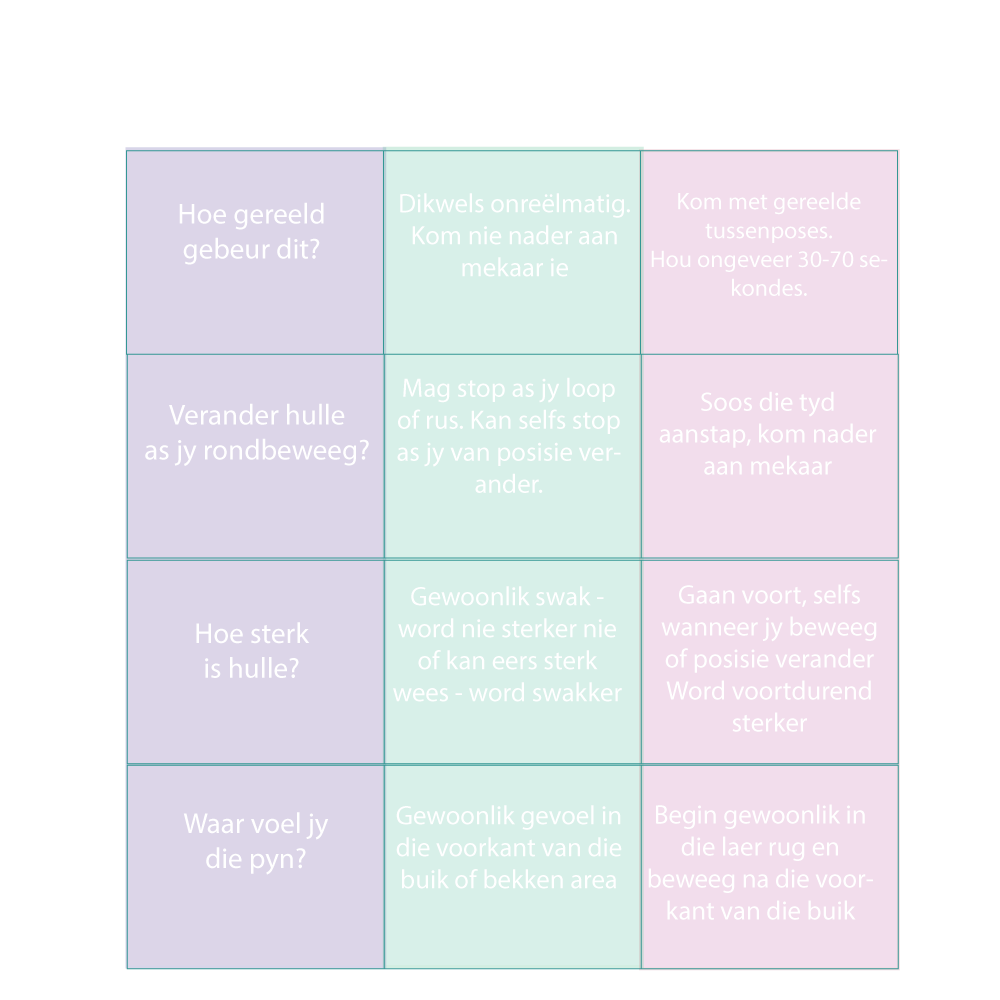
Onbeplande / ongewenste swangerskap

As jy agterkom dat jy swanger is en nie vir die swangerskap beplan het nie, kan jy baie verskillende gevoelens hê om te hanteer.
Die meeste meisies het hierdie gevoelens, dit is natuurlik en baie algemeen.

Dit kan regtig help om ondersteuning te hê gedurende hierdie tyd.
Probeer iemand vind met wie jy kan praat; iemand wat jy kan vertrou.
Iemand wat jou privaatheid sal respekteer en jou emosionele ondersteuning sal bied; fisiese, geestelike of finansiële behoeftes.
Die persoon kan 'n vriend, 'n familielid, 'n leier uit jou godsdienstige geloof of 'n gesondheidsorgverskaffer wees. Dit is belangrik dat hierdie persoon iemand is met wie jy gemaklik voel om te praat, wat jou nie sal oordeel nie en wat jou deur jou besluit sal ondersteun.
Met wie jy ook al praat, jy moet nooit gedwing voel om 'n keuse te maak wat nie jou eie is nie.
Jy sal 'n paar belangrike besluite moet neem.
Dit kan soms oorweldigend wees, want daar is soveel dinge waaraan jy moet dink.
Kom ons kyk eers na sommige van die keuses wat jy oor die swangerskap kan maak
Daar is twee basiese opsies
Opsie 1
Jy kan voortgaan met die swangerskap en die baba hê.

- Maak die baba self groot

- En/of plaas die baba in die sorg van 'n ander familielid, indien dit moontlik is

- Gee die kind op vir aanneming

Opsie 2
Jy kan die swangerskap beëindig deur 'n aborsie te hê.

Sommige SA Regeringsklinieke bied gratis aborsiedienste aan. Vind by jou naaste kliniek uit watter dienste beskikbaar is. Sonder toegang tot gratis staatsaborsiedienste en met geen geld om vir private aborsie te betaal nie, of omdat meisies bekommerd is dat hul ouers uitvind, word baie meisies gedwing om hulp van 'n verskeidenheid onwettige en gevaarlike bronne te soek.
'n Paar vrae om jou te help besluit
As jy besluit om voort te gaan met die swangerskap:
- Hoe voel jy oor ma-wees?
- Sal jy na die baba kan kyk?
- Weet jou familie dat jy swanger is?
- Sal hulle jou emosioneel en finansieel ondersteun?
- Wie sal na die baba kyk?
- Kan jy kos en klere vir die baba bekostig?
- Sou jy aanneming oorweeg?
- Is onderwys vir jou belangrik?
- Sal jy skool verlaat?
- Sal jy in enige stadium wil terugkeer skool toe?
- As jy dit doen, wie sal vir die baba sorg?
- Is daar 'n kliniek naby jou?
- Weet die pa van die baba dat jy swanger is?
- Glo jy hy sal met jou trou of jou finansieel en emosioneel ondersteun?
- Dink jy dit sal jou verhouding met hom versterk?
- Sal hy en/of sy gesin help met die baba?
- As jy die kindertoelae ontvang, hoeveel is dit en wat sal dit voorsien?
Weet jy:
- Wat is die gesondheidsgevolge van vroeë kraam?
- Dat baie van die gesondheidsrisiko's van vroeë moederskap voorkom kan word deur goeie gesondheidsorg van vroeg in die swangerskap af te kry?
As jy dit oorweeg om die swangerskap te beëindig, weet jy dat:
- Enige meisie kan 'n wettige aborsie hê? Dit is jou wettige reg.
- As 'n meisie 'n aborsie wil hê, moet dit vroeg in die swangerskap uitgevoer word?
- Aborsies wat deur onopgeleide mense uitgevoer word, kan lei tot ernstige beserings, onvrugbaarheid en selfs die dood?
Wat is 'n aborsie (Beëindiging van Swangerskap/TOP)?
'n Aborsie is die beëindiging (stop) van 'n swangerskap deur die fetus of embrio uit die baarmoeder te verwyder deur middel van dwelms of deur 'n chirurgiese prosedure.
'n Aborsie kan ook vanself plaasvind (in welke geval dit gewoonlik 'n miskraam genoem word)
Aborsie is wettig in Suid-Afrika en word op dieselfde manier as alle ander mediese prosedures gereguleer.
Die wet sê: “as jy oud genoeg is om swanger te raak, is jy oud genoeg om ’n aborsie te hê”.
In sommige gevalle word aborsie uitgevoer om die lewe van die moeder te red, om skade aan haar geestelike of fisiese gesondheid te voorkom, of waar daar 'n kans is dat die fetus sal sterf of gestremd word.

VEILIGE aborsies is dié wat deur 'n opgeleide mediese praktisyn in steriele toestande uitgevoer word.

ONVEILIGE aborsies word deur onopgeleide persone uitgevoer, gewoonlik op onhigiëniese plekke, of vind plaas as gevolg van onwettige en gevaarlike medisyne.
Wanneer kan ek 'n aborsie hê?
Sommige prosedures kan slegs in vroeë swangerskap gedoen word. Die tipe aborsie wat jy ondergaan, sal eerstens afhang van hoeveel weke swanger jy is.
(Jy kan dit uitwerk deur te tel hoeveel weke dit is sedert die eerste dag van jou laaste menstruasie)..
Daar is verskillende metodes om aborsies uit te voer en dit sal afhang van die ouderdom van die embrio of fetus.
- Aborsies met behulp van farmaseutiese middels kan tot 7 weke uitgevoer word (mediese aborsies).
- Ander metodes van aborsie, wat die mure van die baarmoeder skoonmaak met mediese instrumente of suiging kan uitgevoer word tot die 12de week van swangerskap (chirurgiese aborsies).
- Na die 14de week van swangerskap kan ander aborsiemetodes die gebruik van dwelms behels om kraam te begin of 'n keisersnee uit te voer, maar daar moet spesiale redes op hierdie stadium van die swangerskap wees.
- Verwydering en ontruiming kan tussen die 14de en 20ste week van swangerskap uitgevoer word.
Ander faktore wat die aborsieprosedure beïnvloed
- Watter prosedures (indien enige) kan naby jou huis gedoen word?
- Watter gesondheidstoestande het jy wat jou opsies kan beperk?
- Hoe ver sal jy moet reis?
Baie meisies moet ver reis om toegang tot 'n veilige aborsie te hê. Soms kan dit die aborsie vertraag en jou opsies is dalk beperk. Jy moet so gou as moontlik al die inligting uitvind.
Waar kan ek 'n aborsie kry?
Aborsies kan in 24-uur-klinieke, hospitale of vrystaande aborsieklinieke gedoen word. Aborsies is wettig in Suid-Afrika en dieselfde gereguleer as alle ander mediese prosedures.
Veilige aborsies

Hoe word wettige aborsies uitgevoer?
Wettige aborsies word op twee maniere uitgevoer:
- Mediese aborsies
- Chirurgiese aborsies
Mediese aborsies gebruik dwelms (gewoonlik pille) om die baarmoeder leeg te maak. Die embrio of fetus gaan weg as gevolg van die dwelms.

Chirurgiese aborsies gebruik instrumente om die inhoud van die baarmoeder te skraap. Sommige van die instrumente:

Daarna

Die meeste meisies herstel vinnig, maar bloeding, krampe of maagpyn vir tot twee weke kan verwag word. Kontak jou kliniek of hospitaal as hierdie simptome ernstig is.
Jou maandstonde behoort ná vier tot ses weke terug te keer. Gedurende hierdie tyd kan jy weer swanger raak as jy onbeskermde seks het, dus moet jy een of ander metode van geboortebeperking gebruik.
Dit is belangrik om twee tot drie weke daarna 'n na-aborsie-ondersoek te hê om seker te maak dat die prosedure suksesvol was en jou liggaam na normaal teruggekeer het.
Sommige meisies vind dit emosioneel moeilik om 'n aborsie te hanteer. Hulle voel dalk hartseer en depressief. Om soms die besluit vinnig te neem laat nie toe dat al die gevoelens verwerk word nie.
Hormonale veranderinge wanneer die swangerskap beëindig word, kan 'n meisie ook meer emosioneel maak.
Praat met jou maat of ander mense wat jy kan vertrou en laat hulle weet wat jy voel.
As jy professionele berading wil hê, praat met die mense waar jy jou aborsie gehad het en vra hulle om jou te verwys.
Onveilige aborsies

Onveilige aborsies word uitgevoer deur 'n onopgeleide persoon en/of in onhigiëniese toestande, deur die meisie self, of vind plaas as gevolg van die neem van 'aborsiemedisyne'.
Hierdie aborsies kan baie slegte uitkomste hê.
Van die onwettige en gevaarlike metodes wat gebruik word, is die gebruik van kruie en giftige stowwe, die gebruik van skerpgemaakte gereedskap wat in die baarmoeder geplaas word en fisiese trauma.
Die gebruik van geweld op die buik kan ernstige inwendige beserings veroorsaak sonder om daarin te slaag om miskraam te veroorsaak.
Kruie en dwelms, gereedskap en ander stowwe kan ernstige – selfs dodelike newe-effekte veroorsaak wat veroorsaak dat al jou organe misluk, en dit word nie deur dokters aanbeveel nie.
Dus, selfs al voel jy heeltemal desperaat, is dit so belangrik om 'n vriendelike en sorgsame gesondheidsorgverskaffer te vind om jou aborsie uit te voer. Dit is jou reg.
Adolessente (15 – 19 jaar) is verantwoordelik vir 25% van alle onveilige aborsies in Afrika.
Bron: WGO Journal Paper. 6 Seksuele en Reproduktiewe Gesondheid 4. www.who.int/reproductive-health

Onveilige aborsiemetodes
Onwettige chirurgiese aborsies word deur 'n onopgeleide persoon in onhigiëniese toestande uitgevoer.

Moontlike gevolge
Onbeheerde bloeding, vergiftiging, brandwonde, infeksies wat kan lei tot onvrugbaarheid (om nooit 'n baba te kan hê nie), blokking van die buise, orgaanversaking, chroniese siektes en dood.
Pille of ander middels (van nie-mediese diensverskaffer)


Moontlike gevolge
Hierdie middels kan 'n onvolledige aborsie tot gevolg hê (die baarmoeder word nie behoorlik leeggemaak nie) en as die fetus oorleef, kan hy of sy met ernstige gesondheidsprobleme gebore word.
Van hoë plekke af spring


Moontlike gevolge
Om jouself van trappe af te gooi of van 'n dak af te gooi, kan ernstige besering aan jouself veroorsaak en sal waarskynlik nie die fetus verdryf nie.
Slaan of stamp onder die buik (maag)


Moontlike gevolge
Soms dink meisies dat om die onderbuik te slaan of te stamp, die swangerskap sal beëindig. Hierdie praktyk kan die baarmoeder bars en die meisie as gevolg daarvan doodmaak.
Swaar goed optel


Moontlike gevolge
Dit sal nie die fetus losmaak nie, maar kan ernstige beserings aan die meisie se rug, ledemate of spiere veroorsaak.
Kruie en/of ander stowwe


Moontlike gevolge
Die drink van giftige stowwe kan lei tot vergiftiging, brand van die vel en skade aan die fetus sonder om 'n aborsie te veroorsaak.
“Quinine” ('n malariamiddel) word soms aangebied. Dit is nie 'n veilige praktyk nie.
Plaas voorwerpe in die vagina


Moontlike gevolge
Die skeur van die baarmoeder wat oormatige bloeding, onvrugbaarheid en selfs die dood veroorsaak.
Aborsie Vasvra
Waar of onwaar
- Enige meisie kan kies om 'n aborsie te ondergaan.
- 'n Aborsie moet so gou moontlik gedoen word.
- Daar is twee tipes aborsies, chirurgies of dwelms.
- Aborsies wat in gesondheidsorg instellings gedoen word, is baie veilig.
- Die meeste aborsies vind plaas in die eerste 12 weke van swangerskap.
- Aborsie is wettig in Suid-Afrika.
- Om van 'n dak af te spring, sal waarskynlik 'n been breek, nie 'n fetus aborteer nie.
- Tradisionele genesers is nie opgelei om aborsies uit te voer nie.
- Aborsiepille wat van die kant van die pad af gekoop word, is gevaarlik om te gebruik.
- Soms kan die besluit om 'n aborsie te ondergaan jou hartseer laat voel.
- Dit is goed om iemand te hê wat jy kan vertrou om jou in hierdie tyd te help.
- Jy het die reg om respek van jou gesondheidsorgverskaffer te kry.
- Niemand kan jou dwing om 'n aborsie te hê as jy nie kies om een te hê nie.
Alle antwoorde is waar

'n Miskraam is die natuurlike verlies van 'n fetus voor die 20ste week van swangerskap. Swangerskapverliese na die 20ste week word stilgeboortes genoem. Miskraam is 'n natuurlike gebeurtenis, anders as mediese of chirurgiese aborsies.
Miskrame is redelik algemeen (ongeveer een uit elke vyf swangerskappe sal in miskraam eindig) en gebeur gewoonlik in die eerste trimester (drie maande) van swangerskap.
In die meeste gevalle vind miskrame plaas as gevolg van veranderinge of probleme met die fetus wat plaasvind tydens bevrugting, of tydens vroeë fetale ontwikkeling.
Baie meisies weet nie eers dat hulle 'n miskraam gehad het nie, en dink dit is net 'n swaar maandstonde.
Die simptome van miskraam kan krampe, bloedvlekke, pyn in die maag of rug, swakheid en swaar menstruele vloei wees.
Faktore wat die risiko van miskraam kan verhoog, is:
- Rook
- Drink
- 'n Geskiedenis van miskrame
- Ouderdom
'n Premature geboorte is 'n swangerskap wat voor die 37ste week eindig en lei tot 'n baba wat lewend gebore word. Die baba is dikwels baie klein met 'n lae geboortegewig. Soms word die baba in 'n broeikas ('n ingeslote wiegie) geplaas wat die baba warm hou en teen kieme beskerm.

Premature baba in broeikas
Wanneer die fetus in die baarmoeder sterf of tydens aflewering.

As jy nie gewys is hoe om jou baba te borsvoed nie, sal die volgende inligting ’n paar wenke verskaf.
Om jou baba te voed is meer as net om net voeding te verskaf. Dit gaan oor vertroosting. Voedingstyd is 'n goeie tyd om jou baba vas te hou en oogkontak te maak, wat 'n goeie manier is om binding te verhoog.
In die geval van MIV-positiewe meisies – maak seker dat gesondheidsorgpersoneel jou babavoedingskeuse bevestig het.
Begin met ‘n bietjie LIEFDE
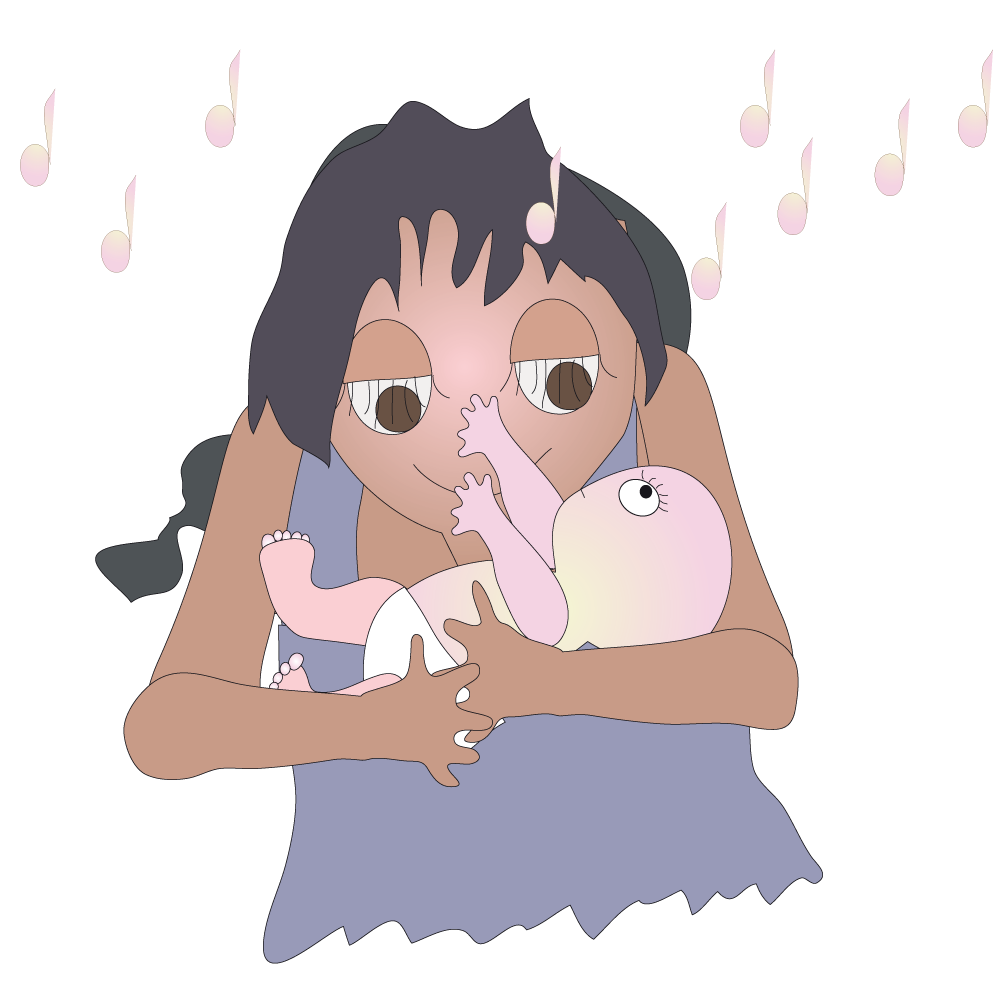
Voordat jy begin voed, maak seker dat jou baba wakker is.
’n Slaperige pasgebore baba sal nie behoorlik drink nie.
As dit warm genoeg is, trek jou baba tot by haar doek uit, sodat sy baie stimulerende velkontak met jou het terwyl sy eet. Streel haar saggies en praat sag met haar. Jy kan selfs 'n liedjie sing as jy wil. Maak dit deel van jou voedingsroetine.
Raak gemaklik

Babas sowel as mammas moet gemaklik wees tydens borsvoeding. Jou baba sal beter voed as sy goed ondersteun word met haar lyf styf en gemaklik langs jou in lyn.
Gebruik kussings of komberse in jou skoot om jou baba tot op die vlak van jou bors te bring.
Jou arms sal baie moeg word om haar op borshoogte vas te hou deur 'n voeding sessie. Gebruik kussings en iets onder jou voete om baba op en in na jou toe te bring.
Bring die baba na die bors, nie die bors na die baba nie


Jy kan enige posisie kies om jou baba te borsvoed, maar maak seker jy kry ’n gemaklike posisie wat by die behoeftes van jou baba pas.
Sommige meisies hou daarvan om regop te sit en die baba soos 'n wiegie vas te hou. Dit laat jou toe om die baba met een hand vas te hou en die ander te gebruik om jou bors te ondersteun of te beweeg.

Sommige meisies verkies om op hul sy te lê met die baba langs hulle.
Hierdie posisies kan van dag tot dag verander soos die baba groter word.

As die baba te veel ronddraai, probeer om haar saggies in 'n kombers toe te draai met haar arms ingedruk.
Posisie van die baba tydens voeding

- Wieg jou baba in jou arm sodat haar nek in die buiging van jou elmboog rus, haar rug langs jou voorarm en haar boud in jou hand.
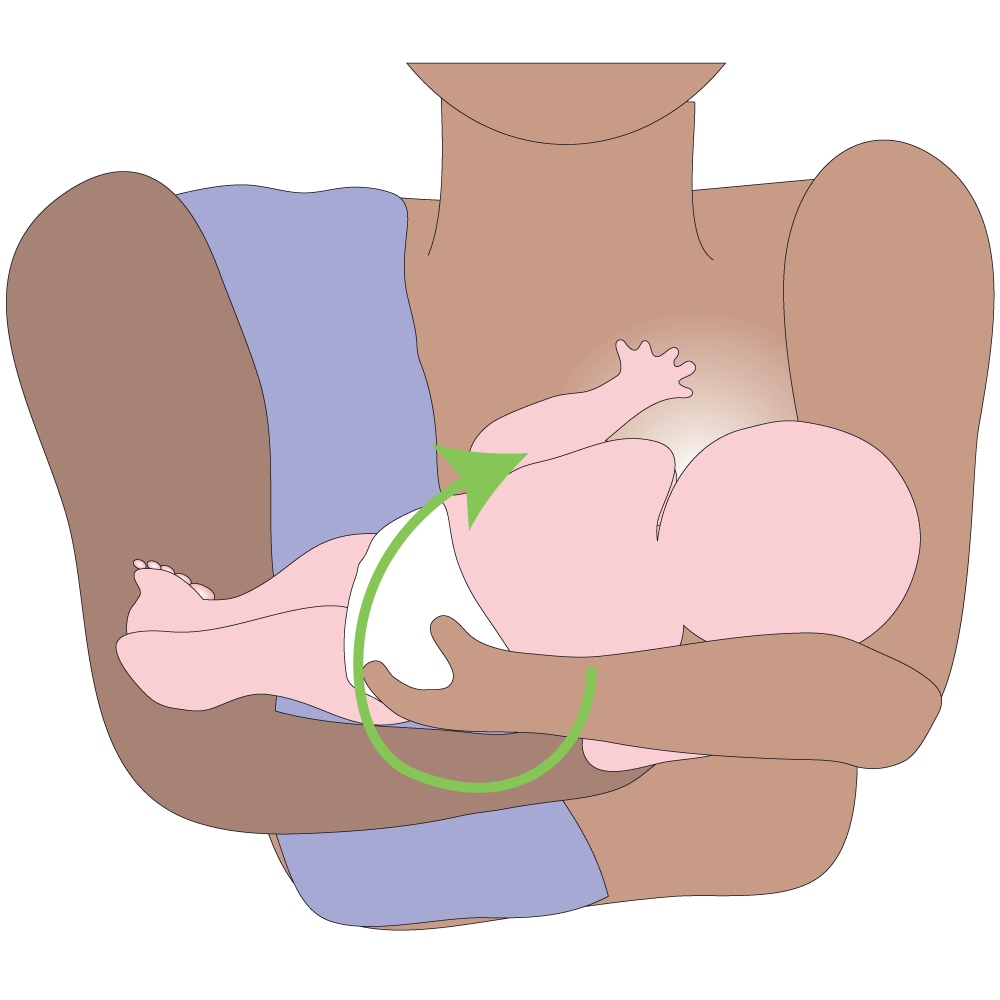
- Draai dan baba op haar sy sodat sy 'maag-tot-maag' na jou toe kyk.
- Trek haar naby jou, sodat haar lyf om joune vou.
- Haar kop en nek moet reguit en in lyn met haar lyf wees, nie agtertoe gebuig of sywaarts gedraai nie.
- Baba moet nie haar kop hoef te draai of opwaarts te span om jou tepel te bereik nie.
- Die bors moet reg voor haar mond wees.
Suiggreep (“Latching on”)

Om aan te sluit (‘latching”) beteken om die baba se mond op die regte manier om die tepel te kry.
Babas word gebore met die instink om vas te gryp en te suig. Hulle het dalk net 'n bietjie hulp nodig.
'n Goeie suiggreep is een van die belangrikste dele van gemaklike borsvoeding.
’n Goeie voedingsposisie is die begin hiervan. Onthou 'maag-tot-maag' en 'ken-tot-bors'.
As jou baba gedraai is, kan dit vir haar moeiliker maak om melk te suig, en kan jou tepels seer maak.
Ouer babas is meer geneig om rond te beweeg terwyl hulle borsvoed.
Slegte “latch” | Goeie “latch”


- Gebruik jou een hand om die bors te omvou en bied dit aan jou baba.
- Sy moet haar mond wyd genoeg oopmaak om 'n goeie gedeelte van die areolaweefsel (donkerder gedeelte van die bors) in haar mond te neem.
- Terwyl sy dit doen, trek haar nader aan die bors.
As jy nie die eerste keer 'n goeie grendel gekry het nie, moenie die baba op jou bors los nie. Dit kan seer tepels veroorsaak.
As jy pyn voel, breek die suiging deur 'n skoon vinger in die hoek van haar mond in te steek, verwyder haar van die bors en probeer weer.
Dit kan baie probeerslae neem voordat jy 'n goeie “latch” kry.
Soos jou baba leer om te borsvoed, sal dit makliker word.
Hoe gereeld moet ek my baba voed?
Elke kind is anders, maar 'n jong baba kan agt tot twaalf keer in 24 uur voed.
Jou melkvoorraad pas by jou baba se behoeftes aan, so dit help om te voed wanneer jou kind honger is.
Jy sal weet of jy genoeg melk verskaf as jou baba:
- Het ses tot agt nat lapdoeke, of vyf weggooidoeke in 24 uur
- Het sagte dermbewegings (poep) ten minste een keer per dag in die eerste paar maande
- Raak rustig gewoonlik na die meeste voer
- Het helder oë en goeie velkleur
- Tel die regte hoeveelheid gewig op vir die ouderdom van die baba
Hoe weet ek my baba voed reg?

Die baba moet haar lippe om die bors gevou hê.

As jy die baba se onderlip liggies effens aftrek (terwyl sy voed), moet die tong om die bors gekrul wees.

Jy kan ook gewoonlik hoor hoe baba sluk en kyk hoe haar ore wip terwyl sy aktief suig.

Vir vroue/meisies wat nie kan borsvoed nie of wat besluit om dit nie te doen nie, is babaformule 'n goeie alternatief.
As jy jou baba voed met 'n kommersieel voorbereide formule en jy volg die instruksies, sal jou baba se voedingsbehoeftes voorsien word.
Jy sal steeds met jou baba kan bind.
Of dit nou met borsmelk of formule is, voeding is 'n belangrike tyd van verbintenis tussen moeder en baba.
Veilige voorbereiding van formule melk

Formulevoeding sal vereis dat jy die bottels en spene steriliseer. Daar is kommersiële produkte beskikbaar om dit te doen of jy kan kook as 'n metode gebruik.
- Gebruik altyd 'n gemerkte koppie of glas en lepel om water te meet en 'n skeppie om formulepoeier af te meet.
- Was jou hande voordat jy 'n voer voorberei.
- Bring die water tot kookpunt en laat dit dan afkoel.
- Hou dit bedek terwyl dit afkoel.
- Meet die formulepoeier in die gemerkte koppie of glas.
- Maak die “scoops” gelyk.
- Gooi een skeppie poeier vir elke 25ml water in.
- Voeg 'n klein hoeveelheid afgekoelde gekookte water by en roer.
- Vul die beker of glas tot by die merk met die water.
- Roer goed deur.
- Toets die temperatuur deur 'n paar druppels op die agterkant van jou hand of pols te plaas.
- Die formule moet lou voel - nie warm nie.
- Moenie bottels in die mikrogolf warm maak nie. Die formule kan oneweredig warm word, wat warm kolle skep wat jou baba se mond kan verbrand.
- Voer die baba met 'n bottel of koppie.
- Was die eetgerei.
Wat is binding (“bonding”)?
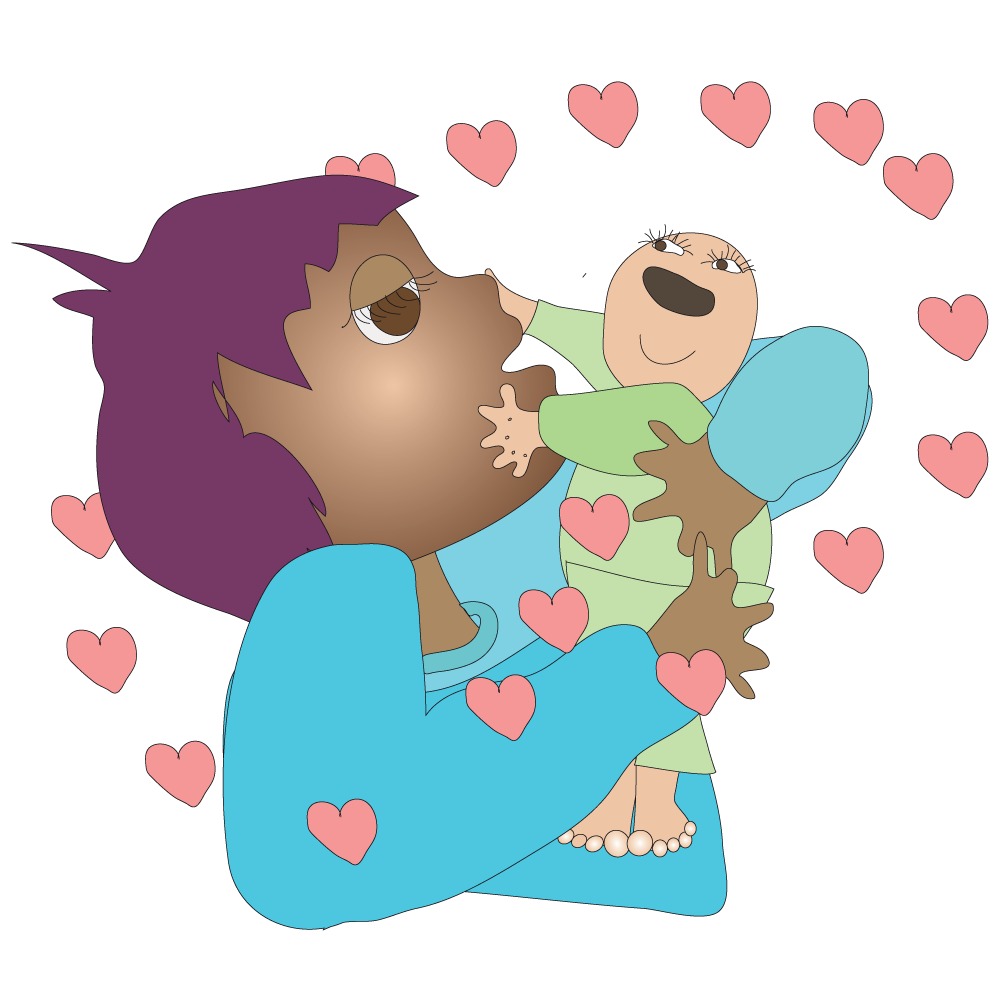
Binding is die proses waardeur die ma, die pa en die jong baba 'n spesiale aanhegting en verbintenis met mekaar maak. Dit is die begin van die bou van 'n diep, blywende verhouding wat uniek aan hulle sal wees.
Hierdie natuurlike (instinktuele) bindingsverhouding trek julle twee saam. Die band motiveer jou om fyn op te let na jou baba se behoeftes – om in die middel van die nag wakker te word om te voed, om te sien wanneer ’n doek omgeruil moet word en om te verstaan wat jou baba se verskillende huilbetekenis beteken.
Hierdie binding is die basis vir die baba om sy of haar selfgevoel te ontwikkel.
Waarom binding belangrik is

Die gehegtheidsband is die diep, blywende verhouding wat tussen jou en jou baba en ontwikkel in die eerste paar jaar van die lewe.
Binding speel 'n belangrike rol in jou baba se ontwikkeling (sosiaal, emosioneel, intellektueel en fisies).
Hoe beter die band met jou baba is, hoe meer sal jou baba floreer.
'n Goeie en veilige band bied aan jou baba 'n uitstekende (optimale) basis vir die lewe – leergretigheid, gesonde selfbewustheid, vertroue en bedagsaamheid vir ander.
’n Onseker gehegtheidsverhouding, een wat nie aan jou baba se behoeftes vir veiligheid en begrip voldoen nie, lei tot verwarring en probleme om te leer en met ander in die latere lewe te skakel.
Soms is dit nie so maklik nie
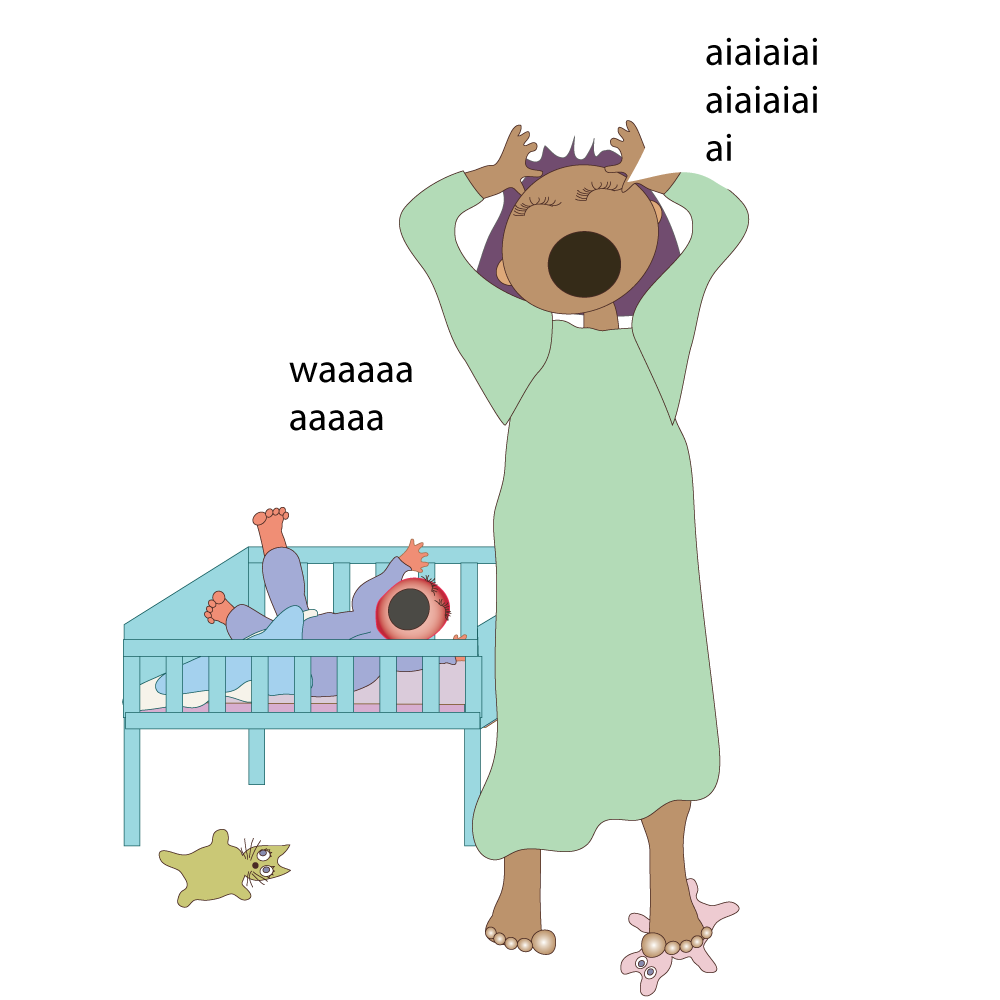
Die proses van binding en aanhegting vind natuurlik plaas terwyl jy vir jou baba omgee, maar is nie altyd maklik nie.
Soos die tyd aanstap, sal dit makliker word om die verskillende krete te verstaan, te weet wat die seine beteken en te reageer op jou baba se behoeftes aan kos, rus, liefde en troos. Probeer geduldig wees met jouself en jou baba terwyl julle mekaar leer ken en verstaan.
Dit is normaal om eers onseker, bang of ontkoppel te voel. Daar is egter baie dinge wat jy kan doen om 'n veilige band met jou baba te begin bou.
Hoe om 'n veilige band met jou baba te bou
Pas jouself op!
- Binding met jou baba is ook goed vir jou.
- Binding met jou baba begin met die versorging van jouself.
- Babas moet in 'n stil en wakker toestand wees om te bind, en jy ook.
Hoe moeilik dit ook al mag wees, is dit belangrik om vir jouself te sorg sodat binding en aanhegting kan plaasvind.
- Probeer genoeg slaap kry

Te min slaap kan jou knorrig en kwaad maak, met geen geduld of energie om iets te doen nie.
- Vra vir ondersteuning

Probeer om soveel as moontlik hulp van jou familie en vriende te kry.
Om vir 'n klein baba te sorg is veeleisend, en om 'n rukkie weg te neem, kan jou help om beter na jou baba om te sien.
- Gaan stap

Ry 'n fiets. Ontmoet 'n paar vriende vir 'n koeldrank vir 'n uur of wat terwyl iemand wat jy vertrou oor die baba waak.
Wanneer babas 'n veilige aanhegtingsband ontwikkel, is hulle gewoonlik beter in staat om:/p>
- Ontwikkel vertrouende verhoudings met ander
- Wees emosioneel meer gebalanseerd
- Voel selfversekerd en goed oor hulself
- Geniet dit om saam met ander te wees
- Herstel vinniger van teleurstelling en verlies
- Deel hul gevoelens en soek ondersteuning

Om 'n veilige gehegtheid met jou baba te skep, kan 'n bietjie moeite verg, maar die belonings is groot vir julle albei.
Binding speel 'n belangrike rol in jou baba se sosiale, emosionele, intellektuele en fisiese ontwikkeling.
Goeie binding help met ontwikkeling

- Sosiaal – in staat om makliker saam met ander te wees.
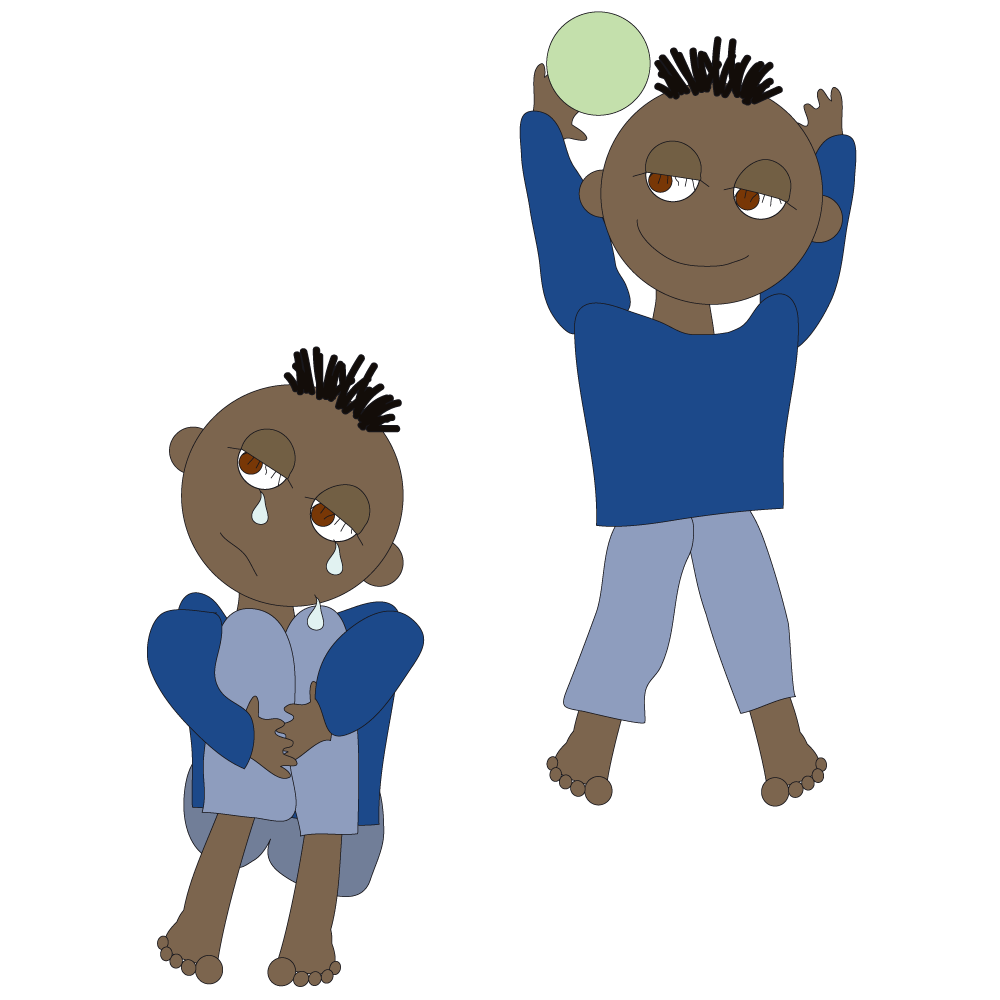
- Emosioneel – in staat om emosies te wys en makliker terug te bons.

- Intellektueel – in staat om makliker te leer.

- Fisies – sterker en gesonder.
Sommige dinge om oor na te dink voordat jy swanger raak

Meisies is meer geneig om swanger te raak:
- As hulle die skool verlaat (as gevolg van armoede of swak skoolprestasie)
- As hulle in 'n informele nedersetting en landelike gebiede grootword
- Wanneer albei ouers (maar veral wanneer die ma) afwesig is van die huis
- Waar stigma oor adolessente seksualiteit teenwoordig is
- Waar daar geen oop kommunikasie oor seks is nie
- Waar daar min kennis oor konsepsie en voorbehoeding is
- Waar daar 'n tekort aan oordeelvrye gesondheidsdienste is
- Waar kondome en/of gesinsbeplanningsdienste nie beskikbaar is nie
- Wanneer jonger meisies betrokke is by verhoudings waar mans of seuns besluit onder watter omstandighede seks plaasvind – dit is dikwels gedwonge seks (verkragting, seks onder druk, mislei of bedreigde seks)
- Wanneer meisies finansieel sukkel en seks verruil vir geld, kos of geskenke
- Waar daar geslagsongelykheid is
- Wanneer meisies baie seksmaats op dieselfde tyd het
- Wanneer meisies ouer seksmaats het
- Wanneer daar geen kennis is van seksuele en reproduktiewe gesondheidsregte nie
Soms is daar niemand om mee te praat of om jou te help lei deur die besluit om onbeskermde seks te hê en swanger te raak nie.
Die realiteit van 'n baba is nie iets wat maklik geleer of gewys word nie.
Dit is moeilik vir 'n tiener om te weet hoe dit is om 'n ouer te word.
Jy kan nie die moontlike gevolge begin voorstel nie.

Hier is 'n paar dinge om oor na te dink...
Lus en begeerte is alles normaal, maar dit beteken nie dat jy gereed is om seks te hê of swanger te raak nie.
Dit is baie maklik om in 'n hewige oomblik "weggevoer" te word en seks te hê.
As jy oud genoeg is om seks te hê, is jy oud genoeg om jouself en jou maat te beskerm.
Wat as jy met MIV of ander SOI's besmet word?

- ’n Goeie verhouding sluit nabyheid, omgee en respek in voordat seks plaasvind.
- Seks sal nie iemand vir jou laat liefhê, 'n gebroke verhouding regmaak of een wat sleg is verbeter nie.
- Hoeveel weet jy van jou liggaam, van bevrugting en voorbehoedmiddels, ovulasie en die feite oor swangerskap?

- Dink aan jouself en waar jy oor drie of vyf jaar wil wees
- Dink aan die gevolge van 'n verkeerde besluit en hoe die res van jou lewe geraak sal word
- Sal jy voortgaan met jou opleiding/geleerdheid?
- Wat van jou ouers of versorgers?
- Sal hulle jou ondersteun?
- Sal jy werk kan kry om die baba te onderhou?
- Hoe sal 'n swangerskap jou lewe in die gemeenskap beïnvloed?

- Is jy gereed om 'n ma te word?
- Is jou kêrel gereed is om 'n pa te word?
- Baie kêrels wil verantwoordelik wees vir hul kind en wil betrokke wees by die kind se lewe, maar armoede verhoed hulle dikwels om daardie rol te vervul.
- Weet jy dat baie min verhoudings die stres van tienerswangerskap oorleef?
- Tienerma's loop 'n baie hoë risiko om binne twee jaar na die eerste baba nog 'n baba te hê.

- Wat van die toekoms van die baba?
- Wie sal na die baba kyk?
- Wie sal vir die baba betaal?
- Sal jou kêrel help om die baba te ondersteun?
- Hoeveel is die kindertoelae?
- Watter koste sal dit dek?
- Hoeveel kos dit om 'n baba te voed, te klee en groot te maak?

Oor jonger pa's
Seuns van 'n jonger ouderdom wat babas verwek, verskil nie van meisies nie. Hulle is geneig om:
- Kom uit lae-inkomstehuise
- Het swak skoolprestasie
- Lae opvoedkundige prestasie (hulle vaar nie baie goed op skool nie)
- Het min of geen finansiële hulpbronne om hul kind of die moeder te onderhou nie
- Hulle word dikwels gemotiveer om deel van hul kind se lewe te wees omdat hulle geen pa in hul lewens gehad het nie, maar baie min het die geld, en dit lei daartoe dat hulle hulself afwesig is by hul kind.


Gesondheid

Deur onbeskermde seks te hê, stel meisies hulself in gevaar om nie net swanger te word nie, maar ook blootstelling aan MIV en SOI's. 'n Baie hoë persentasie tienermoeders is ook MIV-positief.
Tienerswangerskappe het meer kans op probleme (komplikasies) tydens die swangerskap en 'n groter risiko om tydens bevalling te sterf.
Hoër risiko van lae geboortegewig van baba en 'n hoër risiko van babadood.
Geestesgesondheid
Ongewenste tienerswangerskap kan 'n ongelooflike stresvolle tyd wees.
Baie meisies moet die probleme konfronteer om 'n enkelma te wees en word gelaat om die gevolge te trotseer met min ondersteuning van familie, vriende of die baba se pa. Hulle moet dikwels in vyandige omgewings woon. Hulle leef dikwels met verskriklike skaamte.
Depressie is algemeen (en dikwels ongediagnoseer) en het beduidende implikasies vir ma/baba-aanhegting.
As jy oorweldig, hartseer en depressief voel, vra jou gesondheidsorgspan om jou na 'n plek te verwys waar jy emosionele en sielkundige ondersteuning kan kry. En kry asseblief ondersteuning vir jouself en jou baba.
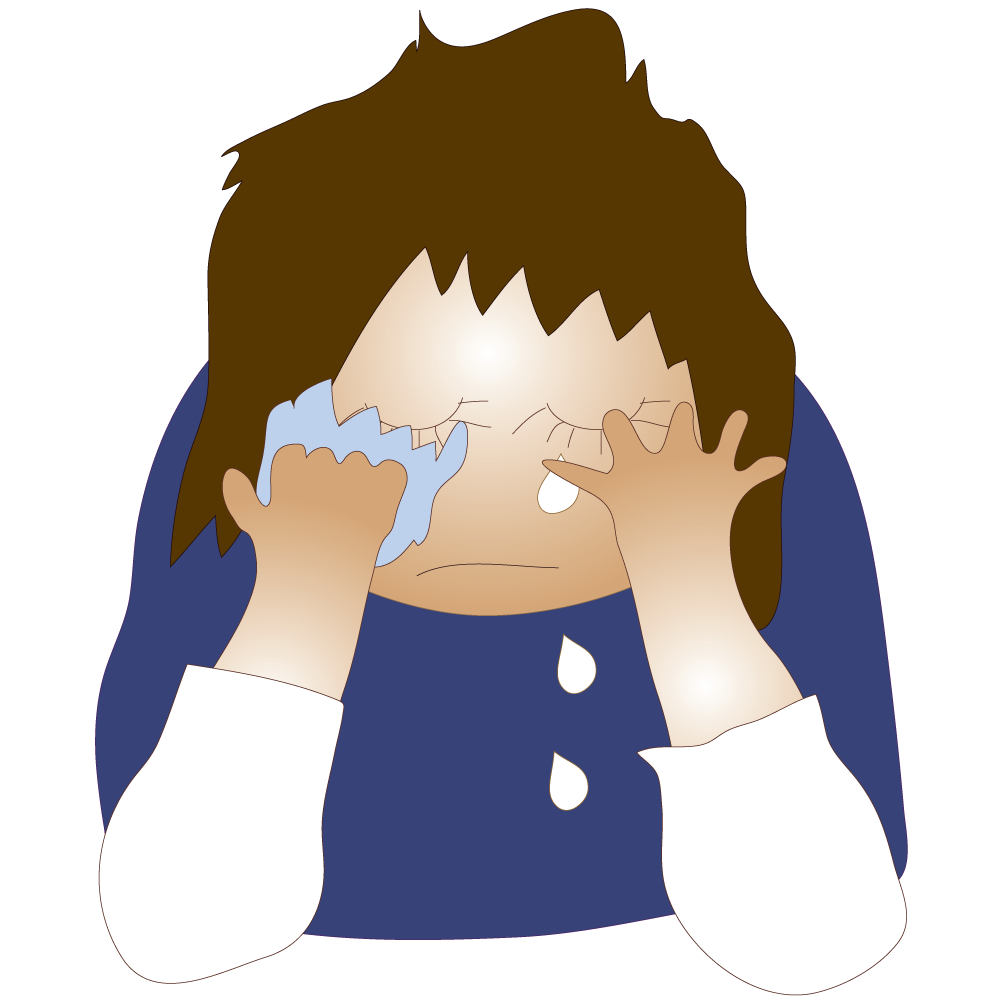
Opvoeding
Tienerswangerskap het verreikende gevolge, en swanger meisies word dikwels gekonfronteer met stigmatisering by die skool (en in die gemeenskap). Hulle kry dikwels baie min of geen ondersteuning van gesinne, skool en gesondheidsorgfasiliteite nie.
Tienerswangerskap het skadelike uitwerking op die onderwys en toekomsplanne van die meisie. Om moederskap en opvoeding te balanseer is dikwels 'n oorweldigende ervaring vir tienermoeders. Onreëlmatige skoolbywoning en swak skoolprestasie tydens en na swangerskap lei dikwels daartoe dat die meisies die skool verlaat. Dit beïnvloed onvermydelik toekomstige werksgeleenthede en loopbane negatief en dra by tot werkloosheid onder die jeug.
Swanger meisies ervaar geestelike en emosionele stres van gesprekke met ouers, bekendmaking aan die ongebore kind se pa, portuurverwerping en isolasie, om die skool te verlaat, stigmatisering en vrees.

Ekonomiese
Babas is baie duur. Voeding, klere en opvoeding van 'n ander persoon kan veroorsaak:
- Inkomste van die gesin om laer te wees
- Vlak van armoede om hoër te word
- Die kind is heel waarskynlik arm (dit is baie moeilik om die siklus te breek)

Sosiaal – in die gemeenskap

Ongelukkig neem 'n swanger meisie die grootste deel van die gevolge van tienerswangerskap, insluitend:
- Stigma en diskriminasie
- Minder kans op huwelik
- Meer kans om mishandel te word
- Onondersteunende lewensomstandighede vir 'n kind
- Verhoogde gedragsprobleme onder kinders

Vasvra
- Sal jy teruggaan skool toe?
- Hoe sal jy voel oor jou klasmaats wat moontlik in 'n hoër graad is?
- Hoe dink jy sal jou klasmaats oor jou voel?
- Gaan jou toekomstige opvoeding ontwrig word?
- Wat kan dit beteken?
- Watter soort toekoms gaan jou kind in die gesig staar?
Boimana
Boimana ke ho jara lesea le le leng kapa a mangata, a tsejwang e le senamane kapa embriyo ka hara popelo ya motho e motshehadi.

Haeba o le HIV phosethifi tshebediso e loketseng ya meriana e thibelang ho ikatisa ha vaerase e tla thusa ho thibela hore lesea la hao le se tshwaetswe ke HIV.
Ho ka ba le lesea (senamane) le le leng kapa ho feta, ka ha ho etsahala ka mafahla kapa mafahla a tswang a le mararo.



Ha re qale ka ho sheba ditho tsa botona le tsa botshehadi tsa ho etsa bana.



Diouvari di na le mahe a diketekete ka hara tsona. Kgweding e nngwe le e nngwe lehe le a butswa mme le tswa ka hara ouvari ho kena ka hara tjhupu ya fallopian le tsamayele popelong.
Ka dinako tse ding ho lokollwa mahe a mabedi. Ho fumana lesedi le fetang lena ka maikutlo a bong boo motho a ikamahanyang le bona, etela – Mafahla.
Lehe le leng le le leng le na le dintlha kaofela tsa ngwanana ka hara lona.



Dilemong tsa bohlankana makwalata/ditapole di qala ho hlahisa peo ya botona lekgetlo la pele.
Peo ya botona ke disele tse etsang bana.
Ha peo ya botona e kopana le lehe la motho e motshehadi, lesea le qala ho hola.
Dipeo tsa botona di shebahala jwalo ka mekudubete mme di nyane haholo. O hloka maekroskoupu hore o di bone.
Peo e nngwe le e nngwe ya botona e na le dintlha kaofela tsa moshemane ka hara yona. Lehe le leng le le leng la motho e motshehadi le na le dintlha kaofela tsa ngwanana ka hara lona. Lesea le na le disete tsa dintlha tsa batswadi ka bobedi.
Ho nka peo e le nngwe feela ya botona ho nontsha lehe.



Monontsho ke ho kopana ha lehe la motho e motshehadi le peo ya botona ka mora ho rota peo ya botona nakong ya thobalano.
Ho kopana hona ho boetse ho tsejwa e le ho nka mpa mme ho ka etsahala feela ha lehe le tswa ka hara diouvari.
Ho nka mpa ke ha motho a ima ka mora monontsho.
Motho e mong le e mong o qala bophelo e le sele e le nngwe, e boptjwang ha peo ya ntate e nontsha lehe la mme.
Ka tlwaelo monontsho o etsahala ka hara tjhupu ya fallopian ya mme, e kopanyang popelo le ouvari.

Ho tswa ha lehe ka hara diouvari ke nako moo ovari e ntshang lehe le butsitsweng, mme lehe le sutuletswa tlase tjhupung ya fallopian. Ebe lehe le a fumaneha hore le nontshwe ke peo ya botona.
Lera la popelo le le tenya ho lokisetsa lehe le nontshitsweng.
Haeba lehe le sa nontshwa ke peo ya botona (ho nka mpa ha ho etsahale), lera la popelo le madi a tla tswa mme o tla ya matsatsing/kgweding.
- Ho tswa ha lehe ka hara diouvari le boimana di a tsamaellana.
- Ka kakaretso, saekeleng ya matsatsi a 28, ho tswa ha lehe ka hara diovari ho etsahala haufi le letsatsi la 14, letsatsi la 1 e leng letsatsi la pele la ho ya matsatsing/kgweding.
- Letsatsing la bo14 ouvari e ntsha lehe le phelang dihora tse 12 – 24 ha le qeta ho tswa ka hara yona.
- Ka tlwaelo ho ntshwa lehe le le leng feela kgwedi e nngwe le e nngwe.
- Ho tswa ha lehe ka hara diouvari ho ka angwa ke kgatello ya maikutlo, ho kula kapa tshitiso ya dintho tse tlwaetseng ho etsahala.
- Banana ba bang ba ka rotha madinyana nakong eo lehe le tswang ka hara diouvari.
- Ka tlwaelo ho kopana ha lehe le nontshitsweng le lera la popelo ho etsahala matsatsing a 6 – 12 ka mora hoba lehe le tswe ka hara diouvari.
- Ngwanana e mong le e mong o na le mahe a dimiliyone a sa butswang a emetseng hore lehe le qale ho tswa ka hara diouvari kgwedi e nngwe le e nngwe.
- Ho ya matsatsing/kgweding ho ka etsahala le ha lehe le sa tswa ka hara diouvari.
- Ho tswa ha lehe ka hara diouvari ho ka etsahala le ha o eso ye matsatsing/kgweding.
- Banana ba bang ba ka utlwa bohloko hanyane kapa ho opelwa haufi le diouvari (haufi le masapo a noka) nakong eo lehe le tswang ka hara diouvari.
- Ha lehe le sa nontshwa, le a qhalana mme le monyela ka hara lera la popelo.


(Kwae/ntoto e kena ka hara kuku).(Botona bo kena ka hara Botshehadi)
Makgolokgolo a dipeo tsa botona tse diketekete a tswa makwalateng/ditapoleng ka kwae/ntoto mme a kene ka hara kuku ka mora hoba motho e motona a rote peo.
Peo ya botona e leba popelong (ditjhupung tsa fallopian) ho ya batla lehe.
Haeba sena se etsahala pele kapa nakong eo lehe le tswang ka hara ouvari, lehe le ka nontshwa.
Haeba ho sa etsahale, nako ya ho ya matsatsing/kgweding e tla etsahala.

Matsatsi le dibeke tsa pele.
Diketsahalo kaofela tsa embriyo/senamane tse leng karolong ena di ballwa ho tloha nakong ya ha o nka mpa/monontsho. Ana ke matsatsi a ho nka mpa (boimana bo ballwa dibeke tse 38)
Nako ya boimana ke dibeke tse pedi ho feta (boimana bo ballwa dibeke tse 40)

Dipeo tse ngata tsa botona di leka ho kena ka leheng.






Disele di bopeha ho ba embriyo – di hola ho ba motho. Pokello ena ya disele e bitswa embriyo ya ho tloha nakong ya monontsho ho fihla qalong ya kgwedi ya boraro ya boimana.
Embriyo e hlahisa khepsule e tletseng lero le potapotang le ho samela mmele o holang ho thibela hore o se be le kotsi.
Plasentha e a bopeha.
Plasentha e kopanya mme le ngwana le ho fetisa oksijene le dijo (dimatlafatsammele) ho tloha phallong ya madi a mme ho ya leseeng, le ho tlosa ditshila tse tswang mmeleng wa lesea.
Matsatsi a 25 ka mora monontsho mmele o a bopeha:
- Pelo e a otla
- Hlooho le mmele di a hlaha
- Ditshobotsi tse qalang pele tsa sefahleho di a hlaha.

Dibekeng tse ka bang tse 4 ho isa ho tse 8
Embriyo e ba senamane
Ho fihla bekeng ya bo6 ka mora monontsho menwana e a hlaha, e latelwe ke menwana ya maoto.
Ho fihla bekeng ya bo8 embriyo e hodile ho tloha ho 4mm ho feta 30mm.
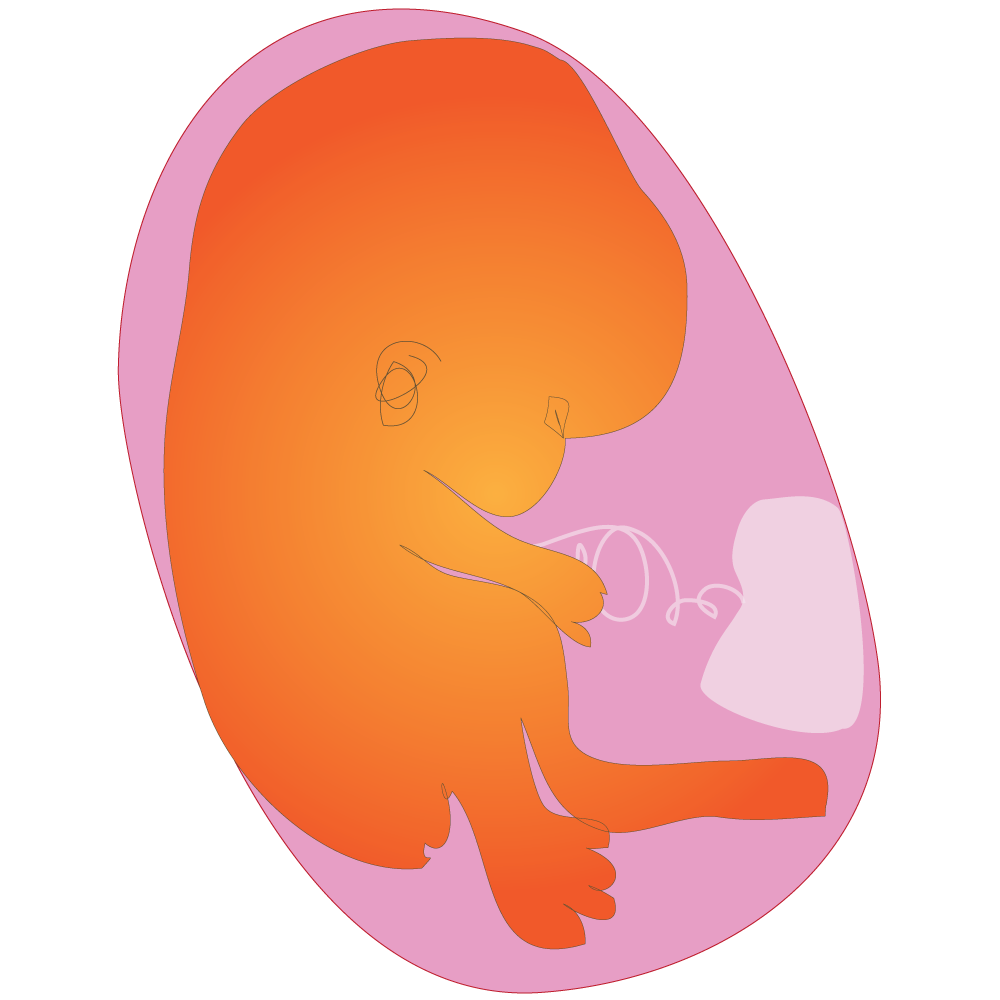
Beke ya bo9 ho fihla ho ya 12
Dibekeng tse 11 ka mora ho nka mpa, senamane se qala ho kwenya lero (le potapotileng le ho sireletsa embriyo) le ho qala ho le kgutlisetsa lerong ka ho rota. Lesea le kgona le ho bososela.
Ho kwenya ho lokisetsa lesea hore le kgone ho nwa lebese ha le hlaha. Ka dinako tse ding senamane se nyanya le monwana wa sona o motona.

Lesea le holang
Boemo ba embriyo bo feela bekeng ya bo8 ha embriyo e ba senamane.







Lesea le kopantswe le plasentha ka thapo e tswang mokgubung e bitswang thapo e fetisang dijo ho tloha ho mme ho ya ho lesea (umbilical cord).
Thapo ena e tla kgaolwa haufi le mpa ya lesea ha le hlaha mme e tla siya letshwao la mokgubu - konopo ya mpa.
Lesea le fumana oksijene (le hema) mading a mme ho tswa thapong ena le plasentha. (Ho seng jwalo, le ne le tla kgangwa ke lero le le potapotileng).
- Dibekeng tse ka bang tse 38 ho tloha nakong ya monontsho o tla be o loketse ho ba le (beleha) lesea la hao.
- Dibekeng le matsatsing a ho qetela a boimana o tla utlwa diphetoho tse etsahalang mmeleng wa hao.
- Popelo e theohela tlase.
- Kgatello e tlasa dikgopo e tla feela mme e tla utlwahala eka lesea le hatella sehlana.
- Jwale o tla feta ketsahalong e bitswang ho lokisetsa peleho.


Ka dinako tse ding, lehe le le leng le arohana habedi mme disele ka bobedi di hola di arohane, e le mafahla a tshwanang

Ka dinako tse ding ouvari e ntsha mahe a mabedi e a nontshe. Hona ho hlahisa mafahla a sa tshwaneng, mohlomong le ka bong bo fapaneng (a bopeha ho tswa maheng a mabedi le dipeong tse pedi tsa botona).

Haeba o nahana hore o imile o tla hloka ho netefatsa ka teko ya boimana.
Teko e sebedisang dikhemikhale disampoleng tsa madi kapa tsa moroto ho bona hore na o imile.



- Diteko tsa moroto - Diteko tsa boimana tsa lapeng di ka rekwa khemising ntle le lengolo la ngaka.
- Diteko tsa madi - Mofani wa tshebeletso ya tlhokomelo ya bophelo a ka nka sampole ya madi a etsa teko ya homone e itseng. O ka ya tleleniking ya lehae la heno ho ya etswa diteko.
O ka nna wa batla ho iketsa teko ya boimana e etsetswang lapeng (teko ya moroto).
Disebediswa tsa ho ikalafa lapeng di lekanya homone ya hCG (human chorionic gonadotropin) e morotong wa hao e ka fumanwang dibeke tse ka bang tse pedi ka mora hoba lehe la hao le nontshwe ke peo ya botona.
Kahoo, ha o sa ya matsatsing, teko e tla kgona ho o bolella hore o imile na.
Diphetho di phosethifi (o imile) kapa nekethifi (ha o a ima).
Haeba o imile, o tla hloka hore mofani wa tshebeletso ya tlhokomelo ya bophelo a o etse teko ya madi ho netefatsa sephetho.
Diteko tsa madi di ka fumana hCG feela empa di ka kgona ho o bolella hore o na le nako e kae o imile le ho kgona ho hlwaya mathata a ka bang teng ka boimana ba hao.

Ho fumana diphetho tse nepahetseng ka ho fetisisa sesebedisweng se potlakang sa ho iketsa teko lapeng, latela ditaelo tse tlang le sona.
Bala leibole le ditaelo ka hloko.
Netefatsa hore o a utlwisisa:
- Teko ke ya eng le hore ha se ya eng.
- Sampole ya hao ya moroto o e nka jwang?
- Teko o e etsa neng, jwang le hore o e behela nako jwang (o sebedisa moroto wa pele wa hoseng ka ha oona o fana ka monyetla o motle wa ho ntsha sephetho se nepahetseng).
- Teko e behelwa nako jwang (o hloka ho ema nako e kae ho fumana sephetho).
- Diphetho di balwa le ho utlwisiswa jwang?
- Ke eng e ka sitisang diphetho tsa teko.
- Sheba dinomoro tsa mohala tsa mohlahisi ho di sebedisa ha ho ka etsahala hore o di hloke.
Haeba teko ya pele e le nekethifi, hoo ho ka bolela hore bophahamo ba hCG bo tlase haholo morotong wa hao, o ka pheta teko matsatsi a seng makae hamorao haeba o eso qale ho ya matsatsing.
Ka mehla ha ho ke ho be le diteko tse phosethifi e se nnete. Haeba teko e bontsha hore e phosethifi, o imile.

(haeba o e etsa). Haeba o sa e etse, leba ho mofani wa tshebeletso ya heno ya tlhokomelo ya bophelo ho ya etsa teko ya boimana.

Haeba o imile, ho bohlokwa hore o tsamaye diketelo tse latelang le mofani wa tshebeletso ya heno ya tlhokomelo ya bophelo ho netefatsa hore sephetho se nepahetse le ho qala diketelo tsa tlhokomelo ya pele ho peleho. Tlhokomelo ya pele ho peleho e mabapi le tlhokomelo le kalafo ya ngwana ya eso hlahe le mme ya imileng.
- Ho qala diketelo tsa tlhokomelo ya pele ho peleho o sa le qalong ya dikgwedi tsa boimana ke qeto e loketseng wena le lesea la hao.
- Haeba o nwa meriana efe kapa efe e meng, o se tlohele ho e nwa o sa qala ka ho botsa mofani wa tshebeletso ya tlhokomelo ya heno ya bophelo.

Diteko tsa madi di etswa ho mofani wa tshebeletso ya tlhokomelo ya bophelo.
Sampole ya madi a hao e a nkwa le ho romelwa laboratring.
Ho nka nako e telele ho fumana diphetho ka diteko tsena ho na le teko ya boimana ya lapeng. Di kgona ho bona hore motho o imile pejana ho teko ya boimana ya lapeng (matsatsi a ka bang a tsheletseng ho isa ho a robedi ka mora monontsho).
Ithute ka ho itlhokomela hore boemo ba bophelo ba hao nakong ya boimana e be bo botle le ho netefatsa hore lesea la hao le hlaha le phetse hantle ka ho fetisisa.
Ho thibela pelehi ho bolela:
- ho laola hore o se be le ngwana pele ho nako e loketseng
- ho thibela ho ima
- ho thibela monontsho
- ho thibela peo ya moshemane hore e se fihle leheng la ngwanana












National Adolescent Friendly Clinic Initiative (NAFCI) – Ditokelo tsa motjha tsa boemo ba bokgoni ba ho ba le bana le boemo ba dikamano tsa hae le bao a etsang thobalano le bona maemong a bophelo ba hae kaofela
Motjha, ho sa kgathalatsehe dilemo, thobalano, morabe, bodumedi, botjhaba, boemo setjhabeng, bokgoni ba ho utlwisisa dintlha le bohlokwa ba boitshwaro le bokgoni ba ho etsa dintho tse itseng ka mmele, o na le tokelo ya ho fumantshwa ditshebeletso tsa motheo tsa tlhokomelo ya bophelo tse kenyeletsang:
- Tokelo ya ho fuwa lesedi ka tsa bophelo.
- Tokelo ya ho fumana ditshebeletso tse felletseng, tse lefellehang tsa tlhokomelo ya bophelo.
- Tokelo ya ho se phatlalatse dintlha tsa motho ha a fuwa tshebeletso ya tlhokomelo ya bophelo.
- Tokelo ya ho tshwarwa ka hlompho ha o fumana tshebeletso ya tlhokomelo ya bophelo.
- Tokelo ya ho netefaletswa hore dintlha tsa botho di tla dula e le sephiri.
- Tokelo ya ho hlalosetswa ka ditshebetso tseo motjha a fetang ho tsona ha a fumantshwa tshebeletso ya tlhokomelo ya bophelo.
- Tokelo ya ho alafshwa ke batho ba rupelletsweng le ho tseba ka seo ba se etsang.
- Tokelo ya ho fumantshwa tshebeletso e tswellang.
- Tokelo ya ho alafshwa ke mofani ya nang le lebitso.
- Tokelo ya ho hlahisa maikutlo ka ditshebeletso tseo ho fanweng ka tsona le ho tletleba ka ditshebeletso tse sa kgotsofatseng tsa bophelo.
- Tokelo ya ho ba boemong boo tshebediso ya ditokelo kapa ho fumantshwa menyetla ho sa angweng ke bong.
- Tokelo ya ho ba tikolohong e sa ameng bophelo hampe le e bolokehileng.
- Tokelo ya ho etsa dikgetho tse itshetlehileng dintlheng tse utlwisisehang ka bolokollohi ditabeng tse amanang le ho hlahisa maikutlo ka tsa thobalano, ho natefelwa ke ho etsa thobalano le hore o kgahlwa ke batho ba bong bofe hore o ratane le bona, ba utlwanang ka maikutlo le ho ka etsa thobalano le bona.

- Na o entse thobalano e sa sireletsehang?
- Na ha o a ya matsatsing kgwedi e le nngwe kapa ho feta?
- Na matswele a hao a bohloko?
- Na matswele a hao a ntshofetse karolong e potapotileng ditlhoko?

- Na o robala haholo ho feta kamehla?
- Na o rota hangata ho feta ka tlwaelo?
- Na o ikutlwa o feroha dibete le/kapa ho hlatsa?
- Na maikutlo a hao a fetoha kgafetsa o sa lebella?
- Na lero le tswang kukung(botshehading) le eketsehile?
- Na o kgalla dijo tseo o sa di tlwaelang?
- Na o opelwa ke hlooho?
- Na o bile le ho tlallana hofe kapa hofe ha moya ka maleng?
- Na diaparo tsa hao di a o tiisa?
Haeba o araba e dipotsong tse 9 kapa ho feta e ka nna ya ba o imile.

Nako ya boimana ke dibeke tse ka bang tse 40 ho tloha letsatsing la pele la nako eo o qetetseng ho ya matsatsing ka yona (kapa dibekeng tse 38 ho tloha ha o nka mpa/monontsho).
Tsela e balehang habonolo:
- Ngola letsatsi la ho qetela leo o bileng matsatsing ka lona
- Kopanya le matsatsi a 7
- Ebe o kopanya le dikgwedi tse 9 mme leo ke lona letsatsi la hao la ho beleha.
Tsena ke dibeke tse ka bang tse 40 kapa dikgwedi tse 9.
Ho etsa mohlala:
- Haeba ho ya matsatsing la ho qetela ho qadile ka la 3 Tlhakubele,
- Kopanya matsatsi a 7 = 10 Tlhakubele
- Ebe o kopanya le dikgwedi tse 9 = 10 Tshitwe.
Lena ke letsatsi leo lesea la hao le ka hlahang ka lona.

Motho e mong le e mong o etsahallwa ke dintho tse fapaneng le tsa ba bang ha a imile. Banana ba bang ba tla ba le matshwao qalong ya boimana mme ba bang ba ka nna ba se be le matshwao afe kapa afe ho hang.
- Ka tlwaelo, letshwao la pele la ho ba moimana ke ho hlokomela hore ha o a ya matsatsing.

- Matswele a bohloko/bonojana le ho ruruha maqaqailana

- Ho ikutlwa o kula dikgweding tse qalang tsa boimana – ho feroha dibete ho tsamayang kapa ho sa tsamayeng le ho hlatsa

- Ho kgalla kapa ho se rate dijo tse itseng (ho batla ho ja dijo tse itseng, kapa dijo/menko e meng e etsa hore o ikutlwe o kula)

- Ho hloka ho ntsha metsi (rota) haholo le/kapa ho soka ka maleng

- Mokgathala

Ho na le mathata a mmalwa a amang bophelo a tlwaelehileng haholo nakong ya boimana, mme ho ka ba le kgonahalo e kgolo ya hore o be le mathata ana ha o ntse o le moimana. Maemo ana a ka baka matshwao a fapaneng empa hangata ha a mabe ebile a alafeha habobebe.
Ho o thusa hore o tsebe seo o se lebelletseng, ana ke a mang a mathata a tlwaelehileng a amang bophelo ha o le moimana:
-
Phokolo ya ayone (madi a fokolang)
Ho tlwaelehile ho ikutlwa o kgathetse nakong ya boimana ka ha lesea la hao le ba leholwanyana le ho ba boimanyana. Le ha ho le jwalo, haeba o ikutlwa o kgathetse, o na le motsekelo kapa o fokola haholoholo, hona ho ka bolela hore o fokollwa ke madi. Haeba o kgathatseha ka boemo bona, bolella mmelehisi kapa ngaka ya hao. A ka o eletsa ka ho ntlafatsa dijo tseo o di jang hore o kenye ayone kapa a ka o ngolla lengolo la ho fumana dipidisi tsa ayone. -
Ho feroha dibete le ho kula
Sesosa sa ho feroha dibete ha se tsejwe, empa se ka amana le dihomone tse phahameng nakong ya boimana. Ho na le dintho tseo o ka di etsang ho leka ho fokotsa ho feroha dibete le ho kula – phomola haholo, eja hanyane mme e be kgafetsa le ho qoba menko le ditatso tse o kudisang. Dibiskiti tsa gemere kapa teye ya gemere e thusa banana ba bang. O lokela ho bona GP kapa mmelehisi wa hao haeba ha o kgone ho ja kapa ho nwa o sa hlatse. -
Ditshwaetso tsa Motjha wa Moroto
Ditshwaetso tsa Motjha wa Moroto di hara a mang a mathata a tlwaelehileng ka ho fetisisa a amang bophelo nakong ya boimana. Haeba o na le tshwaetso ya motjha wa moroto nakong ya boimana, o tla hloka kalafo tshwaetso eo e eso bake kotsi. Haeba e tlohelwa e sa alafshwe, e ka etsa hore lesea le tle pele ho nako. O ka nna wa se be le matshwao afe kapa afe, kahoo mmelehisi wa hao o tla kopa sampole ya moroto ho etsa teko dinakong tsa hao tsa tlwaelo tse beheleditsweng. Haeba o na le matshwao afe kapa afe (a jwalo ka ho utlwa bohloko kapa ho tjheswa ke moroto) ho bohlokwa hore o fumane keletso ya GP kapa mmelehisi wa hao. -
Ho ithotela hanyane ka phoso – senya se dutlang
Ho robala ka lehlakore le leng la karolo e ka tlase ya sehlana ke kwetliso ya bohlokwa ka ho fetisisa e bitswang karolo e tshehetsang senya, popelo, le mala, mme o mong wa mesebetsi ya oona ke ho tshehetsa senya sa hao. Nakong ya boimana, karolo ya hao e tshehetsang senya, popelo, le mala e a etsa hore diligamente tse potapotileng lesapo la senya di se tiye loosening the ligaments around your pelvic bone Hona ho ka etsa hore senya se dutlise moroto o monyane ha o kgohlela, o thimola, o tsheha, o tlola kapa o matha. Mmelehisi wa hao o tla o kgothalletsa ho ikwetlisa karolo e tshehetsang senya, popelo, le mala nakong ya boimana le ka morao ka bobedi ho matlafatsa mosifa ona le ho fokotsa kotsi ya hore senya se dutlise moroto o monyane. Kopa lesedi le fetang lena ka dikwetliso tsena. -
Diphaele (Piles (haemorrhoids)
Diphaele kapa haemorrhoids di fumanwa karolong e potapotileng lesoba la marao a hao. Di tlwaelehile nakong ya boimana, haholoholo haeba o ja dijo tsa faeba e tlase. Diphaele di ka ba bohloko le ho hlohlona. Ho eketsa faeba dijong tsa hao ho ka thusa, empa GP ya hao e ka kgothalletsa setlolo kapa dipisi tse kengwang lesobeng la ka maraong tsa haemorrhoid. -
Ho soka/siba
Ho phahama ha dihomone tsa hao ho bolela hore mala a hao ha a sebetse hantle jwalo ka tlwaelo dikotareng tsa bobedi le tsa boraro tsa boimana. Tshilo ya hao e nka metsi a mangata dijong, mme hona ho etsa hore mantle a hao a thatafale le ho tswa ka thata. O lokela ho netefatsa hore o nwa dino tse lekaneng le ho ja ditholwana le meroho e mengata e foreshe le dijo tsa faeba. Haeba o kgathatseha ka ho soka/siba, bua le GP kapa mmelehisi wa hao ka ha dihlahiswa tse seng bohale tsa ho lokolla mala le tse etseditsweng ho o fa faeba e siyo dijong tsa hao di ka thusa. -
Lesokolla
Dihomone tsa boimana di otlolla mesifa e qetellong ya mmetso (peipi e tlohang ka molomong ho ya ka maleng). Le etswa le ke kgatello ya popelo ya hao e holang le phokotseho ya ho tsamaya ha dijo ka maleng, e ka etsang hore o be le lesokolla ha o le moimana (esiti e tswang ka maleng e kgutlela morao ka hara mmetso wa hao). Lesokolla le tlwaelehile haholo mme hangata le ba lengata haholo ha motho a ntse a imile.
Ho ja hanyane le hona kgafetsa o qoba dijo tse hadikilweng le ho baba, le ho robala o itsheheditse hanyane betheng ho ka thusa. Kopa GP, mmelehisi kapa rakhemisi wa hao ho eletsa ka moriana o hlaphollang esiti ka maleng haeba ho hlokeha. -
Marenene a tswang madi
Dihomone tsa boimana di etsa hore marenene a hao a tswe madi a mangata. Ho bohlokwa hore o boloke meno le marenene a hao a hlokomelehile – netefatsa hore o hlapa meno a hao habedi ka letsatsi. O lokela ho beheletsa letsatsi le nako ya ho ya bona ngaka ya meno hobane ha marenene a tswang madi a sa alafshwe, mathata a marenene a ka etsa hore o be le tshwaetso ya dithishu tse tshwarang leino le ho tswa meno.
- Ho lokisetsa peleho ke ketsahalo eo mmele o lokisetsang ho belehwa ha lesea.
- Nakong ena, o tla ba le mahlaba a ho beleha (ho hulela ha mofuta o itseng wa mesifa).
- Ho lokisetsa peleho ho hong le ho hong ho fapane.
- Banana ba bang ba nka nako e telele ba lokisetsa peleho, ha ba bang ba beleha.
- Tlhokomeliso: lentsoe "popelo" le "popelo" li sebelisoa ka ho fapanyetsana.

- Mesifa ya popelo e a honyela ho thusa ho sutuletsa lesea ka ntle.
- Nakong ya mahlaba, mpa e a tiya. Pakeng tsa mahlaba, popelo e a phuthulloha, mme mpa e ba bonolo.
- Tsela eo mahlaba a utlwahalang ka yona e a fapana ngwananeng e mong le e mong mme e ka fapana boimaneng bo bong ho ya ho bo bong.
Hangata mahlaba a bohloko kapa ho opa mokokotlo kapa tlase mpeng le kgatello ya sehlana. A tsamaya jwalo ka maqhubu ho tloha hodimo popelong ho ya tlase.
Banana ba bang ba bolela hore ba ikutlwa eka ke mahlaba a bohloko haholo a ho ya matsatsing.
Mahlaba a ba matla, a ba bohloko haholo le ho atamelana ha ho lokisetsa peleho ho ntse ho tswelapele.
Mahlaba a nnete a ho lokisetsa peleho ha a emise ha boemo bo fetoha, ha a tshwane le mahlaba a Braxton Hicks.
Mahlaba a Braxton Hicks ka dinako tse ding a nkwa e le ho lokisetsa peleho. Mahlaba ana a 'mafosi' le a seng bohloko a ka qala ka mora kgwedi ya bo5. A ka bonwa a thatafatsa le ho phahamisa mpa e kgolo.
Qalong ya ho lokisetsa peleho ho ka ba le metsotso e leshome kapa e fetang pakeng tsa mahlaba a ho lokisetsa peleho, empa a tla tla kgafetsa le ho feta.
Ha mahlaba a arohane ka metsotso e ka bang e mene ho isa ho e mehlano, hoo ho bolela hore o ka beleha haufinyana.
Diketsahalong tse itseng, ho bohlokwa ho ya tleleniking kapa ngakeng le ha mahlaba a ho lokisetsa peleho a se matla kapa a sa etsahale ka potlako.
- belaela hore metsi a hao a thubehile le ho ba le mahlaba a bohloko a senang dikgefutso dipakeng
- sa hlole o utlwa lesea le sisinyeha
- na le dikgwedi tse fetang tse tharo ho fihlela letsatsi leo lesea le belehwang ka lona mme o utlwa eka ho na le ntho e etsahalang
- bolelletswe hore lesea le dutse ka tsela e sa tshwanelang (le robetse le shebisitse hlooho ya lona hodimo ka popelong)

- kile wa fumana ngwana ka ho sehwa
- lebelletse masea a mabedi kapa ho feta

- belehile ka potlako haholo ha o ne o imile
- na le moroko ka hara popelo
Mokotla wa metsi ke mokotla wa lera le menehileng o tletseng metsi, o kwahelang le ho sireletsa senamane ka hara popelo ya mme. Mokotla ona o phunyeha nakong ya ho beleha, o ntshe metsi. Ketsahalo ena e tsejwa e le ‘ho thubeha ha metsi’ kapa ‘metsi a thubehang’.

Matshwao a mang a ho kena boemong ba ho beleha a ka kenyeletsa:
- mahlaba a kang a ho ya matsatsing
- ho opelwa ke mokokotlo
- letshollo

- lero le lenyane le tswang le madinyana kukung ka ha molomo wa popelo ya hao o a saroloha le ho ba mosesane mme mamina a bokellaneng a tsholoha (molomo wa popelo ke karolo e ka tlase e qetellang kapa karolo e ka ntle e qetellang ya popelo)
- ho tsholloha ha metsi ka ha lera le thubeha

- mahlaba a ho pepa
Ho lokisetsa ho beleha ho ka etsahala ka nako efe kapa efe ya motshehare kapa bosiu


- Kgato ya 1 – Ho bulela ha molomo wa popelo
- Kgato ya 2 – Ho ntsha lesea
- Kgato ya 3 – Ho ntsha plasentha
Kgato ya 1 - Ho buleha le bosesane ba molomo wa popelo)
Kgatong ya pele ya ho lokisetsa ho beleha, molomo wa popelo o buleha butle ho fihlela o ba bophara bo ka bang 10cm. Ka nako eo, o ba mosesanyane.
Hona ho dumella lesea ho tloha popelong ho theohela tlase motjheng wa peleho. Motjha wa peleho ke kanale e etswang ke molomo wa popelo, kuku le valva eo senamane se fetang ka yona ha se hlaha.
Hangata kgato ena e nka dihora tse mmalwa.
Ha molomo wa popelo o bulehile ka 3 – 4 cm, ho sututsa ho a qala.
Mahlaba a ho beleha a tla ba bohloko haholo le ho tla kgafetsa. Ha se ntho e sa tlwaelehang ho utlwa o batla ho ya ntlwaneng ka ha hlooho ya lesea e sututsa karolo e mokoteng.



Kgato ya 2 - Ho ntsha lesea
Ha popelo e se e le sesanyane ho lekaneng le molomo wa popelo o bulehile ho fihla ho 10cm, kgato ya ho ntsha lesea e a qala.
Mme o sututsa ha mesifa ya popelo e honyela ho isa lesea motjheng wa ho beleha.
Mooki, mmelehisi kapa ngaka e tla eletsa ha nako e loketse ho qala ho sututsa. O se ke wa sututsa ho fihlela ba o bolella hore o qale ho sututsa.
Ho bona hlooho ya lesea ke ha letlalo la hlooho ya lesea le bonahala.
Hang ka mora moo, lesea le a hlaha.
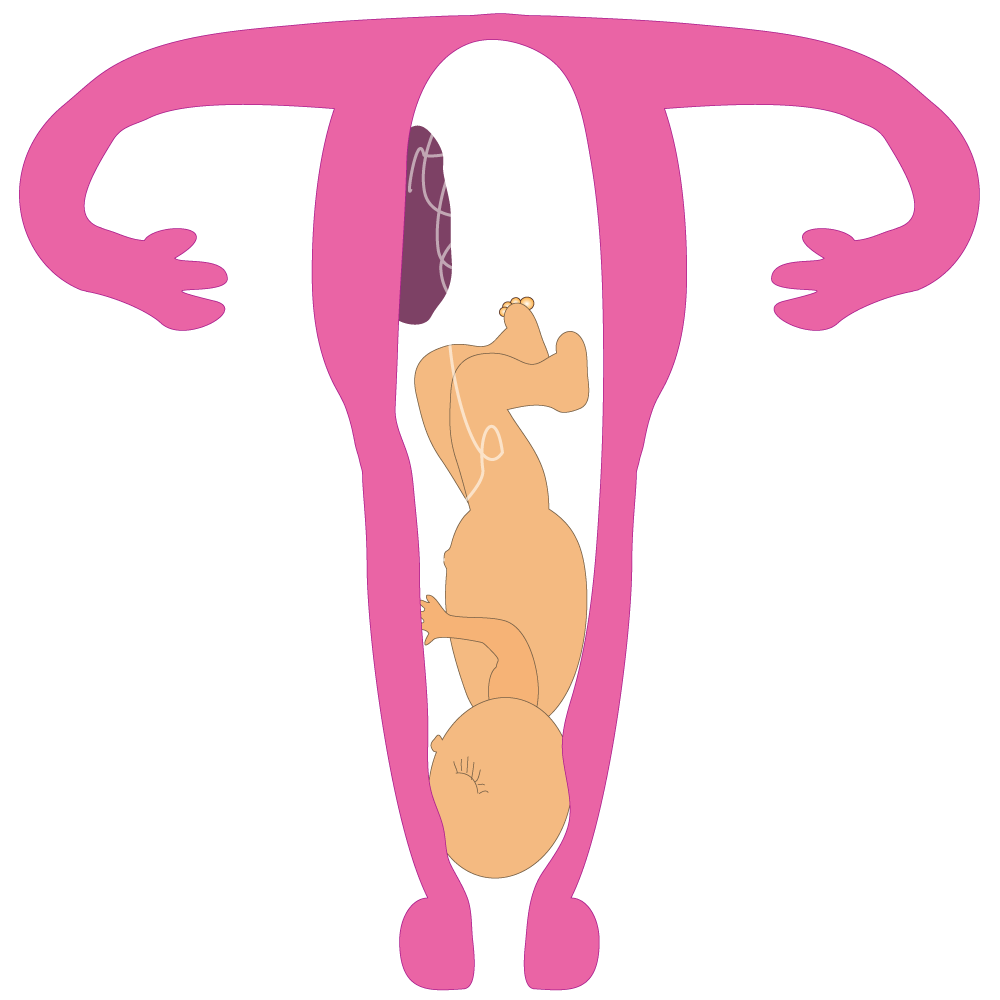



Lesea le hemela hodimo ka thata le leka ho kga moya ha matshwafo a qala ho sebetsa. Jwale lesea le kgona ho hema moya.

Tjhupu e kopanyang mme le lesea e a kgaolwa le ho tlangwa (ho ba mokgubu) mme lesea le a hlahlojwa le ho lekangwa mmele.

Boima bo mahareng e ka ba 3.5kgs empa ho na le diphapang ka lebaka la dijini, mathata a bophelo le ditshusumetso tsa ka ntle tse jwalo ka ho tsuba le ho nwa nakong ya boimana.

Lesea le behwa hodima mme bobedi ba bona bo sa apara ho kgothalletsa ho ba le kamano.

Kgato ya 3 - Ho ntsha plasentha ka mora ho beleha

Plasentha e neng e fepa lesea e a latela.
Bomme le masea a behwa leihlo haholo nakong ya ho lokisetsa peleho. Boholo ba banana bo beleha ka tlwaelo ya ho ntsha lesea ka kuku(botshehadi), ho bolelang hore lesea le theohela kanaleng ya peleho ntle le ho sehwa.
Ho lokisetsa peleho ho ka nka mme ya qalang ho beleha dihora tse ka bang tse 12 – 24. Banana ba kileng ba beleha pele ba ka lebella dihora tse ka bang tse 7 tsa ho lokisetsa peleho, empa bolelele bo fapana ho ya ka batho.
Haeba ho na le mathata, lesea le ka hloka ho belehwa ka ho seha mme, e leng ketso e bitswang Caesarean section.
Mathata ana a kenyeletsa:
- Mathata a bophelo ho mme
- Boemo ba lesea
- Ho se be le sebaka se lekaneng sa hore lesea le tswe ka kuku (batjheng ba nang le sehlana se senyane)
- Matshwao a ho imelwa ha lesea
DiC-section le tsona di tlwaelehile haholo bananeng ba jereng lesea le fetang le le leng.
Ho sehwa ho bolokehile ho mme le lesea. Le ha ho le jwalo, ke ho sehwa ho ho holo mme ho na le dikotsi.
Hape ho nka nako nako e telele ho fola C-section ho na le ho beleha ka kuku.
Ka mora ho fola, ho sehwa ho ka siya lebadi le fokolang lerakong la popelo.
Hona ho ka baka mathata ha hamorao ho ka lekwa ho belehwa ka tlwaelo (ka kuku).

Tjhate ya ho lokisetsa peleho
O ka bolela jwang hore o lokisetsa peleho e le ka nnete?

Ho ima ho sa rerwang/ho sa batlweng

Haeba o iphumana hore o imile mme ha o a rera ho etsa jwalo, o ka ba le maikutlo a mangata a fapaneng ao o lokelang ho a rarolla.
Boholo ba banana bo na le maikutlo ana, ke a tlhaho mme a tlwaelehile haholo.

Ho ka thusa e le ka nnete ho ba le tshehetso nakong ena.
Leka ho fumana motho eo o ka buang le yena; motho eo o ka mo tshepang.
Motho ya tla hlompha sephiri sa hao le ho o fa tshehetso ya maikutlo, ya se etsahalang mmeleng, moyeng kapa ya ditlhoko tsa ditjhelete.
Motho eo e ka ba motswalle, setho sa lelapa, moetapele wa tumelo ya bodumedi kapa mofani wa tshebeletso ya tlhokomelo ya bophelo. Ho bohlokwa hore motho enwa e be motho eo o ikutlwang o phuthullohile ho bua le yena, ya sa tlo o bona phoso le ya tla o tshehetsa qetong ya hao kaofela.
Mothong ofe kapa ofe eo o buang le yena, ha o a lokela ho ikutlwa o qobellehile ho etsa kgetho eo e seng ya hao.
O tla lokela ho nka diqeto tse itseng tsa bohlokwa.
Ka dinako tse ding hona ho ka o ama haholo le ho ba boima ho tobana le hona hobane ho na le dintho tse ngata haholo tseo o hlokang ho nahana ka tsona.
Ha re qale ka ho sheba tse ding tsa dikgetho tseo o ka di etsang ka boimana.
Ho na le dikgetho tse pedi tsa motheo
Kgetho ya 1
O ka tswela pele ka ho ima le ho ba le lesea.

- Ikgodisetsa lesea

- Le/kapa ho beha lesea tlasa tlhokomelo ya setho se seng sa lelapa, haeba hona ho kgoneha

- Ho nehelana ka ngwana hore a hodiswe ke (mo)batswadi ba mo hlokang

Kgetho ya 2
O ka fedisa boimana ka ho ntsha mpa.

Ditleleniki tse ding tsa Mmuso wa AB di fana ka ditshebeletso tsa ho ntsha mpa. Botsa tleleniki e haufi le wena hore ho na le ditshebeletso dife. Kantle le ditshebeletso tsa mahala tsa ho ntsha mpa tsa mmuso le ho hloka tjhelete ya ho lefella ditjeo tsa ho ntsha mpa tsa poraevete, kapa hobane banana ba kgathatseha ka hore batswadi ba bona ba tla tseba, banana ba bangata ba qobelleha ho batla thuso disebedisweng tse fapaneng tse seng molaong le tse kotsi.
Dipotso tse ding tsa ho o thusa ho nka qeto
Haeba o nka qeto ka hore o tswela pele ka boimana:
- O ikutlwa jwang ka ho ba mme?
- Na o tla kgona ho hlokomela lesea?
- Na ba lelapa la heno ba a tseba hore o imile?
- Na ba tla o tshehetsa maikutlong le ditjheleteng?
- Ke mang ya tla hlokomela lesea?
- Na o ka kgona ho rekela lesea dijo le diaparo?
- Na o ka nahana ka ho fana ka lesea ho hodiswa ke batho ba bang?
- Na thuto e bohlokwa ho wena?
- Na o tla tlohela sekolo?
- Na o ka batla ho kgutlela sekolong nakong efe kapa efe?
- Haeba o ka batla, ke mang ya tla hlokomela lesea?
- Na ho na le tleleniki haufi le wena?
- Na ntate wa lesea o a tseba hore o imile?
- Na o dumela hore o tla o nyala kapa o tla o tshehetsa ka ditjhelete le ka maikutlo?
- Na o nahana hore sena se tla matlafatsa kamano ya hao le yena?
- Na yena le/kapa ba lelapa la habo ba tla thusa ka lesea?
- Haeba o fumana kerante ya ngwana, ke bokae le hore e tla etsa eng?
Na o a tseba hore:
- Ditlamorao tsa bophelo tsa ho ba le ngwana pele ho nako ke dife?
- Bongata ba dikotsi tsa bophelo tsa ho ba mme pele ho nako di ka thibelwa ka ho fumana tlhokomelo ya bophelo bo botle ho tloha qalong ya boimana?
Haeba o nahana ka ho fedisa mpa, na o a tseba hore:
- Ngwanana ofe kapa ofe a ka ntsha mpa ka molao? Ke tokelo ya hao ya molao.
- Haeba ngwanana a batla ho ntsha mpa, hoo ho lokela ho etswa qalong ya boimana?
- Ho ntsha mpa ho etswang ke batho ba sa rupellwang ho ka baka kotsi e mpe haholo, ho se hlole o kgona ho ba le bana le ho hlokahala?
Ho ntsha mpa ke eng (Ho fedisa Boimana/HFB)?
Ho ntsha mpa ke ho fedisa (kgaotsa) boimana ka ho ntsha senamane kapa embriyo popelong ka ho sebedisa meriana kapa ho sehwa.
Ho ntsha mpa ho ka nna ha iketsahalla (hoo kamehla ho bitswang ho senyehelwa)
Ho ntsha mpa ho molaong Afrika Borwa mme ho laolwa ka tsela e tshwanang le ya ditsamaiso tse ding kaofela tsa bongaka.
Molao o re: “haeba o hodile hantle hore o ka ima, o hodile hantle hore o ka ntsha mpa”.
Diketsahalong tse ding, ho ntsha mpa ho etsetswa ho boloka bophelo ba mme, ho thibela kotsi kelellong le mmeleng wa hae, kapa moo ho nang le kgonahalo ya hore senamane se tla hlokahala kapa se be le boqhwala bo itseng.

Ho ntsha mpa ho BOLOKEHILENG ke ho etswang ke ngaka e rupelletsweng maemong a hlwekileng.

Ho ntsha mpa HO SA BOLOKEHANG ho etswa ke batho ba sa rupellwang, hangata dibakeng tse sa hlwekang, kapa ho etsahala ka lebaka la meriana e seng molaong le e kotsi.
Nka ntsha mpa neng?
Ditshebetso tse ding di ka etswa qalong ya boimana feela. Mofuta oo o o etsang wa ho ntsha mpa o tla qala ka ho ya ka hore o moimana wa dibeke tse kae.
(O ka bala dibeke tsena ka ho bala hore o na le dibeke tse kae ho tloha letsatsing la hao la pele la ho ba matsatsing nakong e sa tswa feta).
Ho na le mekgwa e fapaneng ya ho ntsha mpa mme e tla itshetleha ka nako ya embriyo kapa senamane.
- Ho ntsha mpa ka ho sebedisa meriana e thibelang kapa ho alafa lefu le itseng kapa ho fedisa matshwao a lona ho ka etswa ho fihla dibekeng tse 7 (ho ntsha mpa ka meriana ya bongaka).
- Mekgwa e meng ya ho ntsha mpa e hlwekisang marako a popelo ka ho sebedisa disebediswa tsa bongaka kapa ho hula masalla ka motjhini, ho ka etswa ho fihla dibekeng tse 12 tsa boimana (ho ntsha mpa ka oporeishene ya mofuta o sa hlokeng ho sehwa).
- Ka mora beke ya 14 ya boimana mekgwa e meng ya ho ntsha mpa e ka kenyeletsa ho sebedisa meriana ya ho qala ho lokisetsa ho beleha kapa ho sehwa empa ho tla lokela hore ho be le mabaka a ikgethang nakong ena ya boimana.
- Ho buleha le ho ntsha masalla ho ka etswa pakeng tsa dibeke tse 14 le tse 20 tsa boimana.
Dintho tse ding tse nang le tshusumetso tsamaisong ya ho ntsha mpa
- Ke ditsamaiso dife (haeba di le teng) tse ka etswang haufi le lehae la heno?
- O na le maemo afe a bophelo a ka thibelang dikgetho tsa hao?
- O tla lokela ho tsamaya leeto le lekae?
Banana ba bangata ba lokela ho tsamaya leeto le letelele ho ntsha mpa ka mekgwa e bolokehileng. Ka dinako tse ding sena se ka diehisa ho ntsha mpa mme dikgetho tsa hao di ka ba nyane. O hloka ho fumana lesedi kaofela ka potlako kamoo o ka kgonang.
Nka ntsha mpa hokae?
Ho ntsha mpa ho ka etswa ditleleniking, dipetlele kapa ditleleniking tse ikemetseng tsa ho ntsha mpa tse sebetsang dihora tse 24. Ho ntsha mpa ho molaong Afrika Borwa mme ho laolwa ka tsela e tshwanang le ya ditsamaiso tse ding kaofela tsa bongaka.

Ho ntsha mpa ka mekgwa e bolokehileng

Ho ntsha mpa ho molaong ho etswa jwang?
Ho ntsha mpa ho molaong ho etswa ka ditsela tse pedi:
- Ho ntsha mpa ka meriana
- Ho ntsha mpa ka oporeishene ya mofuta o sa hlokeng ho sehwa
Ho ntsha mpa ka meriana ho sebedisa meriana (hangata dipidisi) ho ntsha se ka popelong. Embriyo kapa senamane se tswa ka lebaka la meriana.

Ho ntsha mpa ka oporeishene ya mofuta o sa hlokeng ho sehwa ho sebedisa disebediswa tsa ho karapa dikahare tsa popelo. Tse ding tsa disebediswa:

Ka morao

Boholo ba banana bo fola kapele empa ho tswa madi a mangata, ho ba le dikerempe kapa lehlaba ka mpeng ho fihla dibekeng tse pedi ho ka lebellwa. Ikopanye le tleleniki kapa sepetlele sa heno haeba matshwao ana a le bohloko haholo.
Ho ya matsatsing ho lokela ho kgutla ka mora dibeke tse nne ho isa ho tse tsheletseng. Nakong ena, o ka ima hape haeba o etsa thobalano e sa sireletsehang, kahoo o lokela ho sebedisa mokgwa o itseng wa ho thibela pelehi.
Ho bohlokwa ho ya diketelong tsa ka mora ho ntsha mpa dibeke tse pedi ho isa ho tse tharo kamora moo ho netefatsa hore tshebetso eo e atlehile, le hore mmele wa hao o kgutletse boemong bo tlwaelehileng.
Banana ba bang ba fumana ba imelwa maikutlong ke ho phela ba tseba hore ba ntshitse mpa. Ba ka ikutlwa ba hloname le ho sithabela maikutlo. Ka dinako tse ding ho lokela ho nka qeto ka potlako ha ho dumelle maikutlo kaofela ho nahana ka hloko.
Diphetoho tse etsahalang dihomoneng ha ho fediswa boimana le tsona di ka etsa hore ngwanana a amehe maikutlo haholo.
Bua le molekane wa hao kapa batho ba bang bao o ka ba tshepang mme o ba tsebise hore o ikutlwa jwang.
Haeba o batla ho thojwa maikutlo, bua le batho ba moo o ntshitseng mpa ya hao ho bona mme o ba kope hore ba o romele teng.
Ho ntsha mpa ho sa bolokehang

Ho ntsha mpa ho sa bolokehang ho etswa ke motho ya sa rupellwang le/kapa maemong a sa hlwekang, ke ngwanana ka boyena, kapa ho etsahala ka lebaka la ho nwa 'moriana wa ho ntsha mpa'.
Ho ntsha mpa ka mekgwa ena ho ka ba le diphetho tse ngata tse mpe.
E meng ya mekgwa e seng molaong le e kotsi e sebediswang ke ho sebedisa ditlama le dintho tse nang le tjhefu, ho sebedisa disebediswa tse leoditsweng tse kengwang ka hara popelo le ho ikutlwisa bohloko haholo mmeleng.
Ho sebedisa matla mpeng ho ka lematsa haholo ka hare ho se na katleho ya ho etsa hore o senyehelwe.
Ditlama le dithethefatsi, disebediswa le dintho tse ding di ka baka dikameho tse mpe haholo – ebile tse bolayang – tse etsang hore ditho tsa hao tsa mmele di se sebetse, mme dingaka ha di kgothalletse hore di sebediswe.
Kahoo, le ha o ikutlwa o lahlehetswe ke tshepo haholo, ho bohlokwa haholo hore o fumane mofani wa tshebeletso ya tlhokomelo ya bophelo ya nang le pelo le ho kgathalla hore a o ntshe mpa. Ke tokelo ya hao.
Batjha ba (dilemo tse 15 – 19) ba etsa 25% ya diketsahalo kaofela tse sa bolokehang tsa ho ntsha mpa Aforika.
Mohlodi: WHO Journal Paper. 6 Sexual and Reproductive Health 4. www.who.int/reproductive-health

Mekgwa e sa bolokehang ya ho ntsha mpa
Ho ntsha mpa ka oporeishene ya mofuta o sa hlokeng ho sehwa ho seng molaong ho etswa ke motho ya sa rupellwang maemong a sa hlwekang.

Ditlamorao tse ka bang teng
Ho tswa madi a mangata a sa laoleheng, tjhefu, ho tjha, ditshwaetso tse ka etsang hore o hloke pelehi (o se hlole o kgona ho ba le ngwana), ho kwaleha ditjhupu, setho sa mmele se hlolehang ho etsa mosebetsi wa sona, mafu a hlokang kalafo e tswellang ya bongaka le ho hlokahala.
Dipidisi kapa dintho tse ding (tse sa tsweng ho mofani wa tshebeletso ya bongaka)


Ditlamorao tse ka bang teng
Dintho tsena di ka etsa hore mpa e se qhalehe kaofela (popelo e se ntshwe madi kaofela) mme haeba senamane se phela, se ka hlaha se na le mathata a mabe haholo a bophelo.
Ho qhoma ho tloha dibakeng tse hodimo


Ditlamorao tse ka bang teng
Ho itahlela fatshe ho tswa marulelong ho ka baka ho intsha kotsi e mpe mme ho na le kgonahalo ya hore ho ke ke ha suthisa senamane bodulong ba sona.
Ho otla karolo e tlase ya mpa makgetlo


Ditlamorao tse ka bang teng
Ka dinako tse ding banana ba nahana hore ho otla karolo e tlase ya mpa makgetlo ho tla fedisa boimana. Ho na le ho etsa jwalo, ketso ena e ka thuba popelo le ho bolaya ngwanana.
Ho phahamisa dintho tse boima


Ditlamorao tse ka bang teng
Hona ho ke ke ha suthisa senamane bodulong ba sona empa ho ka baka kotsi e mpe mokokotlong, diphakeng kapa mesifeng.
Ditlama le dintho tse ding


Ditlamorao tse ka bang teng
Ho nwa dintho tse ka bang le dikameho tse mpe bophelong ba motho ho ka etsa hore a nwe tjhefu, a tjhe letlalo le ho ntsha senamane kotsi ntle le ho ntsha mpa.
Ka dinako tse ding ho fanwa ka Quinine (moriana wa malaria). Ena ha se ntho e bolokehileng .
Ho kenya dintho ka hara kuku

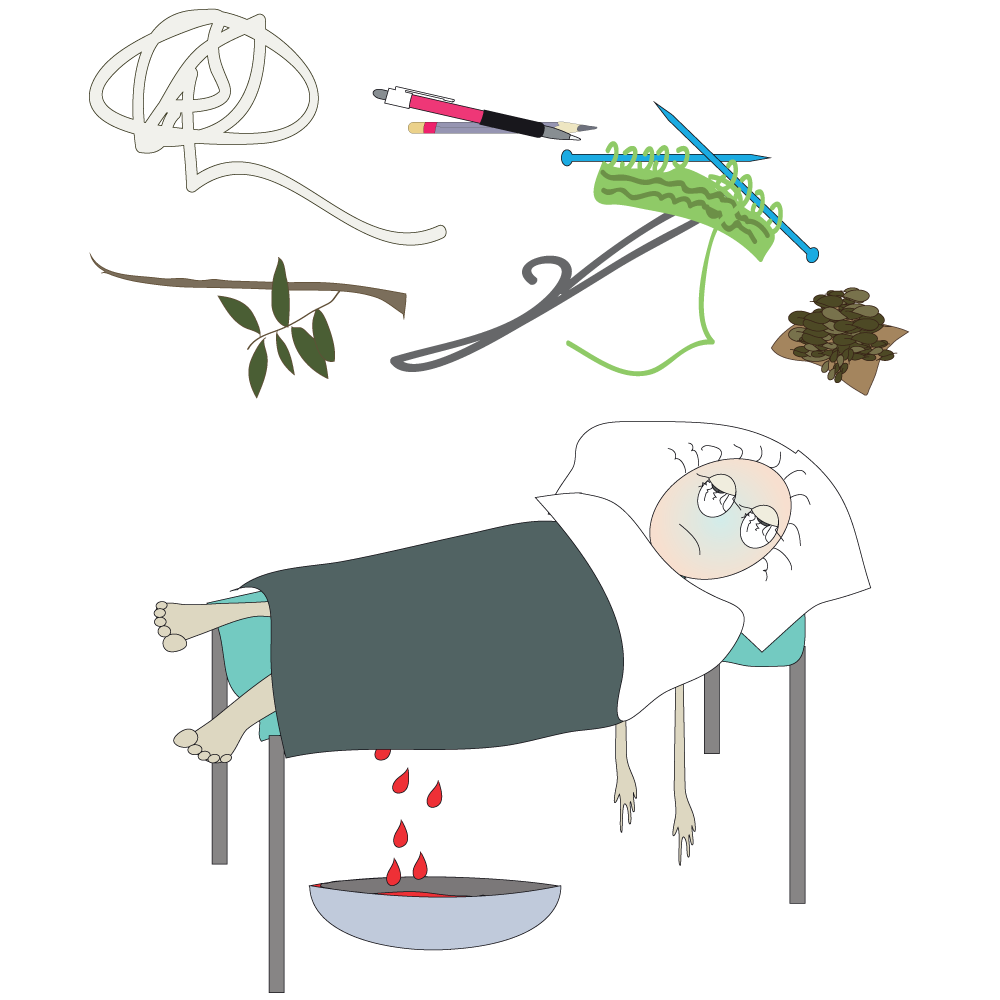
Ditlamorao tse ka bang teng
Ho tabola popelo ho etsa hore ho tswe madi a mangata haholo, ho hloka pelehi le ho hlokahala.
Dipotso tsa Ho ntsha mpa
Nnete kapa mafosi
- Ngwanana ofe kapa ofe a ka kgetha ho ntsha mpa.
- Ho ntsha mpa ho hlokeha ho etswa ka potlako kamoo ho ka kgonehang.
- Ho na le mefuta e mmedi ya ho ntsha mpa, ka oporeishene e sa hlokeng ho sehwa kapa meriana.
- Ho ntsha mpa ho etswang dibakeng tsa tlhokomelo ya bophelo ho bolokehile haholo.
- Ho ntsha mpa ho etsahala haholo dibekeng tse 12 tse qalang tsa boimana.
- Ho ntsha mpa ho molaong Aforika Borwa.
- Ho na le kgonahalo ya hore ho qhoma ho tloha marulelong ho tla roba lesapo, e seng ho ntsha senamane.
- Dingaka tsa setso ha di a rupellwa ho ntsha mpa.
- Dipidisi tsa ho ntsha mpa tseo ho tlilweng le tsona lehlakoreng la tsela di kotsi ho di sebedisa.
- Ka dinako tse ding ho nka qeto ya ho ntsha mpa ho ka etsa hore o ikutlwe o hloname.
- Ke ntho e ntle ho ba le motho eo o ka mo tshepang hore a o thuse nakong ena.
- O na le tokelo ya ho hlomphuwa ke mofani wa tshebeletso ya tlhokomelo ya bophelo.
- Ha ho na motho ya ka o qobellang ho ntsha mpa haeba o sa kgethe ho etsa jwalo.
Dikarabo kaofela ke nnete

Ho senyehelwa ke tahlehelo ya senamane ya tlhaho pele ho beke ya bo20 ya boimana. Ho lahlehelwa o le moimana ka mora beke ya bo20 ho bitswa lesea le hlahang le kgathetse. Ho senyehelwa ke ketsahalo ya tlhaho, ha ho tshwane le ho ntsha mpa ka meriana kapa ka oporeishene e sa hlokeng ho sehwa.
Ho senyehelwa ho tlwaelehile haholo (moimana a le mong ho ba bahlano o tla senyehelwa) mme hangata ho etsahala dikgweding tse tharo tse qalang tsa boimana.
Diketsahalong tse ngata, ho senyehelwa ho etsahala ka lebaka la diphetoho kapa mathata a etsahalang nakong eo mme a nkang mpa, nakong eo senamane se qalang ho hola.
Banana ba bangata ha ba tsebe le hore ba senyehetswe, ba nahana hore ke madi a mangata a kgwedi feela.
Matshwao a ho senyehelwa e ka ba dikerempe, ho tswa madi a manyane a sa hlokeng phete, lehlaba ka mpeng kapa mokokotlong, ho fokola le ho ba le phallo e matla.
Mabaka a ka eketsang kotsi ya ho senyehelwa ke:
- Ho tsuba
- Ho nwa
- Nalane ya ho senyehelwa
- Dilemo
Tswalo ya pele ho nako ke boimana bo felang pele ho beke ya 37 mme lesea la teng le hlaha le phela. Hangata lesea le lesesanyane haholo le ho ba le boima bo tlase ha le hlaha. Ka dinako tse ding lesea le kengwa ka hara seqhoqhwa (incubator) se bolokang lesea le futhumetse le ho le sireletsa dikokwanahlokong).

Lesea le hlahileng pele ho nako ka seqhomaneng
Ha senamane se hlokahala ka hara popelo kapa nakong eo se belehwang.

Haeba ha o eso bontshwe hore lesea la hao o le nyantsha jwang, lesedi le latelang le tla fana ka dikeletso tse itseng.
Ho nyantsha lesea la hao ho feta ho le fa dijo tse nang le phepo e ntle feela. Ke ho fa lesea dijo tsa phepo e lekaneng, bophelo bo botle, ho etsa hore le ikutlwe le bolokehile le ho le etsetsa menyetla ya ho ithuta. Nako ya ho nyantsha lesea ke nako e ntle ya ho le kuka le ho le sheba ka mahlong, e leng tsela e ntle ya ho tsebana.
Bananeng ba leng HIV phosethifi – netefatsa hore basebetsi ba tshebeletsong ya tlhokomelo ya bophelo ba netefaditse kgetho ya ho nyantsha lesea la hao.
Qala ka ho le fa LERATO

Pele o qala ho le nyantsha, netefatsa hore lesea la hao le tsohile mme le shebile.
Lesea le robetseng le sa tswa belehwa le ke ke la nwa hantle.
Haeba le futhumetse ho lekaneng, le hlobodise ho fihla leleiring, hore le be le letlalo le lengata la ho kopana le la hao ha o le nyantsha. Le pholle hantle mme o bue le lona hamonate. O ka ba wa bina le pina e nyane haeba o batla. E etse karolo ya lona ya tlwaelo ha o le nyantsha.
Phuthulloha

Masea le bomme ba lokela ho phuthulloha nakong ya ho nyantsha. Lesea la hao le tla nyanya hantle ha le tsheheditswe hantle le mmele wa lona o le haufi le wa hao.
Sebedisa mesamo kapa dikobo seropeng sa hao ho atametsa lesea letsweleng la hao.
Matsoho a hao a tla kgathala haholo ke ho le tshwarela bophahamong ba letswele ha o le nyantsha. Sebedisa mesamo le ntho e itseng ka tlasa maoto a hao ho phahamisa lesea le ho le atametsa ho wena.
Tlisa lesea letsweleng, e seng ho isa letswele ho lesea


O ka kgetha boemo bofe kapa bofe ba ho nyantsha lesea la hao, empa netefatsa hore o fumana boemo bo loketseng ditlhoko tsa lesea la hao.
Banana ba bang ba rata ho dula ba tsepame ba tshwere lesea jwalo ka mosamo. Hona ho o dumella hore o kuke lesea ka letsoho le le leng le ho sebedisa le leng ho le tshehetsa kapa ho tlosa letswele la hao.

Banana ba bang ba kgetha ho robala ka lehlakore lesea le le haufi le bona.
Maemo ana a ka fetoha letsatsi le letsatsi ha lesea le ntse le hola.

Haeba lesea le tsamaisa mmele ka potlako haholo, leka ho le phuthela hantle ka kobo o kentse matsoho a lona ka hare.
Boemo ba lesea ha le nyanya letswele

- Samela lesea la hao sephakeng sa hao hore molala wa lona o be moo setsu sa hao se kobehang, mokokotlo wa lona o be letsohong la hao marao a lona a be seatleng sa hao.

- Ebe o fetola lesea hore le robale ka lehlakore le shebile wena ‘mpa e kopane le mpa’.
- Le hulele ho wena hore mmele wa lona o thatelehe ho wa hao.
- Hlooho le molala wa lona o lokela ho tsepama le ho tsamaellana le mmele wa lona, e seng o kobehetse morao kapa o shebile mahlakoreng.
- Lesea ha le a lokela ho sotha hlooho ya lona kapa ho leka ho ya hodimo ho fihlella tlhoko ya hao.
- Letswele le lokela ho ba ka pela molomo wa lona.
Kamoo lesea le kgomarelang ka teng letsweleng

Kamoo lesea le kgomarelang ka teng letsweleng ho bolela ho beha molomo wa lesea haufi le tlhoko ka tsela e loketseng.
Masea a tswalwa a na le bokgoni ba tlhaho ba ho kgomarela letsweleng le ho nyanya. A ka hloka thuso e nyane feela.
Ho kgomarela hantle ke e nngwe ya dikarolo tsa bohlokwa ka ho fetisisa tsa ho nyantsha hamonate.
Boemo bo botle ba ho nyantsha ke qaleho ya ho etsa sena. Hopola ‘mpa mpeng’ le ‘seledu sefubeng’.
Ha lesea la hao le sothehile le ka thatafallwa ke ho nyanya lebese, le ho etsa hore ditlhoko tsa hao di be bohloko.
Masea a seng a hodile ha a dule nqa e le nngwe ha a nyanya.
Ho kgomarela hampe | Ho kgomarela hantle


- Sebedisa letsoho la hao le le leng ho tshwara letswele le ho le kenya molomong wa lesea.
- Le lokela ho bula molomo wa lona haholo hore le kenye karolo e ntshofetseng ya letswele ka lehanong.
- Le hulele haufinyana le letswele ha le etsa sena.
Haeba lekgetlong la pele o sa kgomarela hantle, o se tlohele lesea la hao letsweleng la hao. Hona ho ka etsa hore ditlhoko di be bohloko.
Haeba o utlwa bohloko, le tlohedise ho nyanya ka ho kenya monwana o hlwekileng hukung ya molomo wa lona, o le tlose letsweleng mme o leke hape.
O ka leka ka makgetlo a mangata pele o kgona ho kgomarela hantle.
Ha lesea la hao le ithuta ho nyana letswele, ho tla ba bobebe.
Ke tlameha ho nyantsha lesea la ka hakae?
Bana ba a fapana, empa lesea le ka nyantshwa makgetlo a robedi ho isa ho a leshome le metso e mmedi dihoreng tse 24.
Phepelo ya lebese la hao e tlwaela ditlhoko tsa lesea, kahoo ho a thusa ho nyantsha ha lesea la hao le lapile.
O tla tseba hore na o fana ka lebese le lekaneng haeba lesea la hao:
- Le na le maleiri a tsheletseng ho isa ho a robedi a lesela, kapa maleiri a mahlano a lahlwang dihoreng tse 24
- Le ntsha mantle a bonolo bonyane hanngwe ka letsatsi dikgweding tse mmalwa tse qalang
- Le a kgora ka mora ho nyanya
- Le na le mahlo a kganyang le letlalo le letle
- Le kokotlela hantle mmeleng ho ya ka dilemo tsa lesea
Ke tseba jwang hore lesea la ka le nyanya ka nepo?

Lesea le lokela ho kenya letswele ka molomong wa lona.

Ha o hula karolo e ka tlase ya molomo wa lesea hantle (ha le ntse le nyanya), leleme le lokela ho hareleha letsweleng.

Hangata le wena o kgona ho utlwa ha lesea le kwenya le ho sheba ditsebe tsa lona di phahama hanyane ha le ntse le nyanya.

Bakeng sa banana ba sa kgoneng ho nyantsha letswele kapa ba nkang qeto ya hore ha ba nyantshe, lebese la phofo ke kgetho e ntle.
Ha o nyantsha lesea la hao lebese la phofo le rekiswang mme o latela ditaelo, ditlhoko tsa lesea la hao tsa palo ya phepelo e ntle di tla kgotsofatswa.
O tla nne o kgone ho tsebana le lesea la hao.
Hore na ke ka lebese la letswele kapa la phofo, ho nyantsha ke nako ya bohlokwa ya kamano ya mme le lesea.
Tlhophiso e bolokehileng ya lebese la phofo

Ho nyantsha lebese la phofo ho tla o hloka hore o hlwekise mabotlolo le ditami. Ho na le dihlahiswa tse rekiswang tse etsang sena kapa o ka sebedisa mokgwa wa ho bedisa metsi.
- Kamehla sebedisa kopi kapa kgalase e tshwauweng le kgaba ho metha metsi le kgaba ya lebese la phofo ho le metha.
- Hlapa matsoho a hao pele o etsa dijo.
- Bedisa metsi ebe o a tlohela hore a fole.
- A kwahele ha a ntse a fola.
- Metha lebese la phofo ka hara kopi kapa kgalase e tshwauweng.
- Etsa hore dikgaba tsa lebese la phofo di tletse ka tshwanelo ka ho lekana.
- Tshela kgaba e le nngwe ya lebese la phofo ka metsing a dimililitara tse ding le tse ding tse 25.
- Tshela metsi a manyane a betseng le ho fola o fuduwe.
- Tlatsa kopi kapa kgalase ka metsi ho fihla moo ho tshwauweng.
- Fuduwa hantle.
- Utlwa themphereitjha ka ho tshela marothodi a mmalwa ka mora letsoho la hao.
- Lebese le lokela ho utlwahala le futhumetse — le sa tjhese.
- O se futhumatse mabotlolo ka maekroweive. Lebese le ka futhumala ka tsela e sa tlwaelehang, la etsa dikarolo tse ding tse nang le themphereitjha e hodimo e ka tjhesang molomo wa lesea la hao.
- Nyantsha lesea ka lebotlolo kapa kopi.
- Hlatswa disebediswa.
Ho amana ke eng?

Ho amana ke ketsahalo eo mme, ntate le lesea ba bang le kamano e ikgethileng. Ena ke qalo ya ho theha kamano e matla e tla nka nako e telele, e tla ba e ikgethileng ho bona.
Kamano ena ya tlhaho e a le kopanya. Ho amana ho o kgothatsa hore o tsebe ditlhoko tsa lesea la hao – ho tsoha hara mpa ya bosiu o le nyantsha, ho tseba ha leleiri le hloka ho tjhentjhwa le ho utlwisisa hore ho lla ho fapaneng ha lesea la hao ho bolela eng.
Ho amana hona ke motheo wa lesea wa ho itseba.
Hobaneng ha kamano e le bohlokwa?

Kamano e tebile, ke ya nako e telele e bang teng pakeng tsa hao le lesea la hao dilemong tse mmalwa tsa pele bophelong.
Ho ba le kamano ho bapala karolo ya bohlokwa kgolong ya lesea la hao (setjhabeng, maikutlong, monahanong le mmeleng).
Ha wena le lesea la hao le na le kamano e ntle, lesea la hao le tla atleha haholo.
Kamano e ntle e tsitsitseng e fa lesea la hao motheo o motle ka ho fetisisa wa bophelo - ho ba le tjheseho ya ho ithuta, ho phela hantle, ho itemoha, ho tshepa le ho nahanela ba bang.
Kamano e sa tsitsang, e hlolehang ho kgotsofatsa ditlhoko tsa lesea la hao tsa polokeho le kutlwisiso, e etsa hore ho be le pherekano le mathata a ho ithuta le ho ba le dikamano le batho ba bang hamorao bophelong.
Ka dinako tse ding ha ho bonolo

Ketsahalo ya ho ba le kamano e etsahala ka tlhaho ha o ntse o hlokomela lesea la hao empa ha se kamehla e leng bobebe.
Ha nako e ntse e tsamaya, ho tla ba bobebe ho utlwisisa ho lla ho fapaneng, ho tseba hore matshwao a bolela eng le ho arabela ditlhoko tsa lesea la hao tsa dijo, ho phomola, lerato le ho phuthulloha. Leka ho ba le mamello ho wena le leseeng la hao ka ha le le tseleng ya ho tsebana le ho utlwisisana.
Ho tlwaelehile hore qalong o ikutlwe o se na bonnete, o tshohile le ho se amane le lesea la hao. Le ha ho le jwalo, ho na le dintho tse ngata tseo o ka di etsang ho qala ho ba le kamano e tiileng le lesea la hao.
O etsa jwang hore o be le kamano e tiileng le lesea la hao?
Itlhokomele!
- Ho ba le kamano le lesea la hao le wena ho o loketse.
- Ho ba le kamano le lesea la hao ho qala ka ho itlhokomela.
- Masea a hloka ho ba sebakeng se thotseng hore a be le kamano, le ho wena ho jwalo feela.
Ho le thata jwalo, ho bohlokwa hore o itlhokomele ho etsa hore ho be le kamano.
- Leka ho robala boroko bo lekaneng

Ho robala hanyane ho ka etsa hore o be le pelo e nyane le ho halefa, o se be le mamello kapa eneji ya ho etsa ntho efe kapa efe.
- Kopa tshehetso

Leka ho fumana thuso ho ba lelapa le metswalle ya hao kamoo o ka kgonang.
Ho hlokomela lesea ke mosebetsi, mme ho tswa ho ka o thusa ho hlokomela lesea la hao hantle.
- Otlolla maoto

Palama baesekele. Kopana le metswalle ho nwa senomaphodi nako e ka etsang hora kapa ho feta ha motho eo o mo tshepang a shebile lesea.
Ha masea a eba le kamano e tiileng, hangata a kgona ho:
- Ba le dikamano tsa ho tshepana le batho ba bang
- Ba le maikutlo a tsitsitseng
- Ikutlwa a itshepa
- Thabela ho ba le batho ba bang
- Kgutlela bothong ka pele ha ho ile ha ba le ho phoqahala le tahlehelo
- Bua ka maikutlo a oona le ho batla tshehetso

Ho ba le kamano e tiileng le lesea la hao ho ka ba boima, empa dipoelo di kgolo bobeding ba lona.
Ho ba le kamano ho bapala karolo ya bohlokwa kgolong ya lesea la hao setjhabeng, maikutlong, kelellong le mmeleng.
Ho ba le kamano e ntle ho thusa ho hola

- Setjhabeng – ho etsa hore motho a kgone ho ba le batho ba bang habobebe.

- Maikutlong – ho kgona ho bontsha maikutlo le ho boela bothong ba hao habonolo.

- Kelellong – ho kgona ho ithuta habonolo.

- Mmeleng – ho ba matla le ho ba le bophelo bo botle ho feta.
Dintho tse itseng tse lokelang ho nahanwa pele motho a ima

Banana ba na le kgonahalo ya ho ima:
- Ha ba tlohela sekolo (ka lebaka la bofuma kapa ho sebetsa hampe sekolong)
- Ha ba holela mekhukhung le dibakeng tsa mahaeng
- Ha batswadi ka bobedi (empa haholo mme) ba le siyo lapeng
- Moo ho nang le sekgobo ka maikutlo ka thobalano, menahano, ho kgahleha le boitshwaro ba batjha
- Moo ho sa buuweng ka thobalano ka ho phuthulloha
- Moo ho nang le tsebo e nyane ka ho nka mpa le dithibelapelehi
- Moo ho nang le kgaello ya ditshebeletso tsa bophelo tse sa tshwayeng batho diphoso
- Moo ho sa fumaneheng dikhondomo le/kapa ditshebeletso tsa thero ya lelapa
- Ha banana ba banyane ba le dikamanong tseo ho tsona banna kapa bashemane ba nkang qeto ka maemo ao thobalano e etsahalang tlasa oona – hangata ena ke thobalano e qobellwang (peto) kapa thobalano ya kgatello, ho qhekanyetswa kapa ho tshosetswa.
- Ha banana ba hula ka thata ditjheleteng mme ba etsa thobalano ho fumana tjhelete, dijo kapa dimpho
- Moo ho nang le ho se lekalekane ho itshetlehileng ka bong
- Ha banana ba na le balekane ba bangata ba thobalano ka nako e le nngwe
- Ha banana ba na le balekane ba baholo ho bona ba thobalano
- Ha ho sa tsejwe ka ditokelo tsa thobalano le boemo ba bokgoni ba ho ba le bana le boemo ba dikamano tsa bao a etsang thobalano le bona
Ka dinako tse ding ha ho na motho eo o ka buwang le yena kapa ya ka thusang ho o tataisa ho nka qeto ka ho etsa thobalano e sa sireletsehang le ho ima.
Nnete ya ho ba le lesea ha se ntho e rutwang kapa ho bontshwa habonolo.
Ho boima hore motjha a tsebe hore ho jwang ho ba motswadi.
O ke ke wa qala ho nahana ka ditlamorao tse ka bang teng.

Tsena ke tse ding tsa dintho tse lokelang ho nahanwa…
Ho kgalla ho etsa thobalano ho tlwaelehile, empa hona ha ho bolele hore o loketse ho etsa thobalano le ho ima.
Ho bonolo haholo ho "thetseha" le ho etsa thobalano ka ho nkwa ke maikutlo.
Haeba o hodile hantle ho etsa thobalano, o moholo hantle ho itshireletsa le ho sireletsa molekane wa hao.
Ho etsahala eng haeba o tshwaetswa ke HIV kapa diSTI tse ding?

- Kamano e ntle e kenyeletsa kutlwano, ho kgathalla le ho hlompha pele thobalano e etsahala.
- Thobalano e ke ke ya etsa hore motho a o rate, lokisa kamano ya lerato e fedileng kapa ho ntlafatsa e mpe.
- O tseba hakae ka mmele wa hao, ka ho nka mpa le dithibelapelehi, ha lehe le tswa ka hara diovari le dintlha tsa nnete ka ho ima?

- Nahana ka wena le moo o ka ratang ho ba teng dilemong tse tharo kapa tse hlano
- Nahana ka ditlamorao tsa qeto e fosahetseng le kamoo bophelo ba hao kaofela bo tlang ho ameha
- Na o ka tswela pele ka dithuto tsa hao?
- Ho etsahala eng ka batswadi kapa bahlokomedi ba hao?
- Na ba tla o tshehetsa?
- Na o tla kgona ho fumana mosebetsi ho hlokomela lesea?
- Ho ba moimana ho tla ama bophelo ba hao jwang setjhabeng?

- Na o loketse ho ba mme?
- Na mohlankana wa hao o loketse ho ba ntate?
- Bahlankana ba bangata ba batla ho jara boikarabelo ba bana ba bona le ho batla ho ba maphelong a bona, empa hangata bofuma bo ba thibela ho phethahatsa karolo eo.
- Na o a tseba hore dikamano tse mmalwa haholo di kgona ho phela le kgatello ya ho ima ha batjha?
- Bomme ba batjha ba kotsing e kgolo haholo ya ho ba le lesea le leng dilemong tse pedi tsa ho ba le lesea la pele.

- Ho etsahalang ka bokamoso ba lesea?
- Ke mang ya tla hlokomela lesea?
- Ke mang ya tla lefella lesea?
- Na mohlankana wa hao o tla thusa ho hodisa lesea?
- Kerante ya ho hodisa ngwana ke bokae?
- E tla lefella ditjeo dife?
- Ke bokae ho fepa, ho apesa le ho hodisa lesea?

Dintlha ka bontate ba banyane
Bashemane ba banyane dilemong ba nang le bana ha ba a fapana le banana. Ba tlwaetse ho:
- Hlaha malapeng a batho ba kgolang moputso o tlase
- Ho sebetsa hampe sekolong
- Ha ba sebetse hantle dithutong tsa bona
- Ba na le tjhelete e nyane kapa ha ba na yona ho hodisa bana ba bona kapa ho tshehetsa mme wa bona
- Hangata ba kgothetse ho ba karolo ya bophelo ba bana ba bona hobane ba ne ba se na ntate maphelong a bona, empa ba mmalwa haholo ba nang le tjhelete, mme sena se etsa hore ba be siyo bophelong ba bana ba bona.


Bophelong

Ka ho etsa thobalano e sa sireletsehang, banana ba ipeha kotsing ya ho se ime feela, empa le ya ho ka tshwaetswa ke HIV le diSTI. Diphesente tse hodimo haholo tsa bomme ba batjha le tsona di na le HIV.
Ho ima ha batjha ho na le menyetla e mengata ya mathata nakong eo ba imileng le kotsi e hodingwana ya ho hlokahala ha ba beleha.
Kotsi e hodimo ya masea a hlahang a na le boima bo tlase le kotsi e hodimo ya ho hlokahala e le masea.
Boemong ba kelello ba ho kgona ho rarolla mathata a bophelo
Ho ima ho sa batleheng ha batjha e ka ba nako e nang le kgatello e kgolo.
Banana ba bangata ba lokela ho rarolla mathata a ho ba bomme ba hodisang bana ba le bang le ho sala ba lokela ho tobana le ditlamorao ka tshehetso e nyane ya ba lelapa, metswalle kapa ntate wa lesea. Hangata ba lokela ho phela maemong a boima a sa nahaneleng maikutlo a bona. Hangata ba phela ka ho ikutlwa ba se bohlokwa le ho ba tlasa kgatello ya maikutlo.
Kgatello ya maikutlo e tlwaelehile (mme hangata ha e hlwauwe) mme e na le dikameho tse kgolo kamanong ya mme/lesea.
Haeba o ikutlwa o amehile haholo maikutlong, o hloname le ho sithabela maikutlo, kopa sehlopha sa tshebeletso ya tlohokomelo ya bophelo hore se o romele sebakeng seo o ka fumanang tshehetso maikutlong le monahanong. Ka kopo, fumanela wena le lesea la hao tshehetso.

Thutong
Ho ima ha batjha ho na le ditlamorao tse ka amang dintho tse ngata, mme hangata banana ba imileng ba tobana le ho phela ka sekgobo sekolong (le baahing). Hangata ba fumana tshehetso e nyane kapa e siyo ho hang ho ba malapa a bona, sekolong le dibakeng tsa tlhokomelo ya bophelo.
Ho ima ha batjha ho na le dikameho tse kotsi mererong ya ngwanana ya ho ithuta le bophelong ba nako e tlang. Ho lekalekanya boikarabelo ba ho ba mme le ho ithuta hangata ho ama bomme ba batjha haholo le ho ba boima ho tobana le hona. Ho se ye sekolong kamehla le mosebetsi o fokolang wa sekolo nakong ya boimana le ka morao hangata ho etsa hore banana ba tlohele sekolo. Hona ho qetella ho bile le tshusumetso e mpe menyetleng ya ho fumana mosebetsi nakong e tlang le ho ba le seabo tlhokehong ya mesebetsi batjheng.
Banana ba imileng ba na le kgatello ya monahano le maikutlo e bakwang ke ho bua le batswadi, ho tsebisa ntate wa lesea le eso hlahe ka boemo, ho fetohelwa ke bomphato le ho ba mong, ba tlamehe ho tlohela sekolo, ba phele ka sekgobo le letswalo.

Moruong
Masea a hloka tlhokomelo e kgolo e hlokang tjhelete. Ho fepa, ho apesa le ho ruta motho e mong ho ka etsa hore:
- Moputso wa lelapa o be tlase
- Boemo ba bofuma bo be hodimo
- Ho na le kgonahalo ya hore ngwana a be dikojwana di mahetleng (ho boima ho tswa bophelong ba tshotleho)

Setjhabeng – baahing

Ka bomadimabe, ngwanana ya imileng o tobana le ditlamorao tsa ho ima a sa le motjha, tse kenyeletsang:
- Sekgobo le kgethollo
- Ho ba le monyetla o monyane wa ho nyalwa
- Ho ba le monyetla o moholo wa ho hlekefetswa
- Ho hodisetsa ngwana maemong a hlokang tshehetso
- Ho eketsa mathata a boitshwaro baneng

Dipotso
- Na o tla kgutlela sekolong?
- O tla ikutlwa jwang ka baithutimmoho le wena ba le kereiting e ka hodimo?
- O nahana hore baithutimmoho le wena ba tla ikutlwa jwang ka wena?
- Na bokamoso ba dithuto tsa hao bo tla sitiseha?
- Hoo ho ka bolela eng?
- Ngwana wa hao o tlo tobana le bokamoso bo jwang?